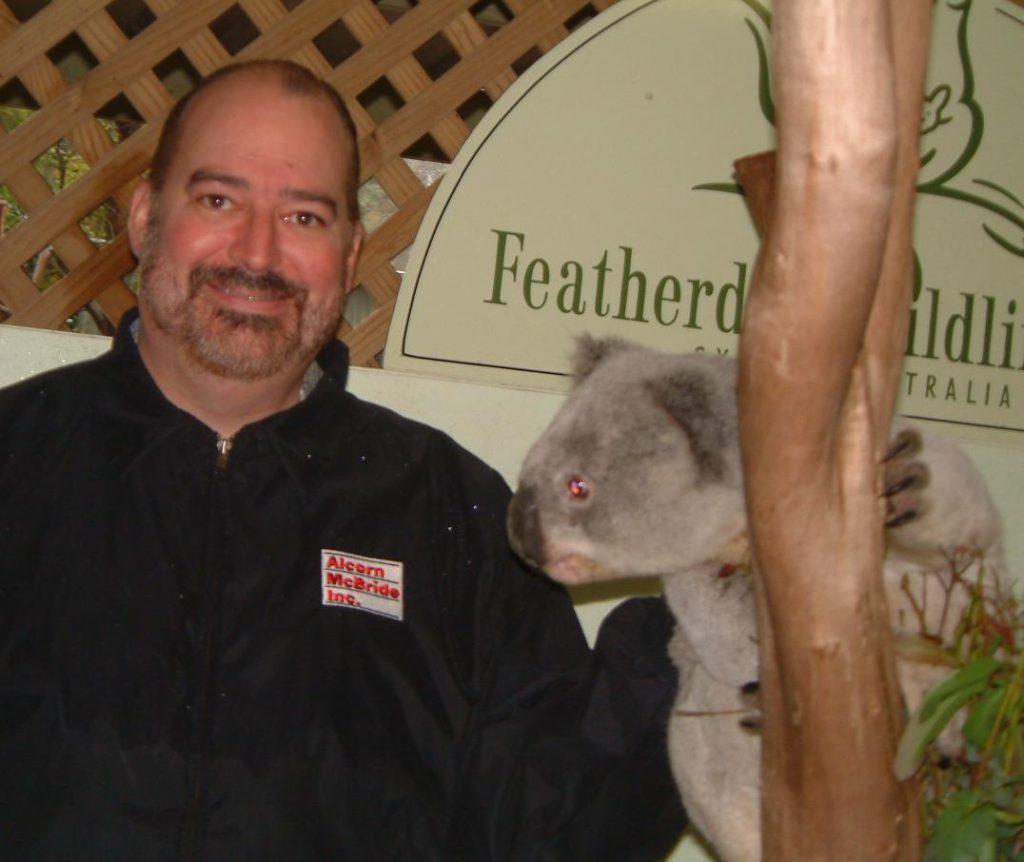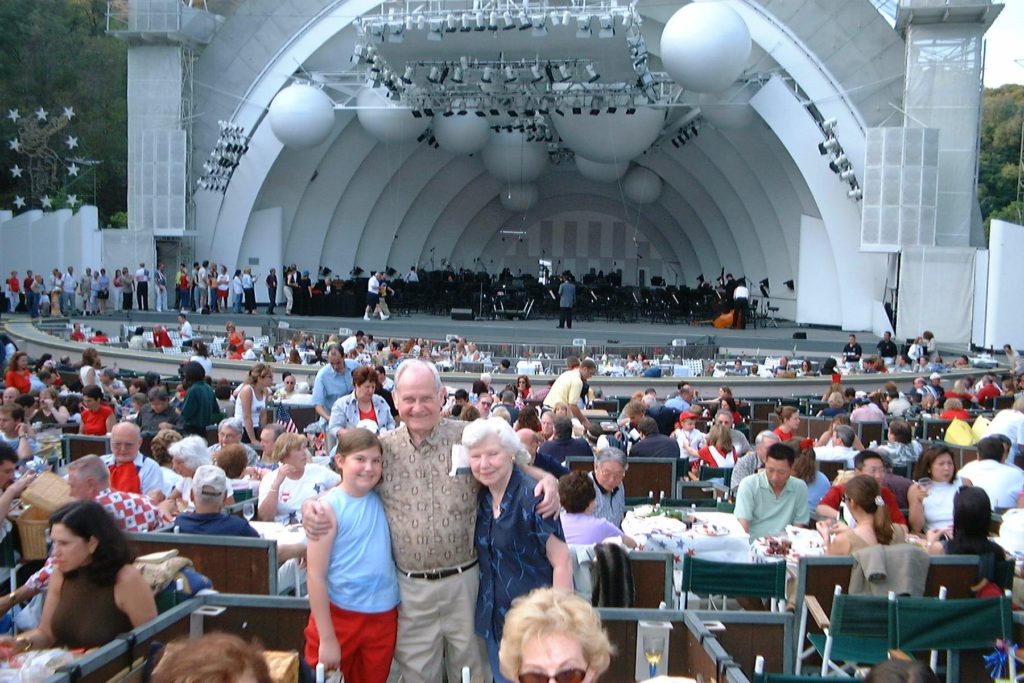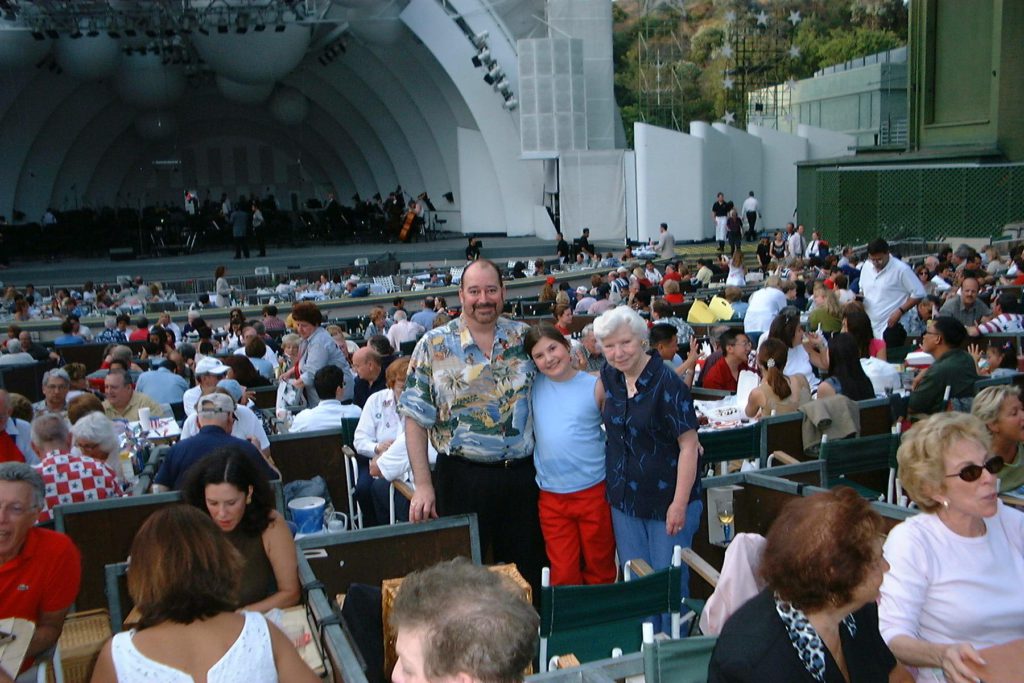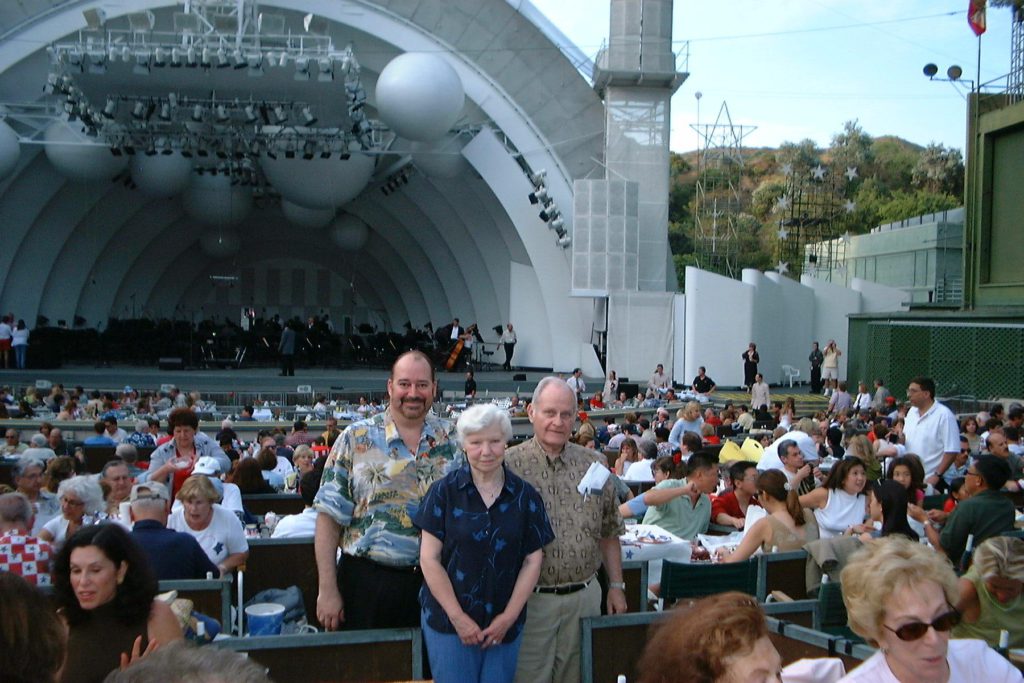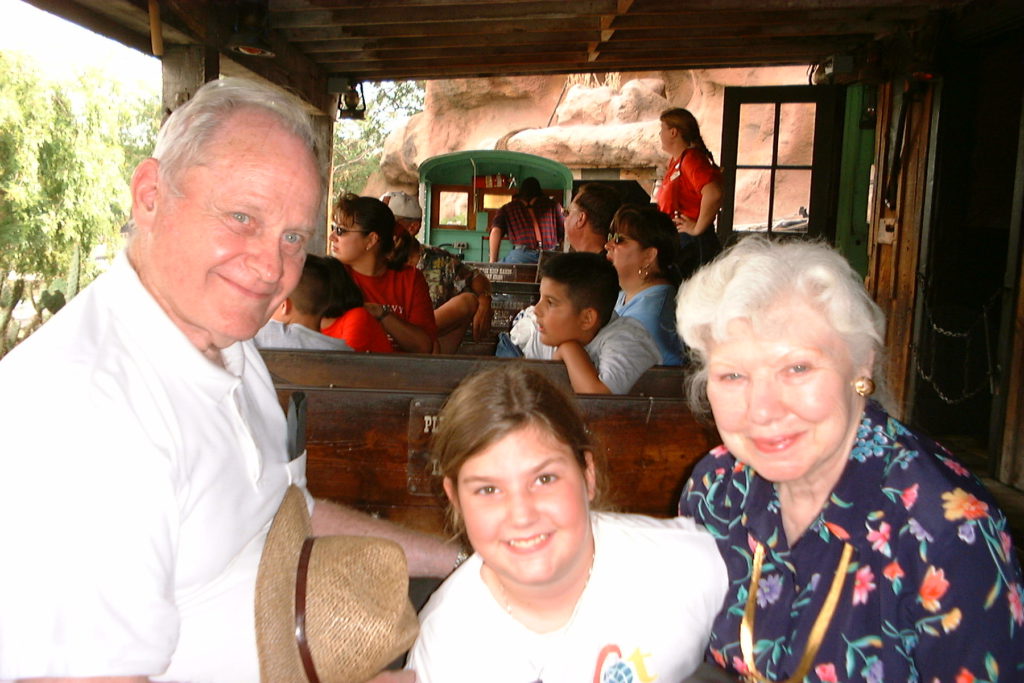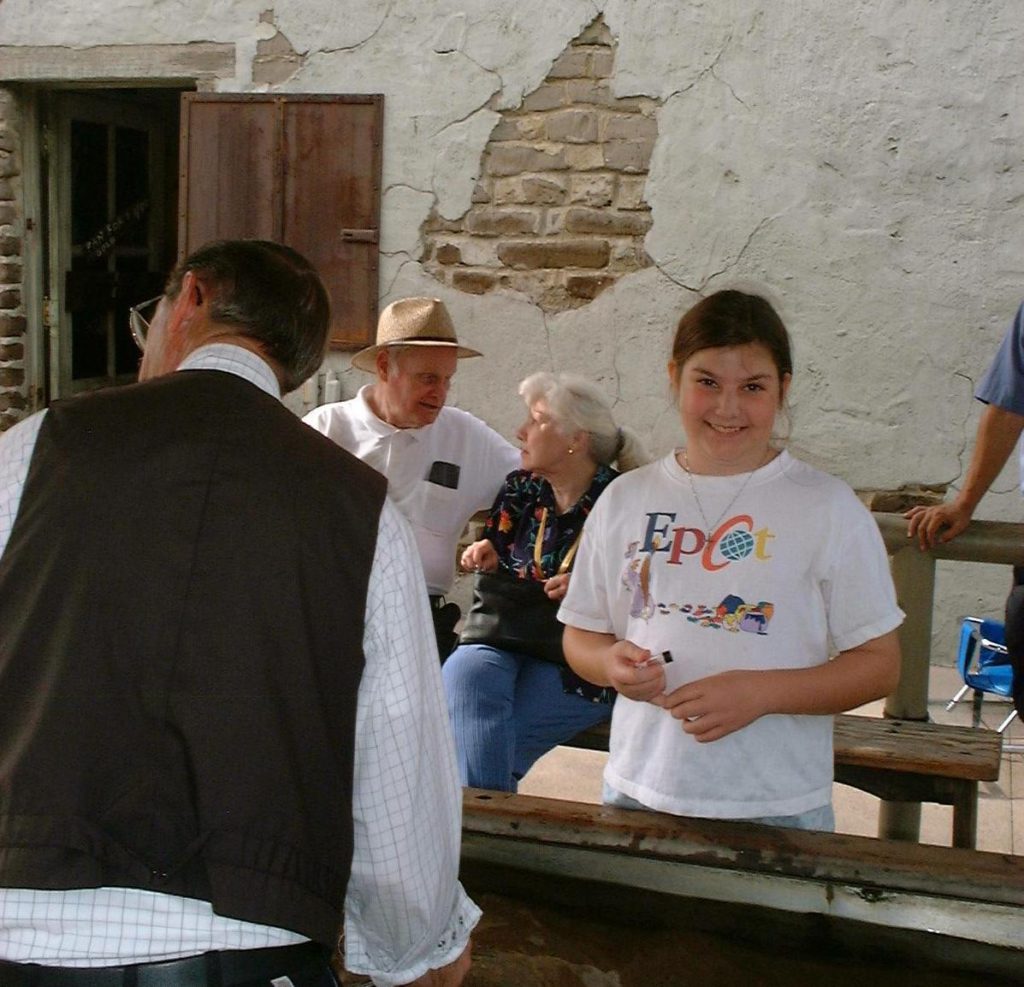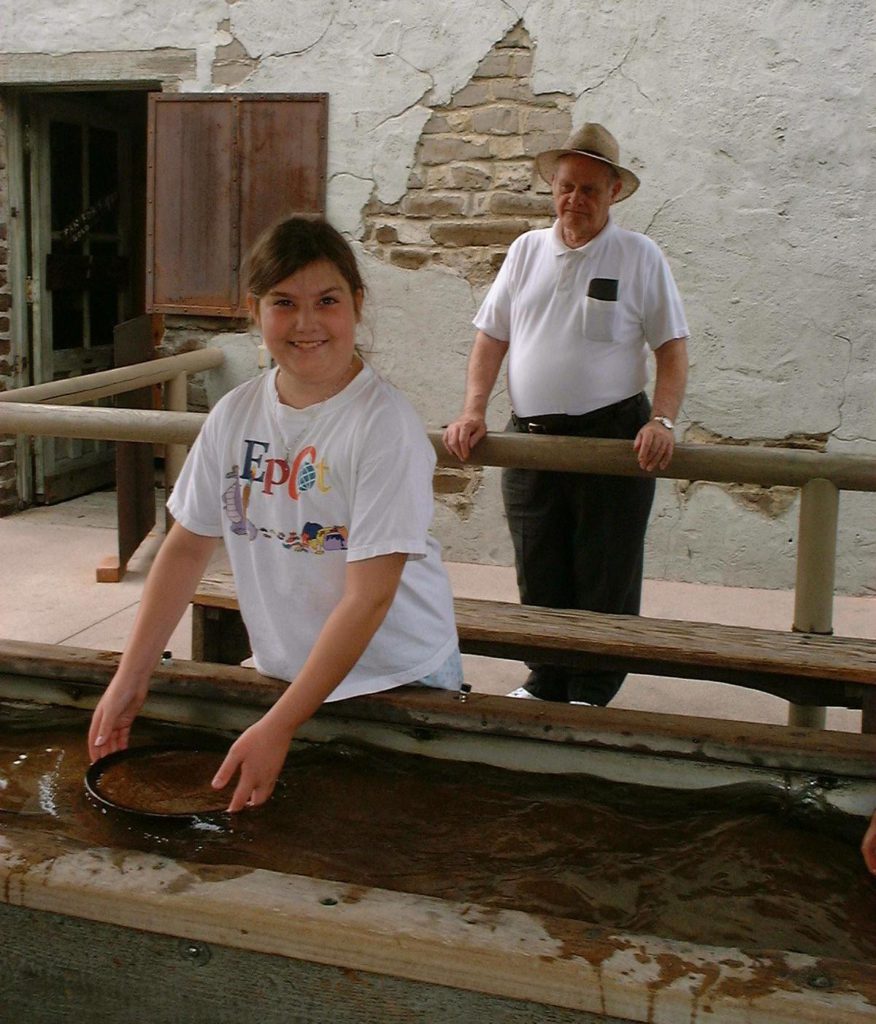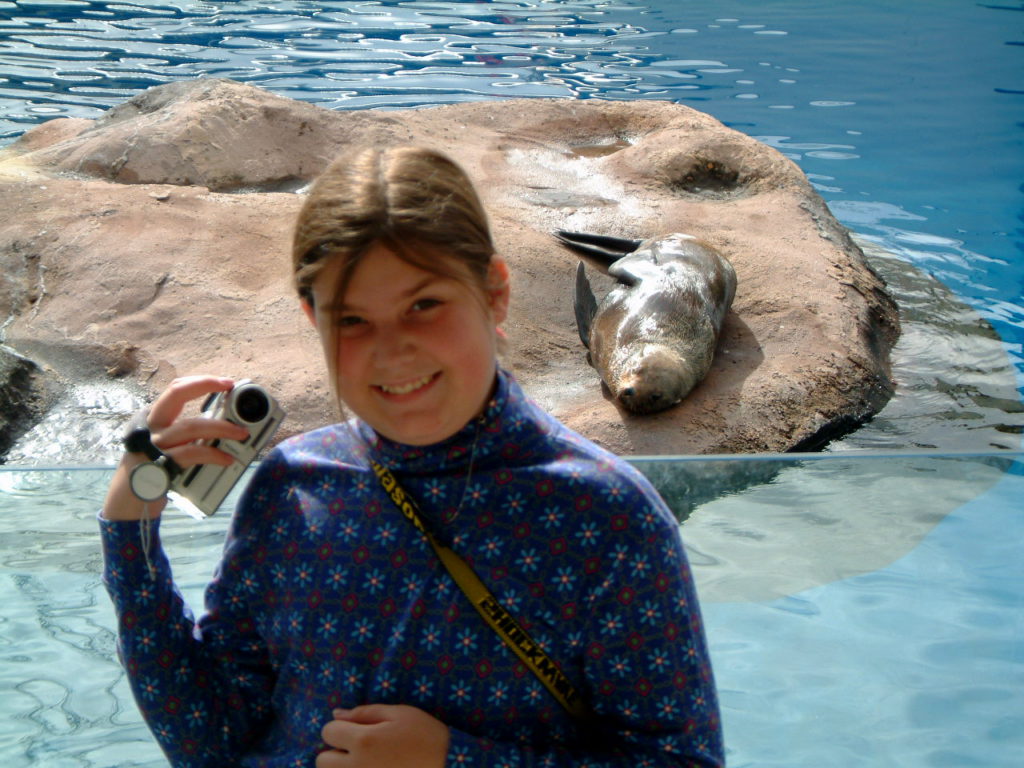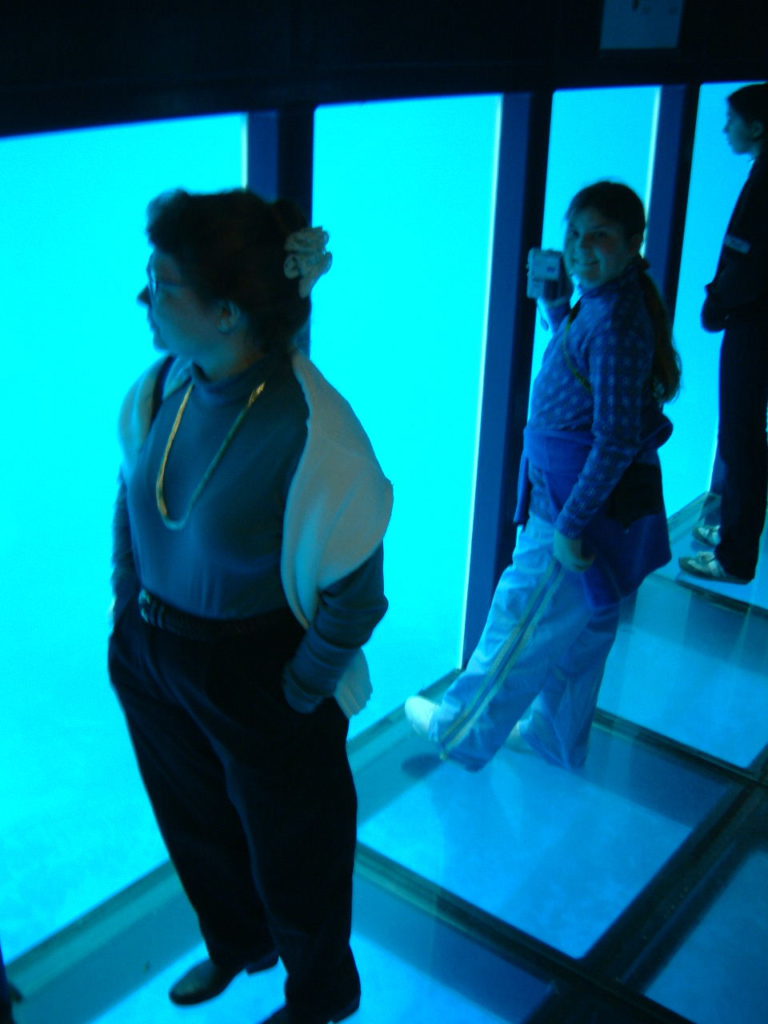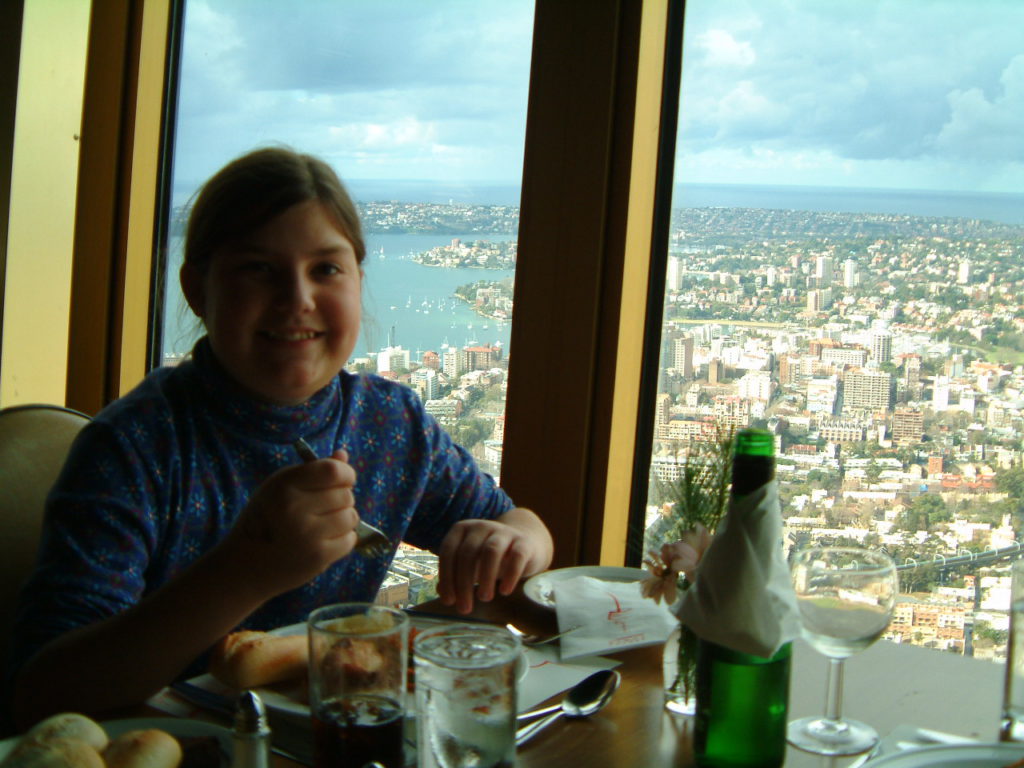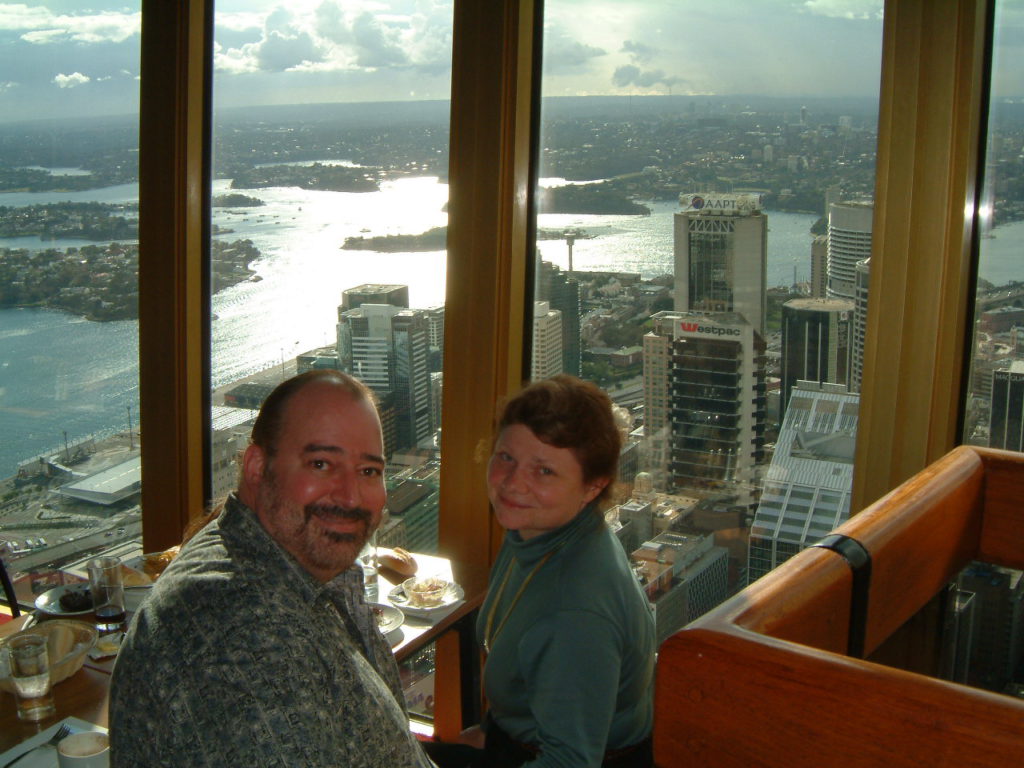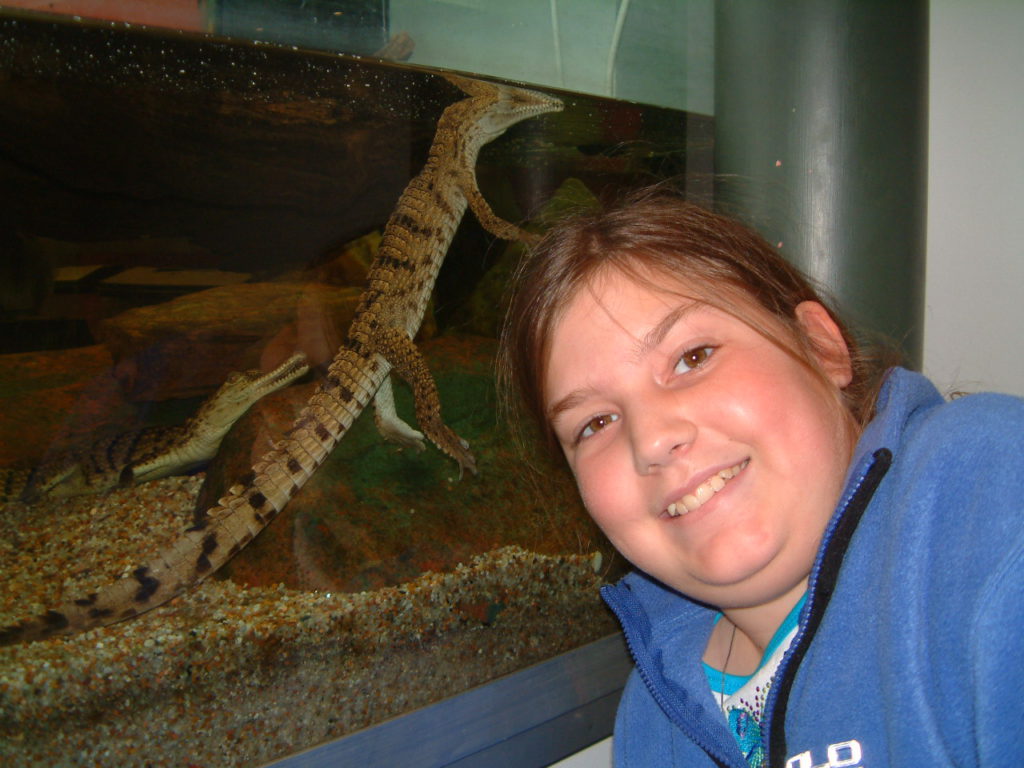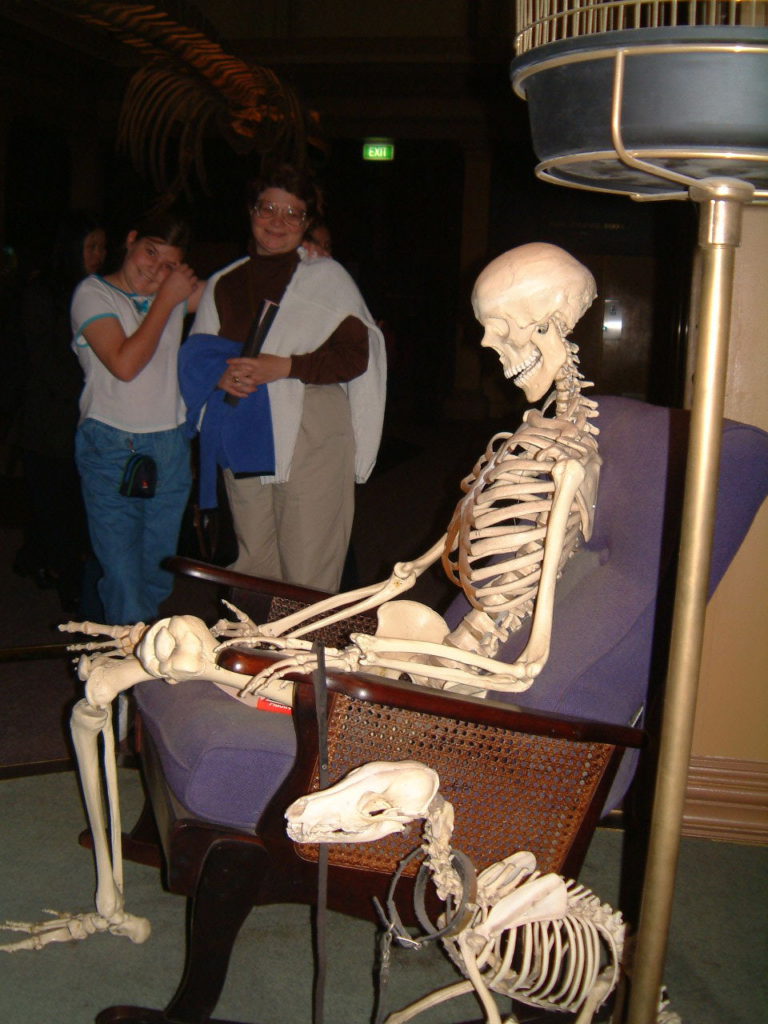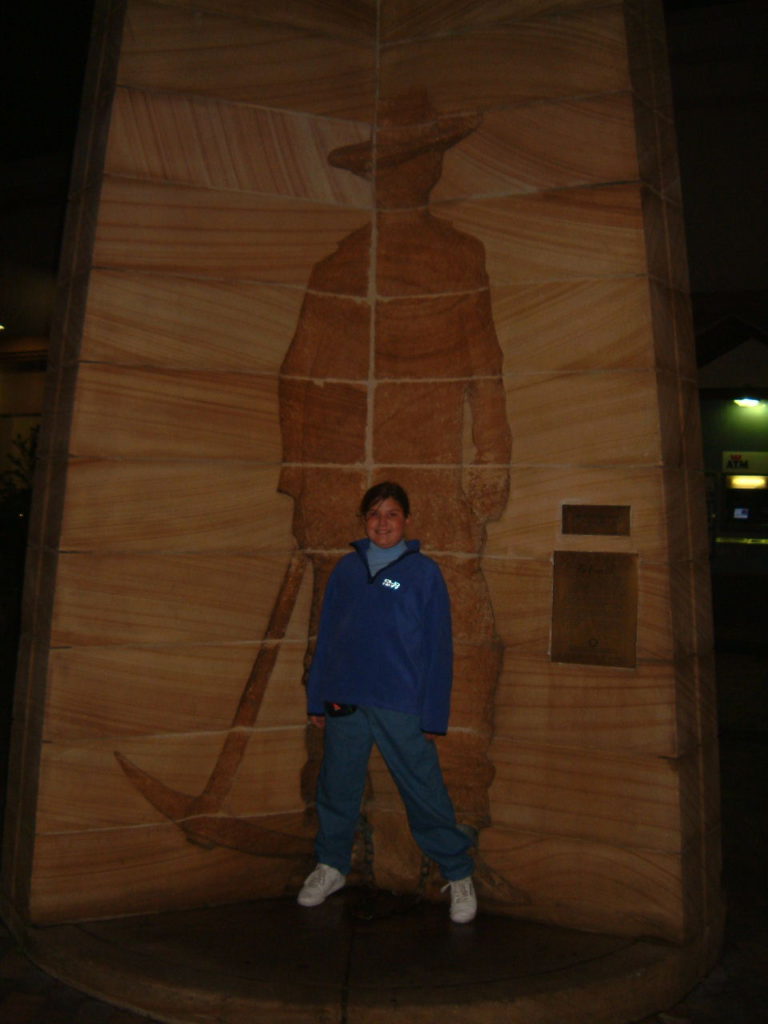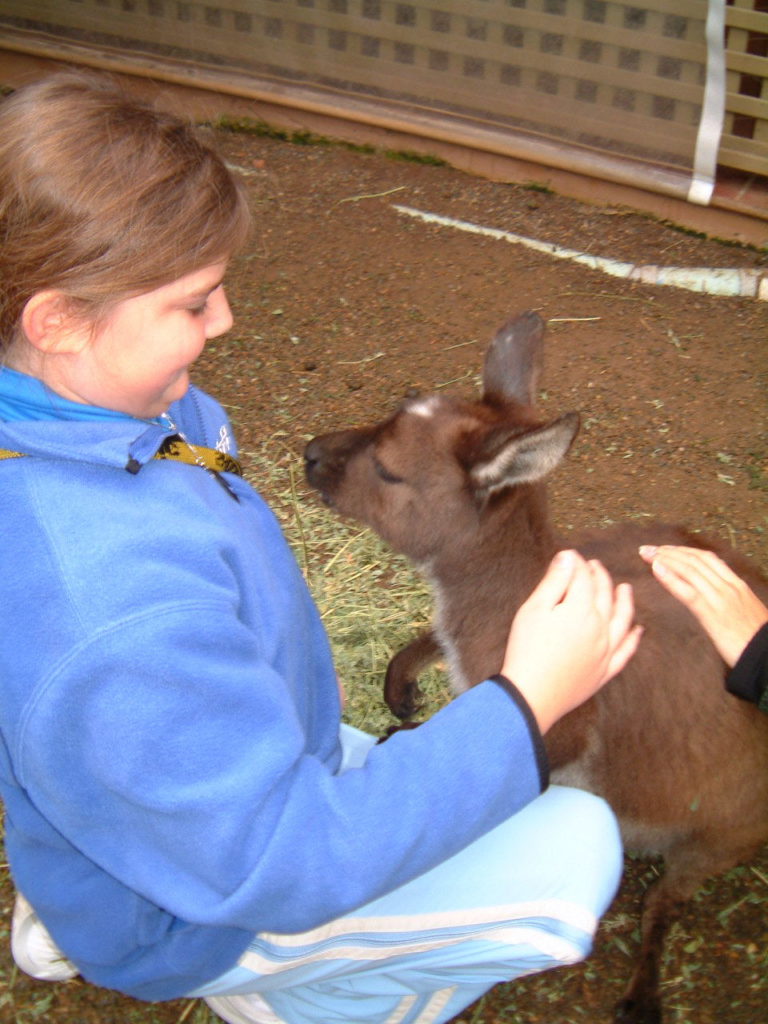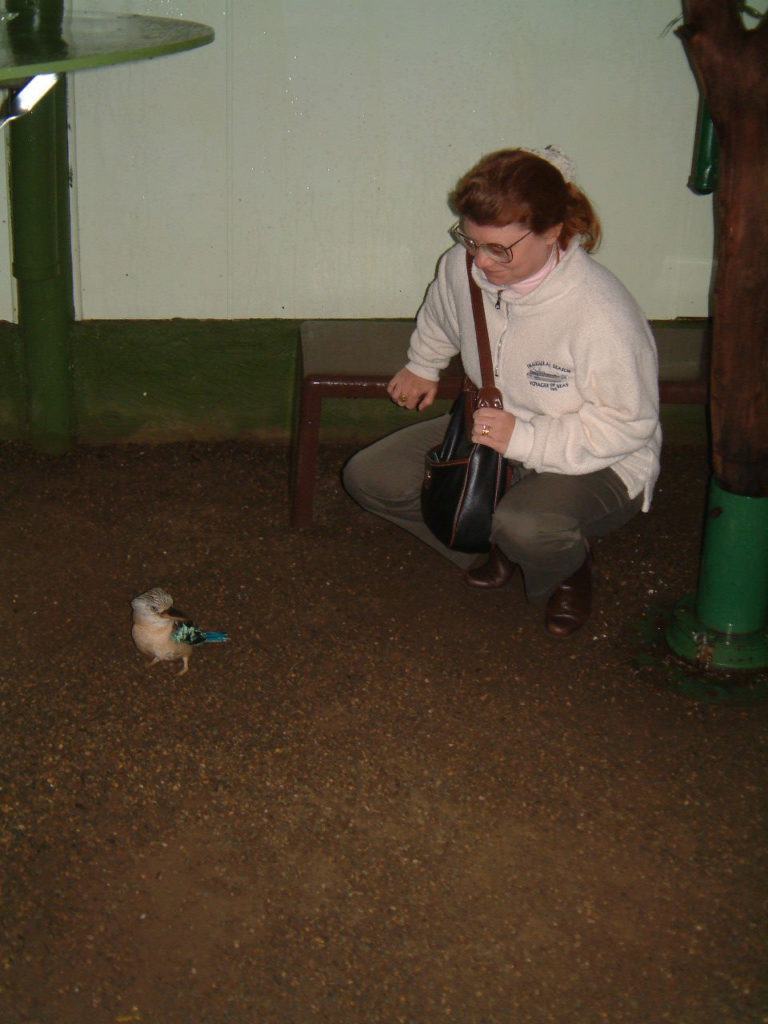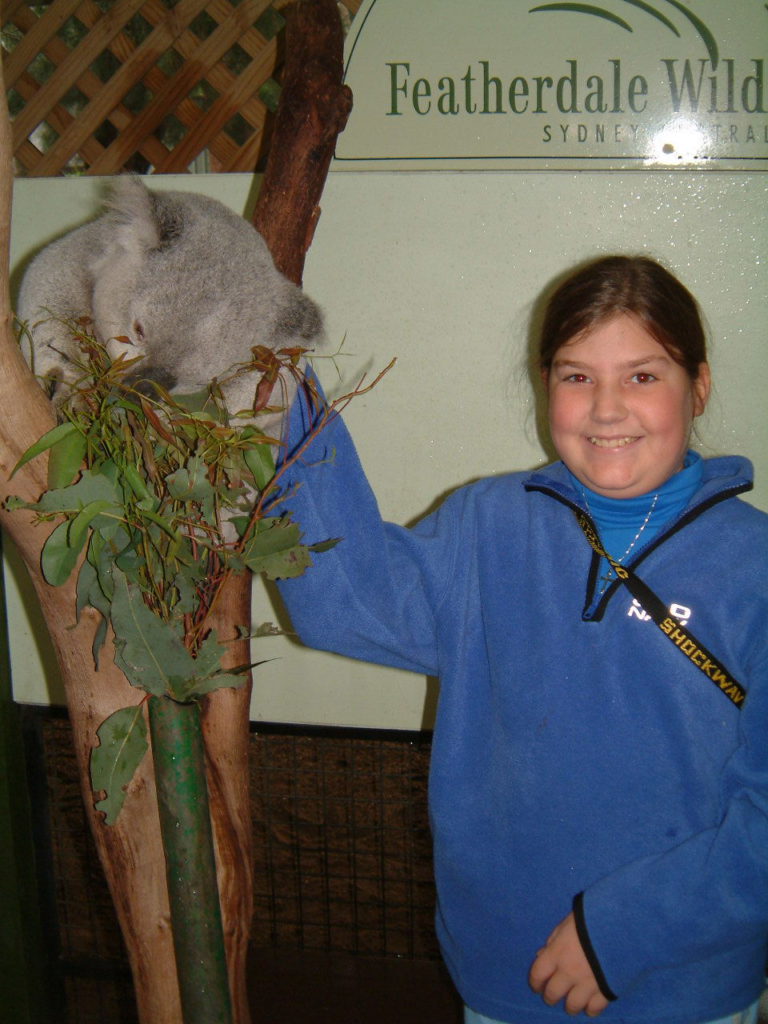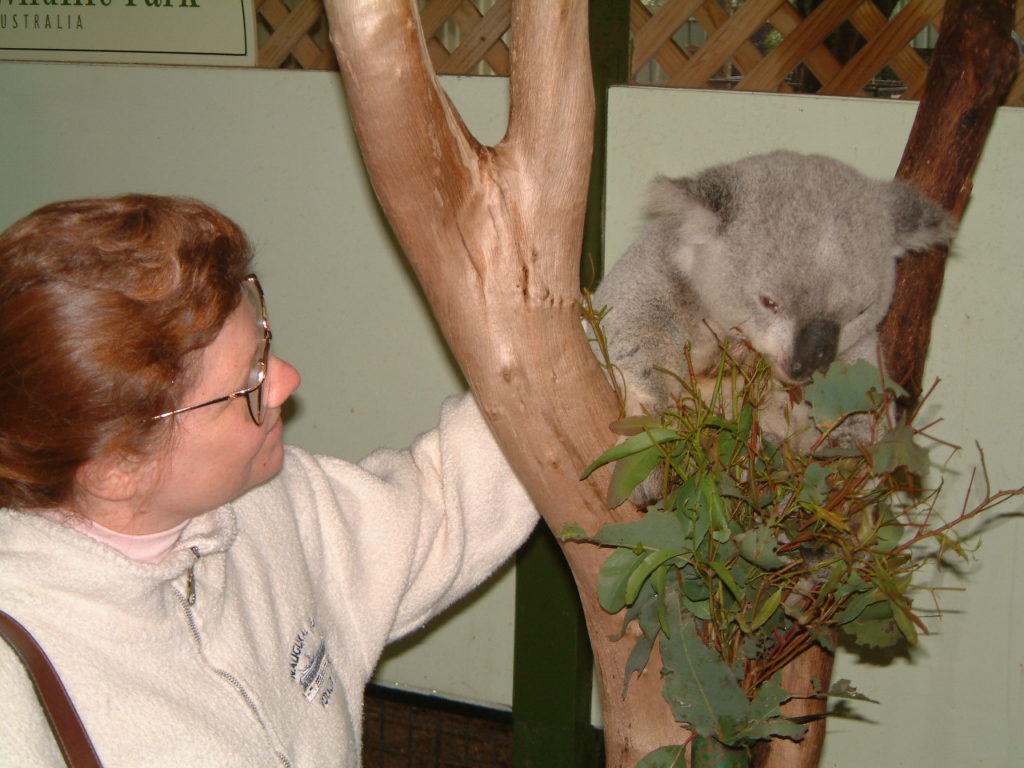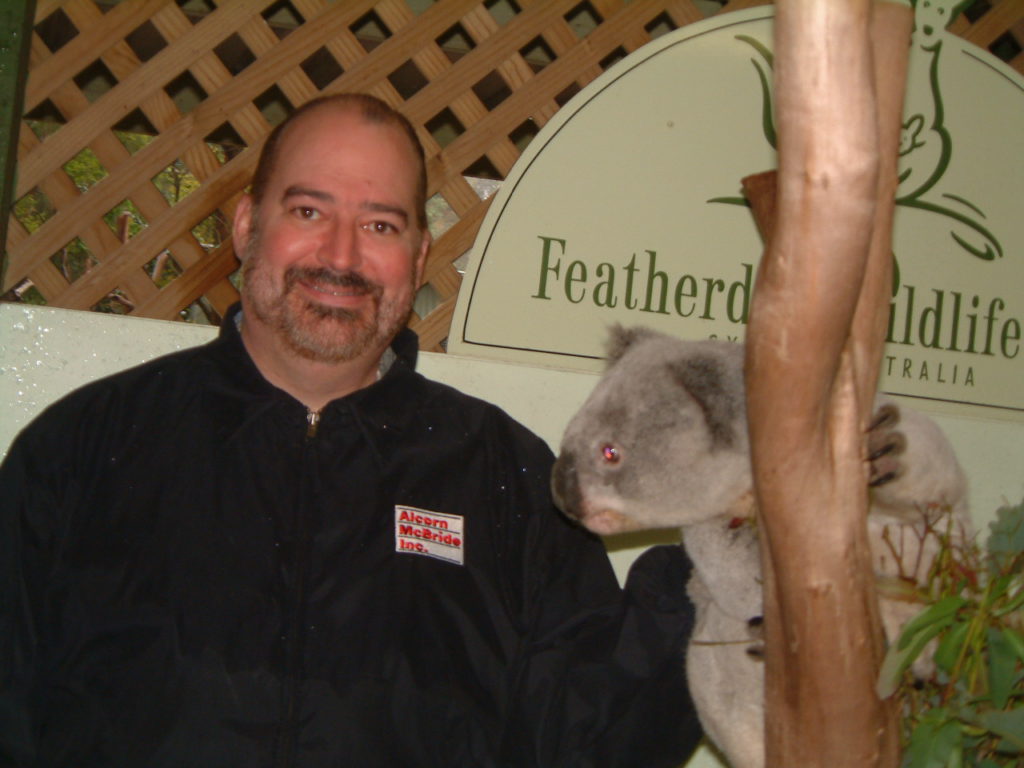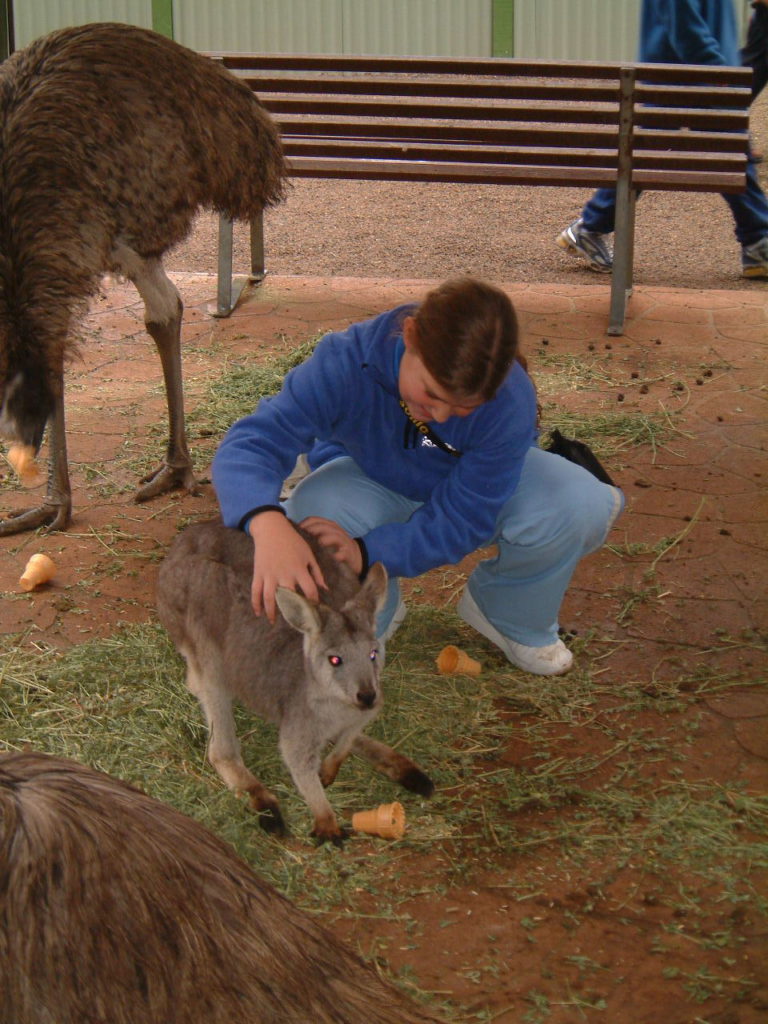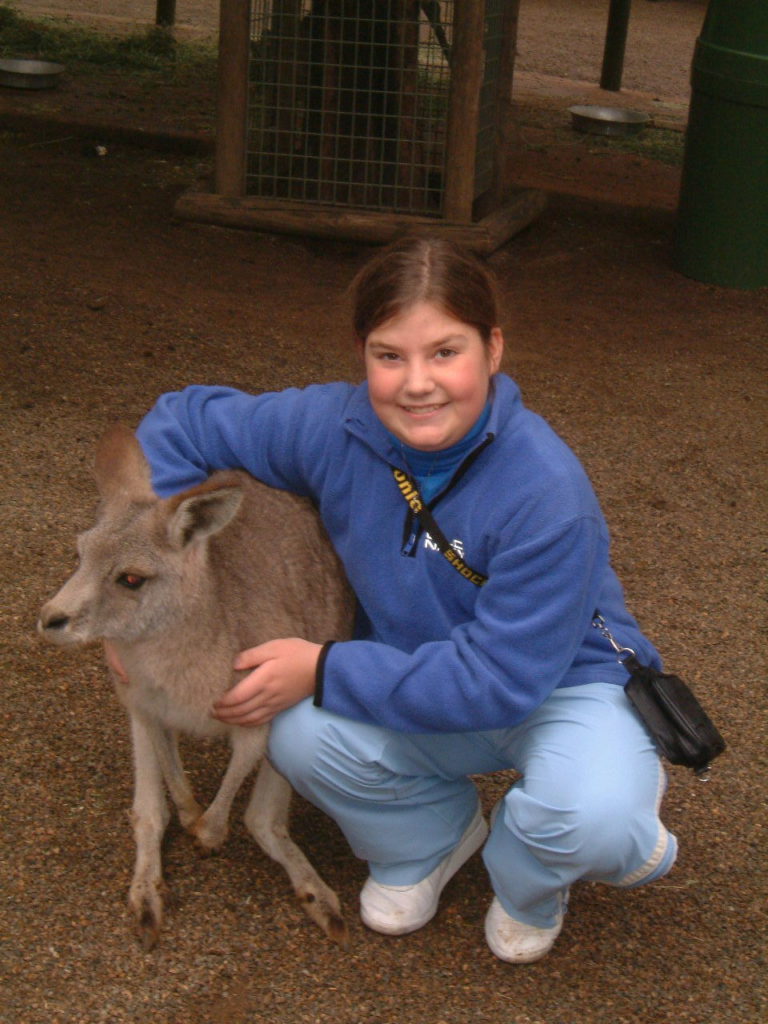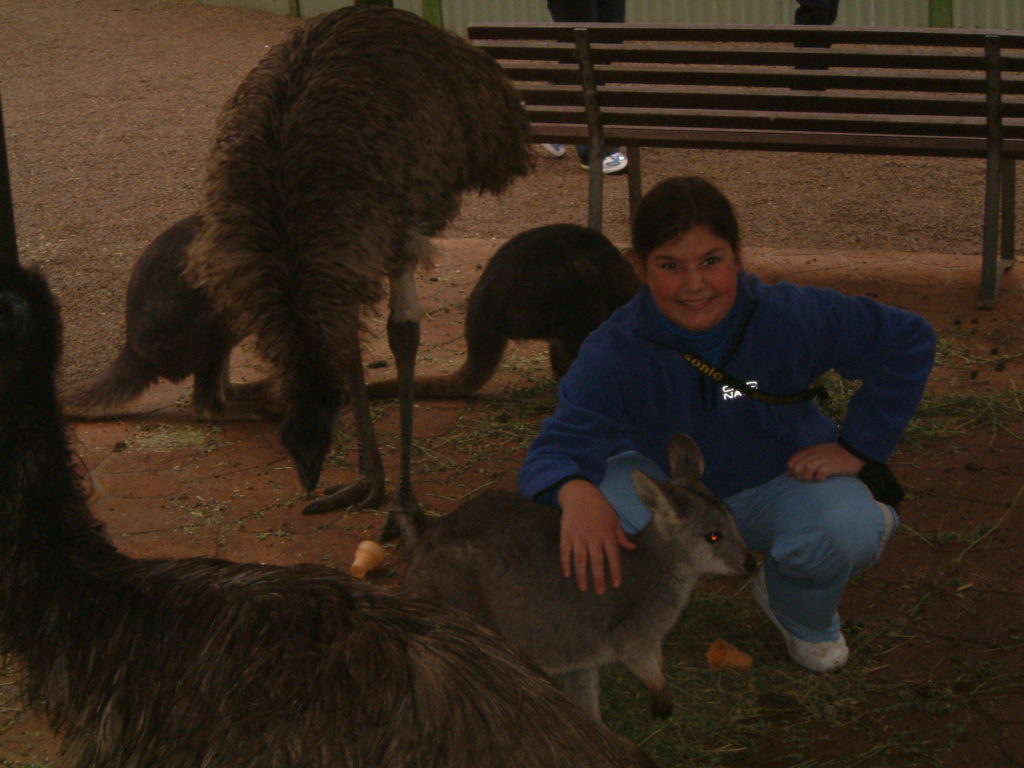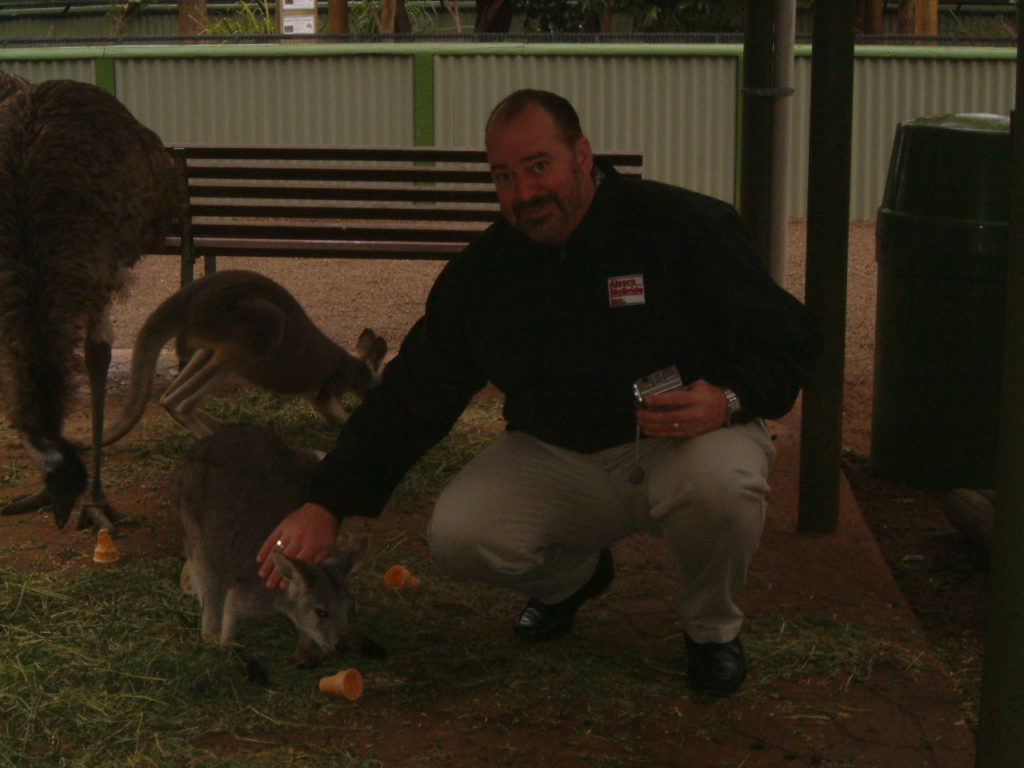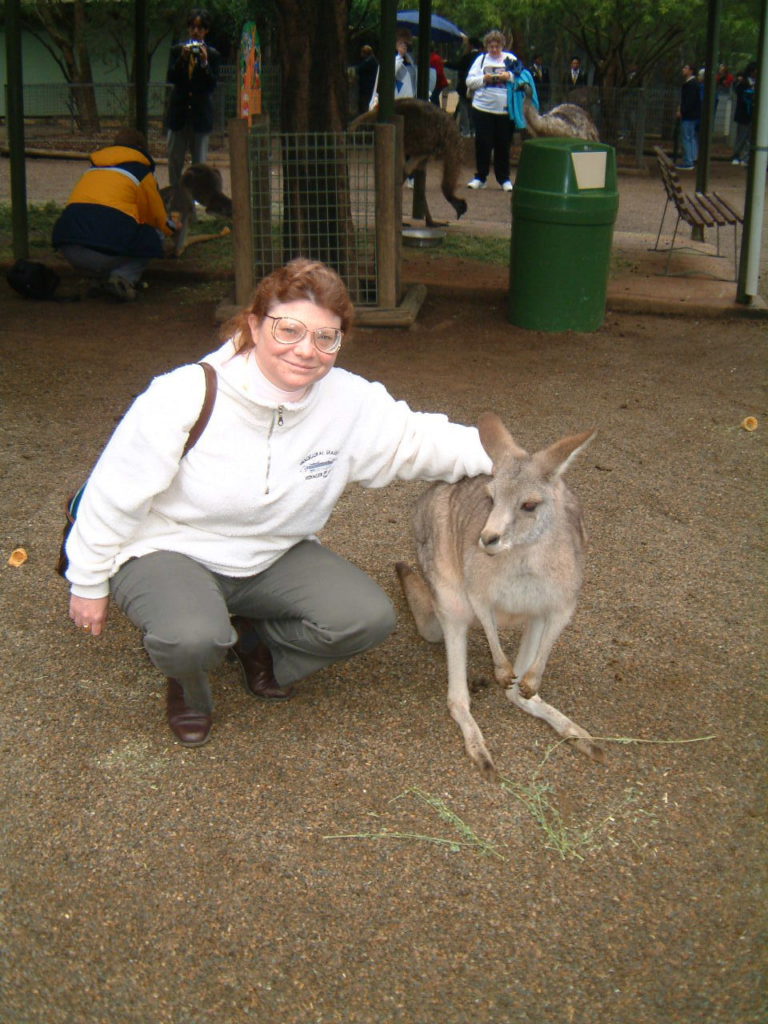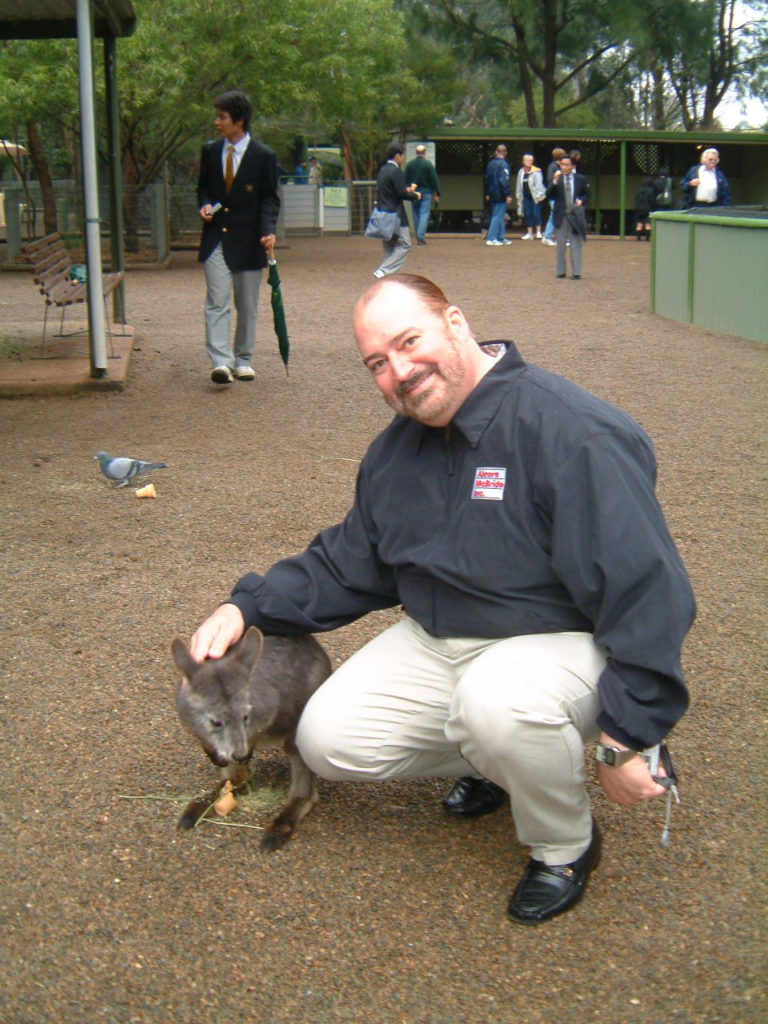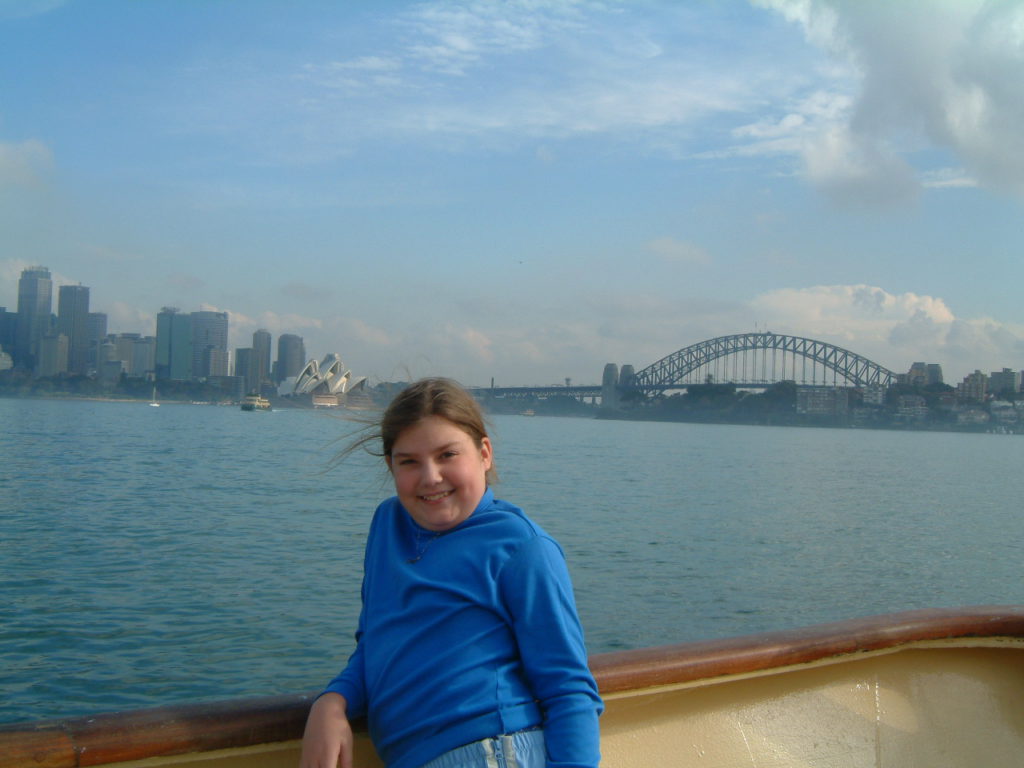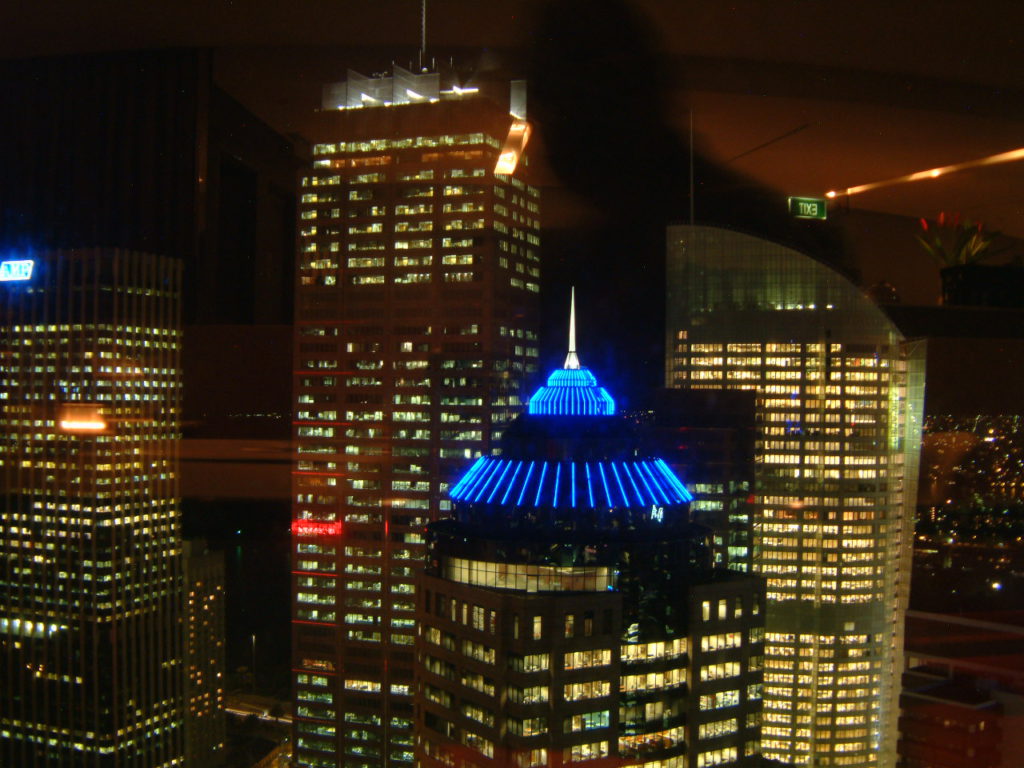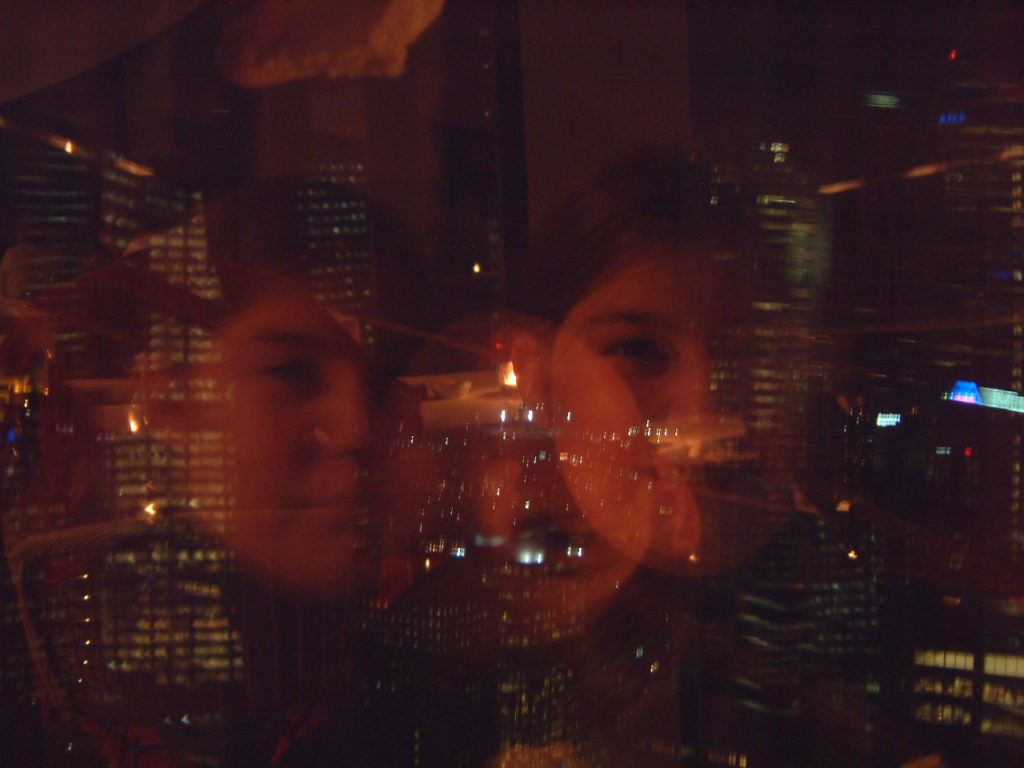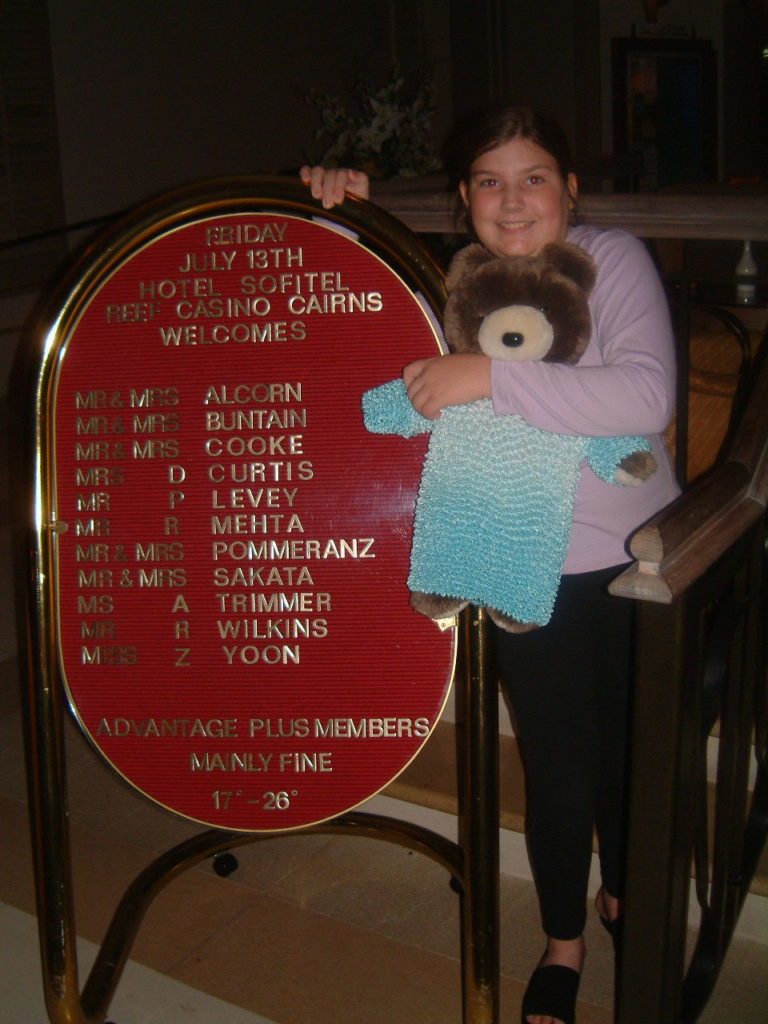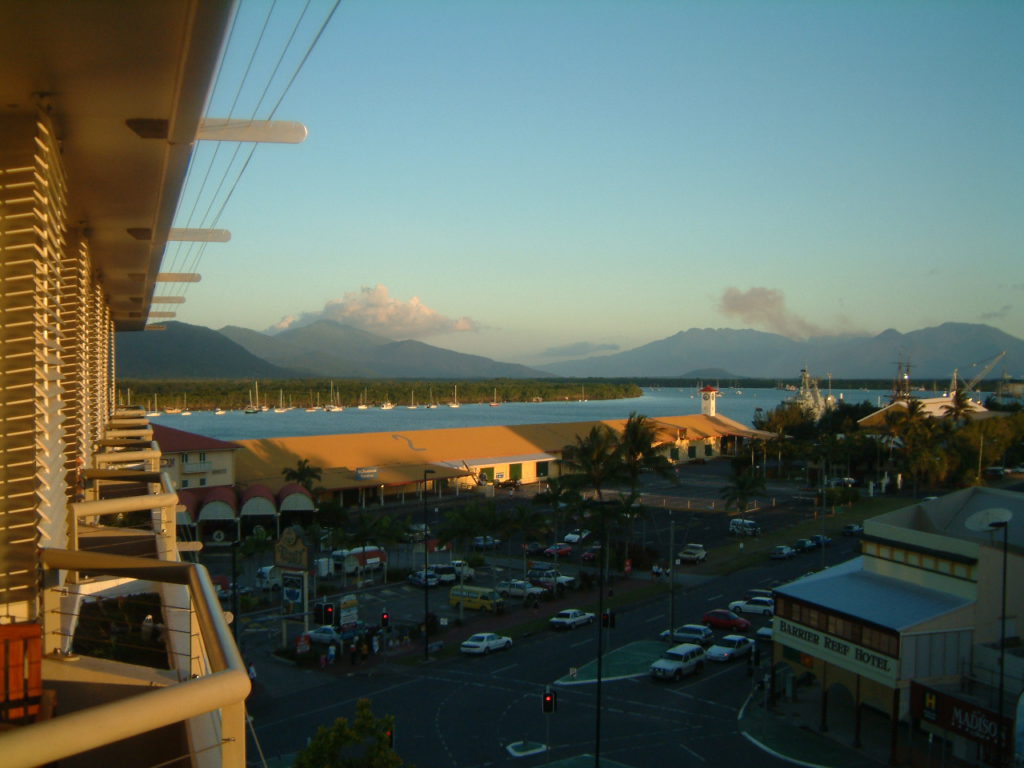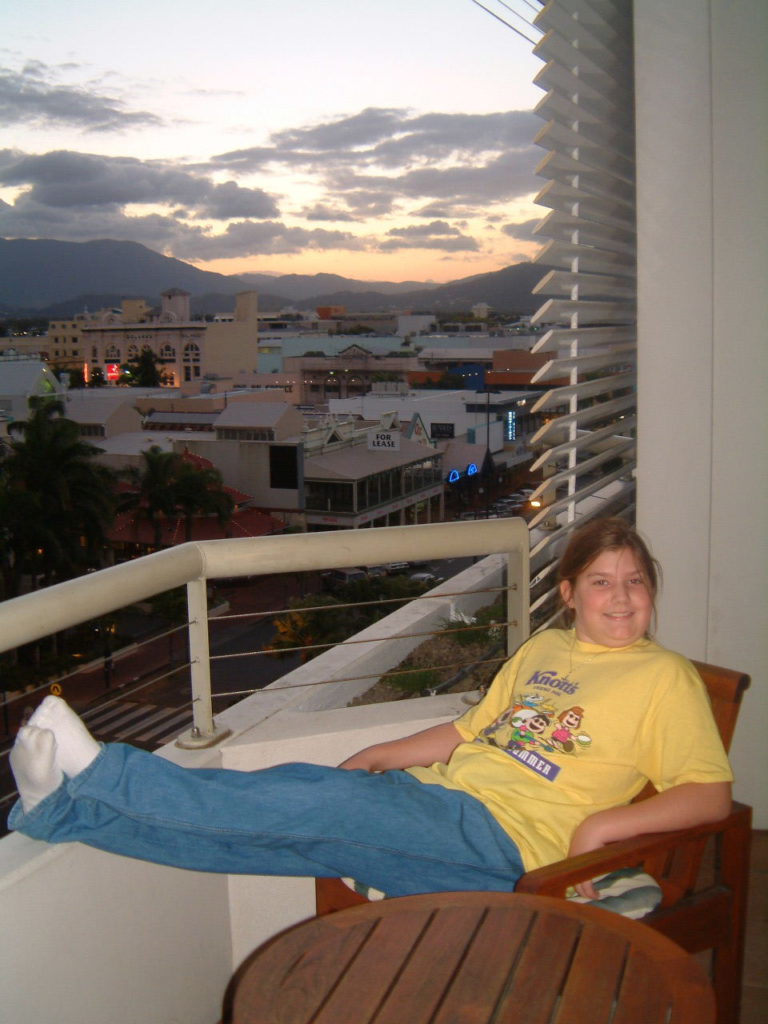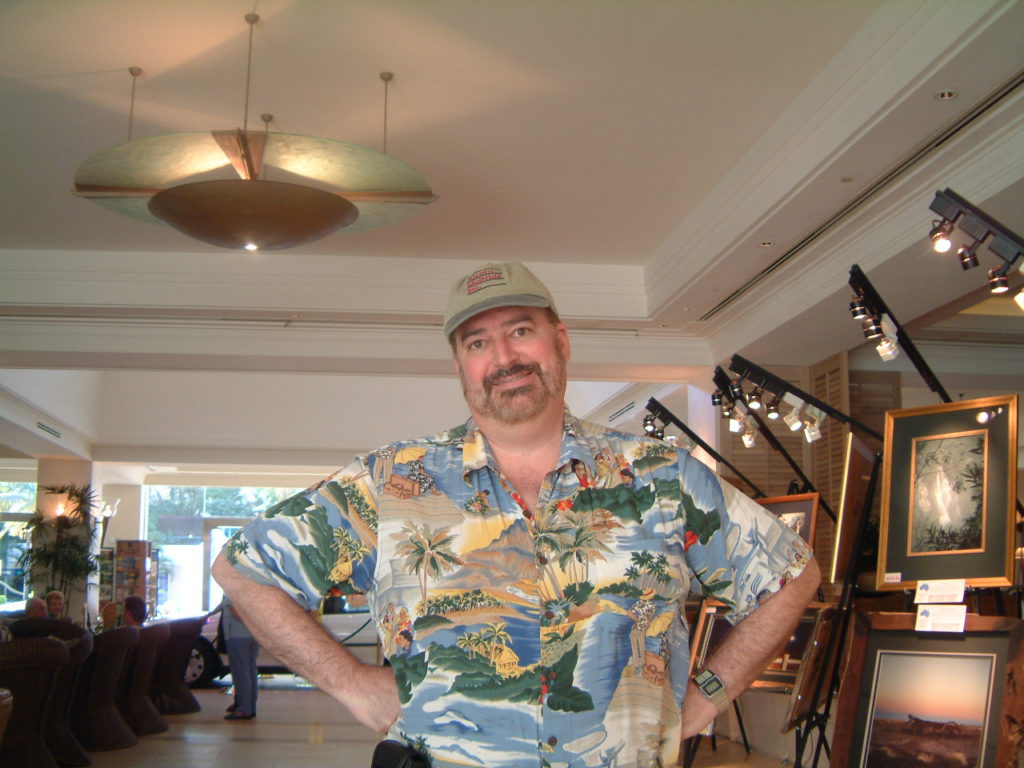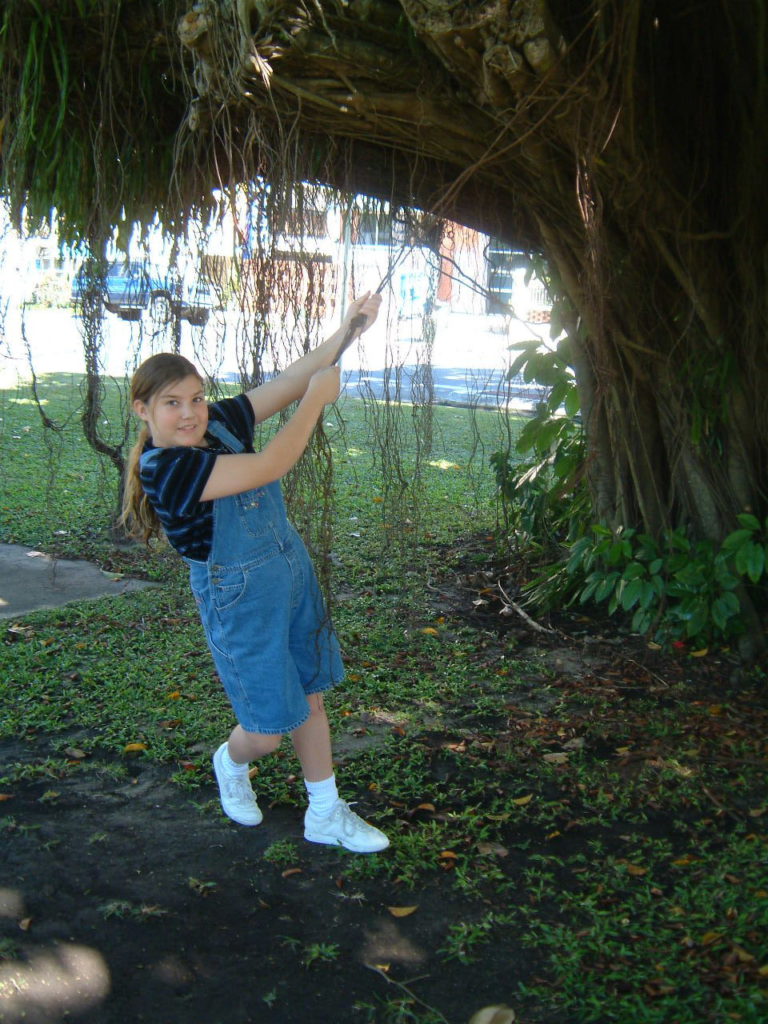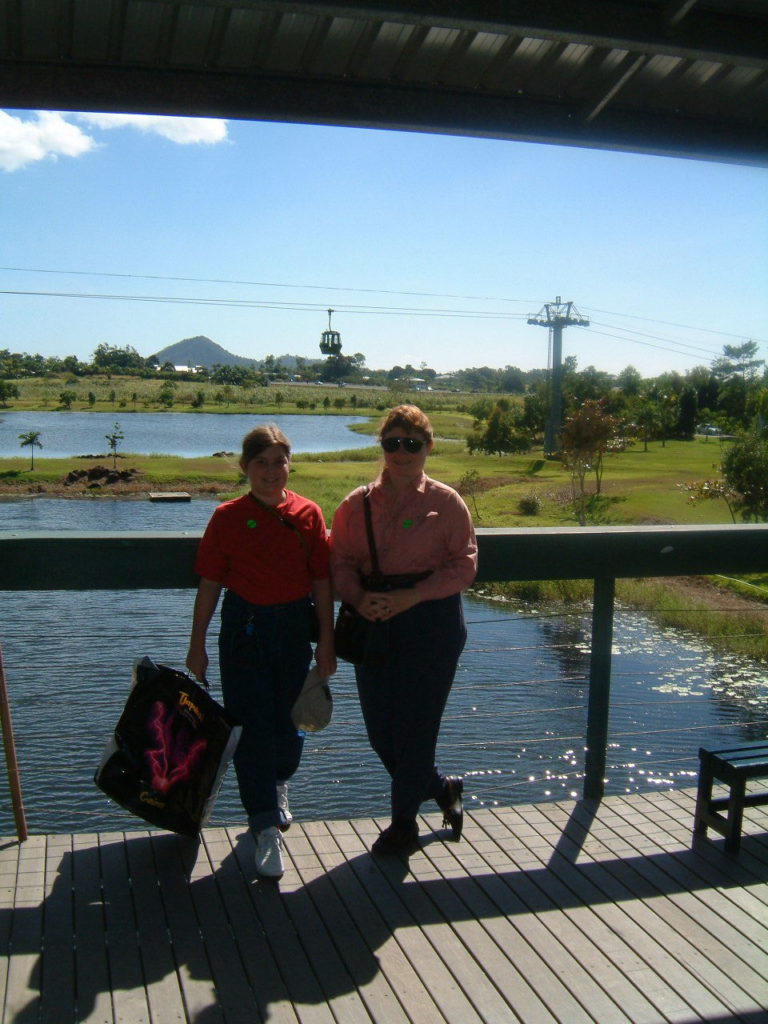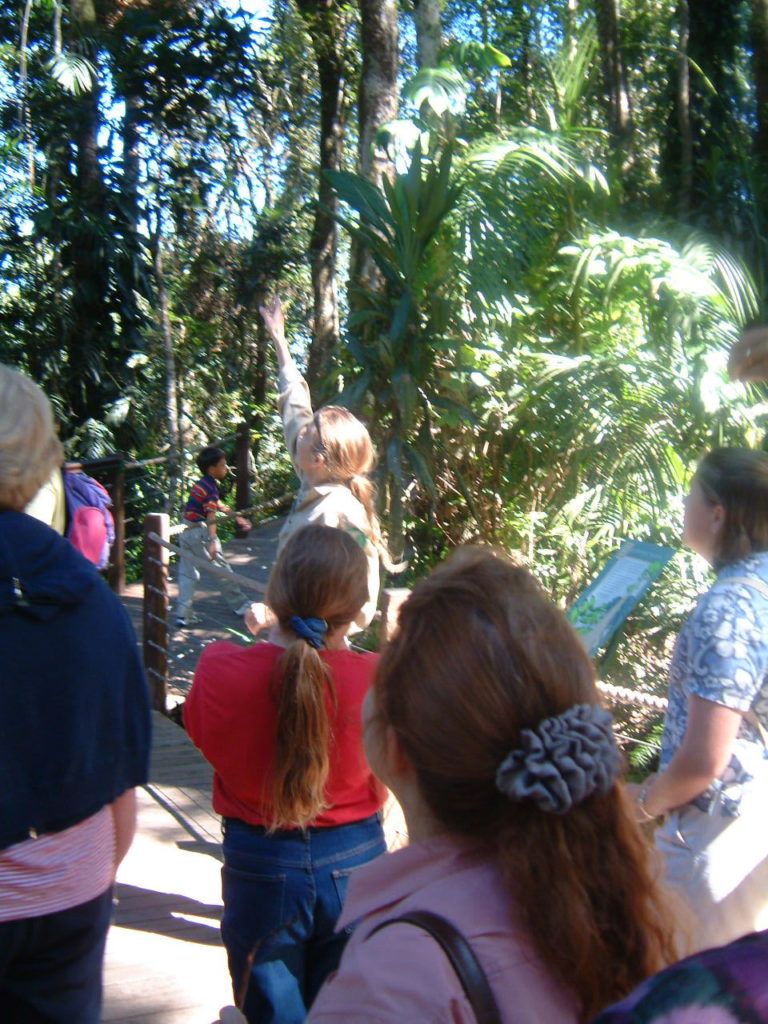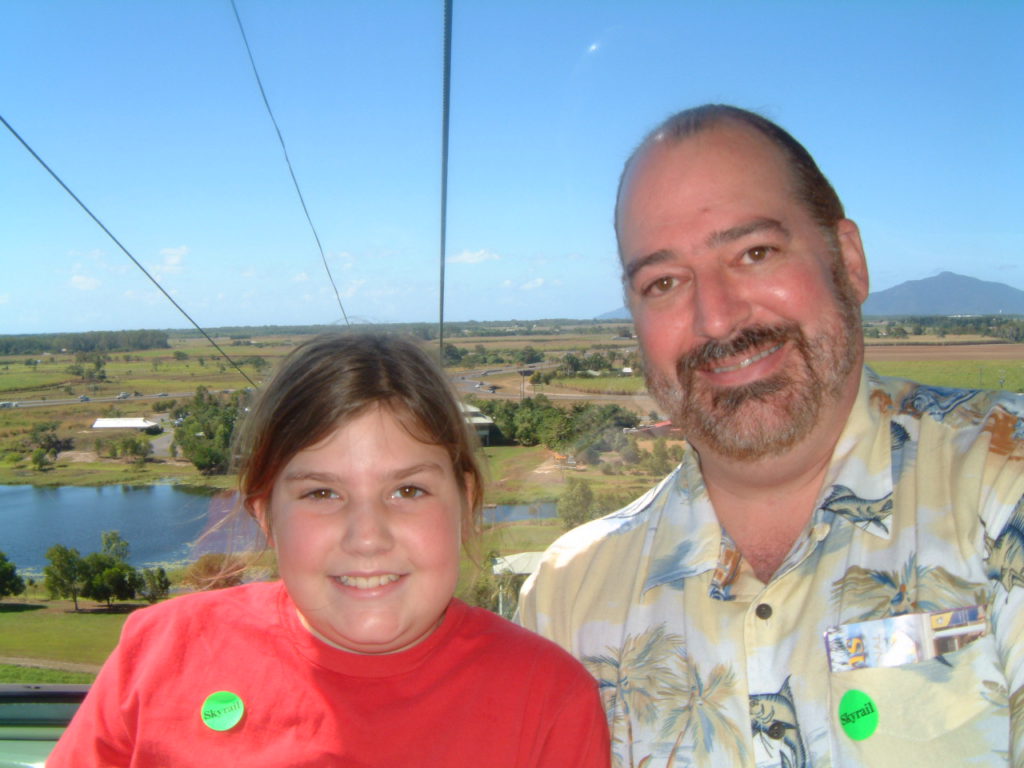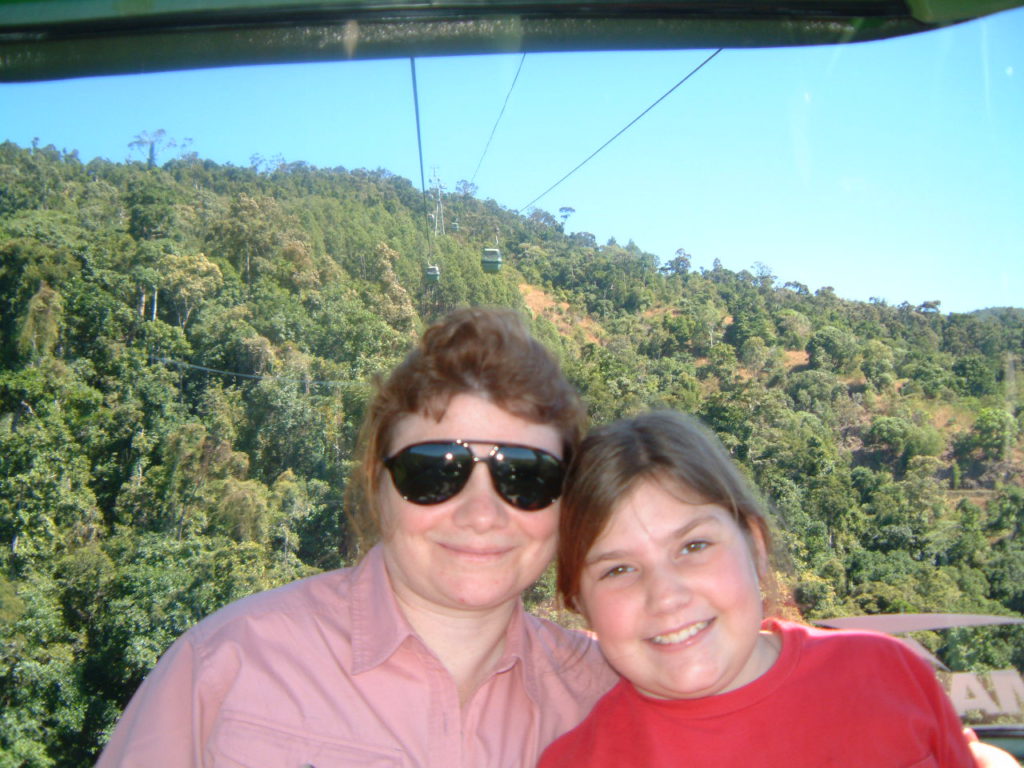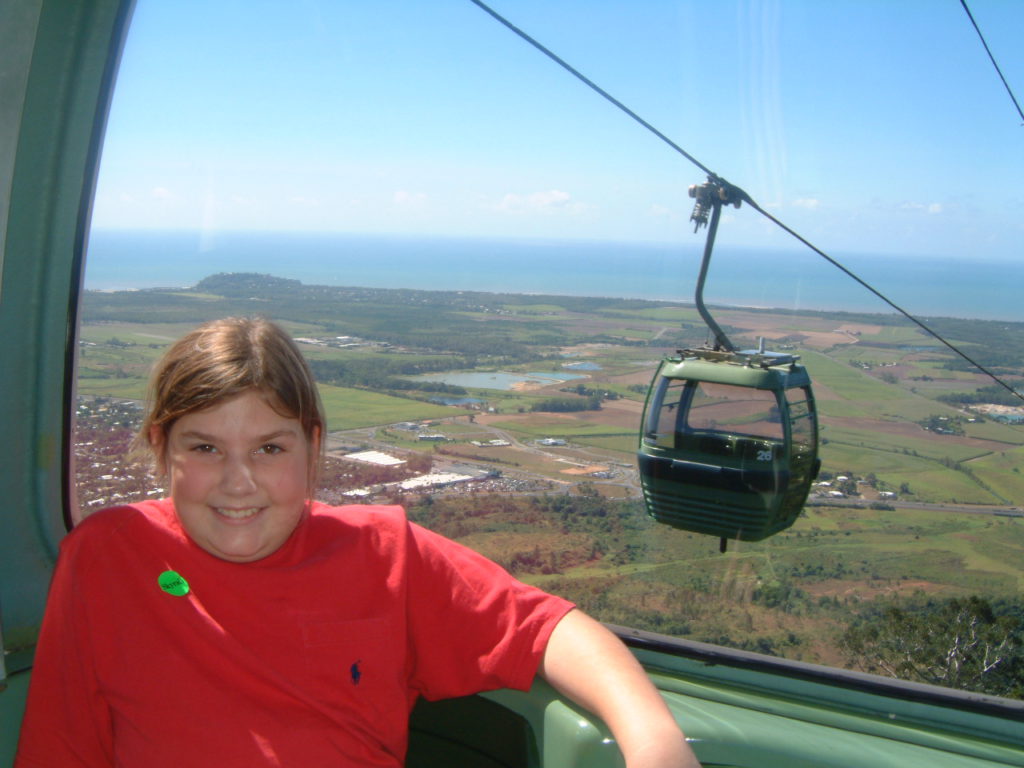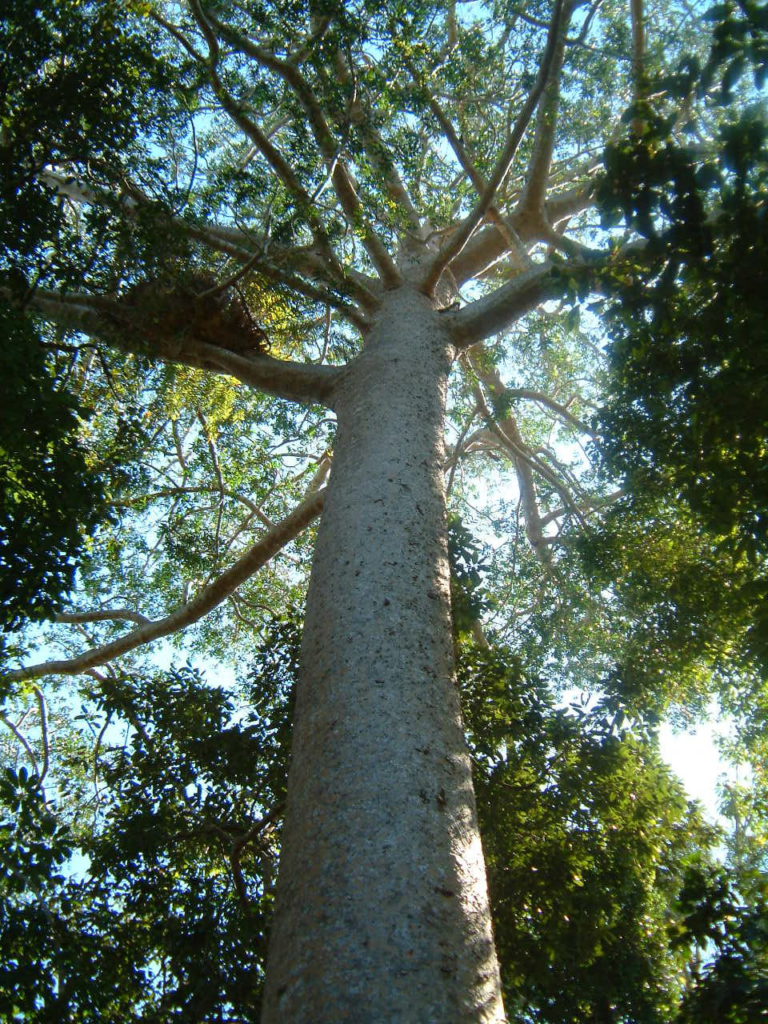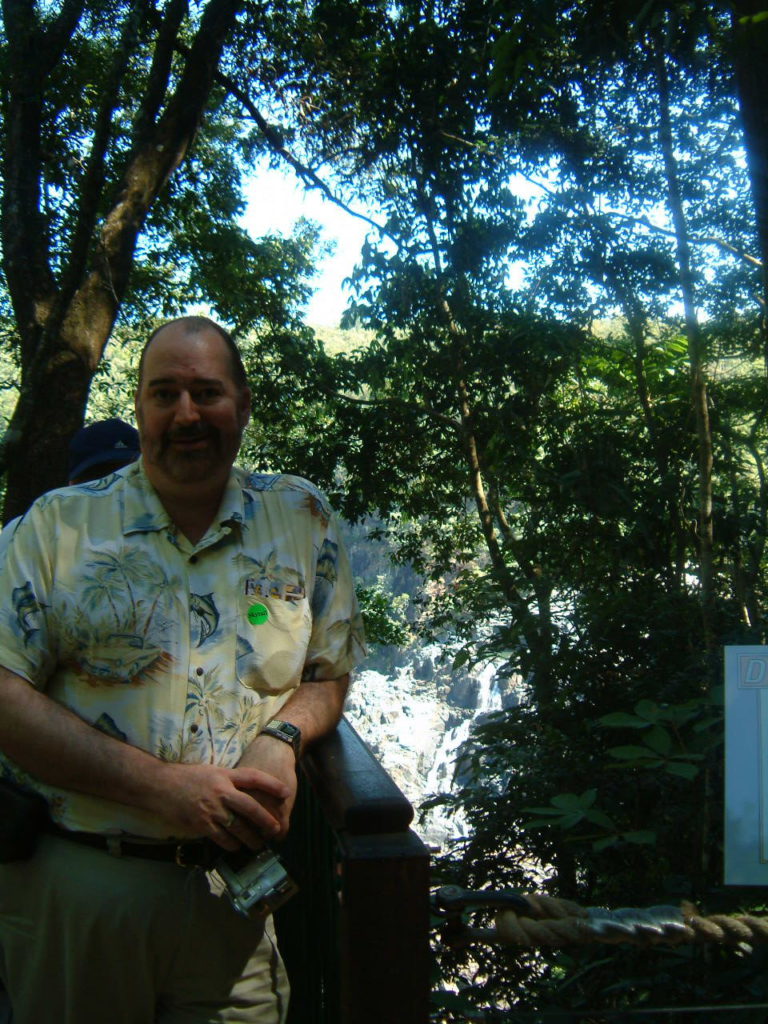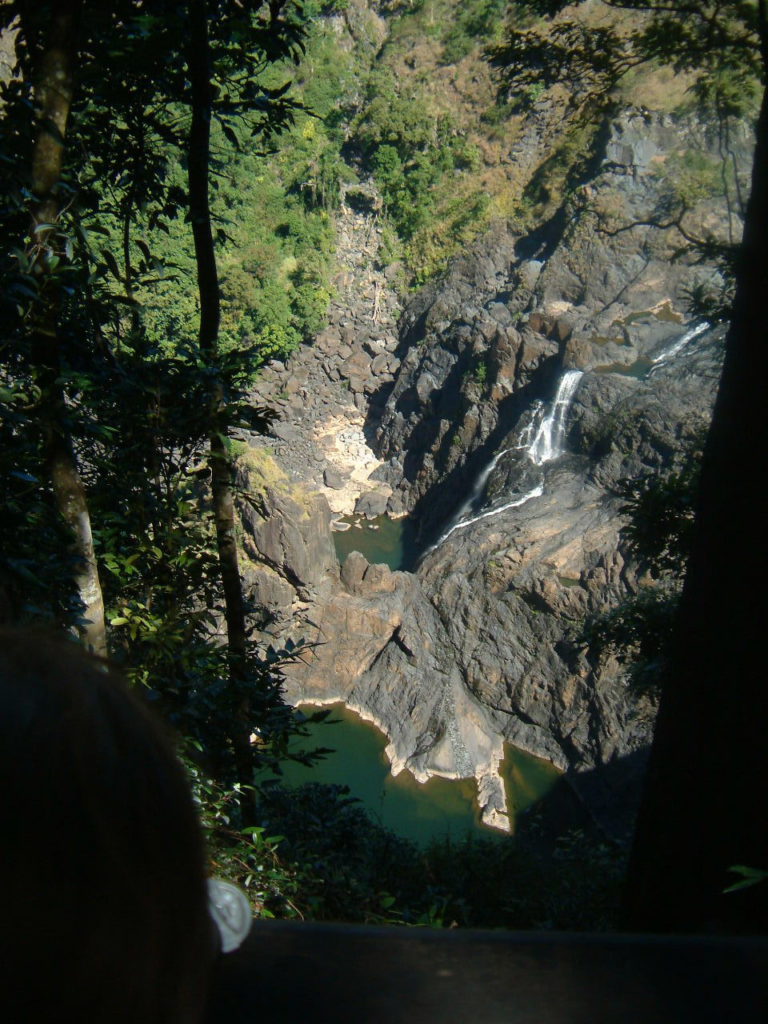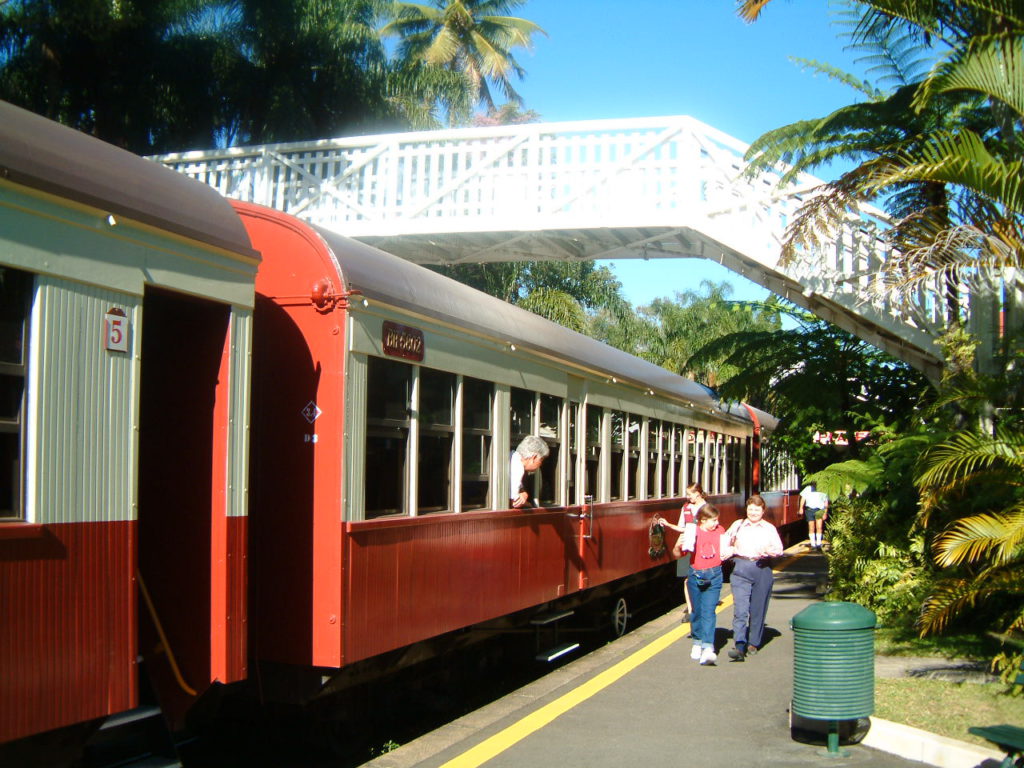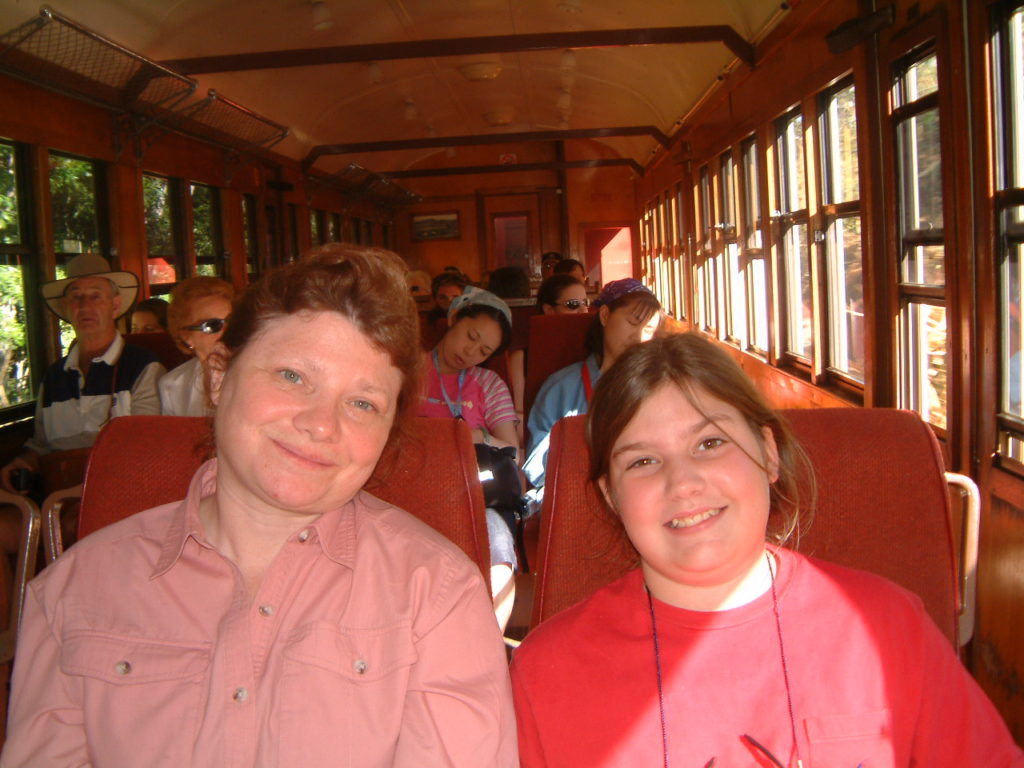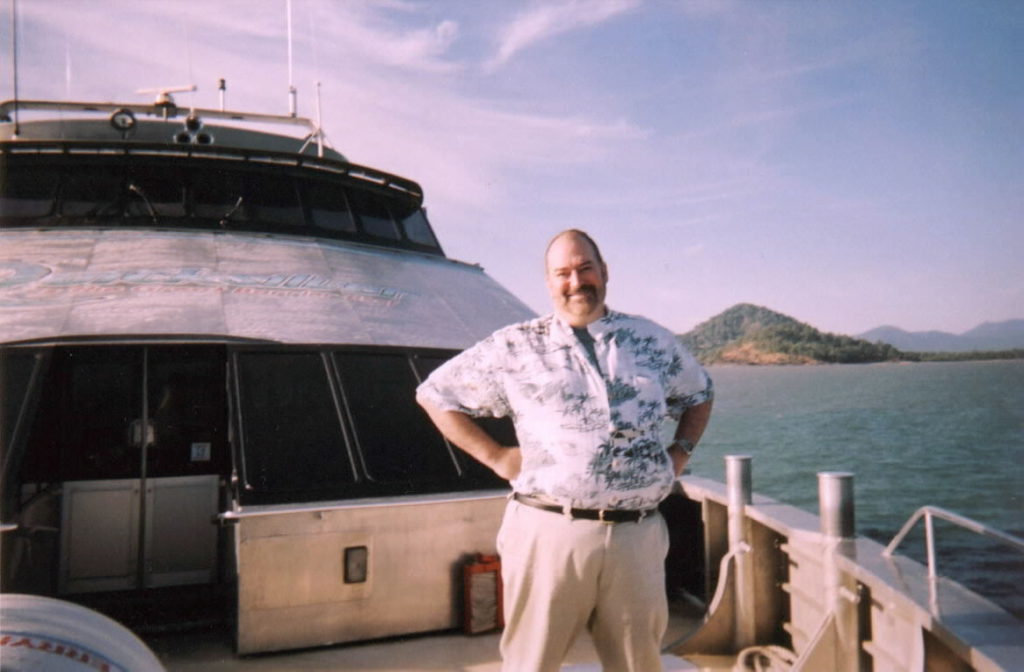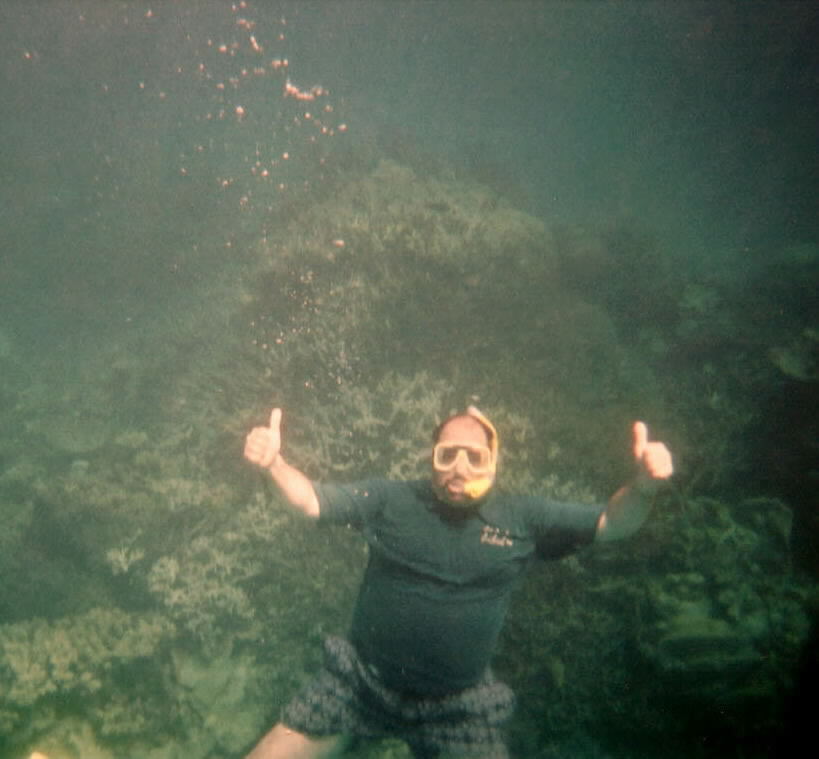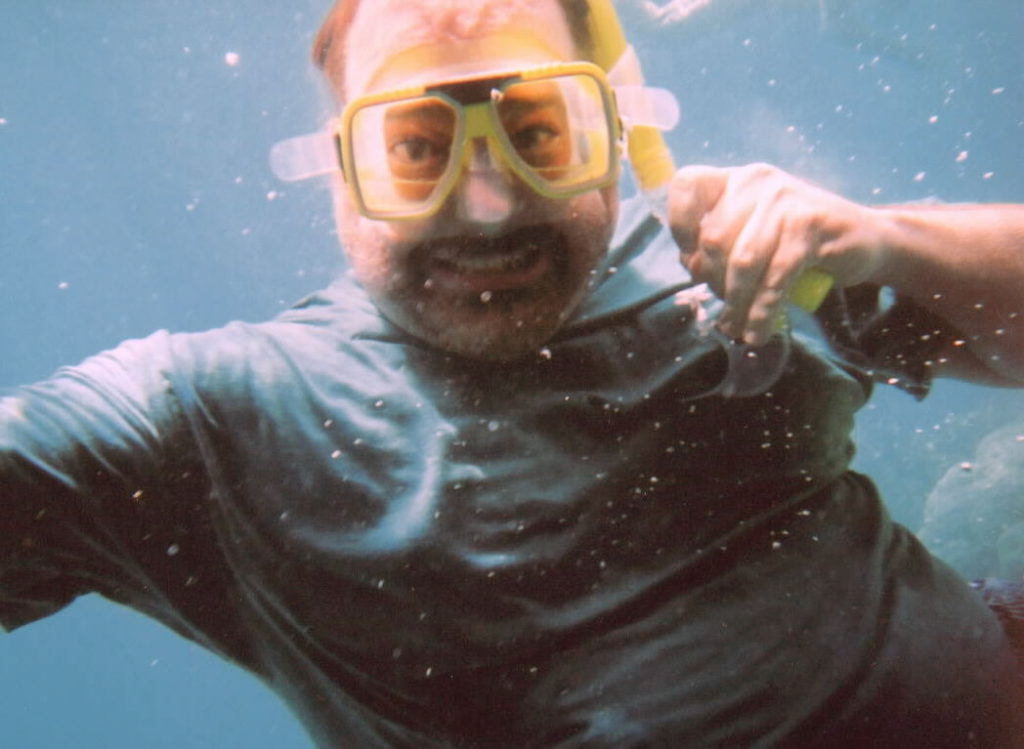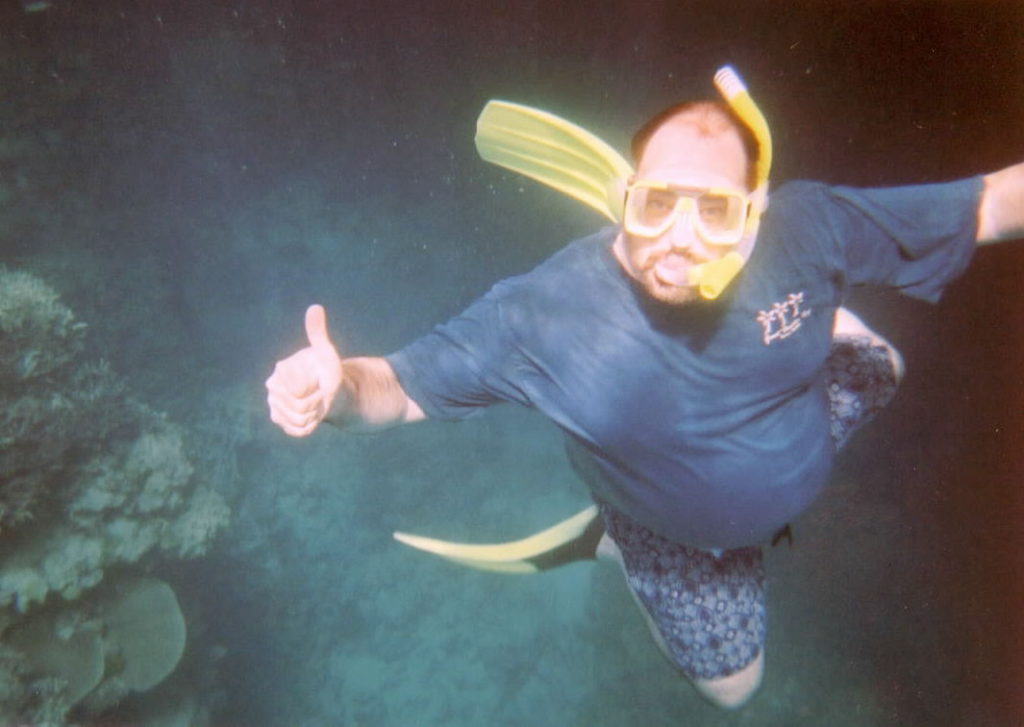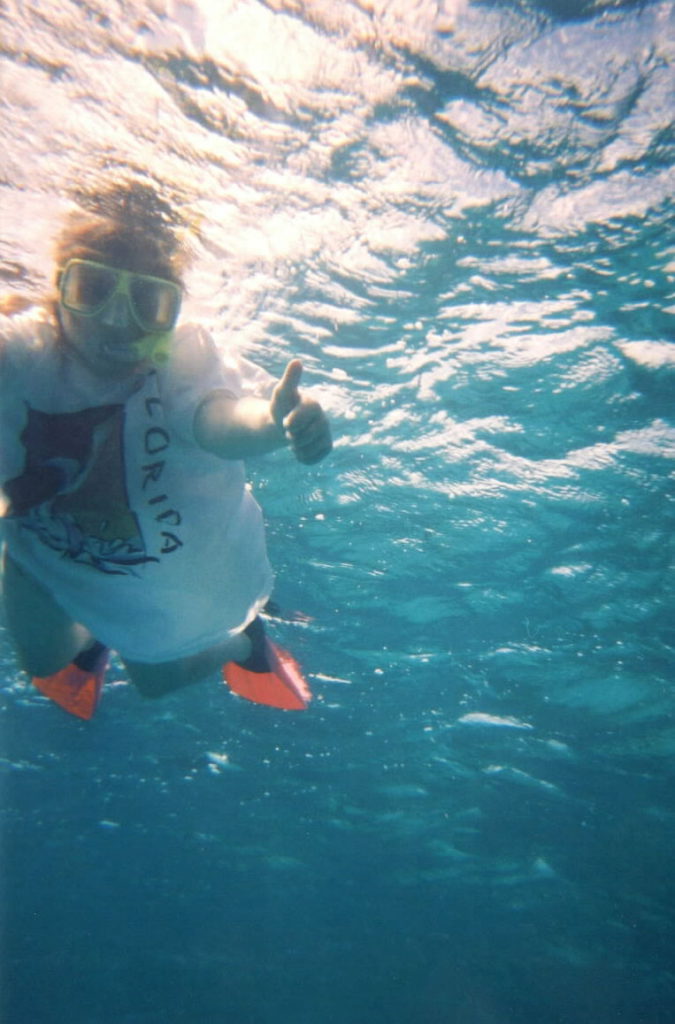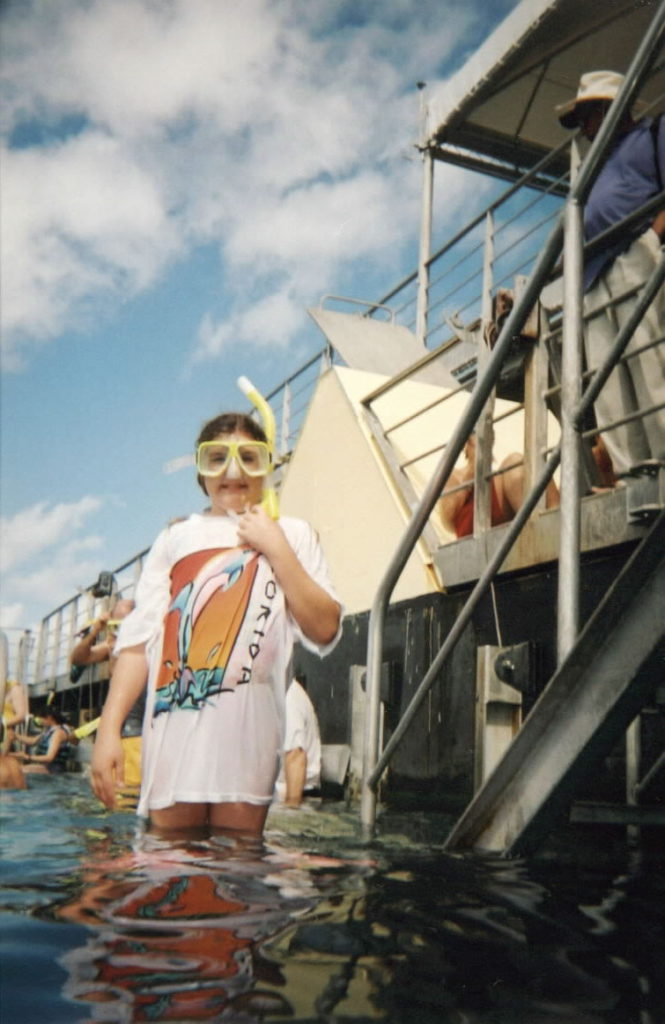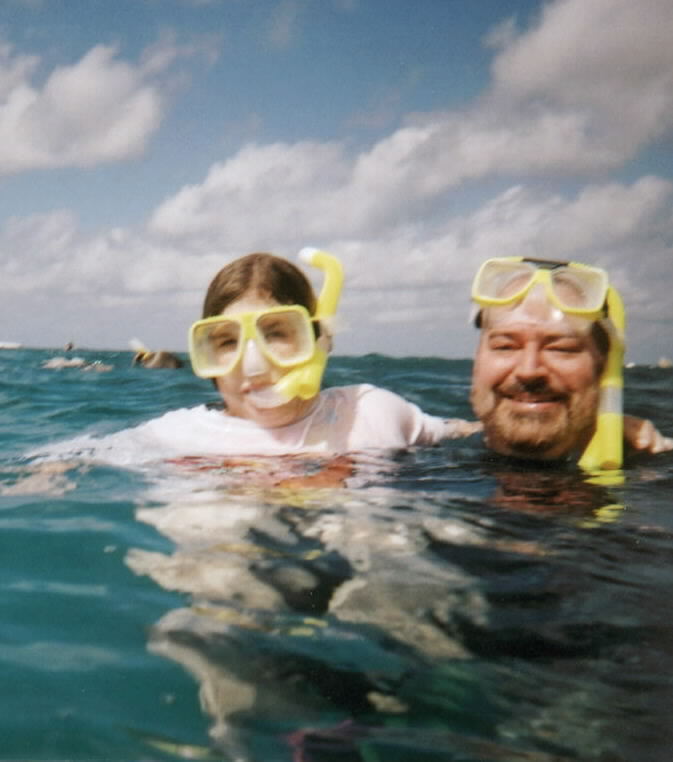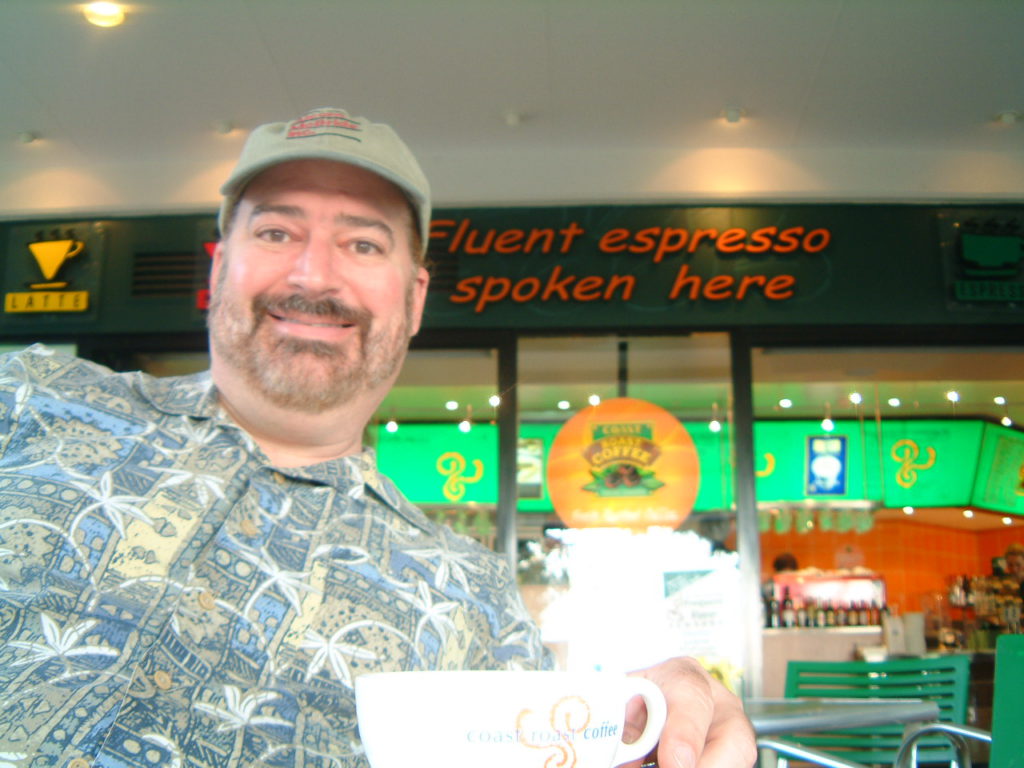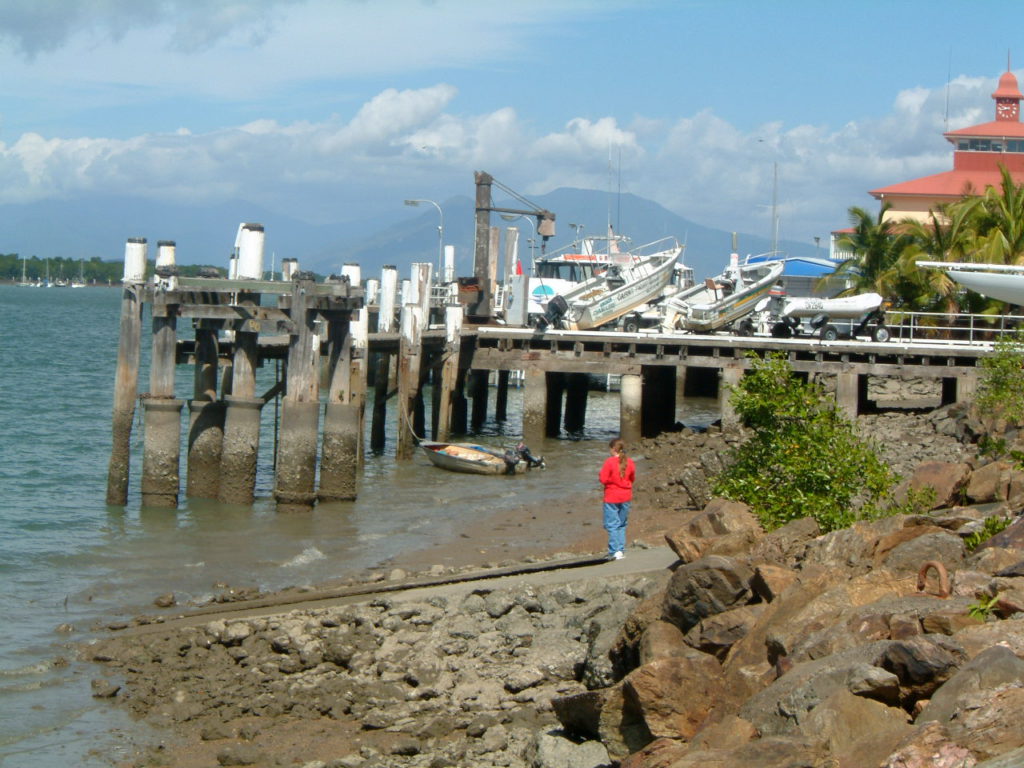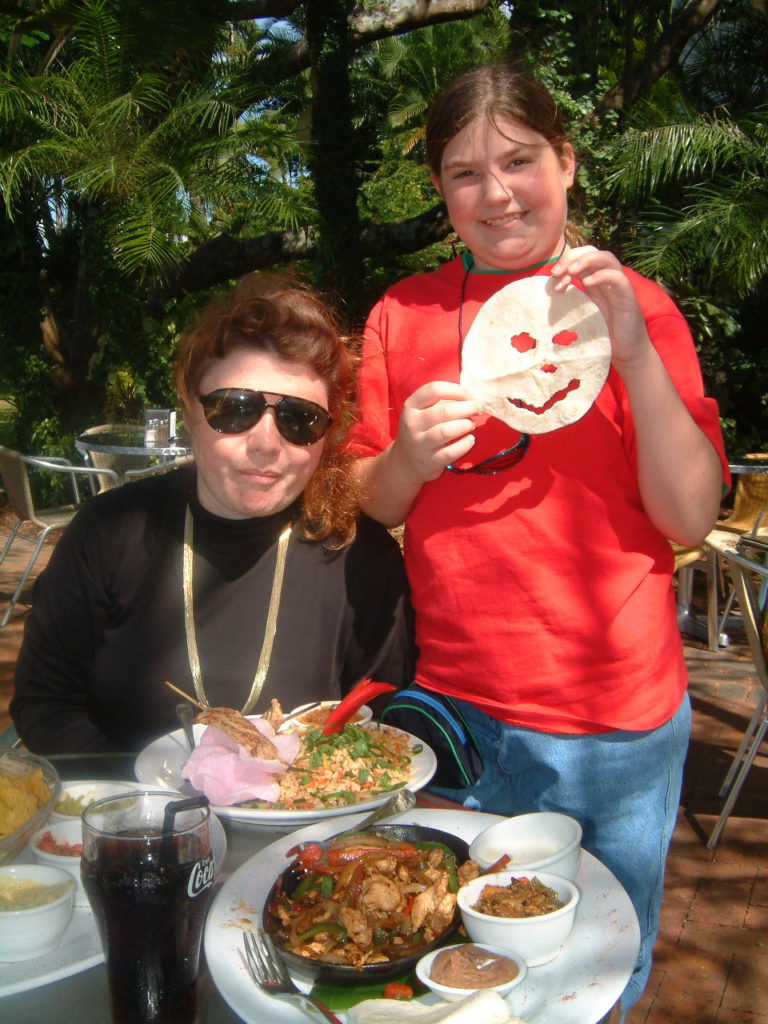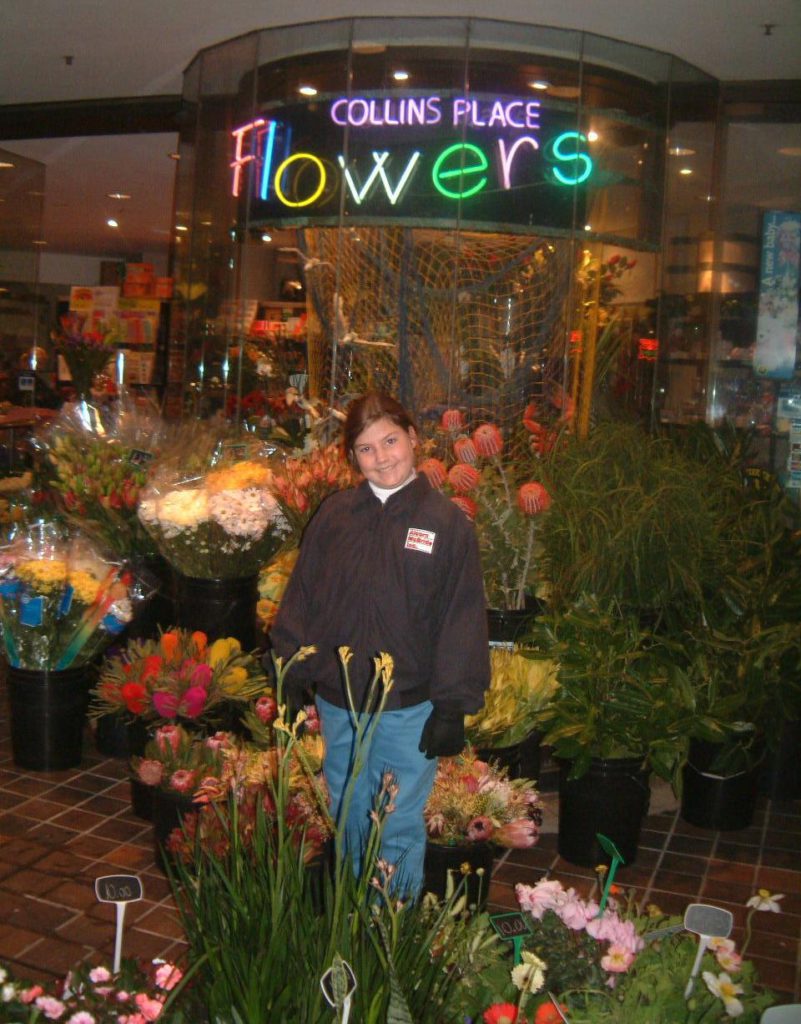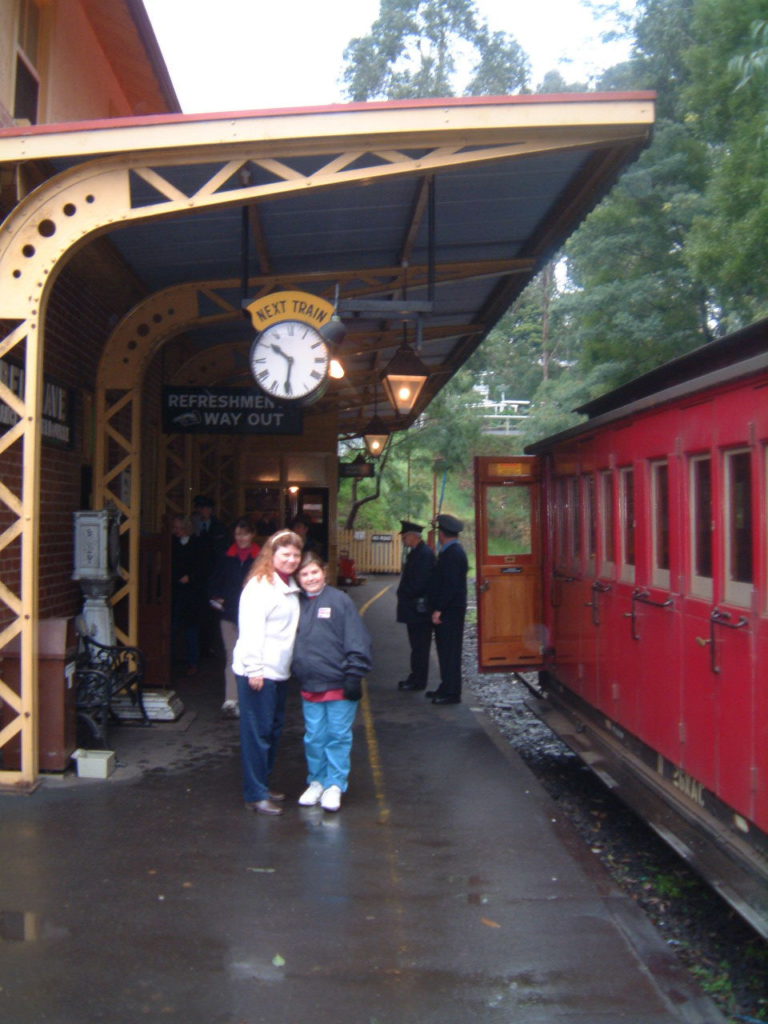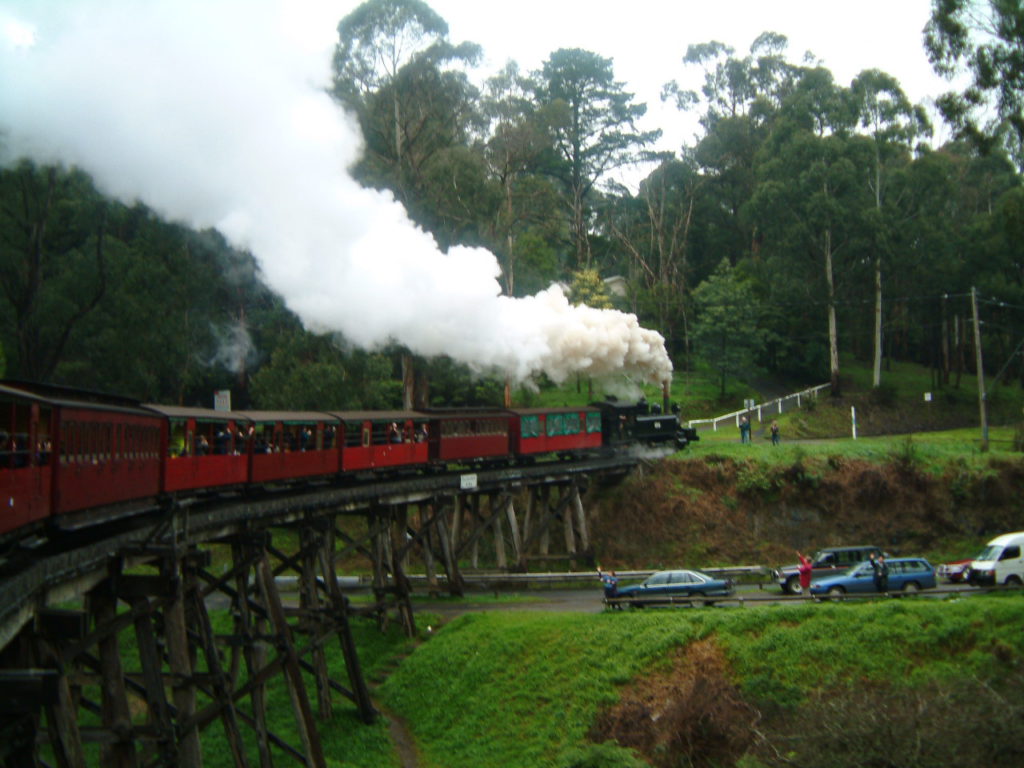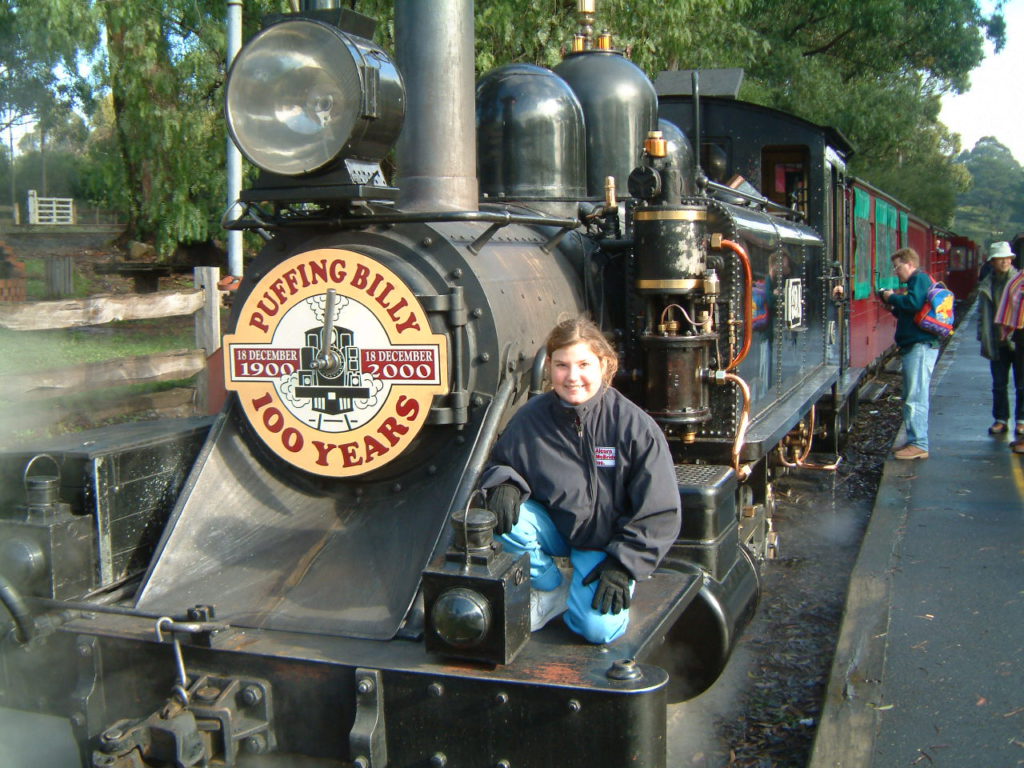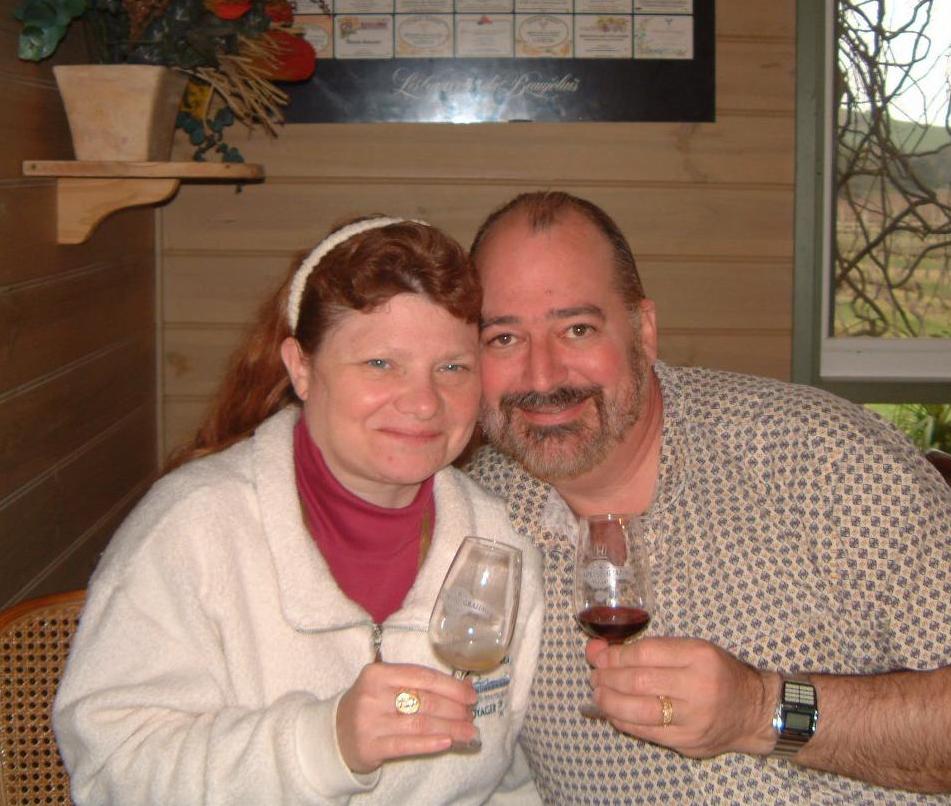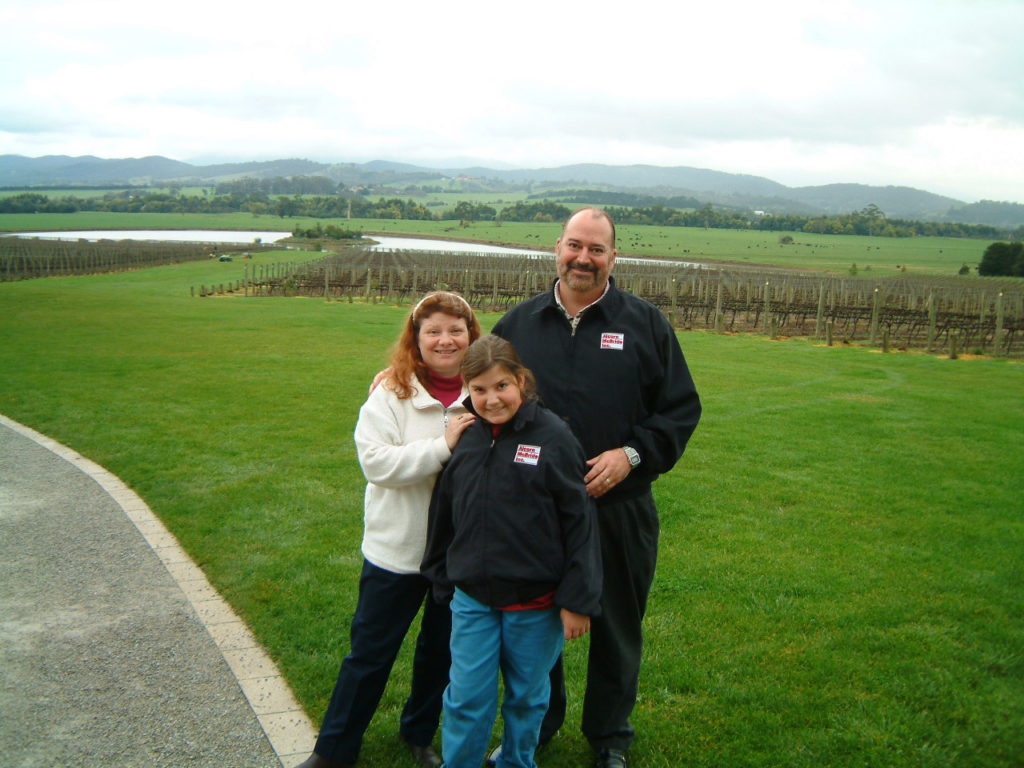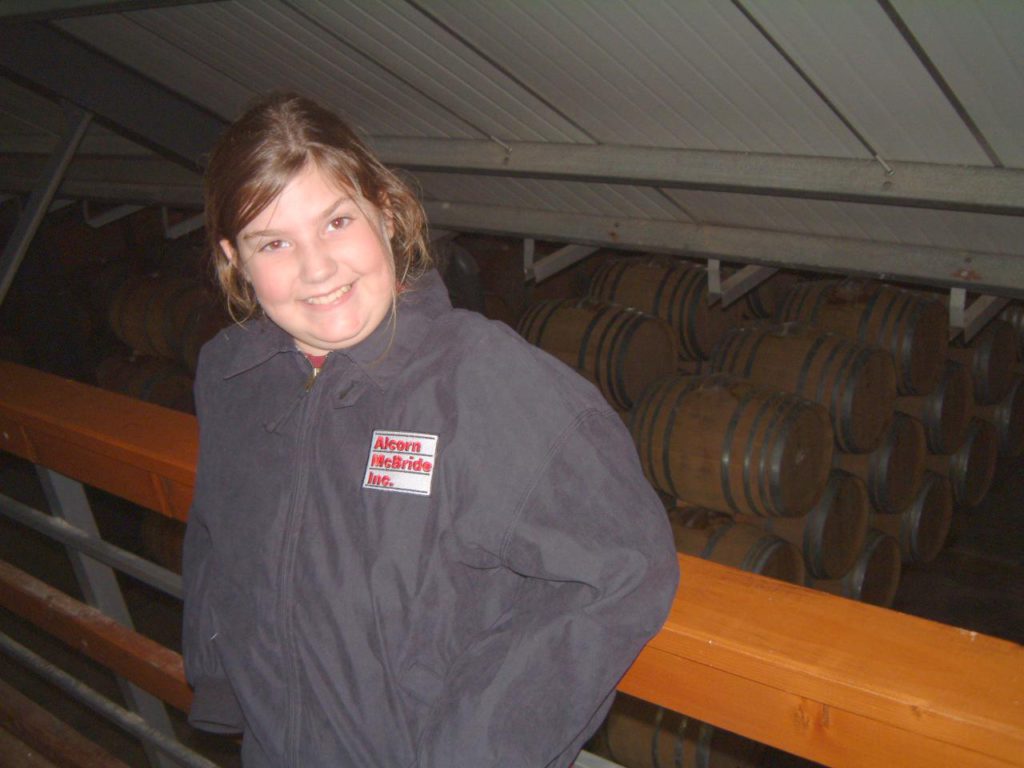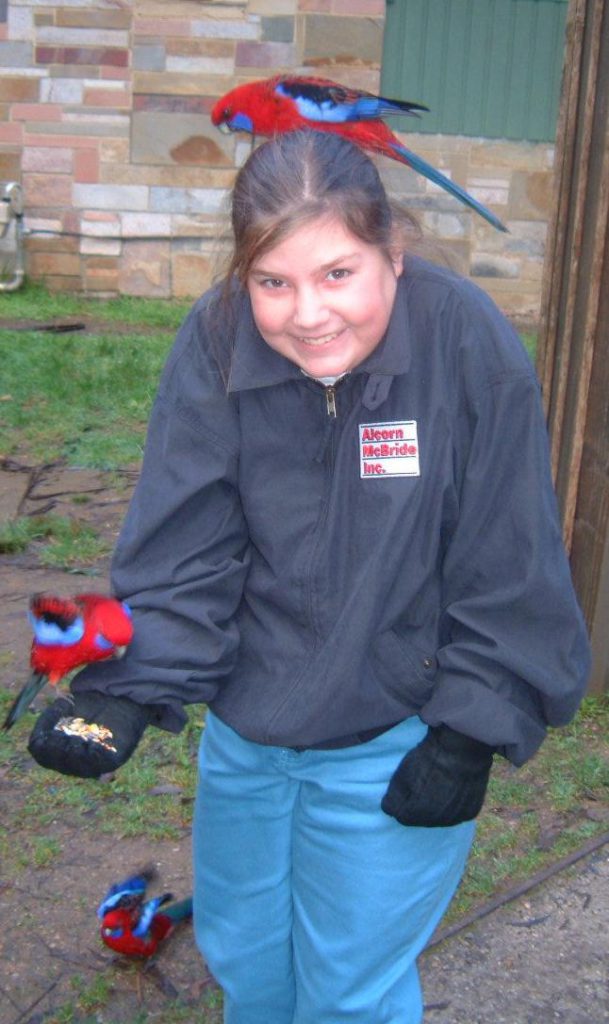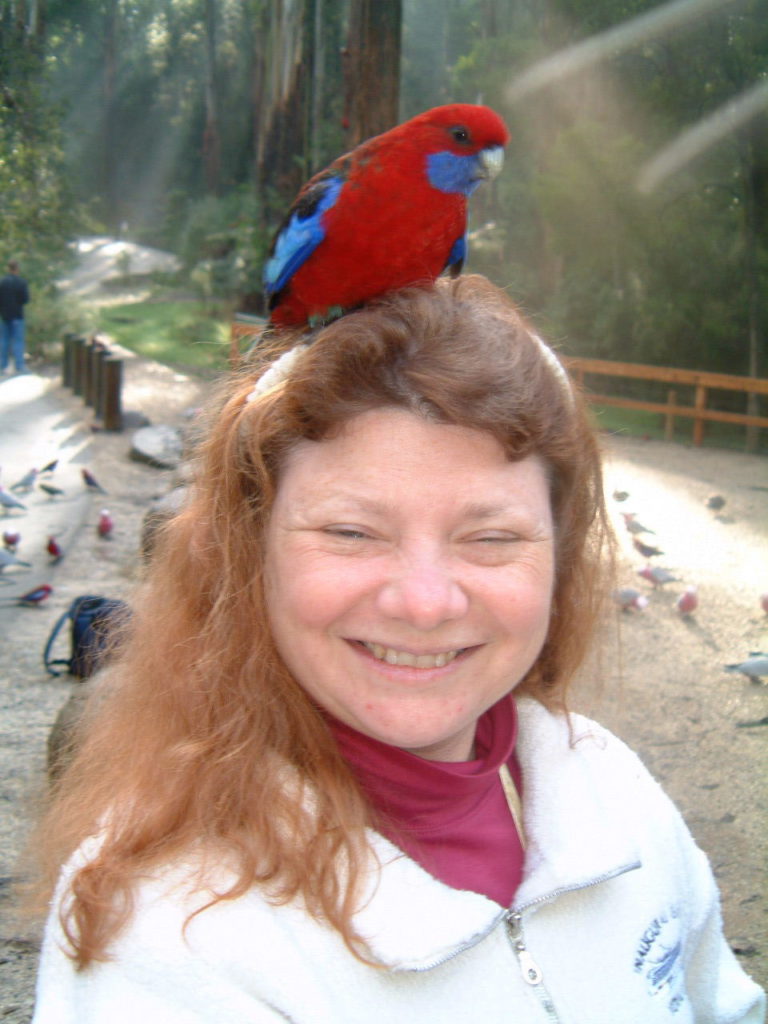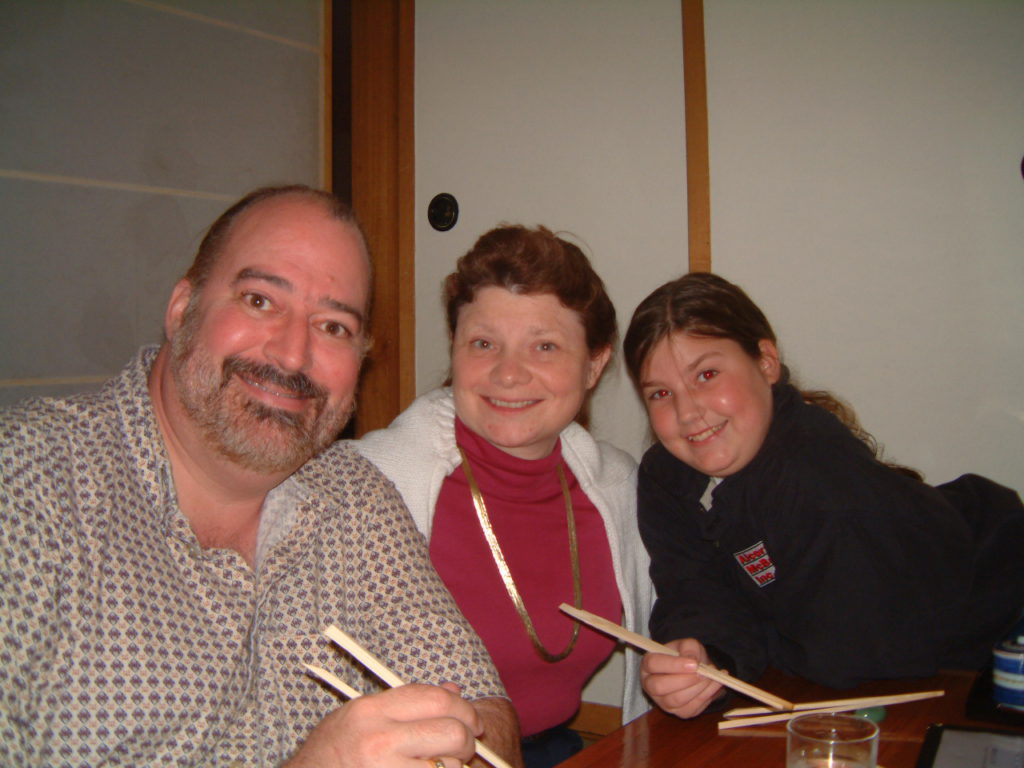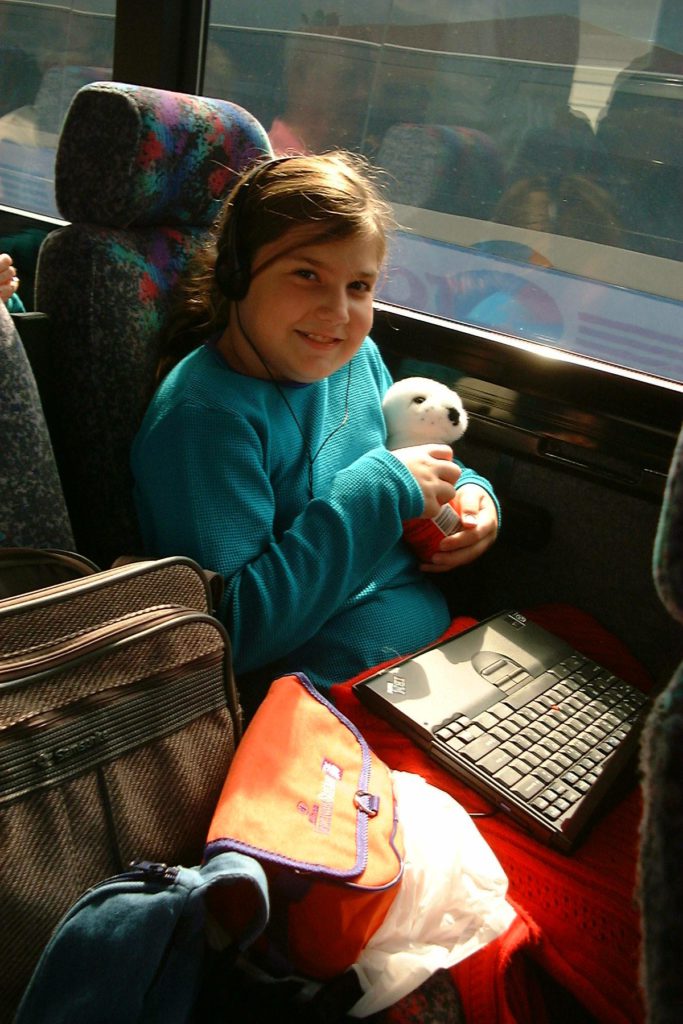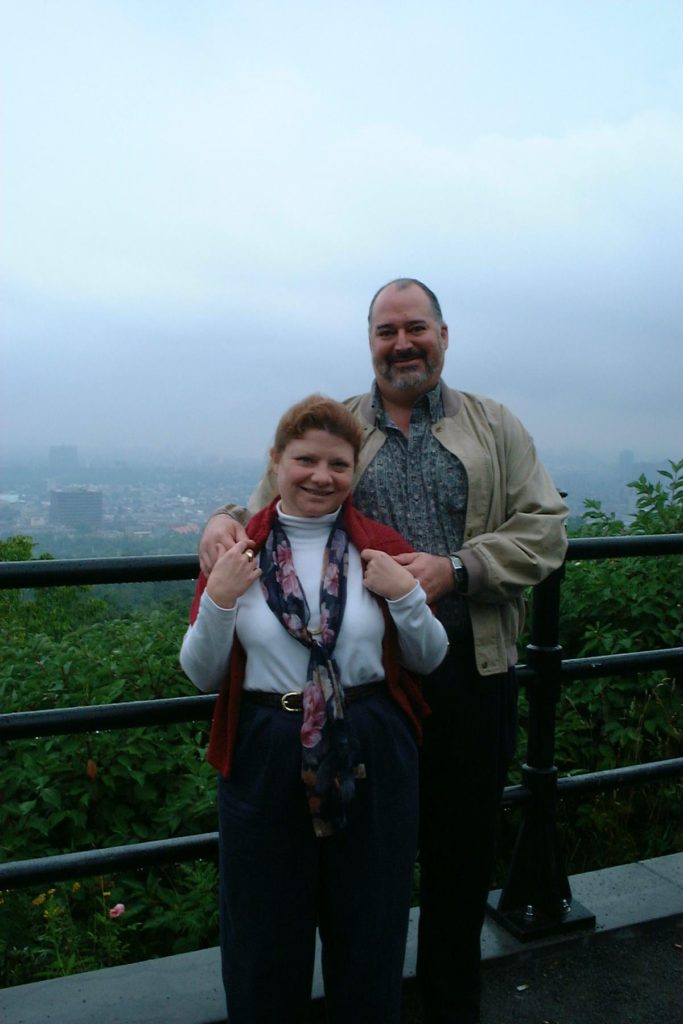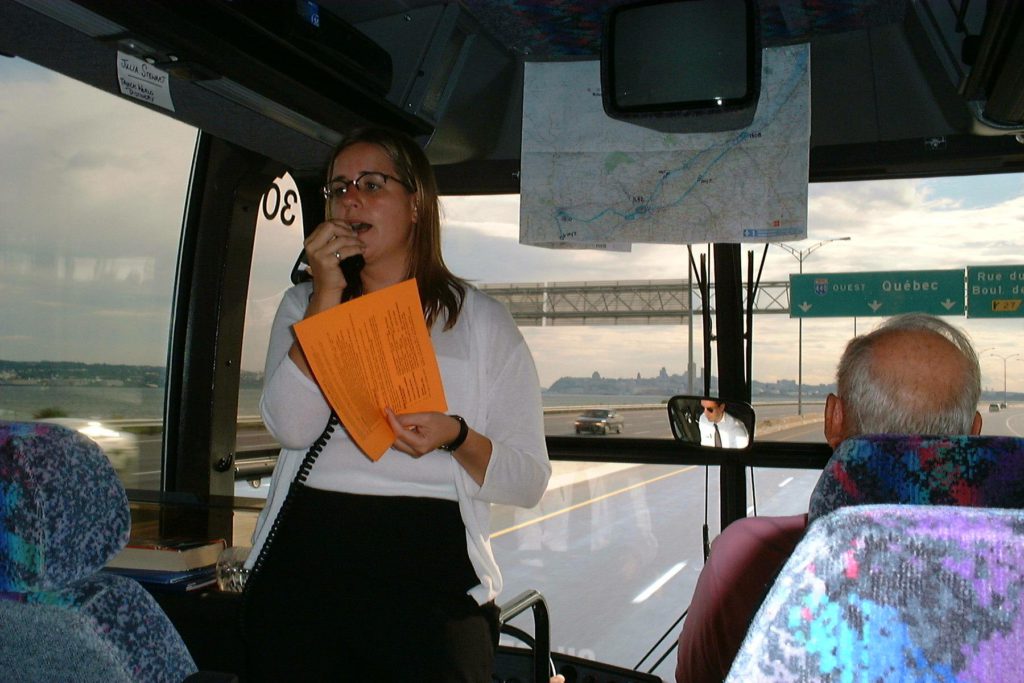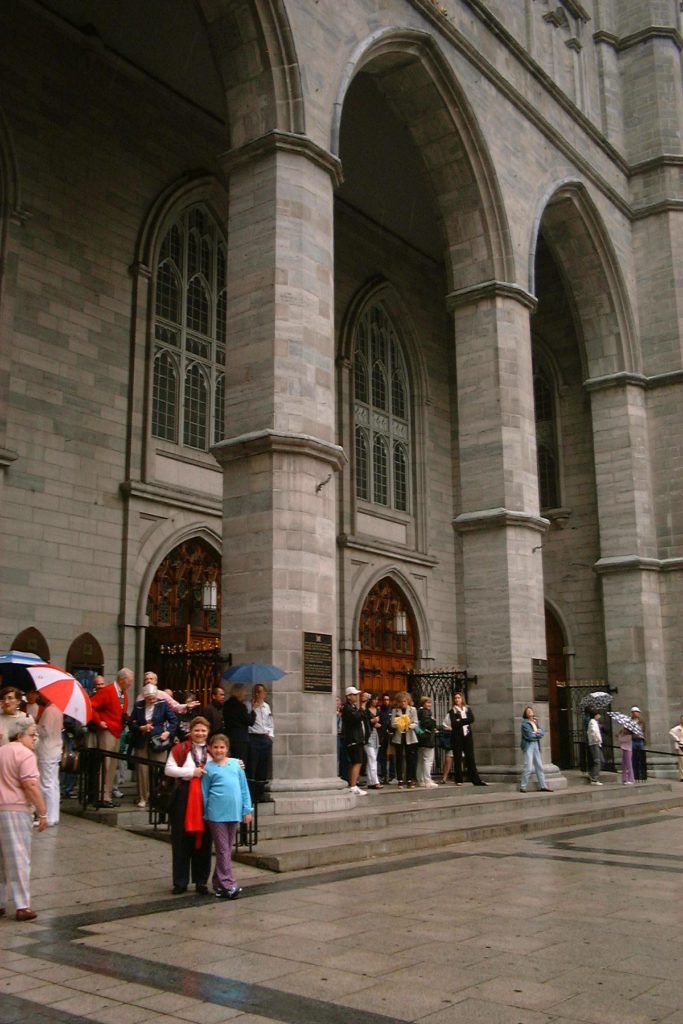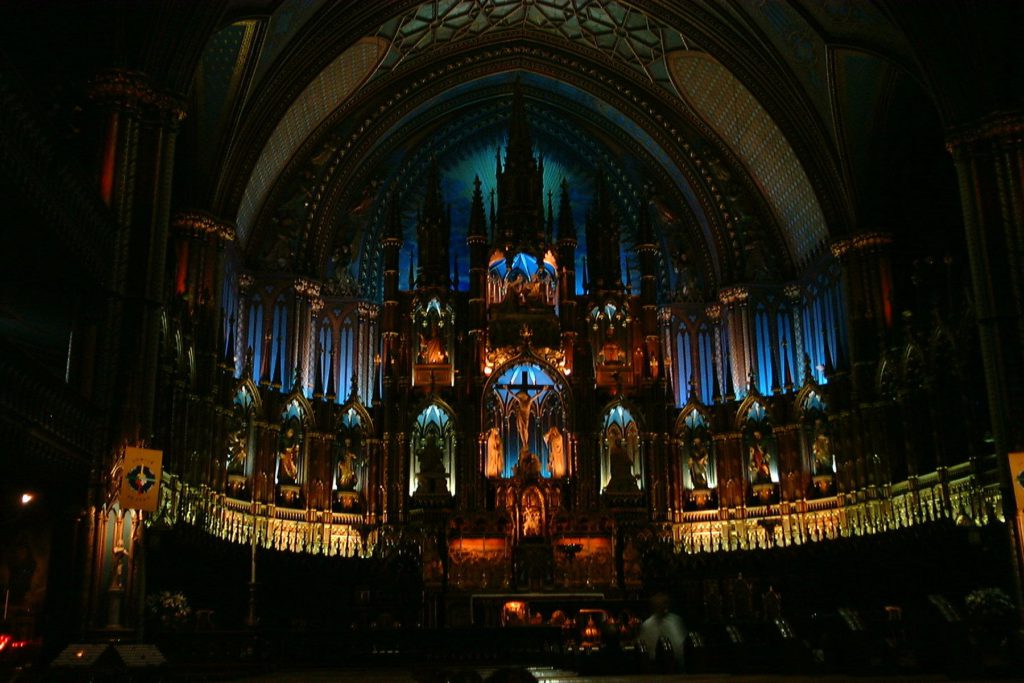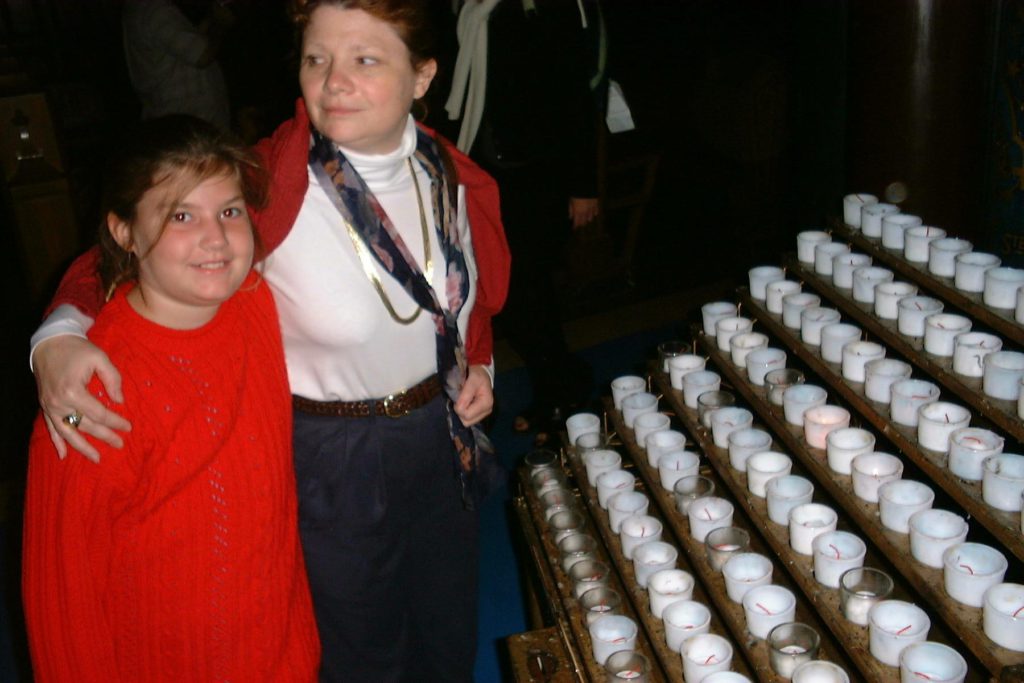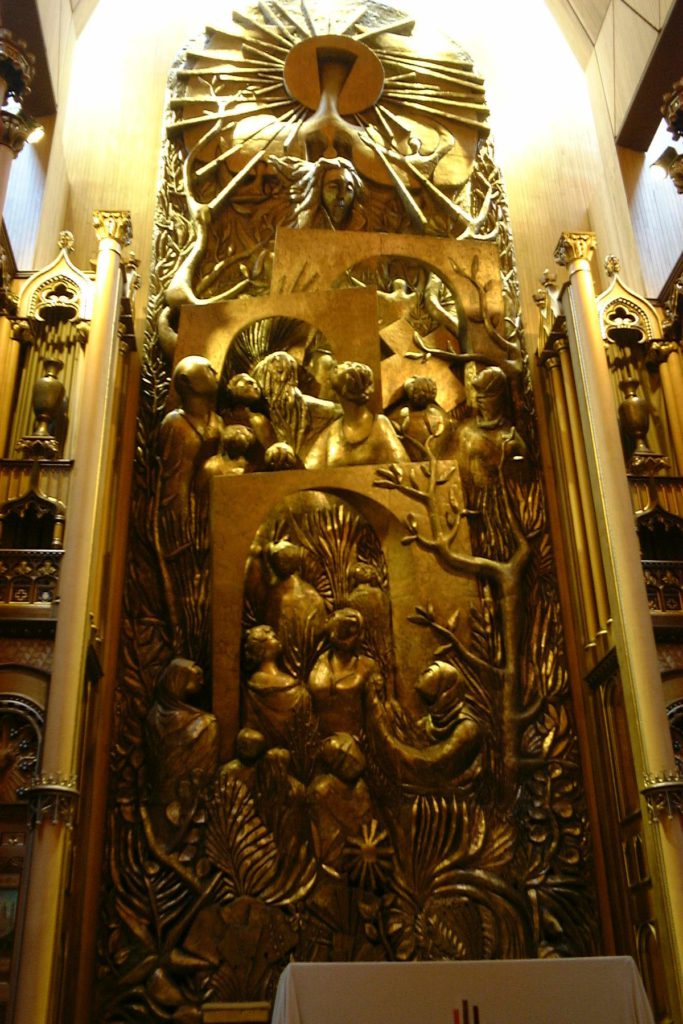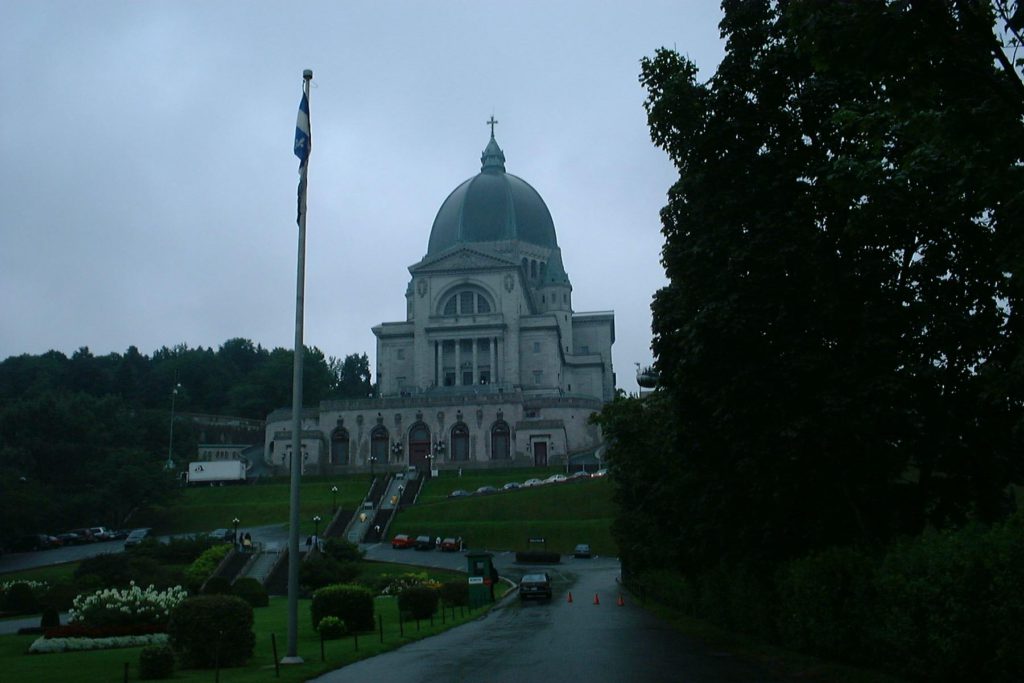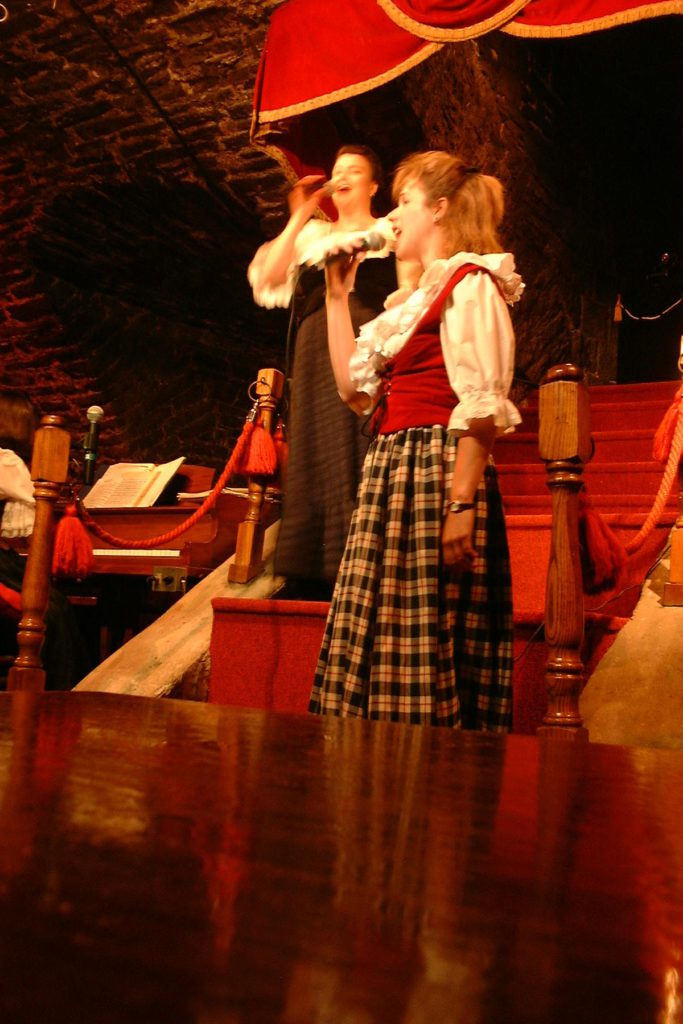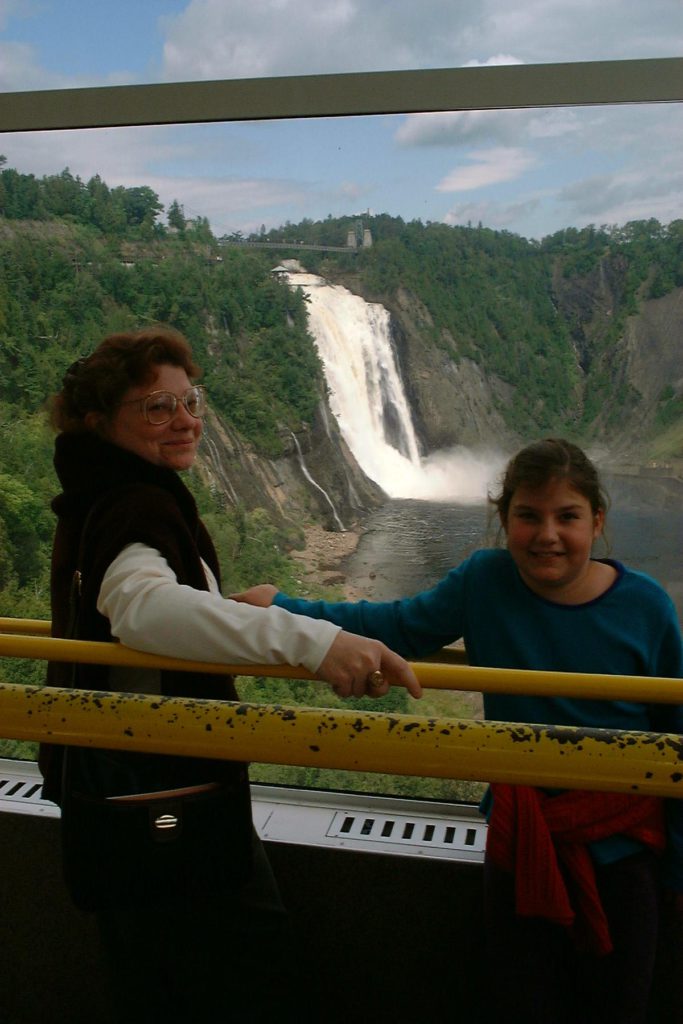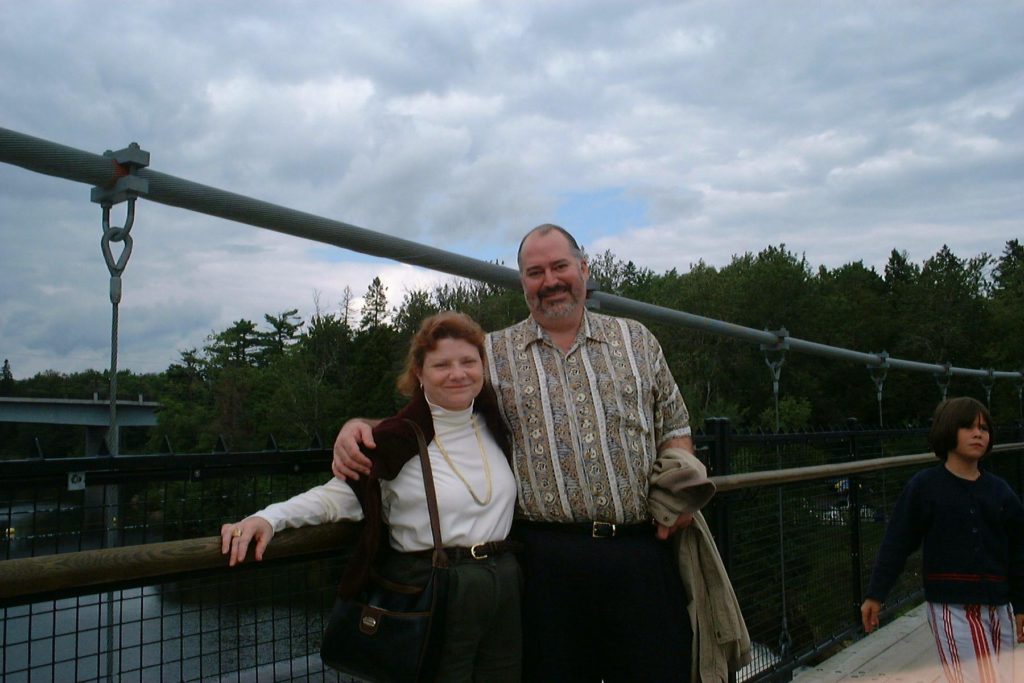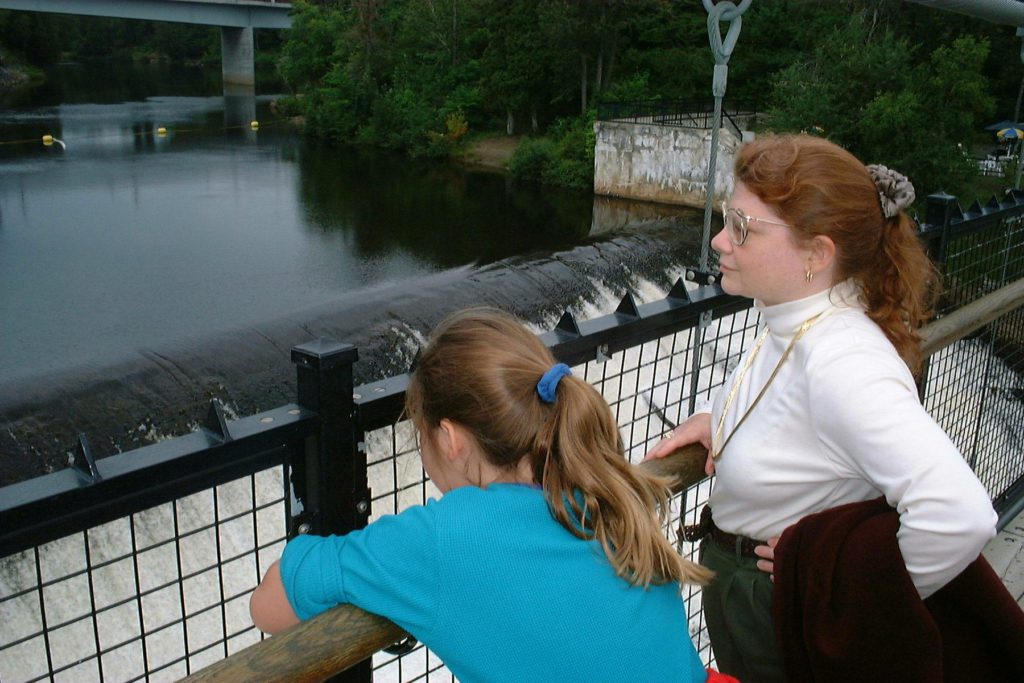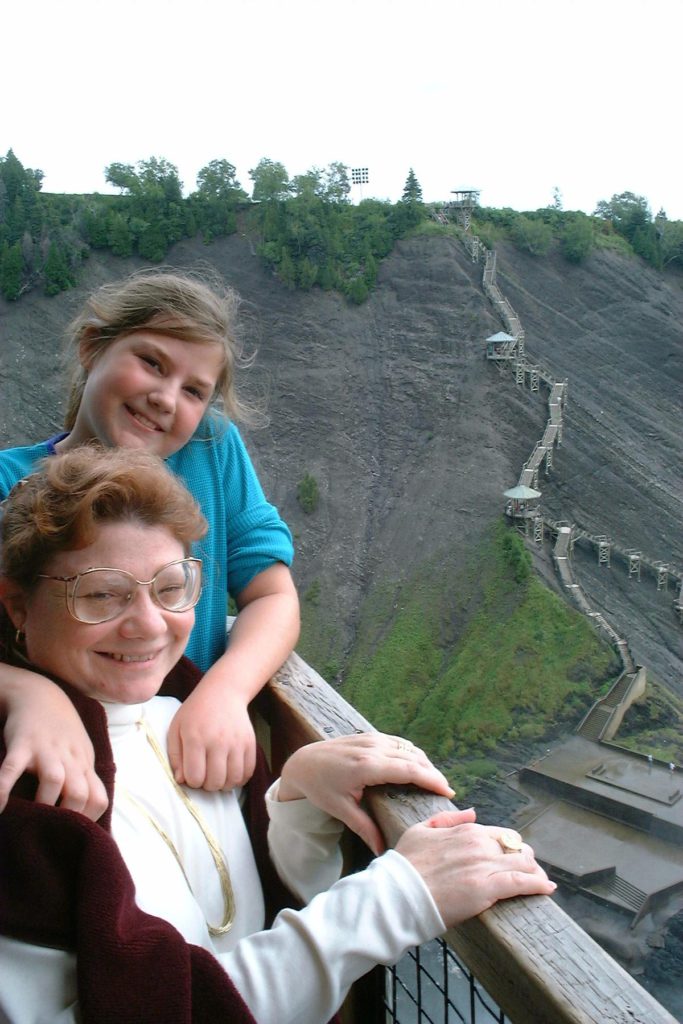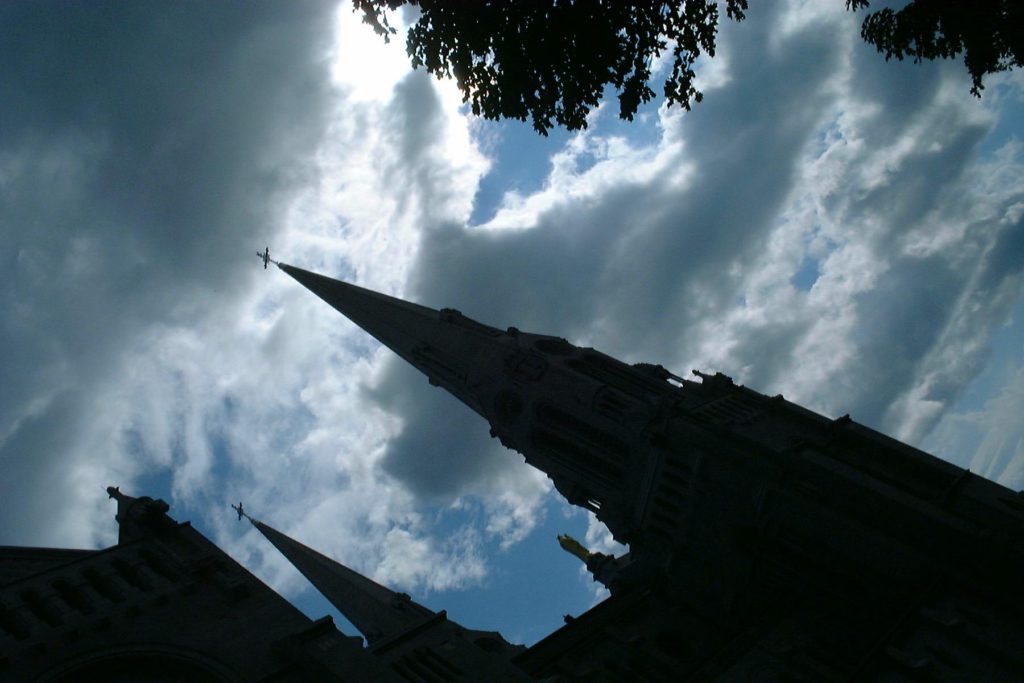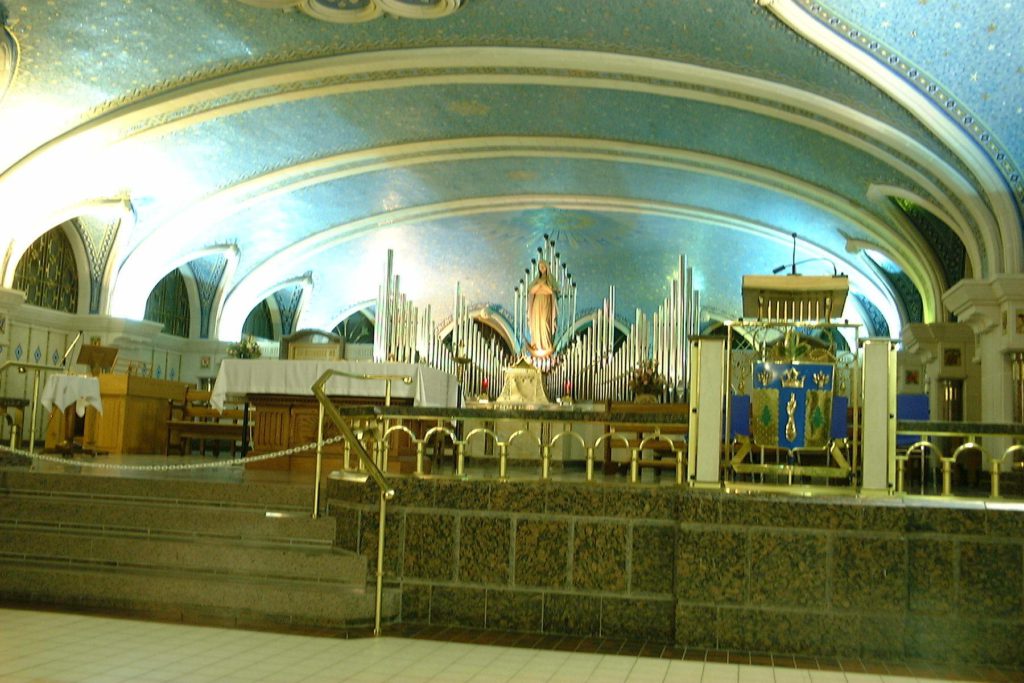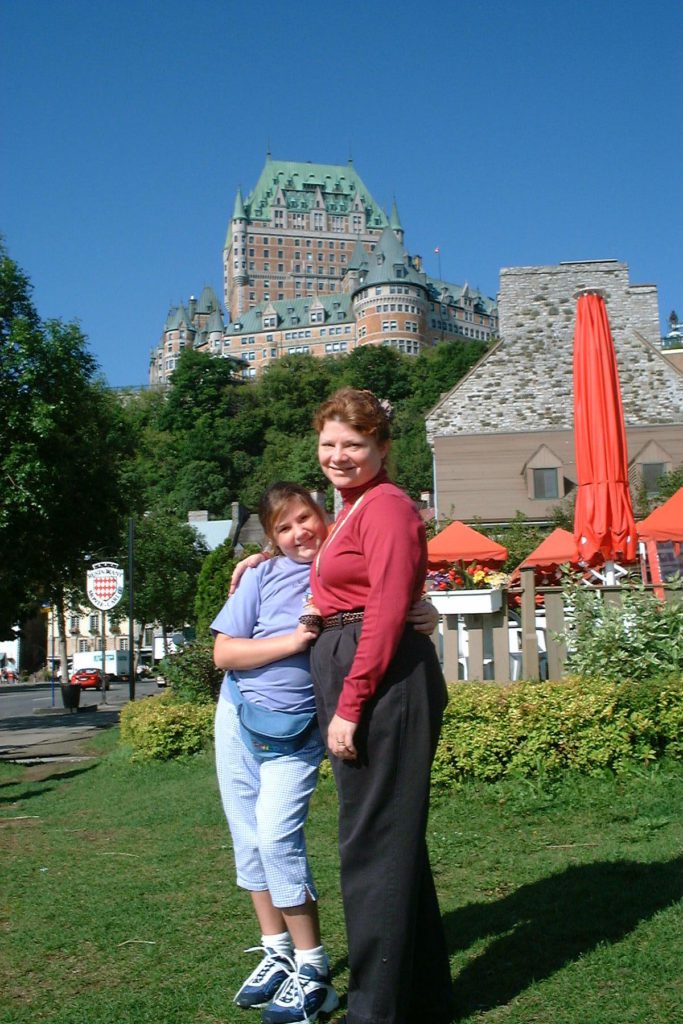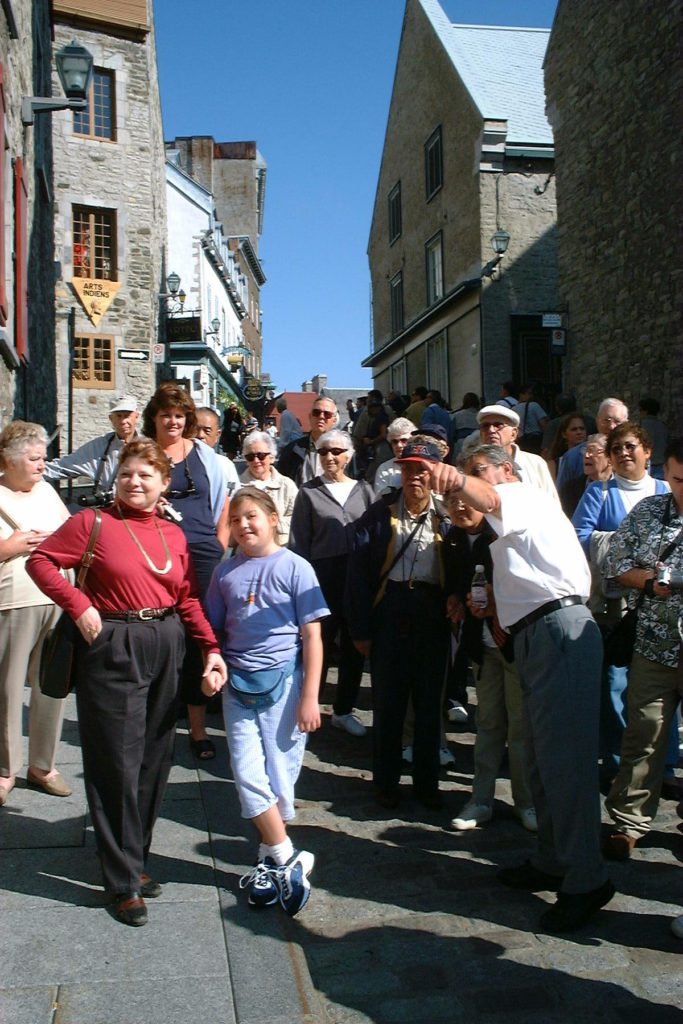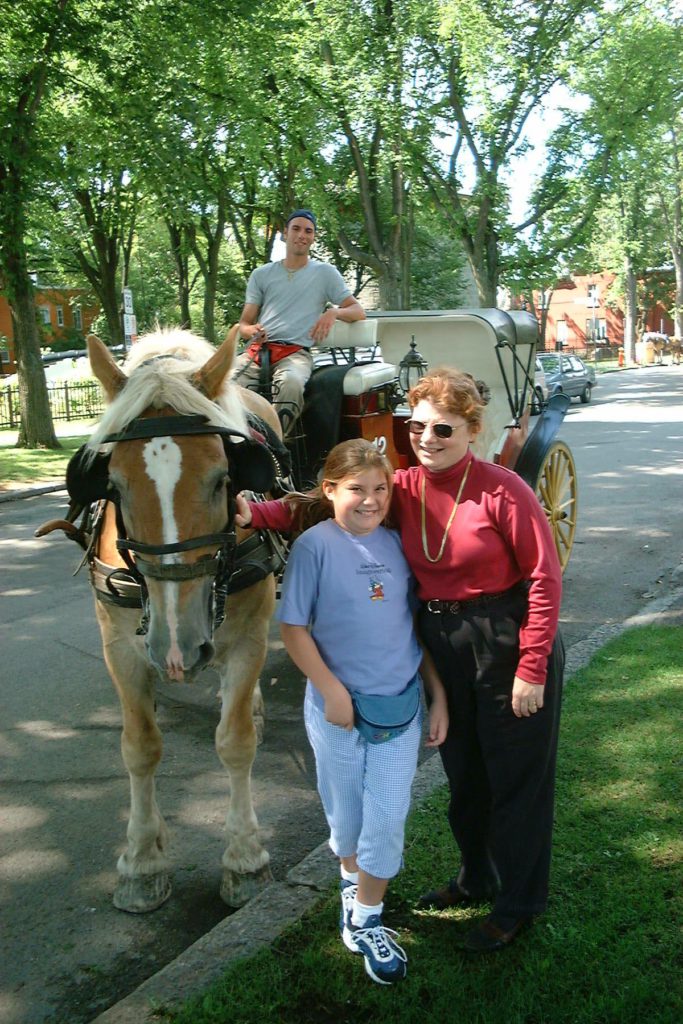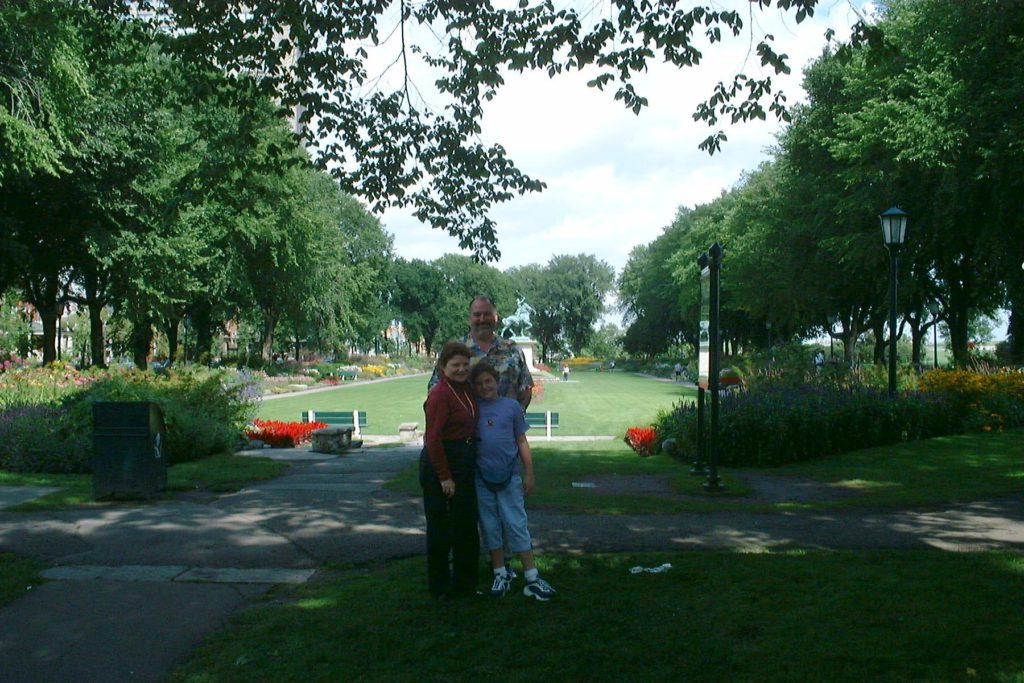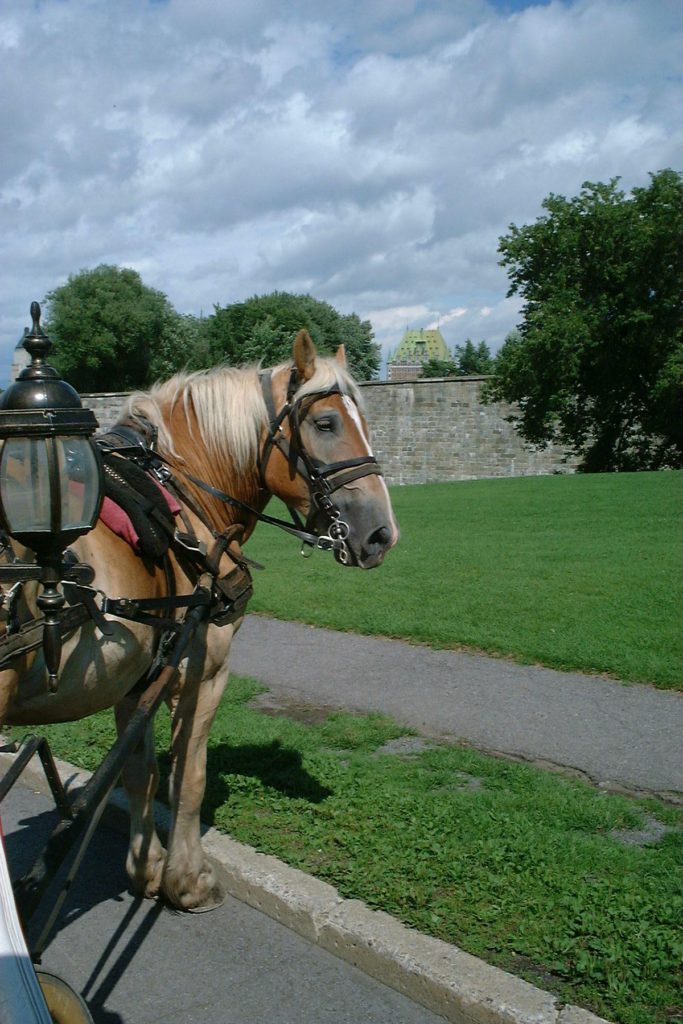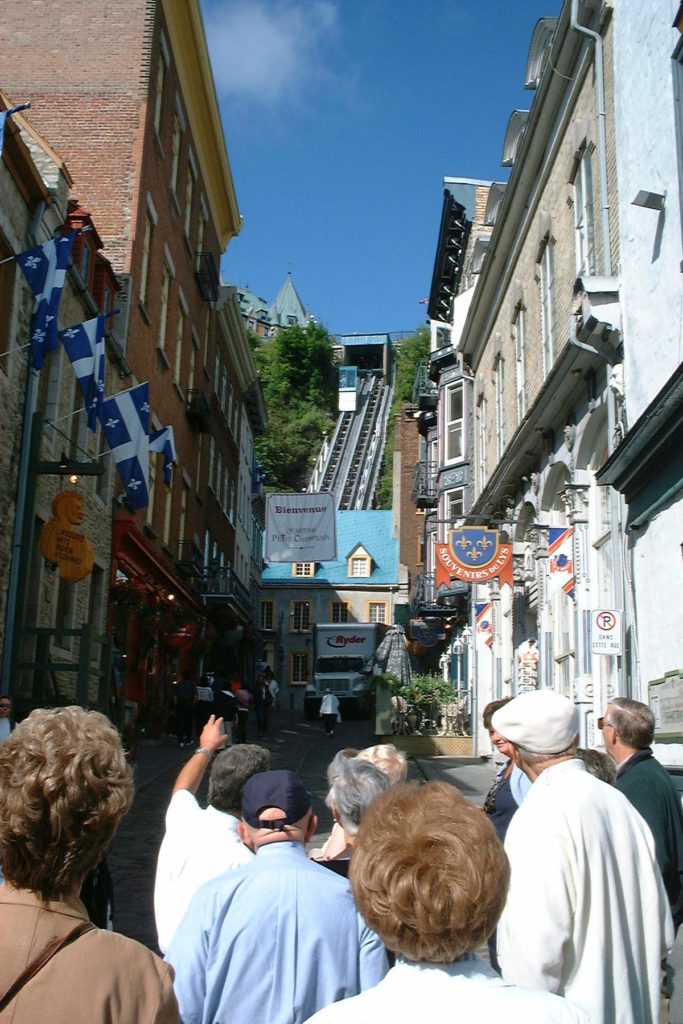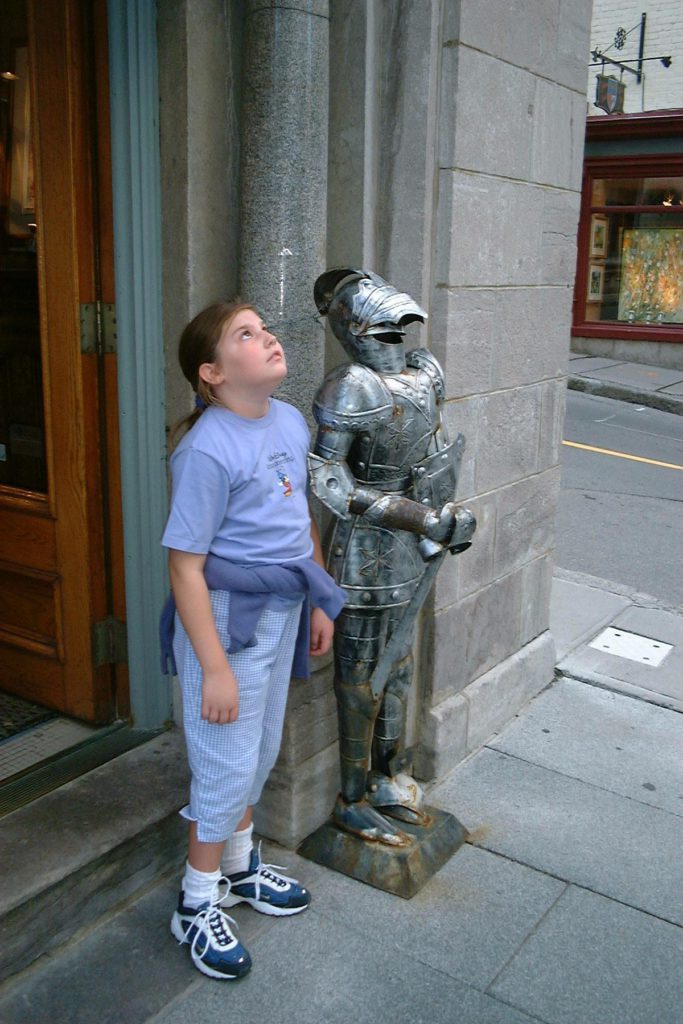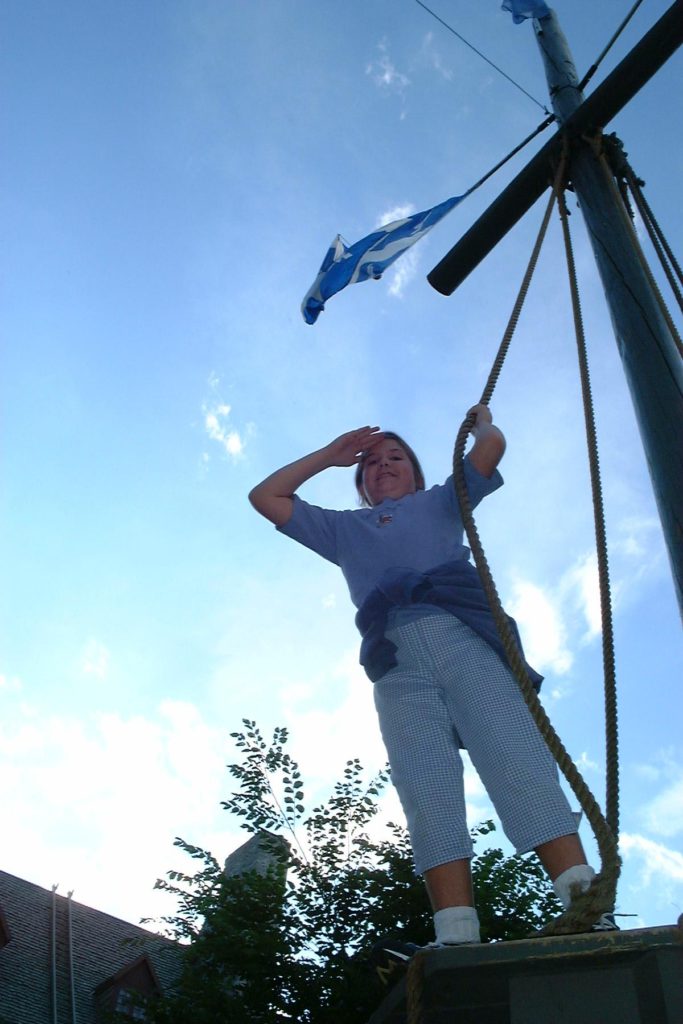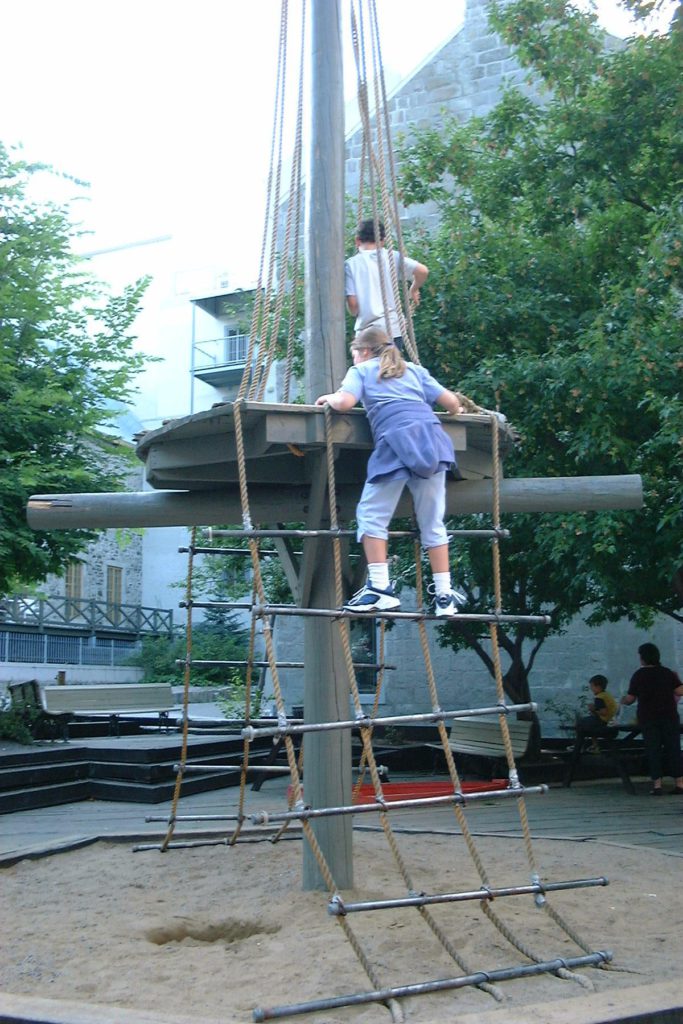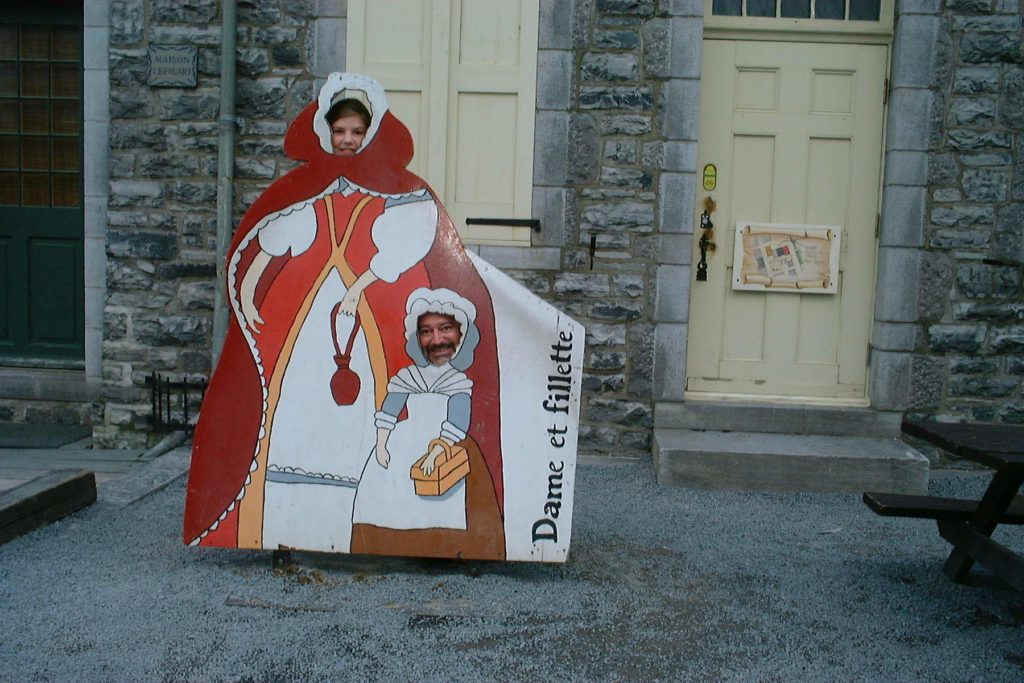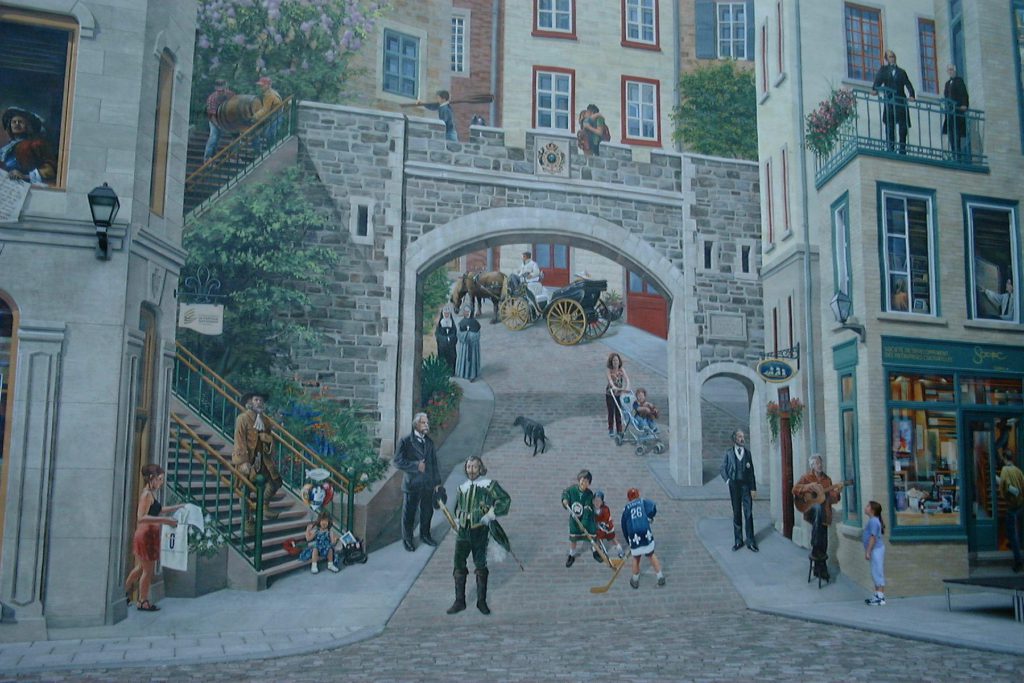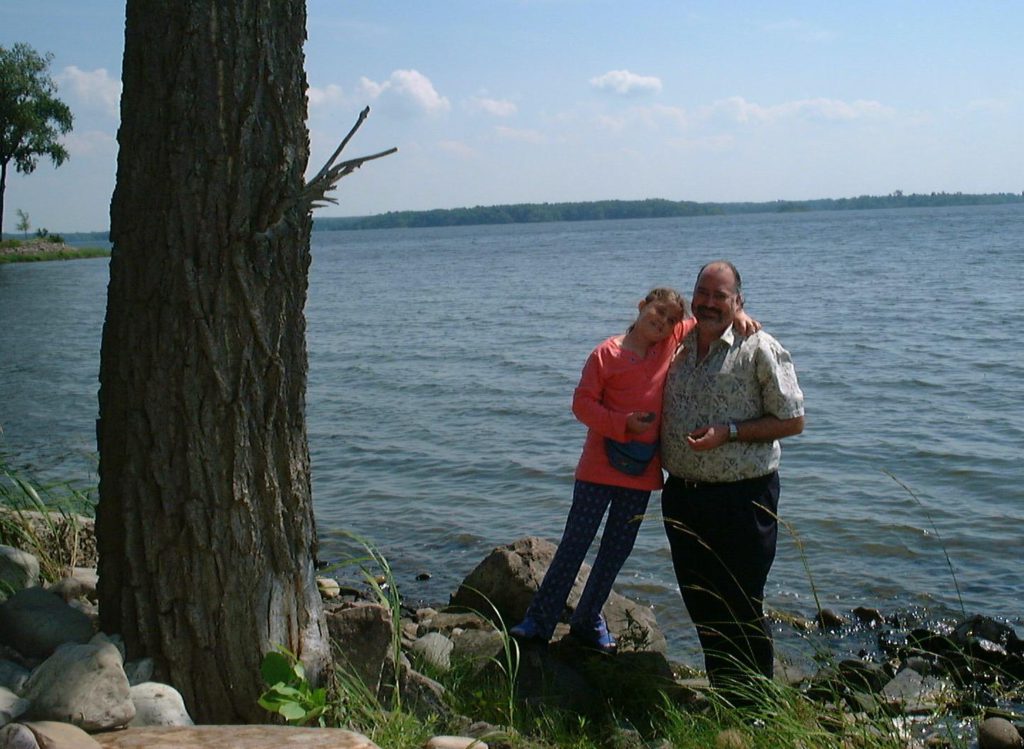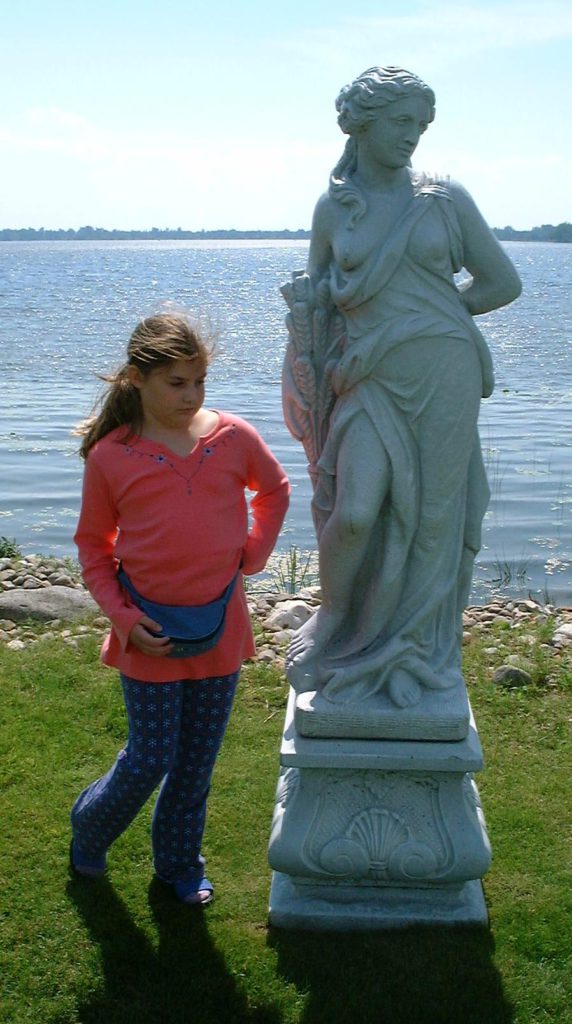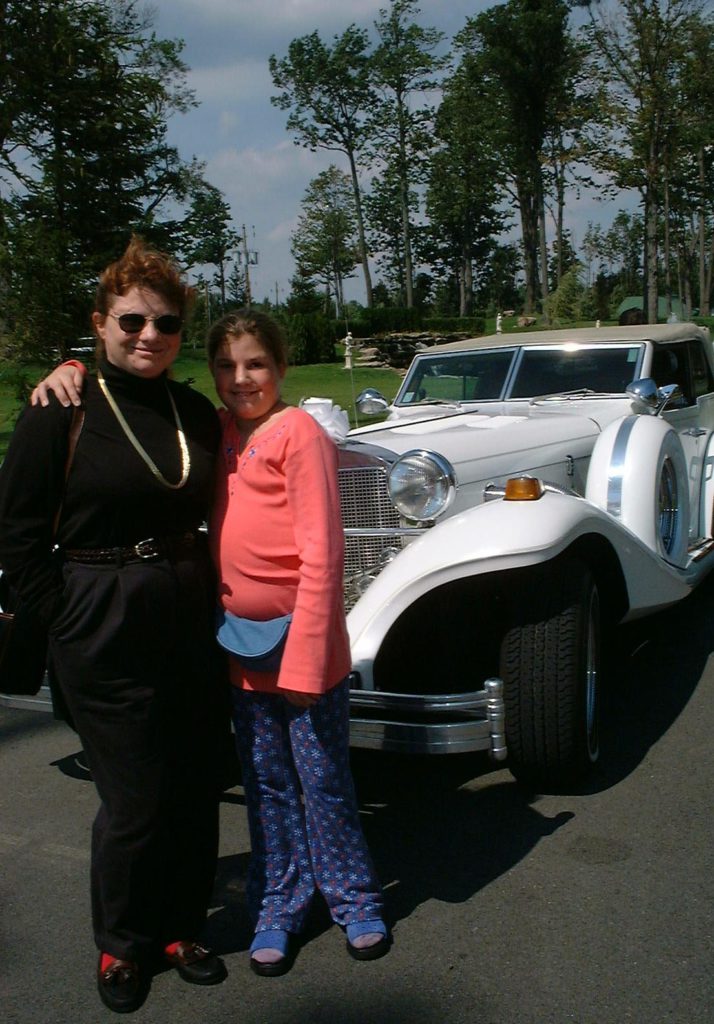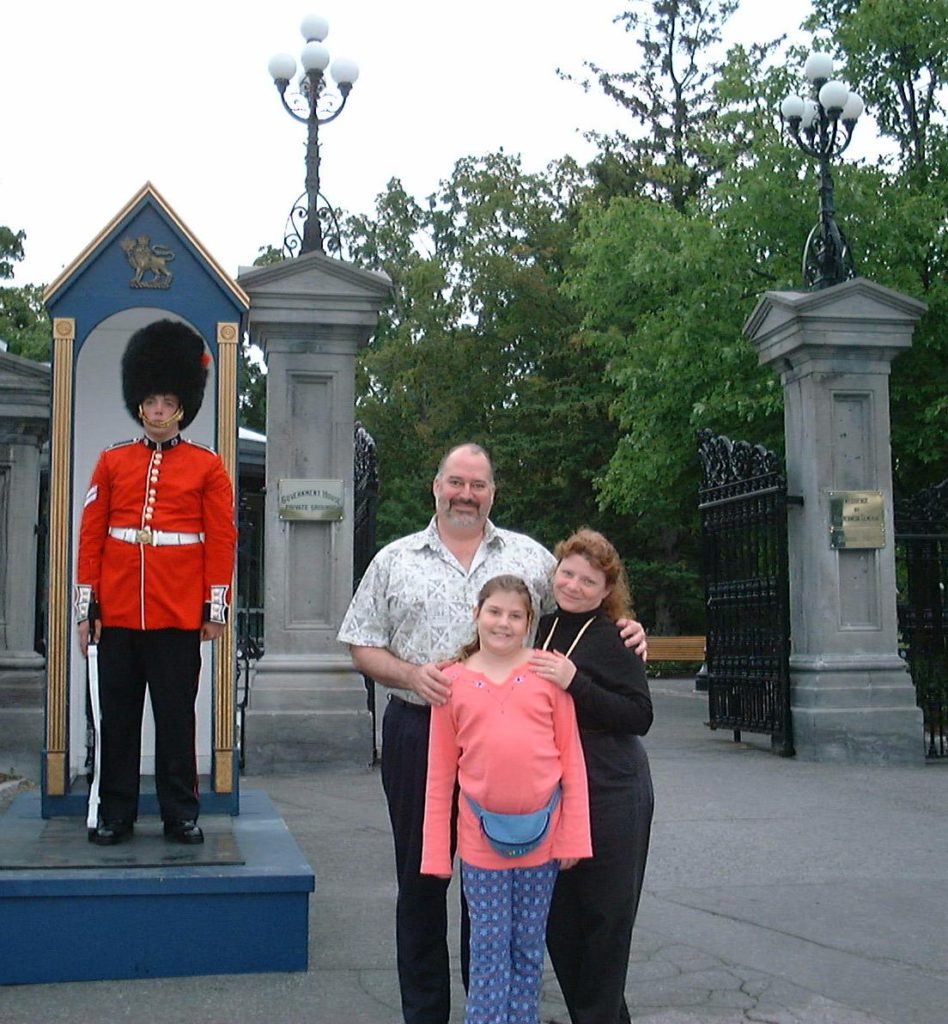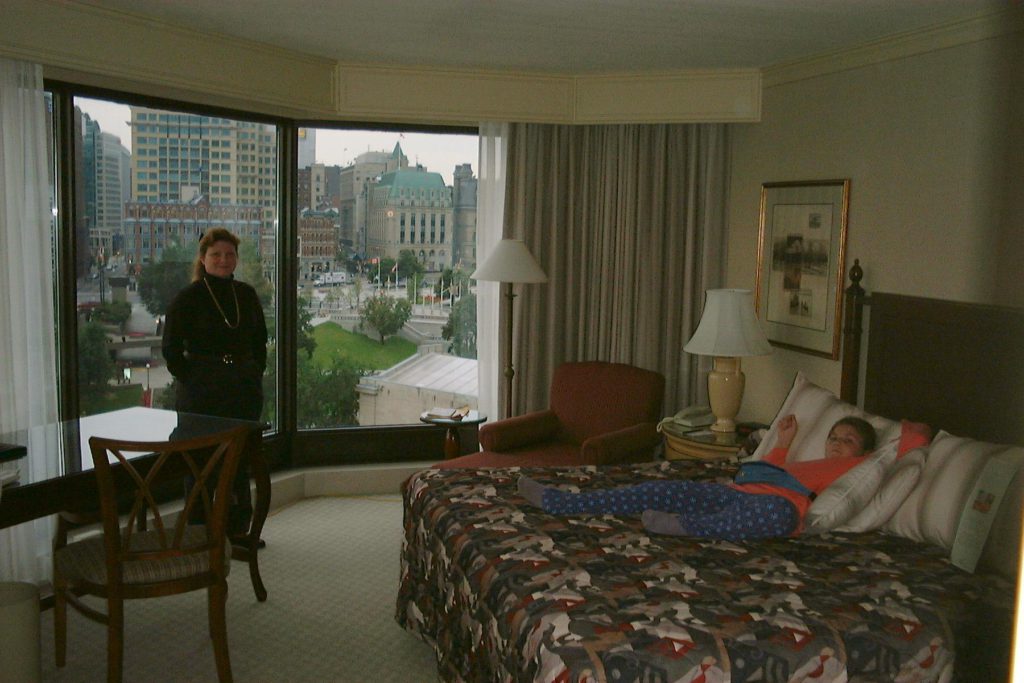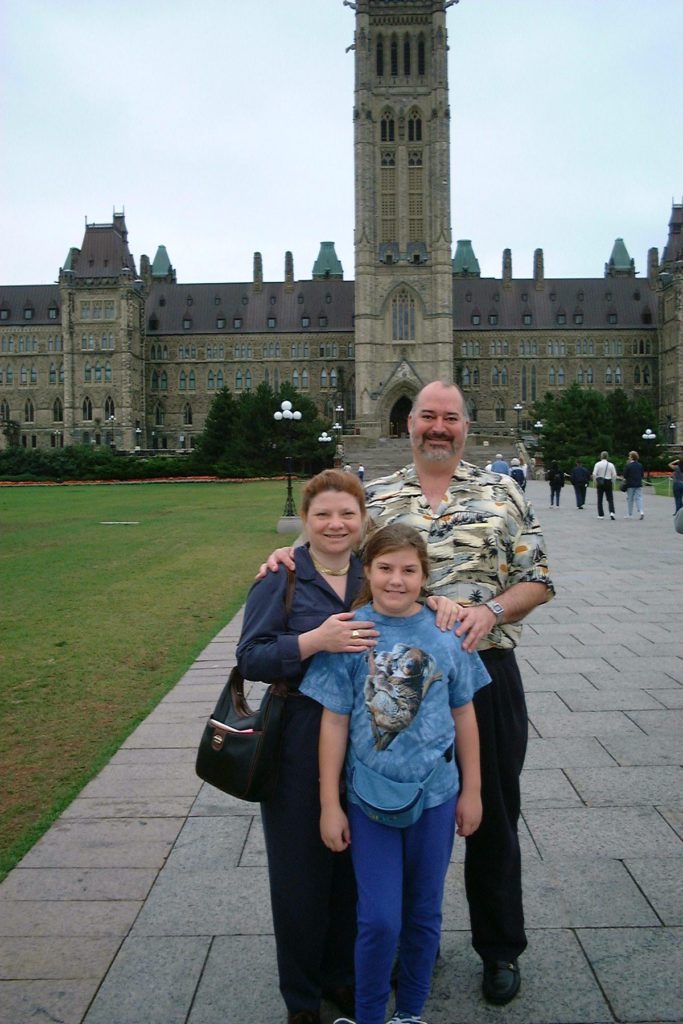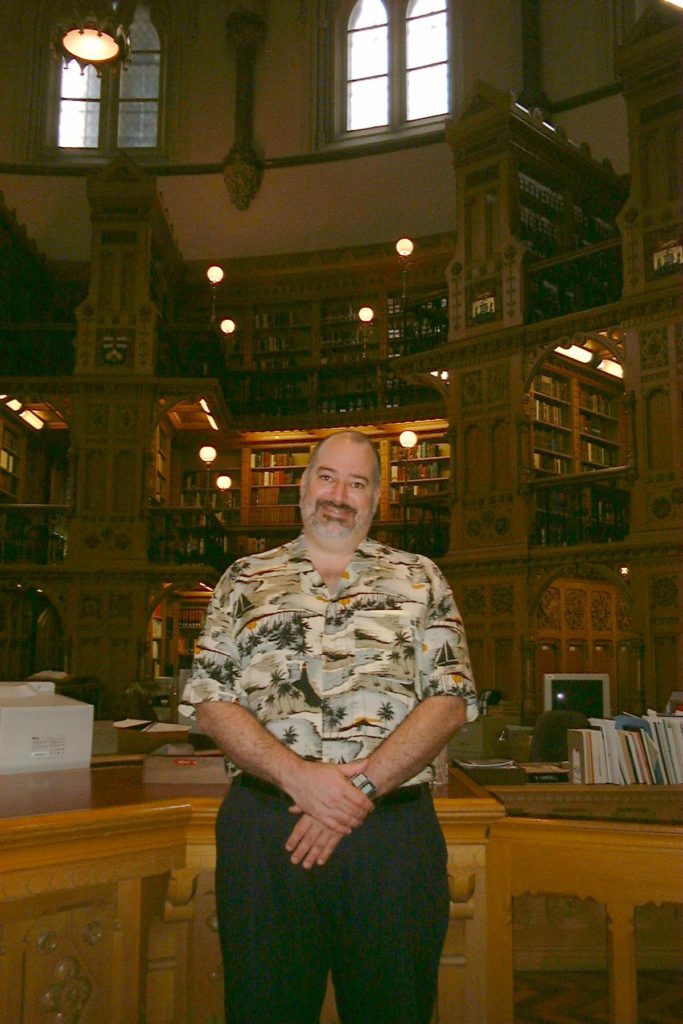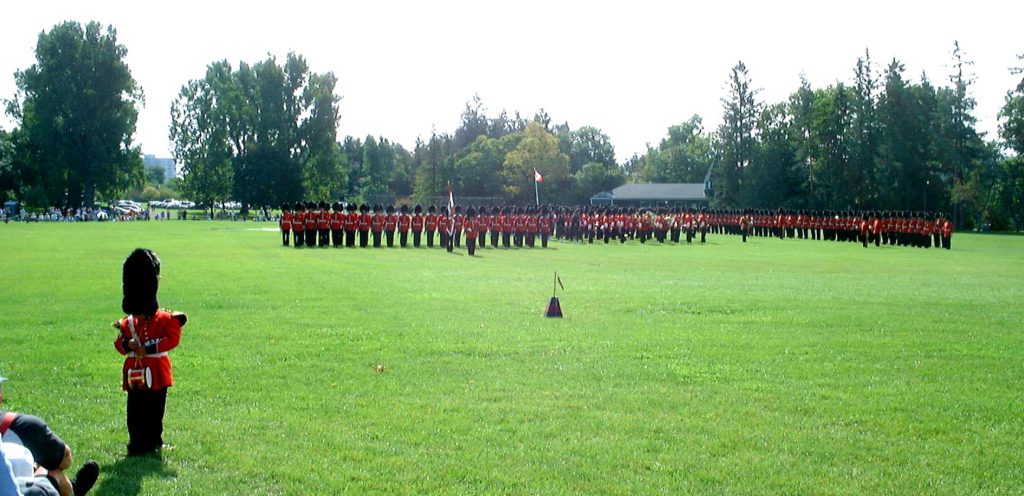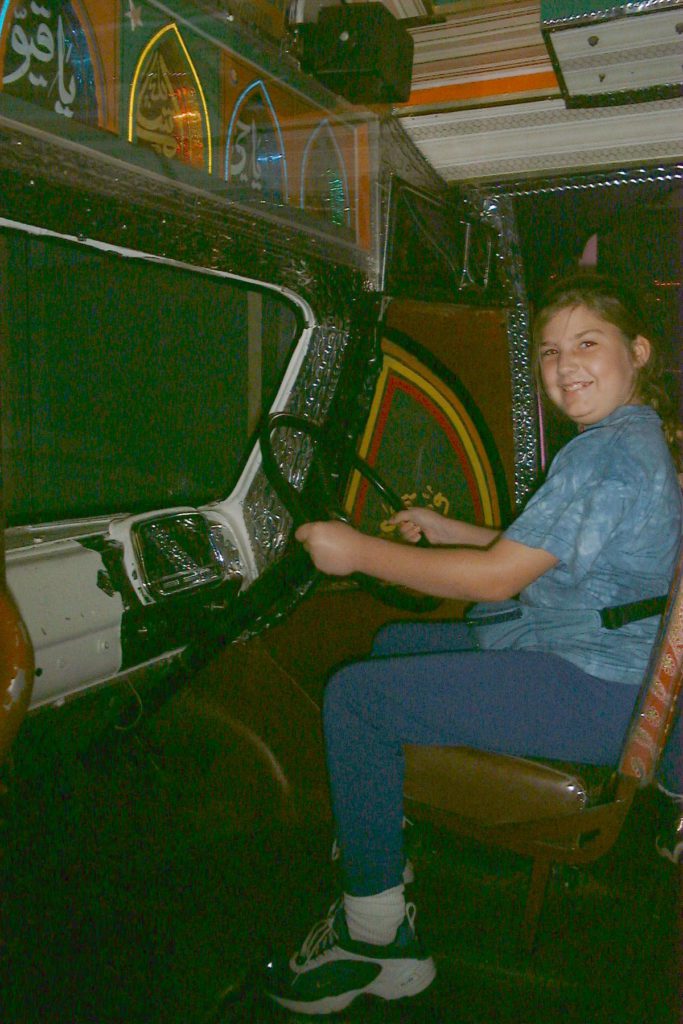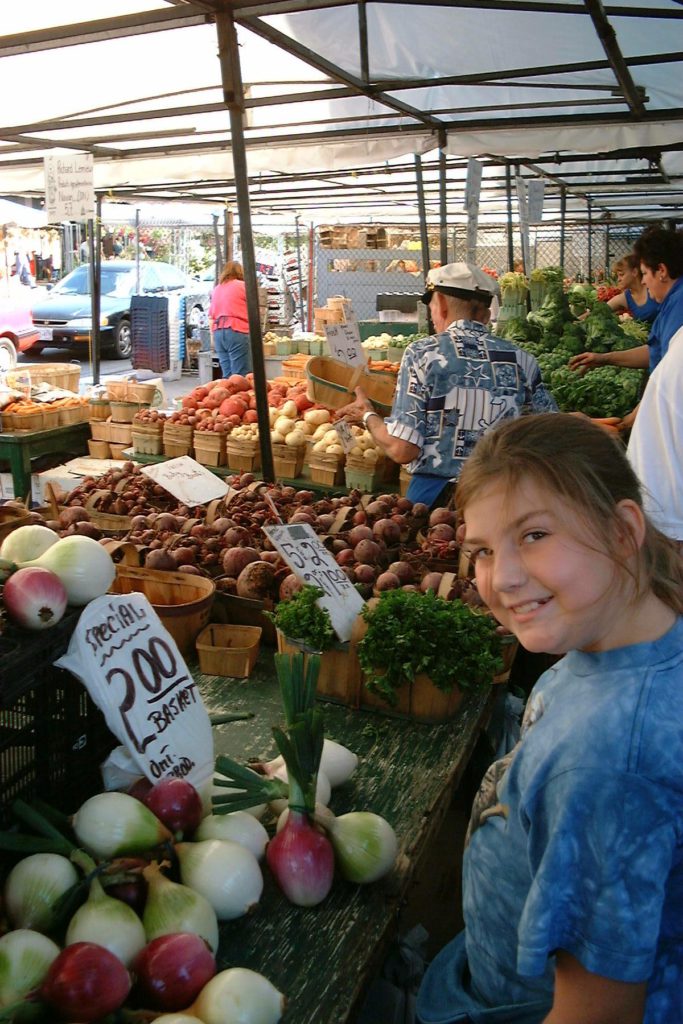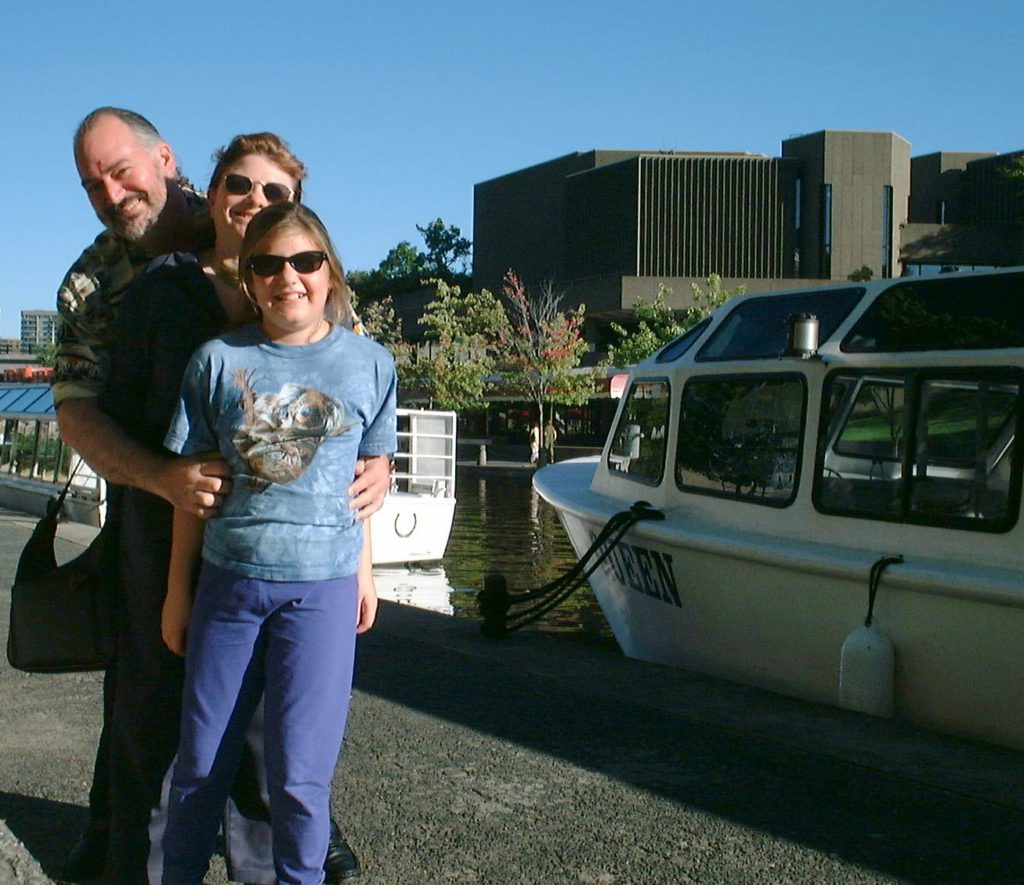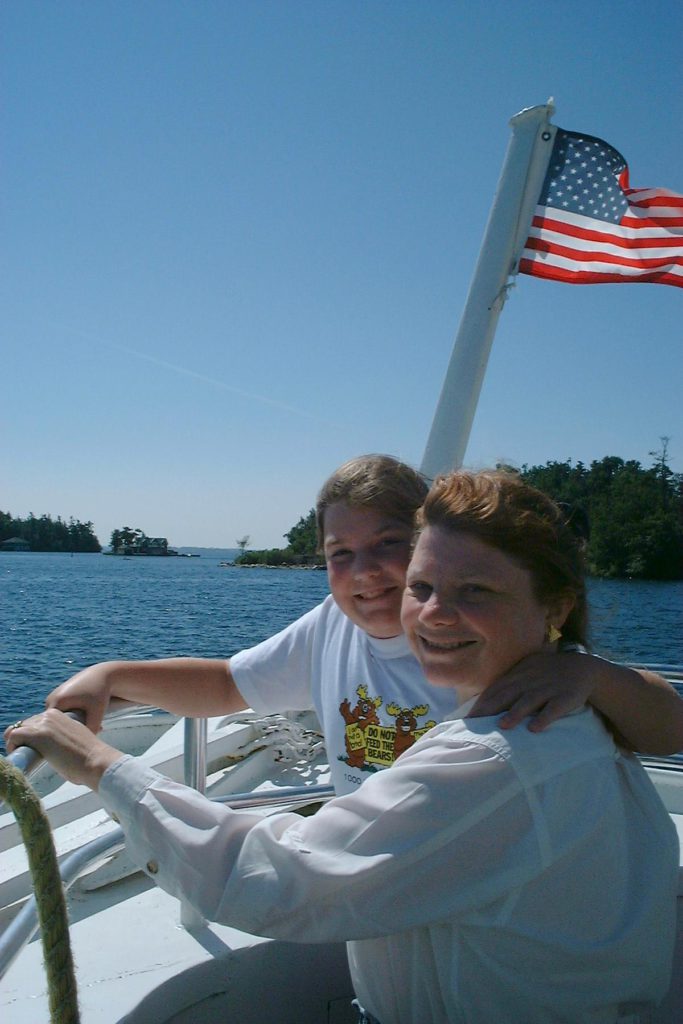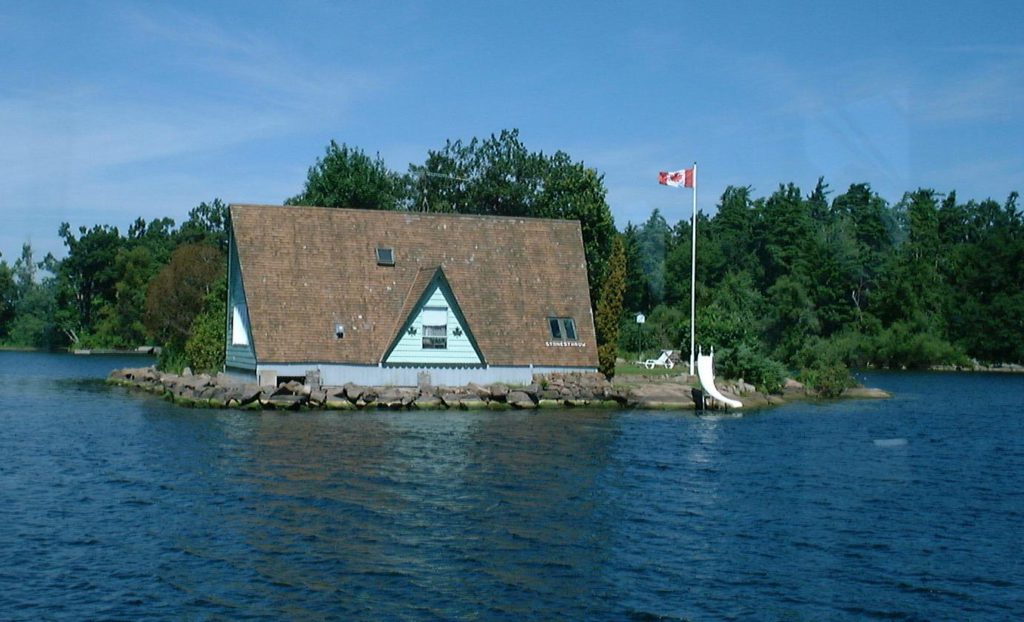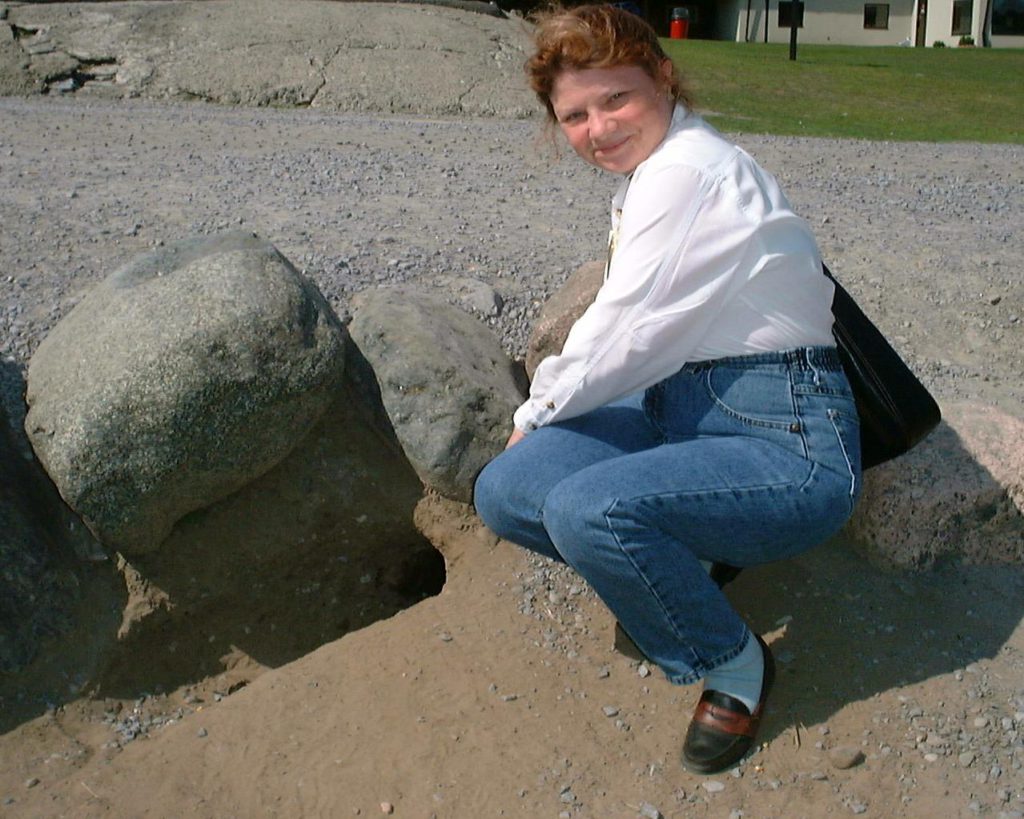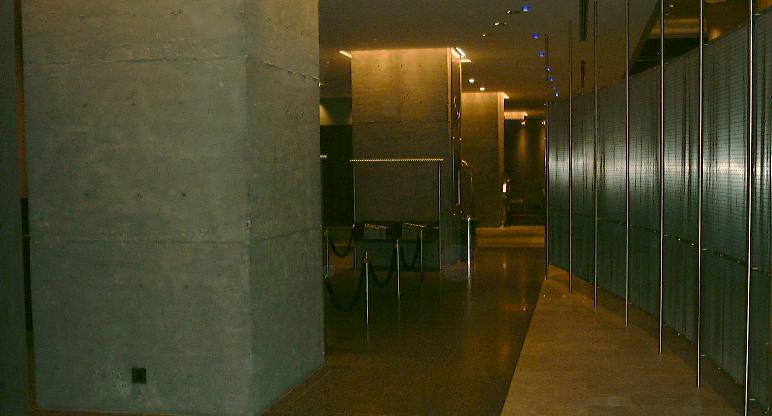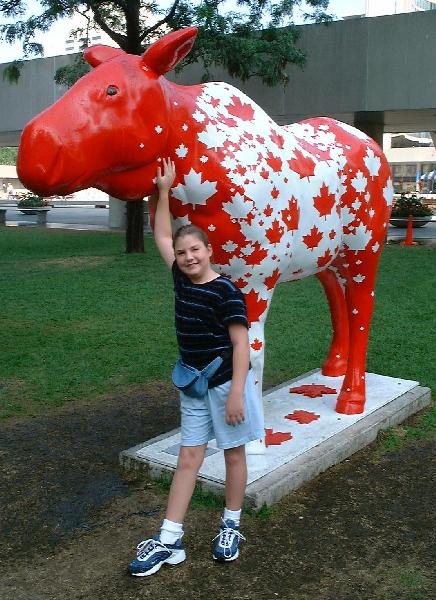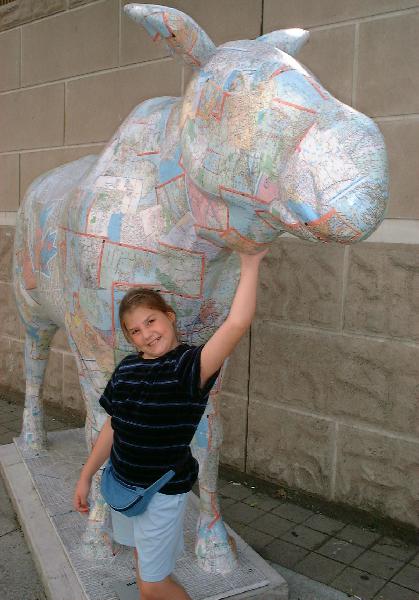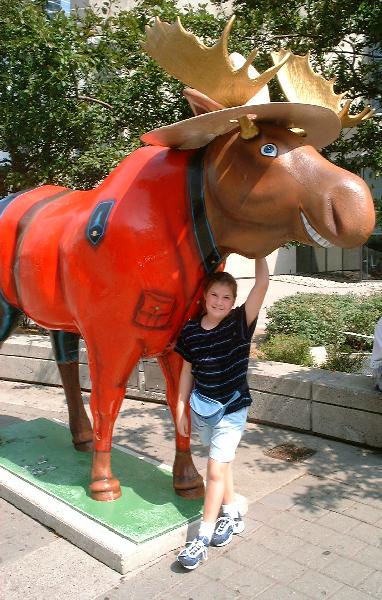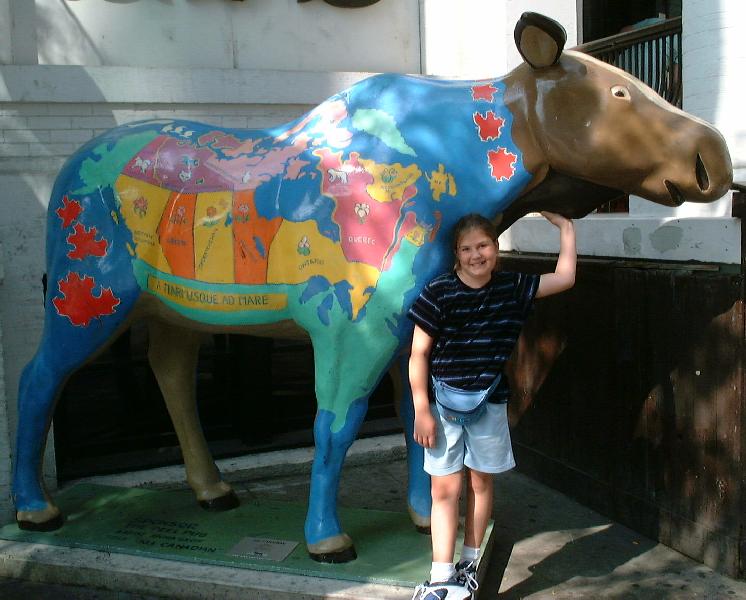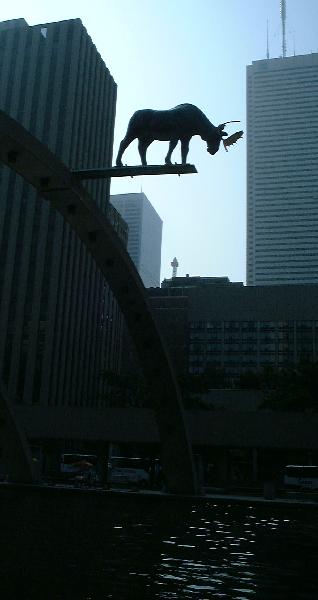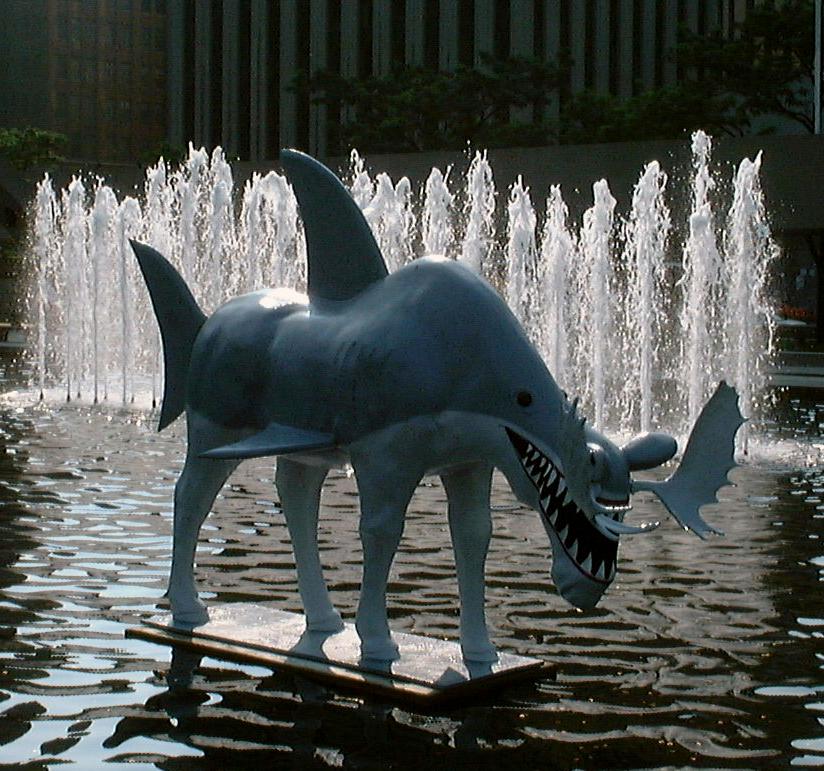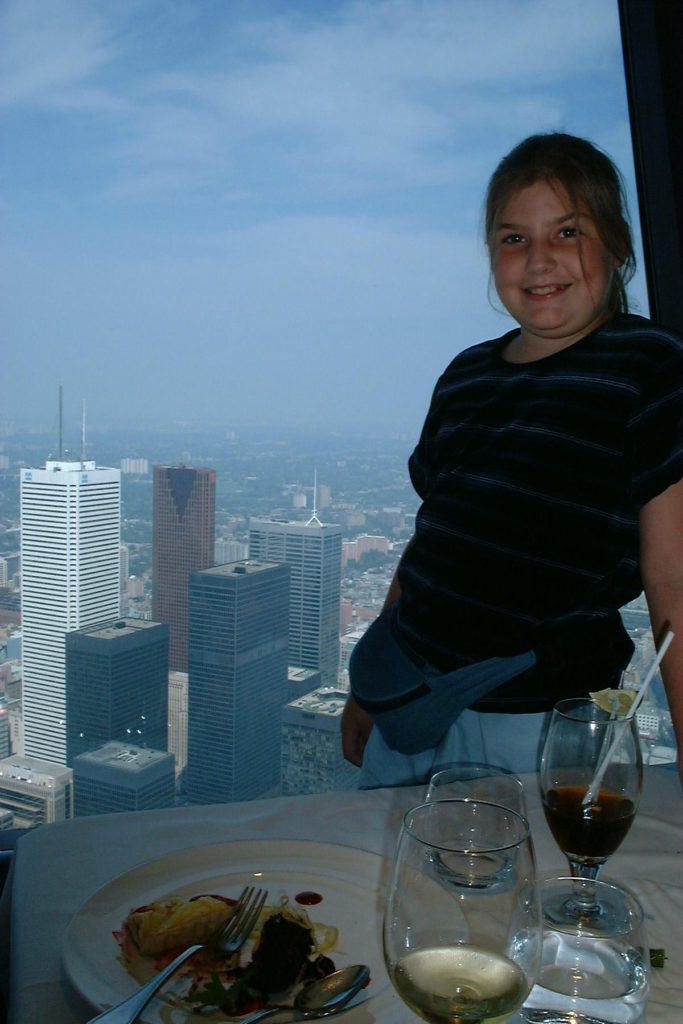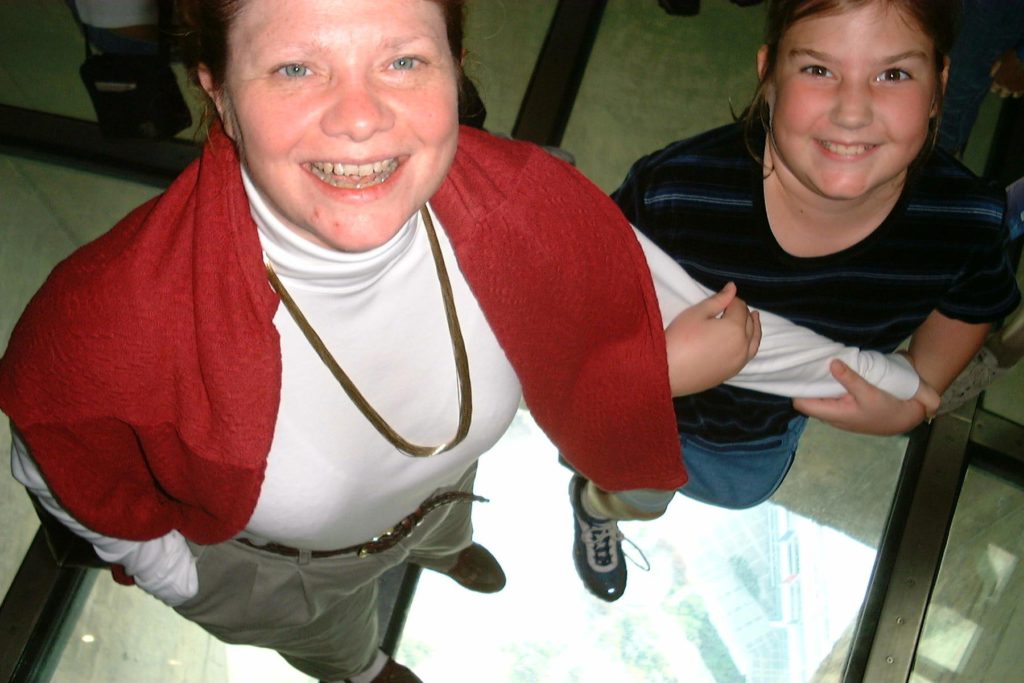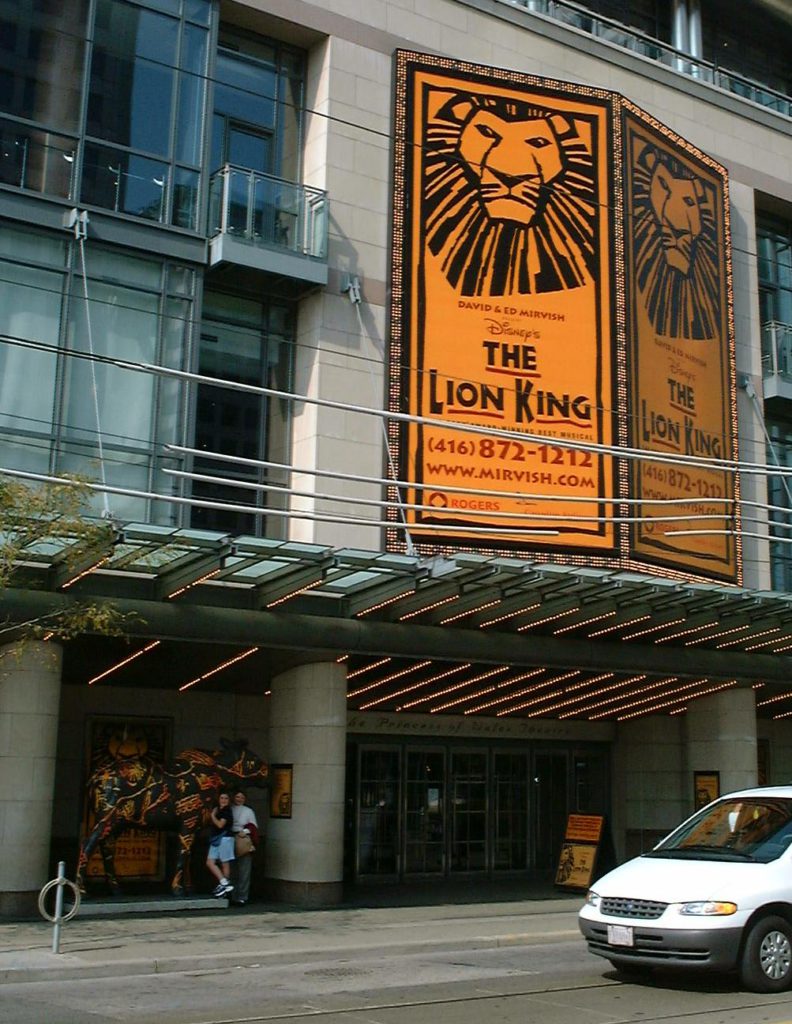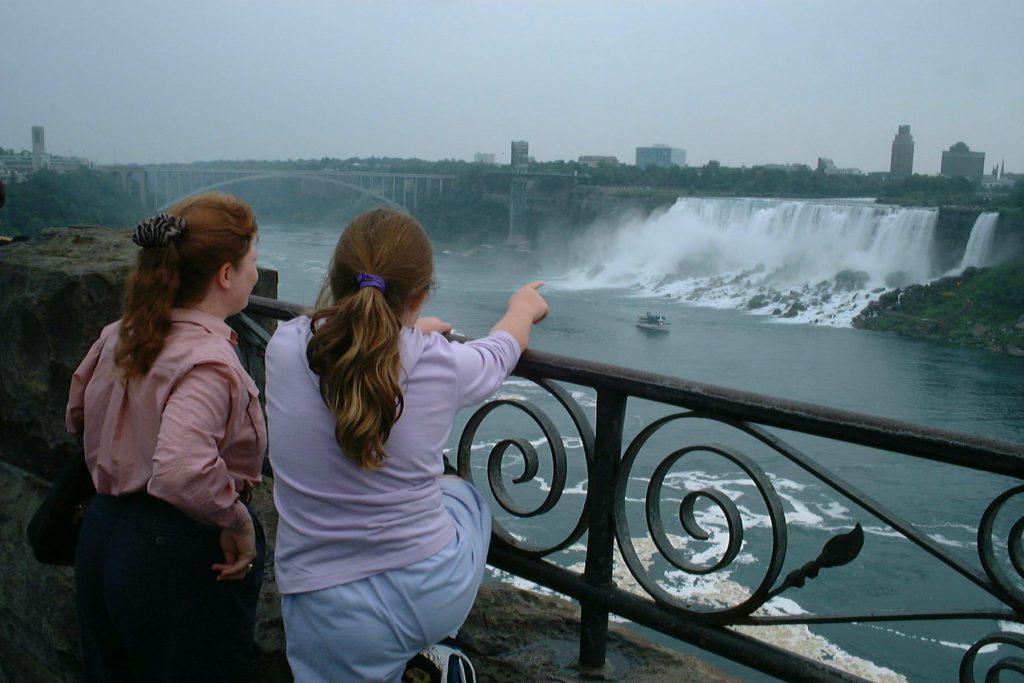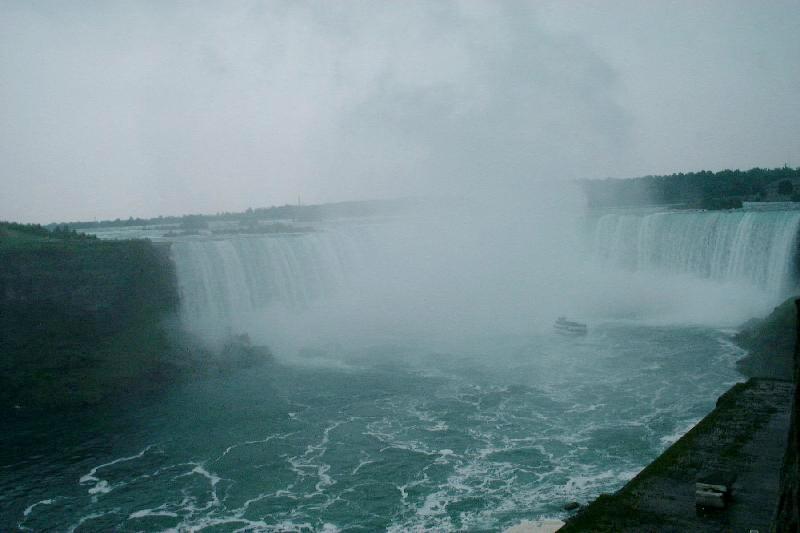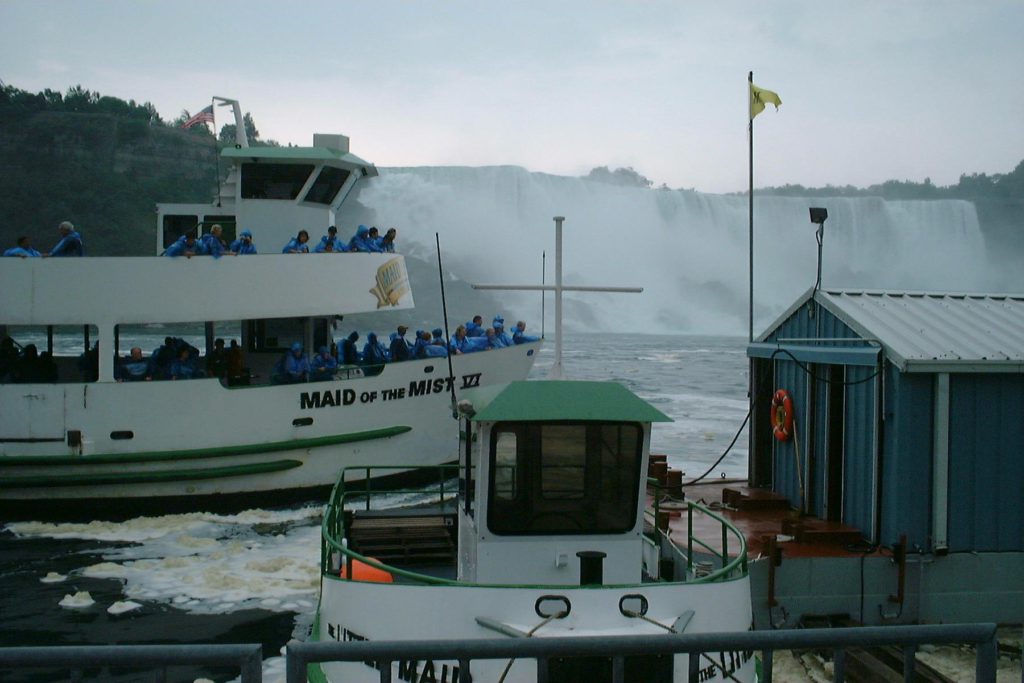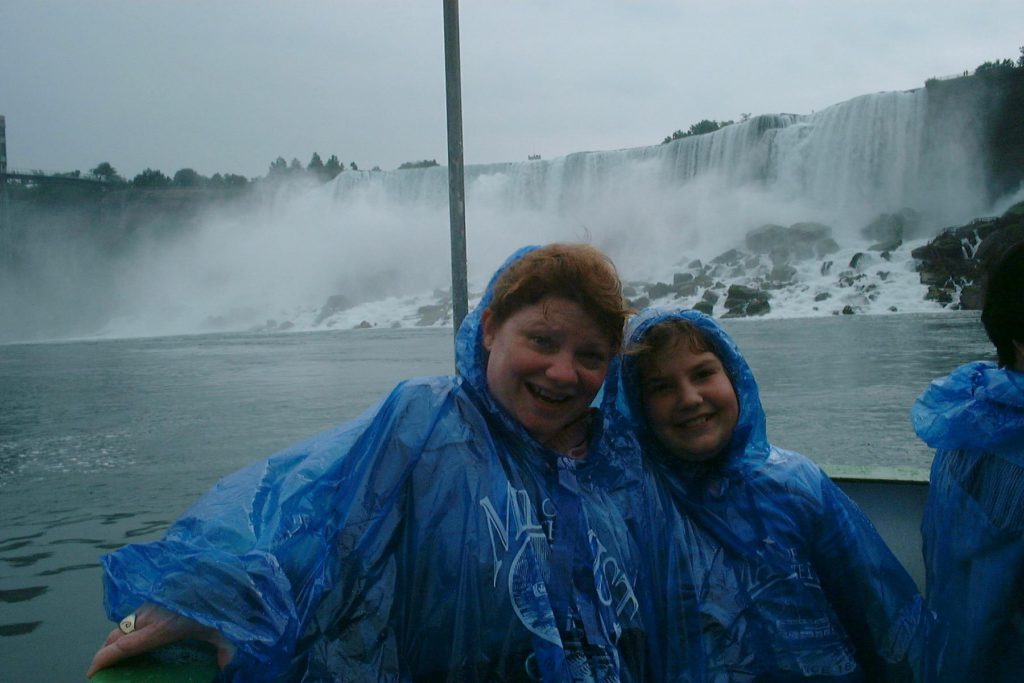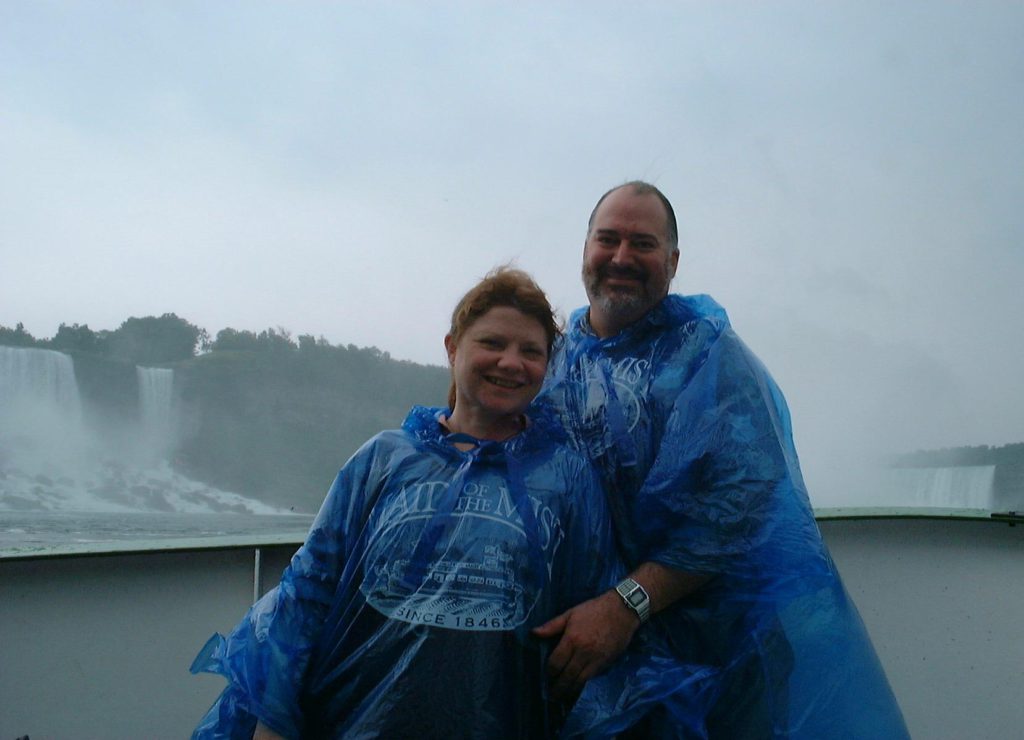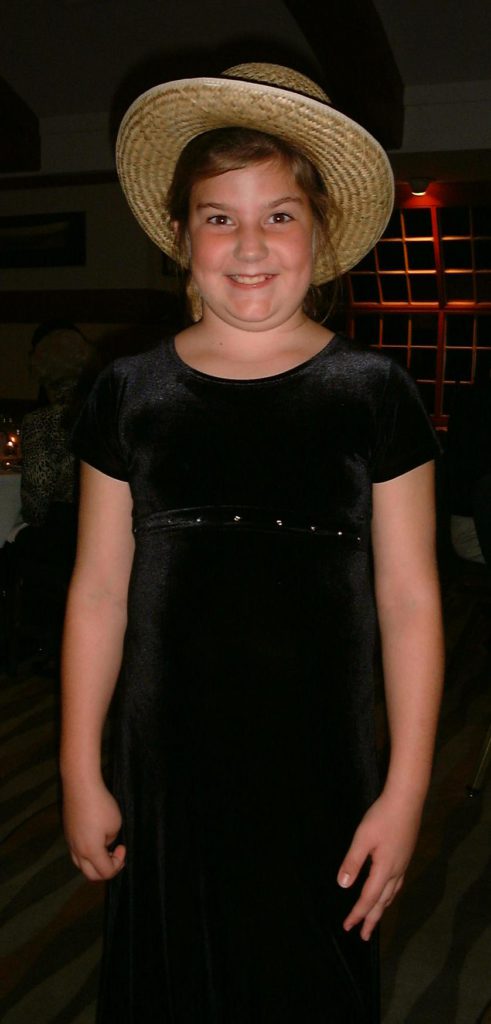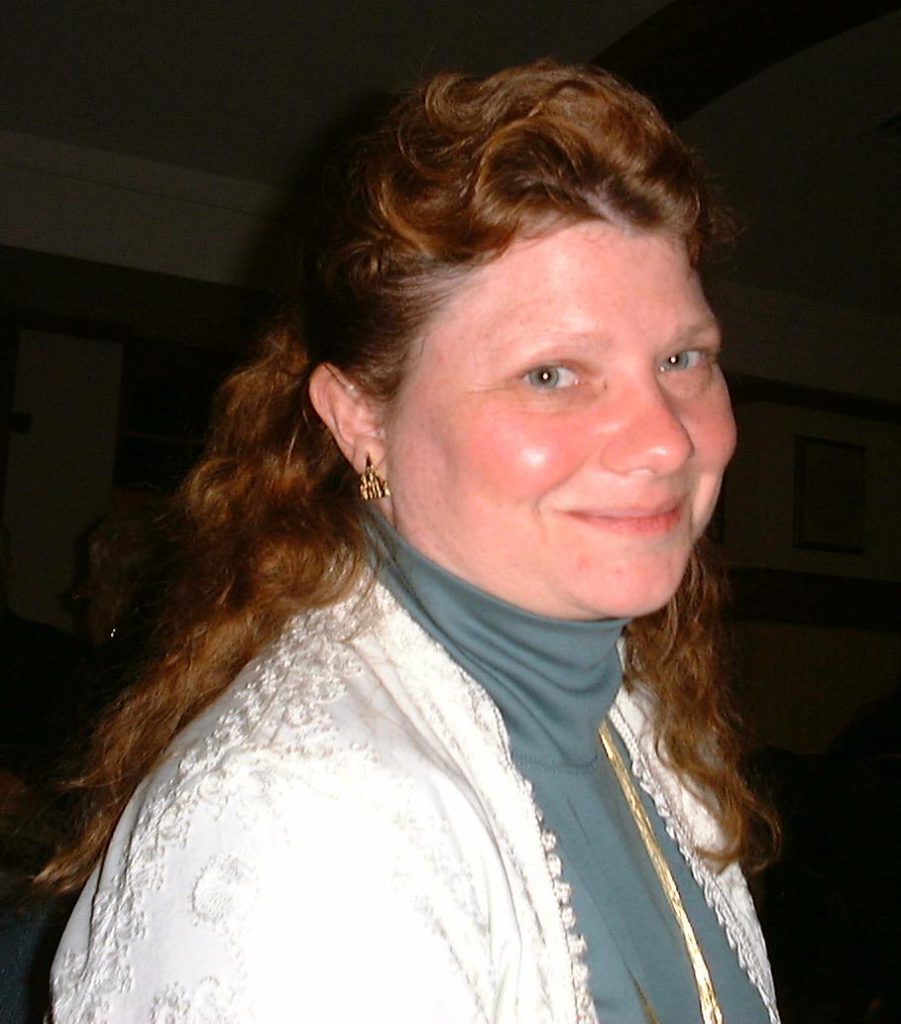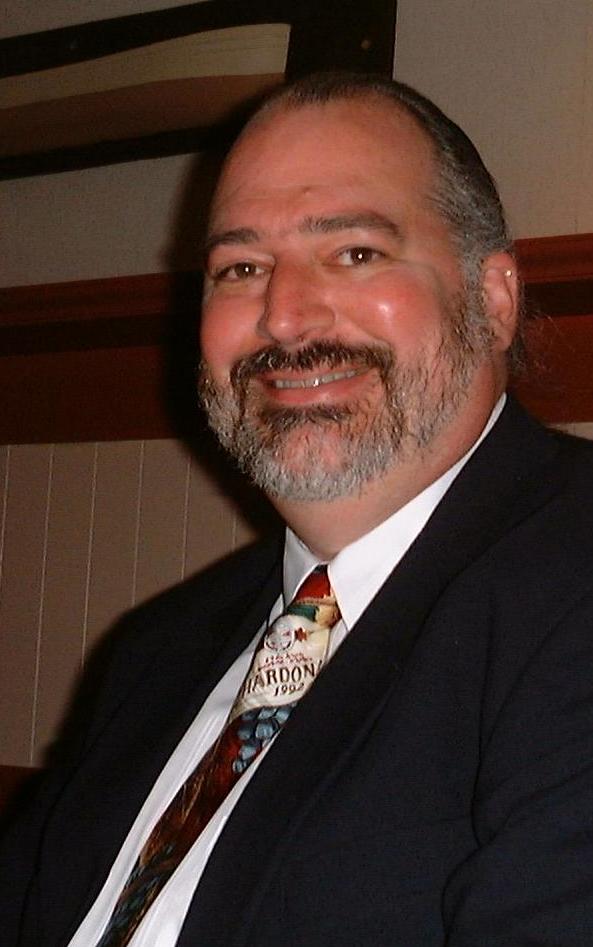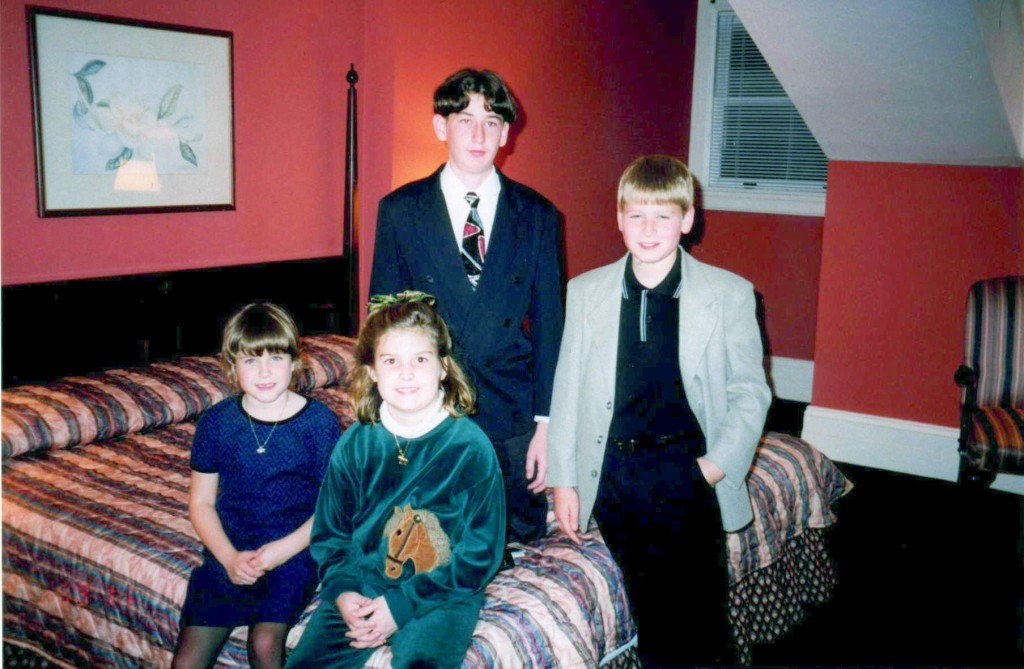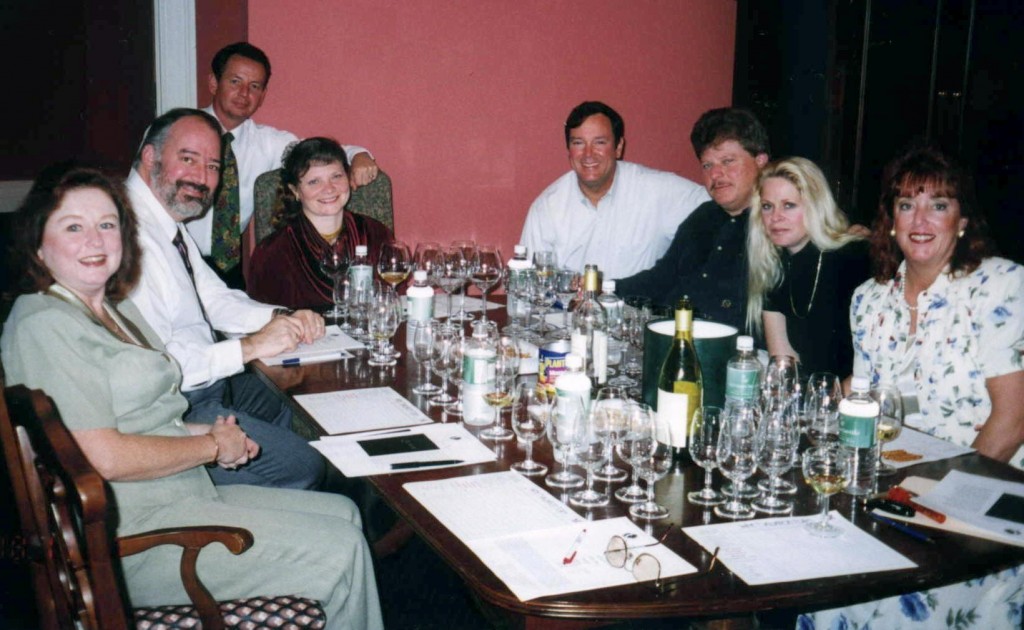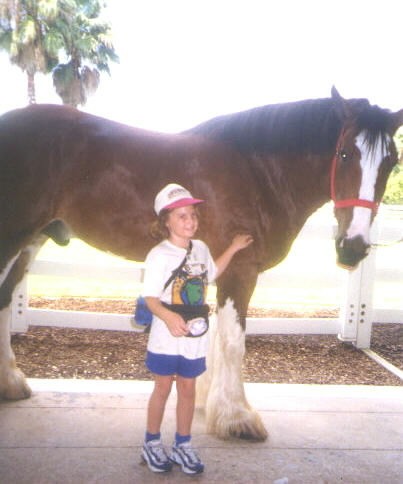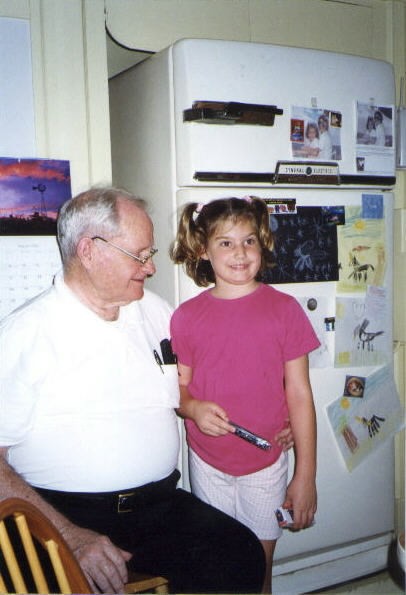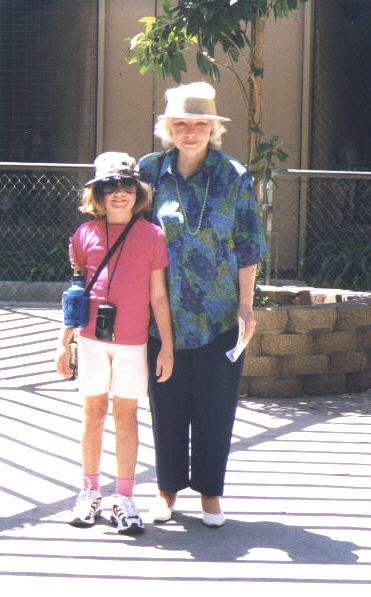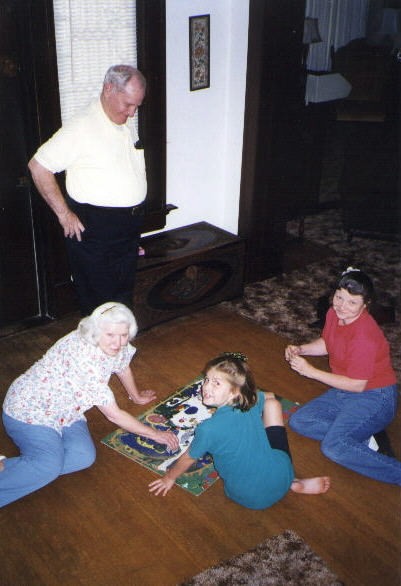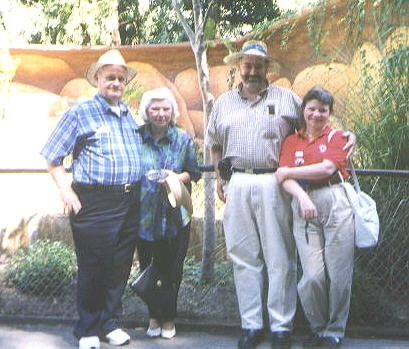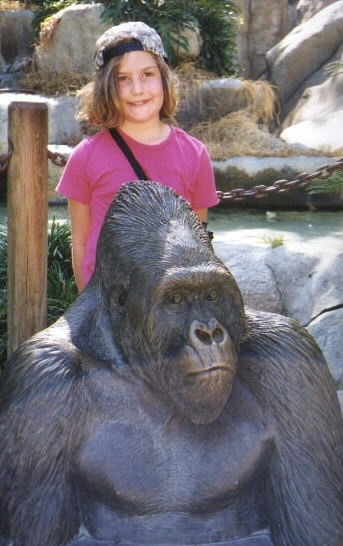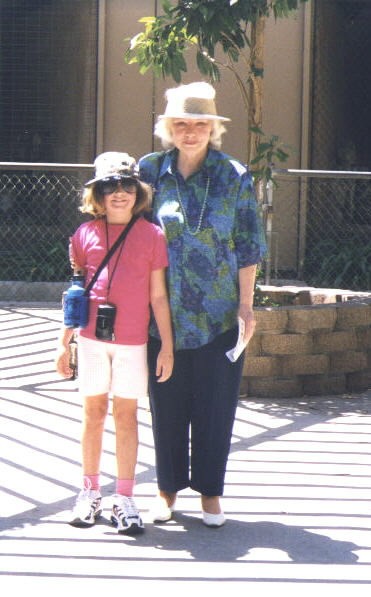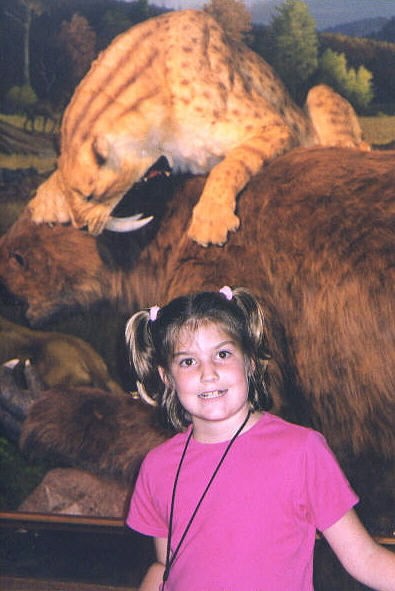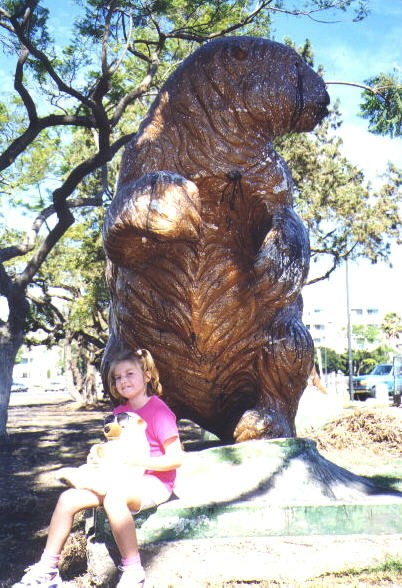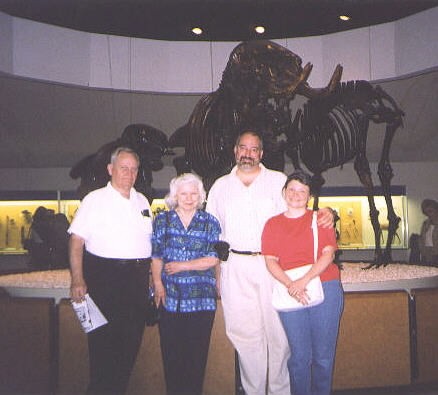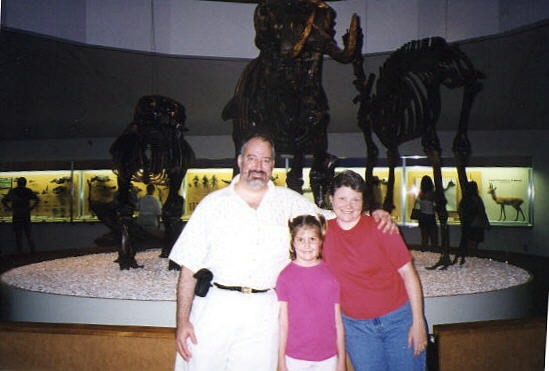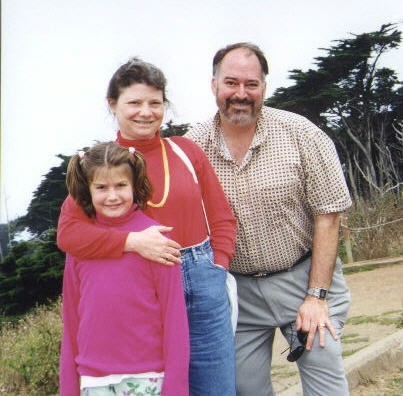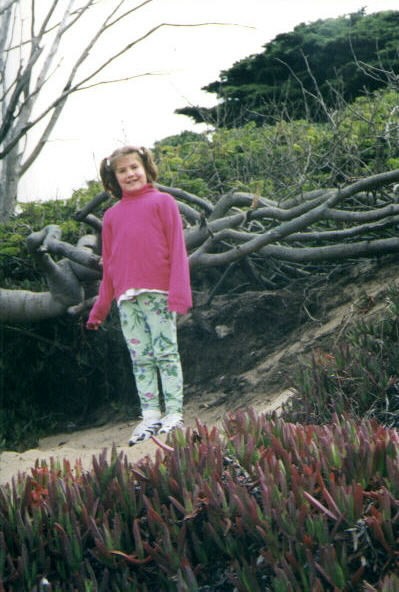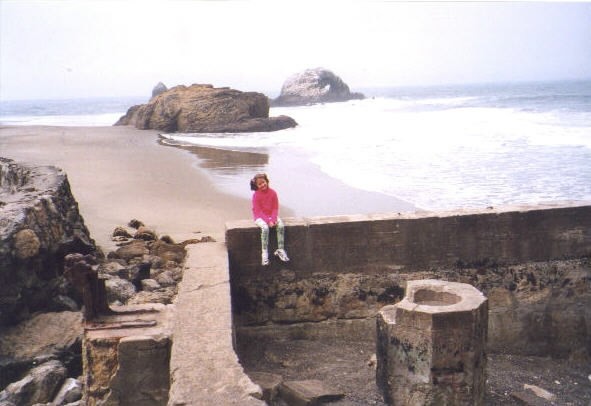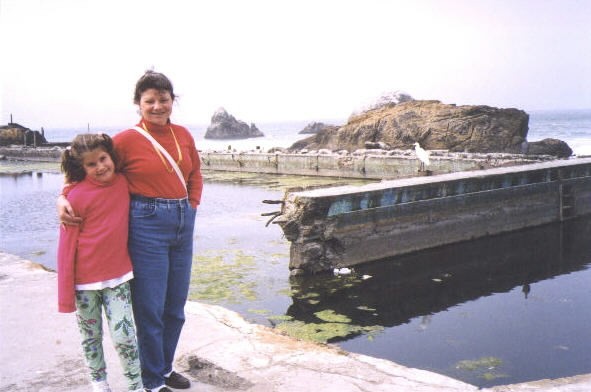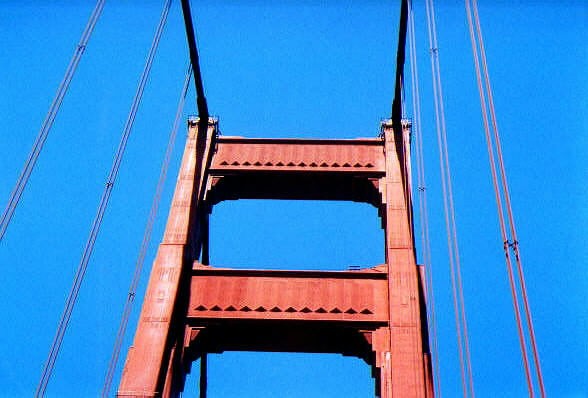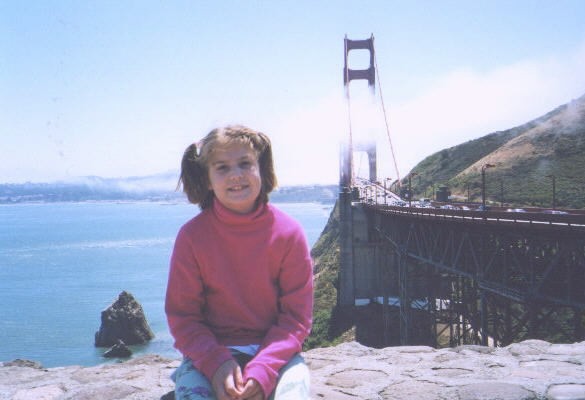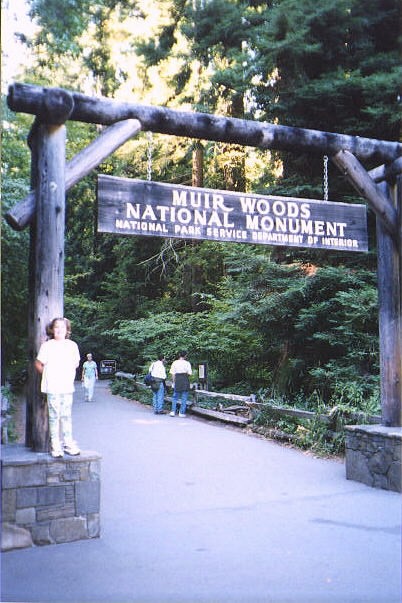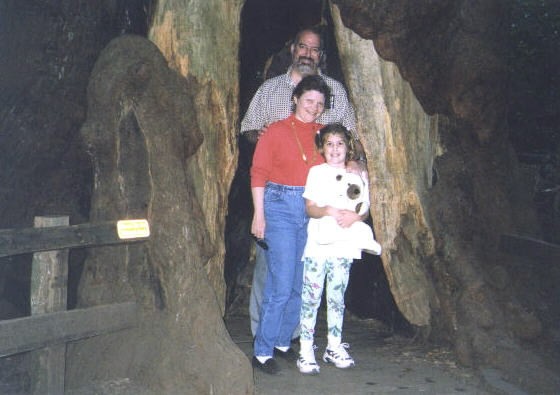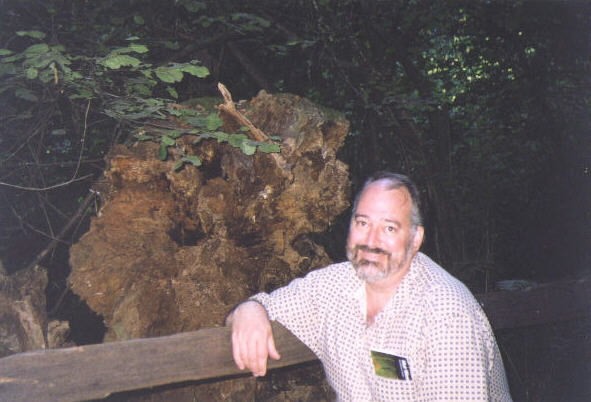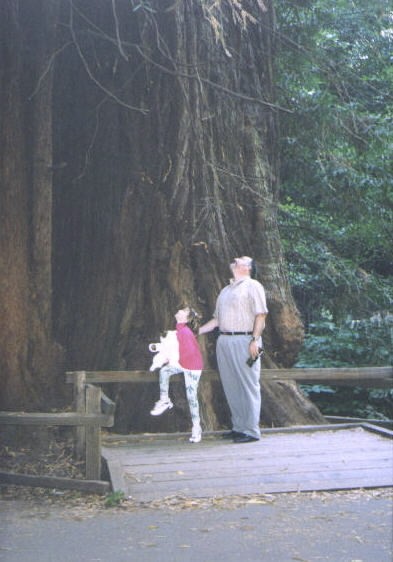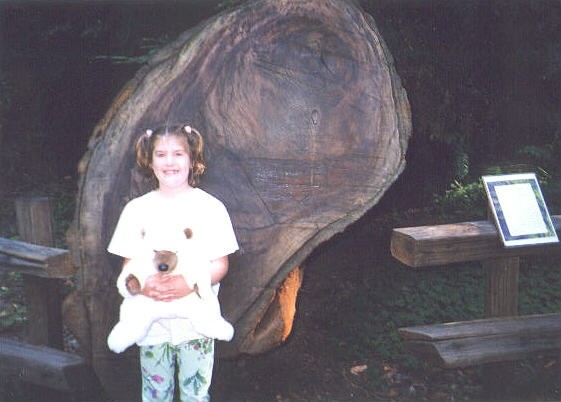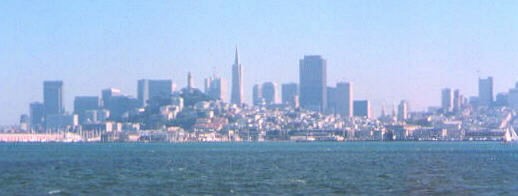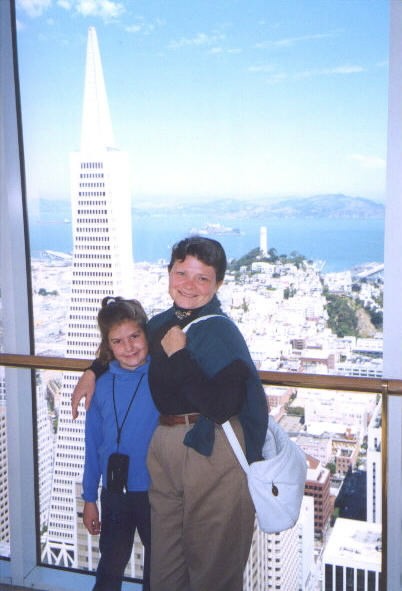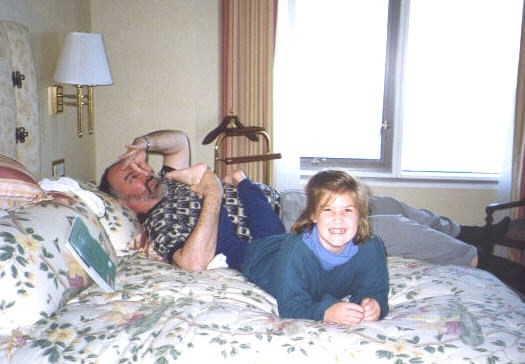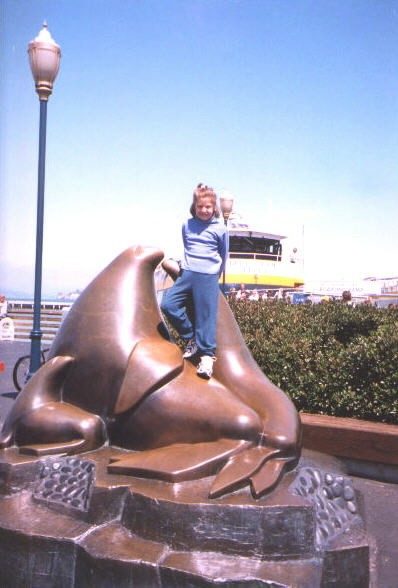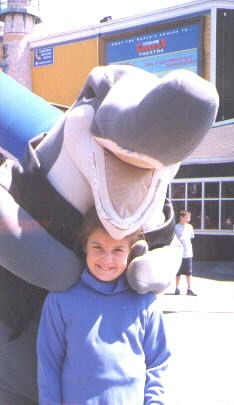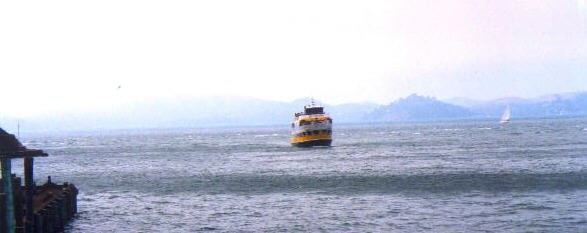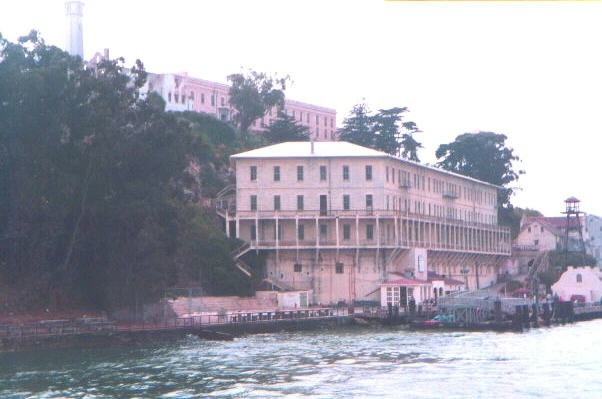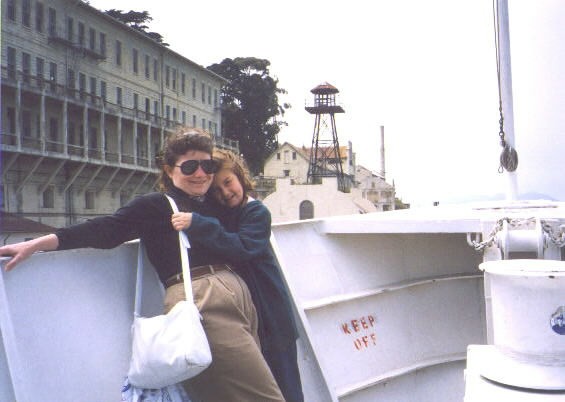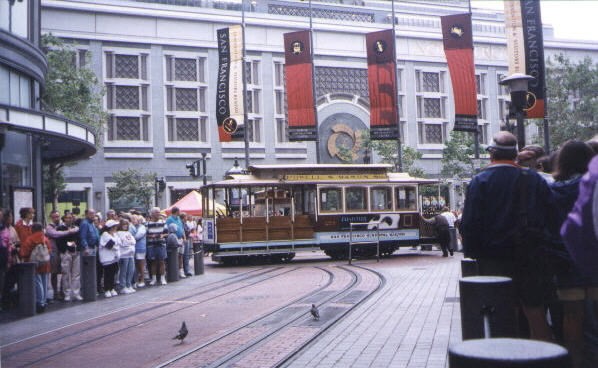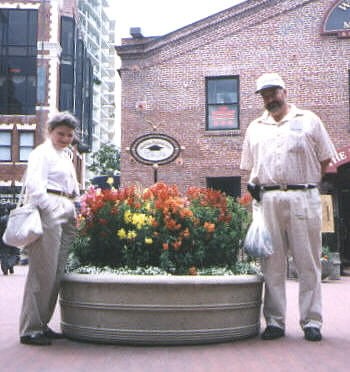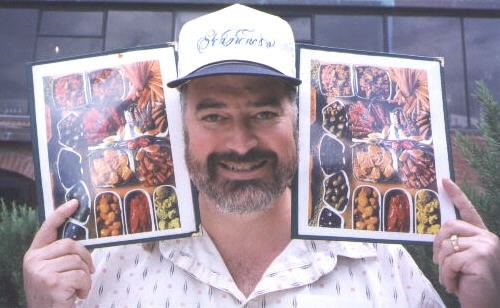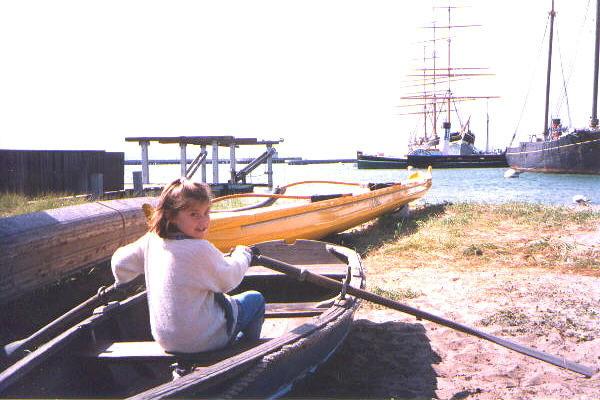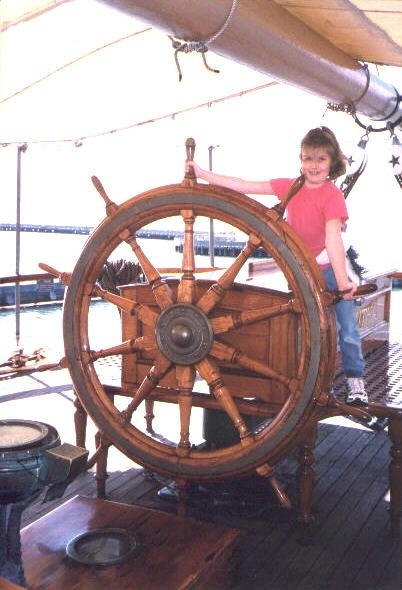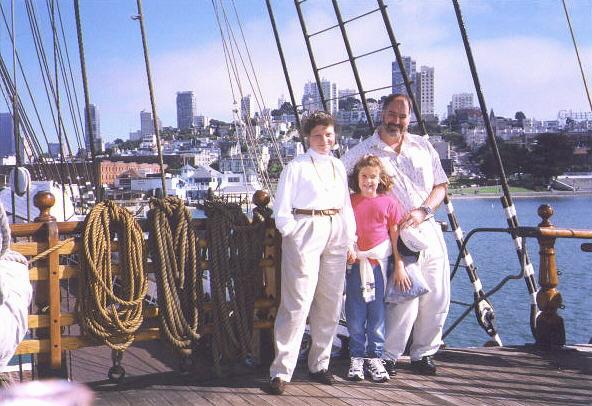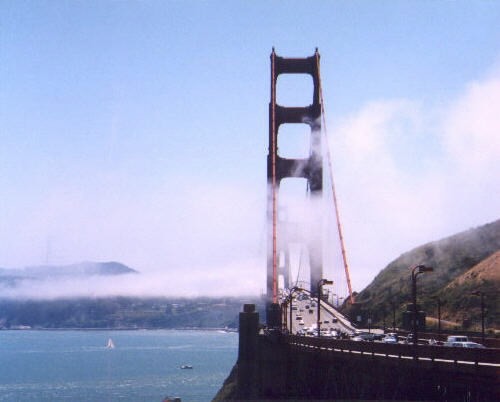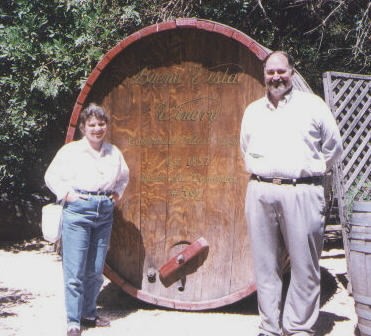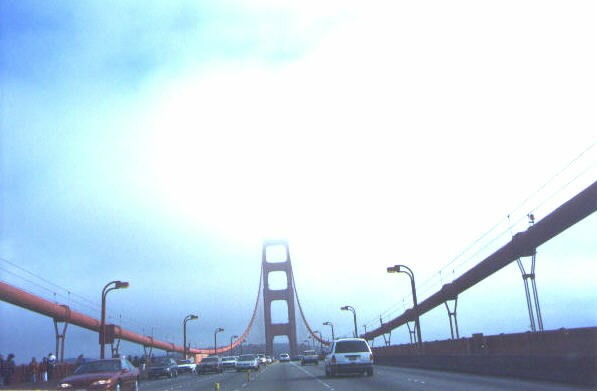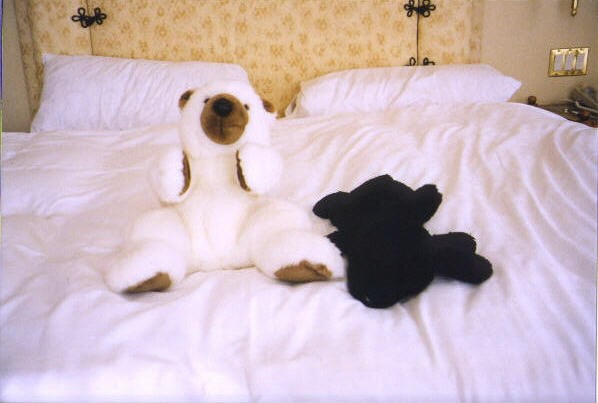England, Estonia, Russia, Finland, Sweden, Norway, Denmark, 2002

This summer we decided to explore a completely different part of the world. None of us had ever been to any of the ports on this 12 day cruise around the Baltic.
We left Orlando Friday afternoon, August 2, and arrived in London around noon on Saturday. This timing seems to work better than the usual morning arrival, because the hotel room is likely to be ready by the time we get to the city.
Even though we were lugging nine(!) bags — including carry-ons — the express train from Gatwick to Victoria Station was an easy connection, and London cabs are big enough for almost anything. The Marble Arch Thistle hotel is a recently refurbished art deco building on Oxford street, the main shopping drag. Although we’re not shoppers, we were pleased with its convenient location. The Marble Arch underground station is right beneath the building.
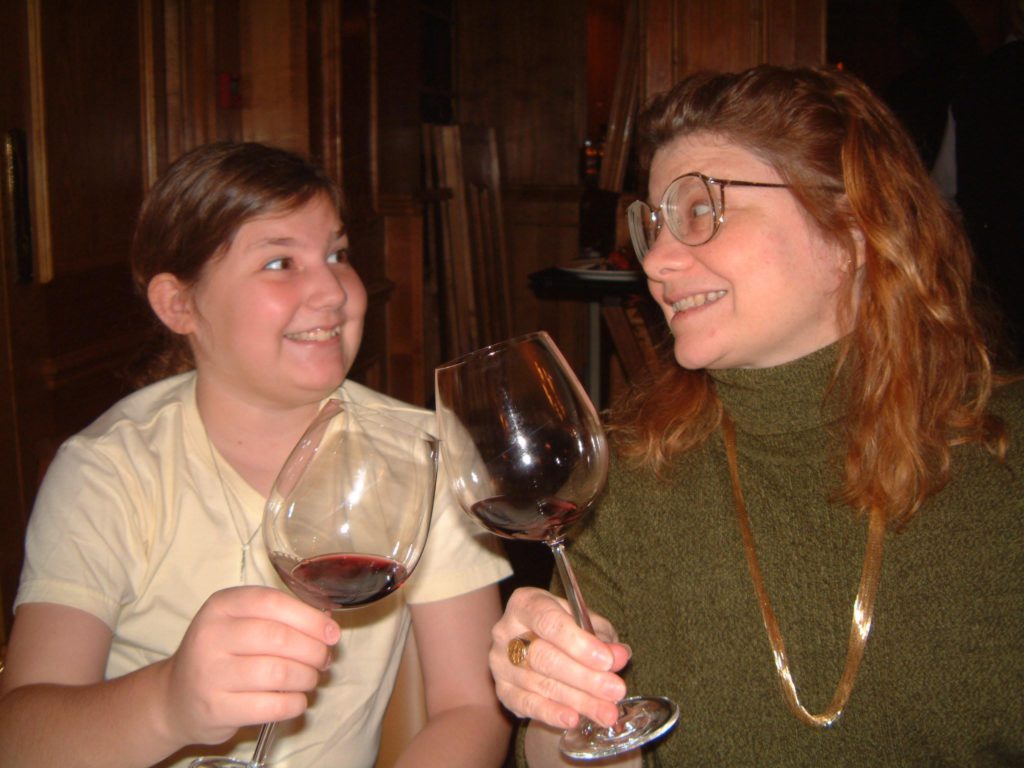
Saturday night, after a refreshing nap, we wandered around the neighborhood looking for a restaurant that didn’t serve English food. Since Danielle is still wary of most ethnic cuisine (the best bet in London) this provides a challenge. We happened upon a Marriott hotel and had a delightful meal of broiled scallops, pasta and salmon, and a mediocre Australian Cabernet by Wynn’s (a good producer).
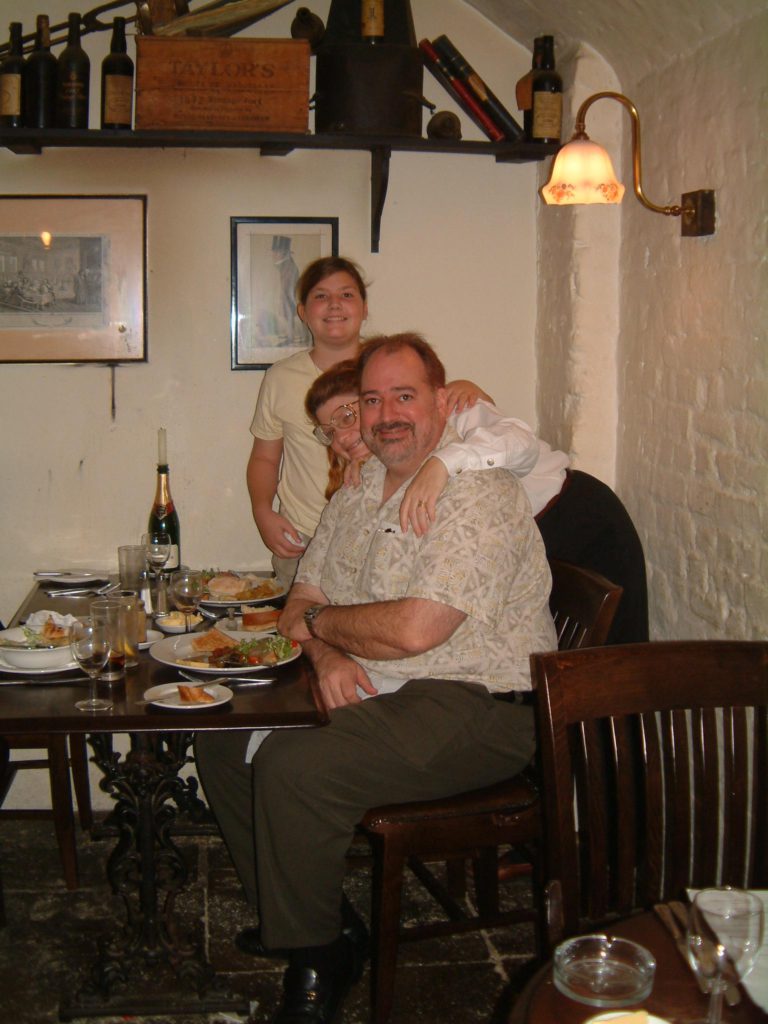
Sunday we wanted to go to the food courts at Harrods, but it was closed. Since it was our only full day in London there wasn’t much we could do. Our contingency plan was Covent Garden. Originally a “convent garden”, in the 1600s it became the main produce market for London. Falling out of favor in the 1900s, it was largely derelict before being converted to tourist shops and cafes. We had a nice lunch of wine, cheese and pate in a cellar-turned restaurant, and listened to an excellent quintet play spirited classical selections to an appreciative crowd in the courtyard.
Dodging raindrops, we walked down to the mall and took Linda to the Cabinet War Rooms, which Danielle and I had enjoyed the previous summer. This is the underground complex where Churchill and his cabinet operated during the Blitz. It is virtually unchanged from the day it was vacated in 1946. Next year they plan to open a new section of it where Churchill’s family lived. (Interesting: they had a collection box and it was full of dollars. . . )
Dinner was at the Sugar Club, an Asian fusion restaurant near Piccadilly. An Australian Semillon went well with the lemongrass soup and Danielle’s duck. Yes, Europeans aren’t hung up about serving a kid a taste of wine.
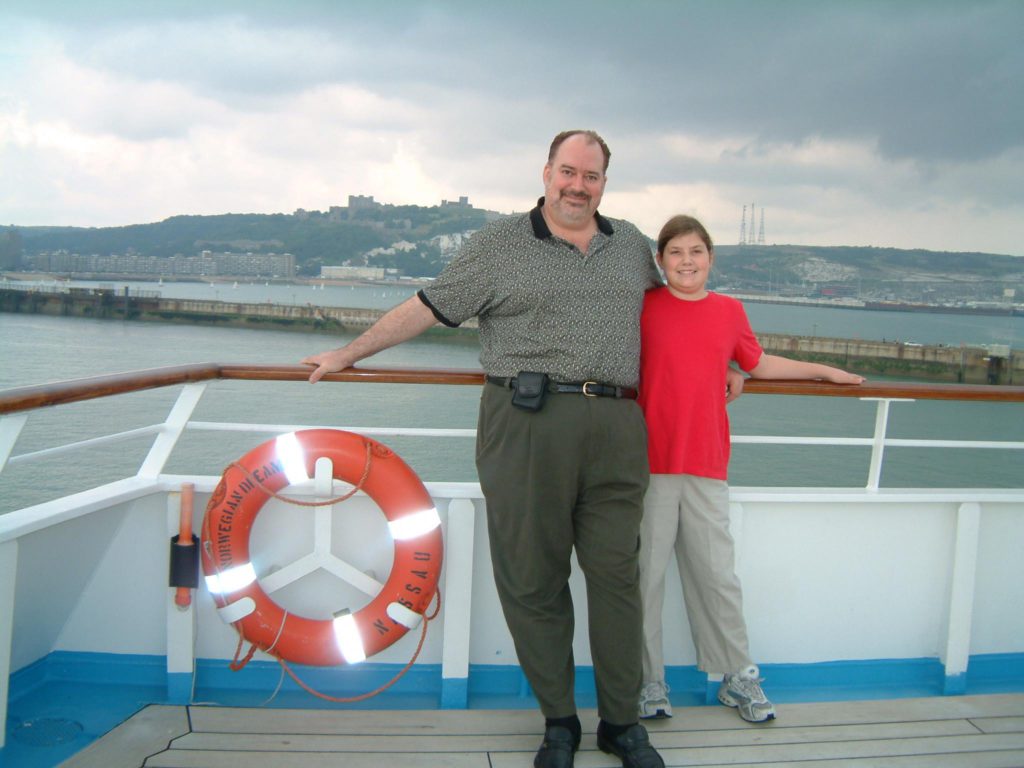
Sunday morning we survived a disorganized crush of geriatric travelers and caught our transfer “coach” to Dover. We heard that there were 186 rooms(!) of fellow cruisers booked at out hotel for the two-night pre-stay option. That amounts to almost 25% of the ship’s capacity. Average age of these guests appeared to be shy of three digits, but barely. If there’s anything more disagreeable than a tired American traveler. it’s a tired old biddy American traveler, so we spent most of our time trying to look Belgian.

It took the usual hour to find a way out of London, and then another hour to reach Dover, where the cruise check-in was fast and efficient. We were onboard by 1pm. Hey, the cliffs of Dover really are white, or at least ivory.
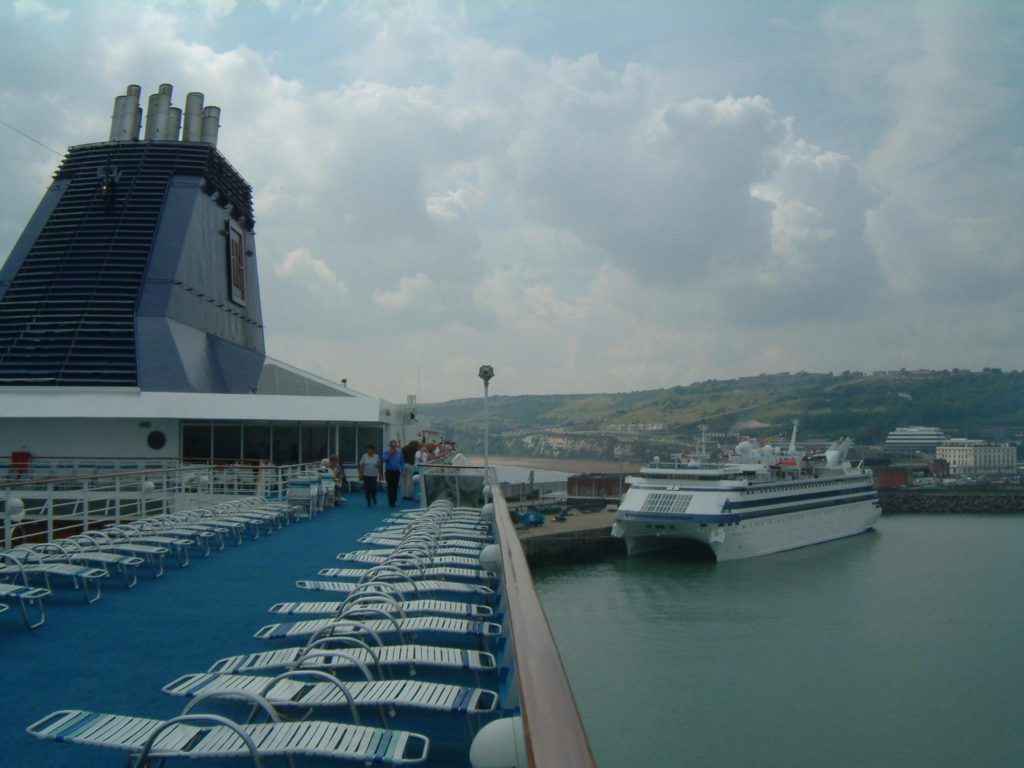
By chance, our friends the Siegles were traveling out of Dover just a few days later aboard a Radisson ship. You see it here, docked behind our ship, the Norwegian Dream. And yes, Ron, size does matter.
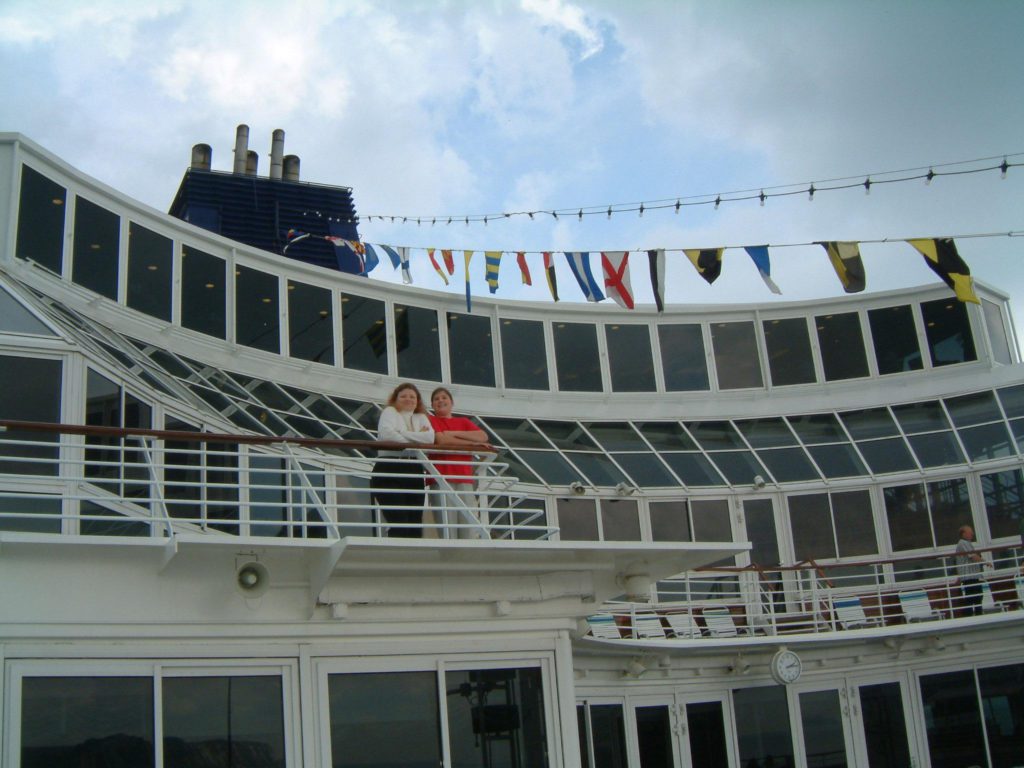
The Norwegian Dream is a smaller and older ship than most of the others we have taken, but it has a certain charm. It was launched in the early 90s, then had a 160 foot section added to the middle in 1998. It features NCL’s “freestyle” cruising, which allows you to eat in any restaurant at any time and at any size table you like. This feature is pretty unique, and works perfectly. While we slightly missed the experience of meeting new friends at an assigned table, it was great to have complete flexibility — and no schedule — every evening. We met our maid, Madalina, our butler Karan, and concierge Carlos.
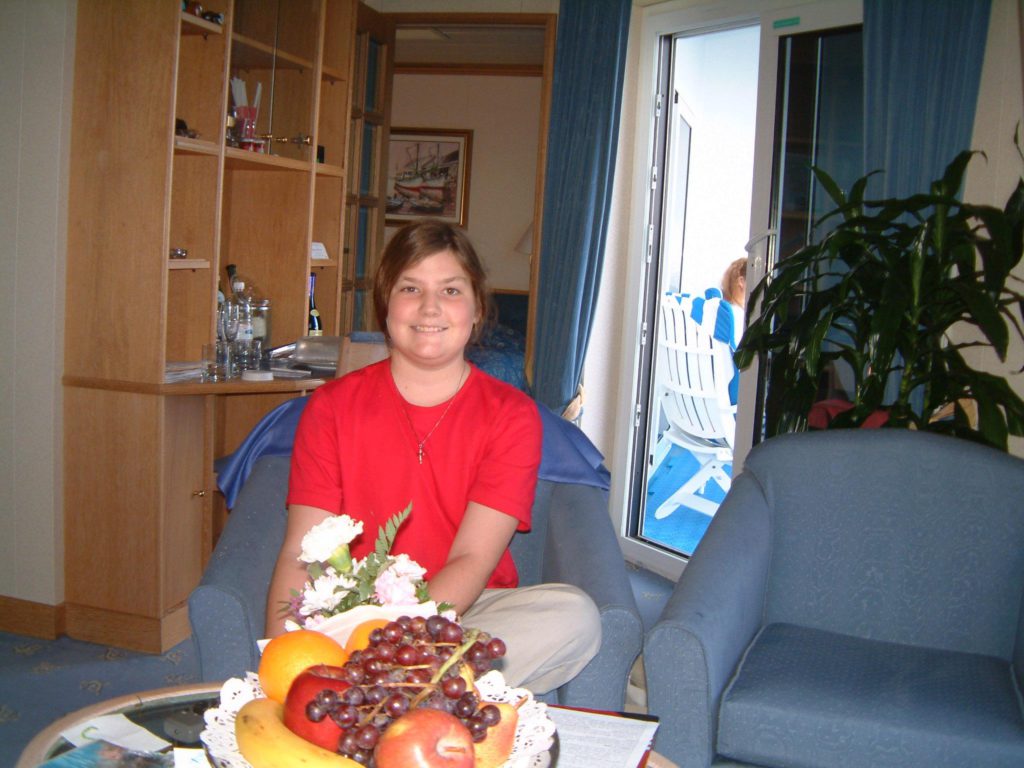
Linda was lucky to book the cruise only a couple months in advance, when a balcony stateroom cancellation opened up, and was lucky again to upgrade to one of a dozen “owner’s suites” just two weeks before sailing. That was a fortunate upgrade, because our cabin was a lovely space, with a living room, bedroom, bath with tub, and a large enough walk-in closet that we made Danielle sleep in it (I’m not kidding). The room also came with free drinks, hors d’oevres, a concierge and two butlers. The next level of accommodation down was a shoebox with a pet door in comparison. The cabin came with a DVD player and library, and an assortment of CDs.
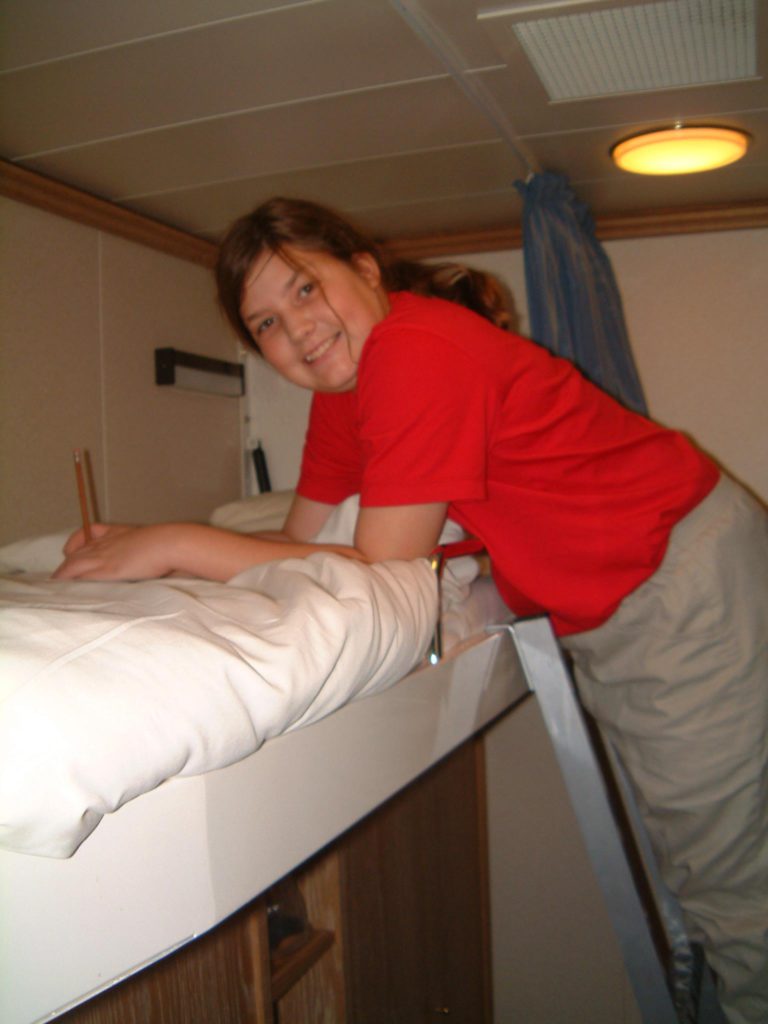
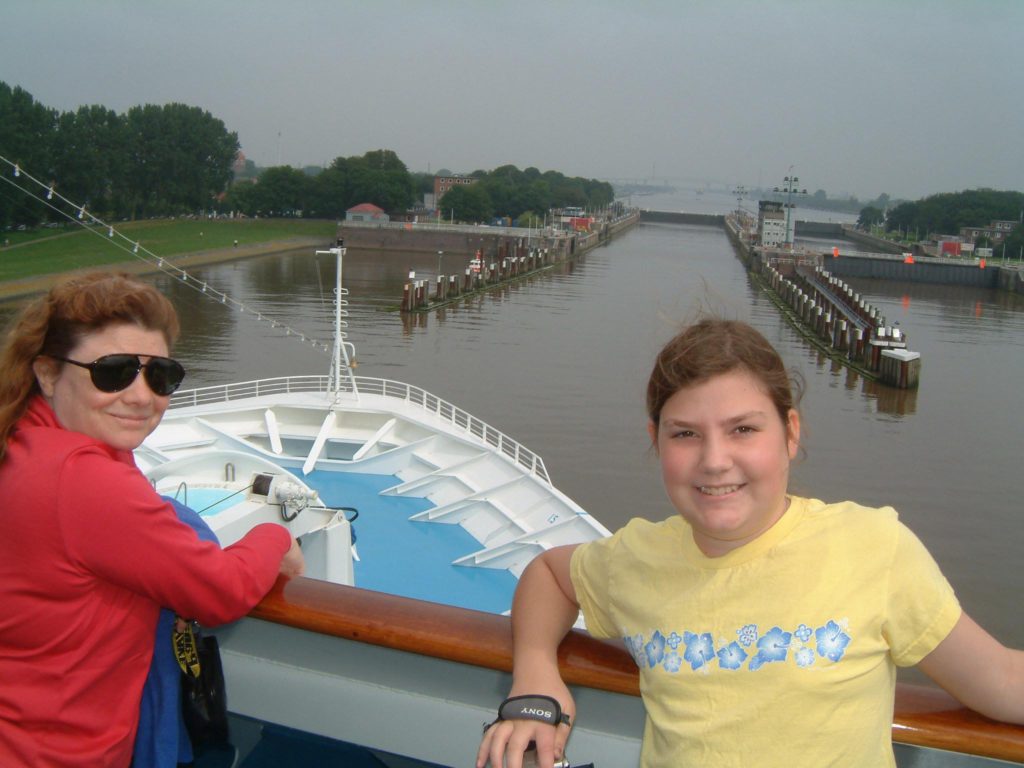
The Kiel Canal cuts across the base of Schleswig-Holstein, linking the North sea with the Baltic Sea and thus avoiding the dangerous route via the Skaw and through the Danish Sound and Belts. (Interesting that they worded it that way, since that’s exactly the route we’re taking on the way back. . . ) Monday, after a lazy morning, we entered the Kiel Canal. I was somehow expecting the locks to lift us up to cross the peninsula, but instead we went down about three feet. Maybe it was high tide. This was the first day of an uninterrupted string of perfect weather that would follow us throughout or entire trip. At times the crew seemed amazed at the wonderfully temperate days and absence of clouds, and when we crossed the North see, it was apparent that even the captain was startled by the smooth sailing.
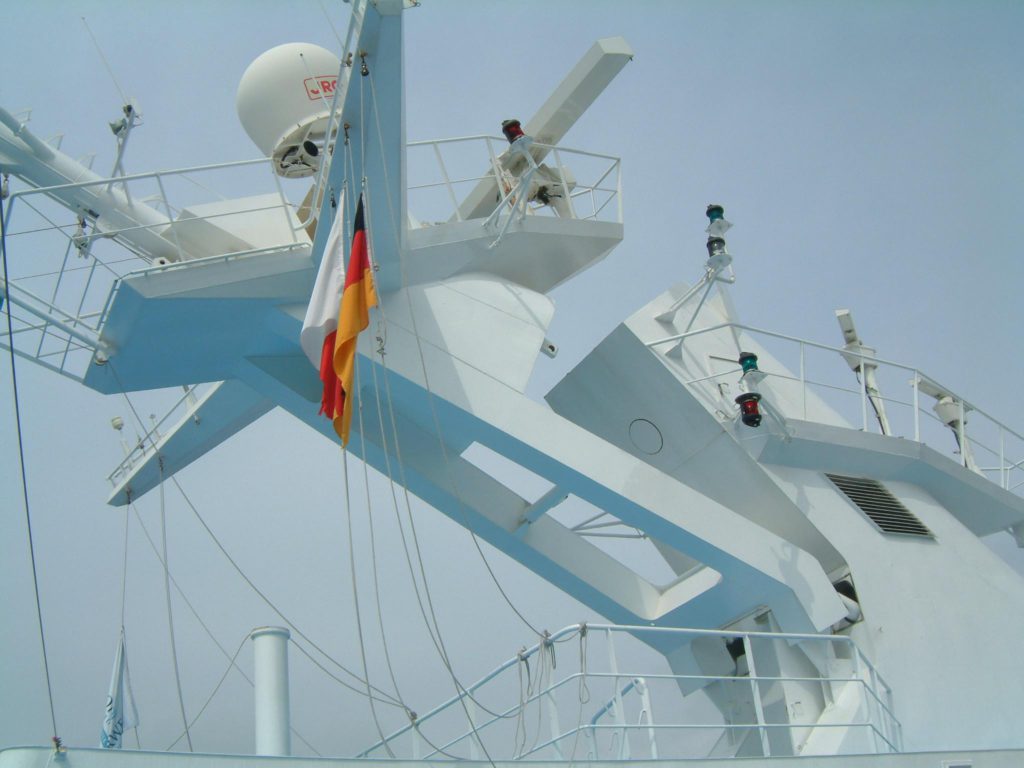
While waiting in the lock a German band boarded and played marching music for the rest of the afternoon. Built in 1887, the canal is 338 feet wide, 37 feet deep, and 61 miles long. It takes eight hours to traverse it. The Norwegian Dream is the largest ship to ever make the trip. To do so, it must collapse its funnel and mast (seen here on the way down) to fit under the seven 140-foot high bridges that cross it.
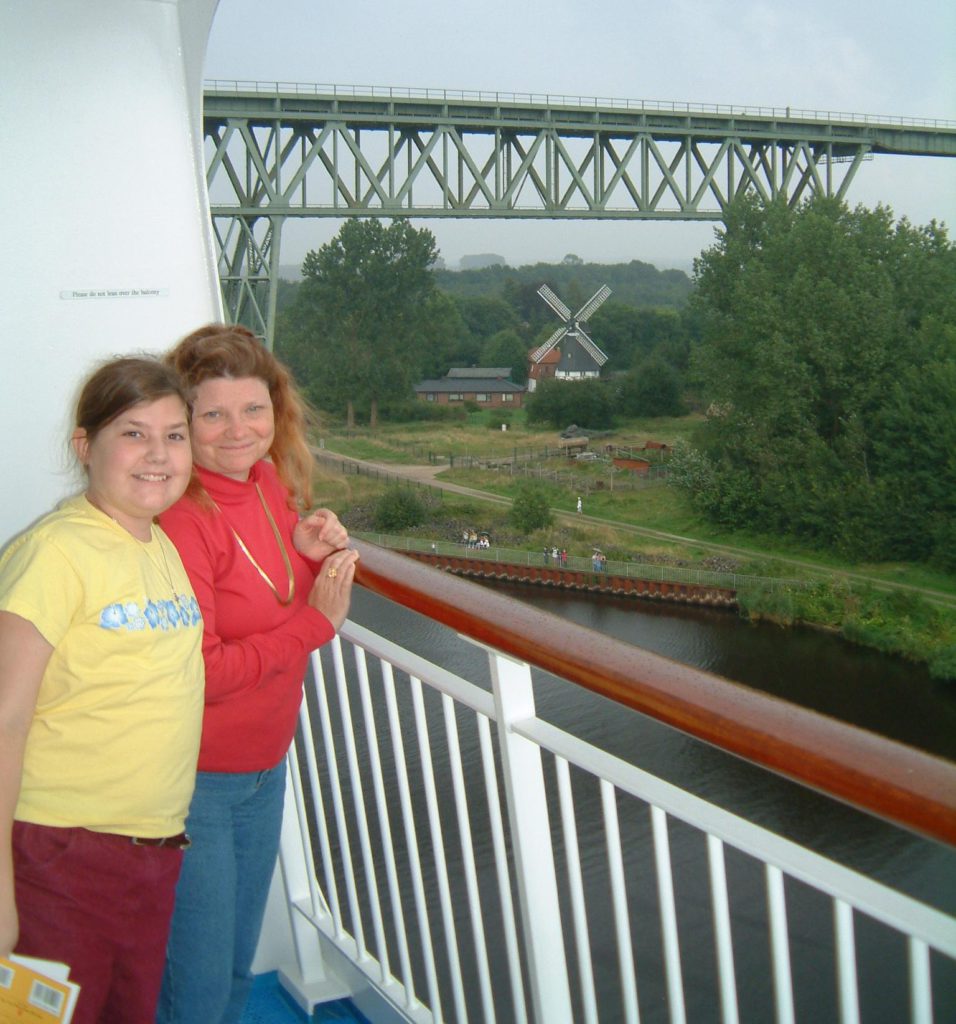
It’s quite an event for this ship to pass by. All along the way townspeople stood along the bicycle paths, waving to us and shouting greetings. Many waved handkerchiefs or American flags. It was quite moving.
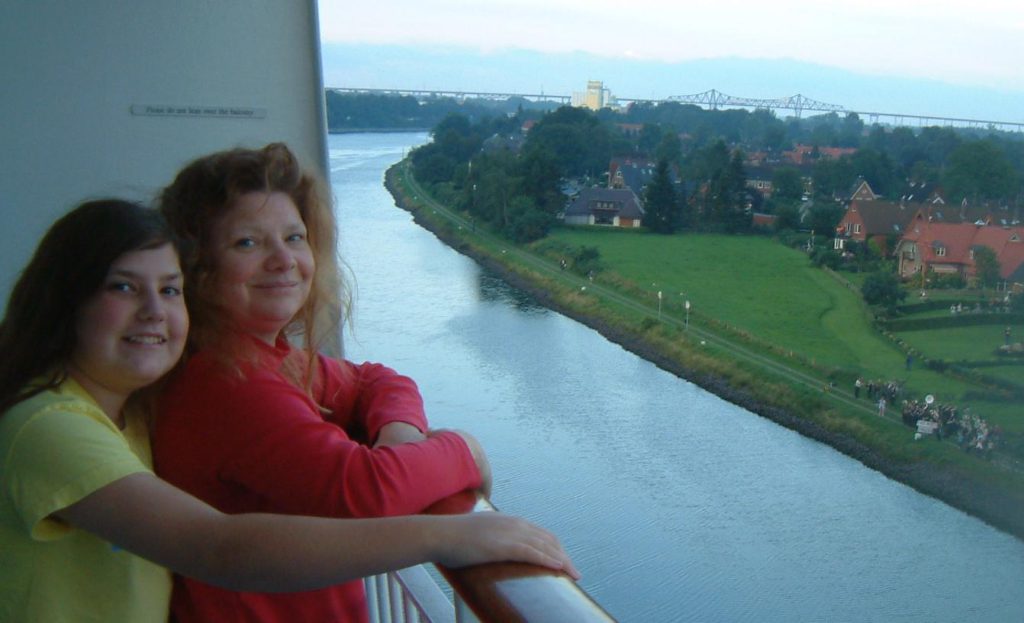
In one village a brass band played as we passed.
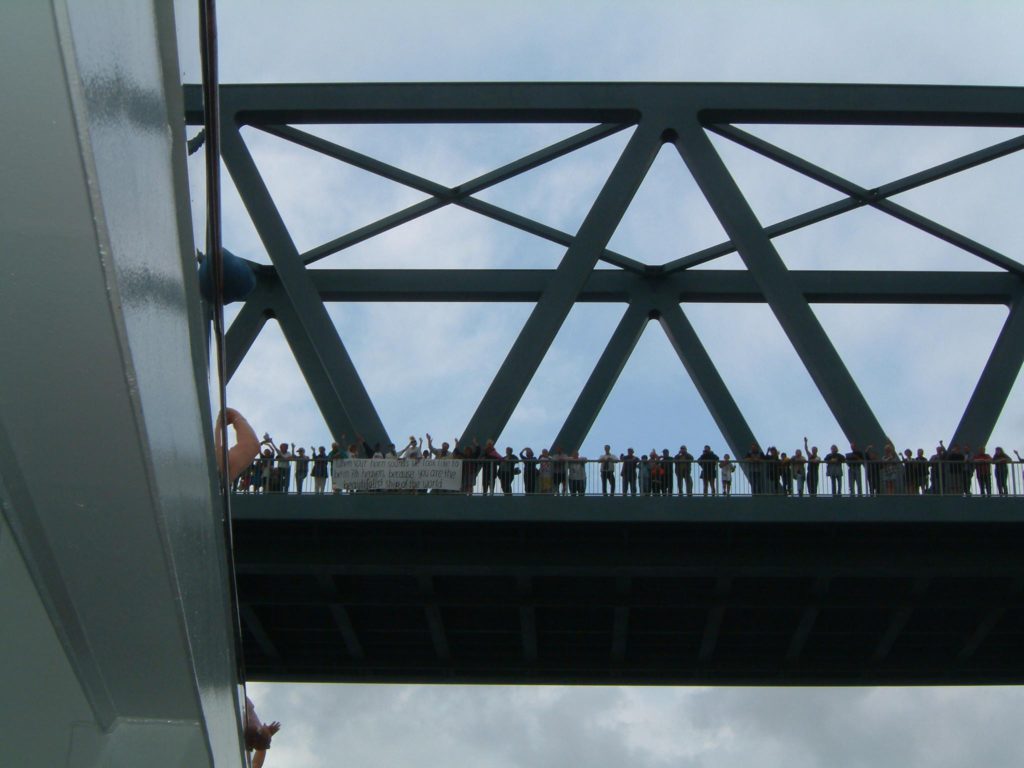
And on this bridge a crowd of more than a hundred who have “adopted” the ship display a different banner for each passage.
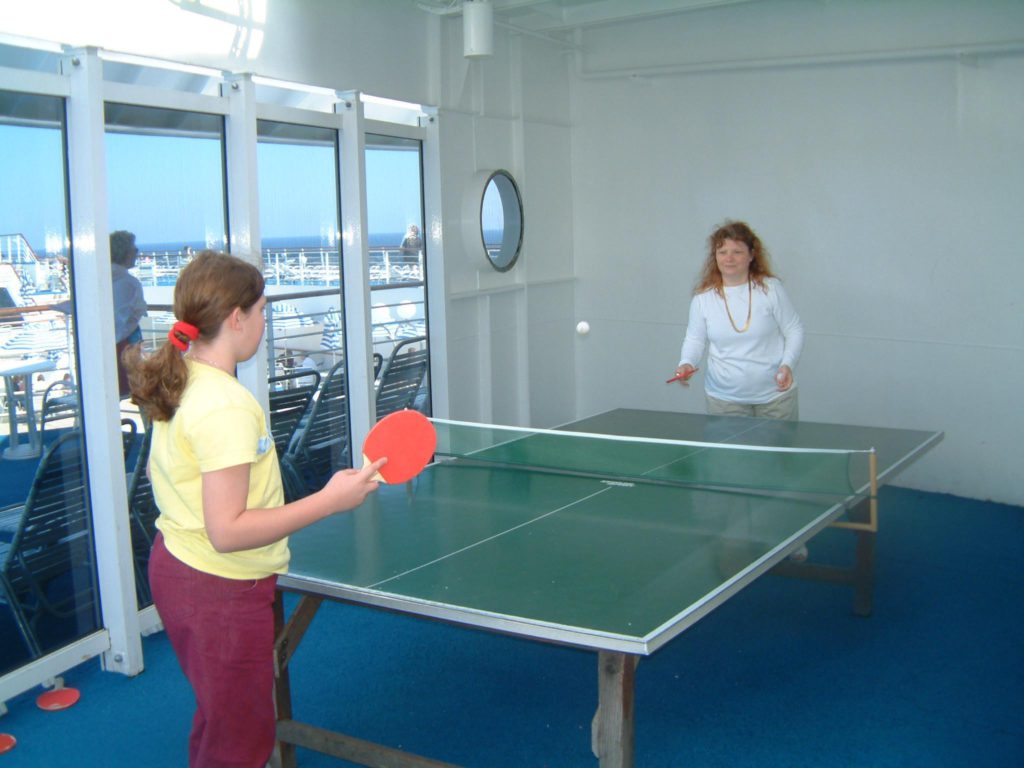
Wednesday we spent a relaxing day on the Baltic Sea. The ship’s facilities are a bit modest compared to the Voyager class of ships we’ve been on before, but our cabin is great, and the food is substantially better than on Royal Caribbean. After lunch Linda and Danielle played a windy game of ping pong, and Danielle and I went swimming. The day before, the aft pool had accidentally been heated to over 100 degrees, and we felt like lobsters. Today is was a much more pleasant 80 degrees. With cool air wafting past and the scenery floating by it was quite pleasant.
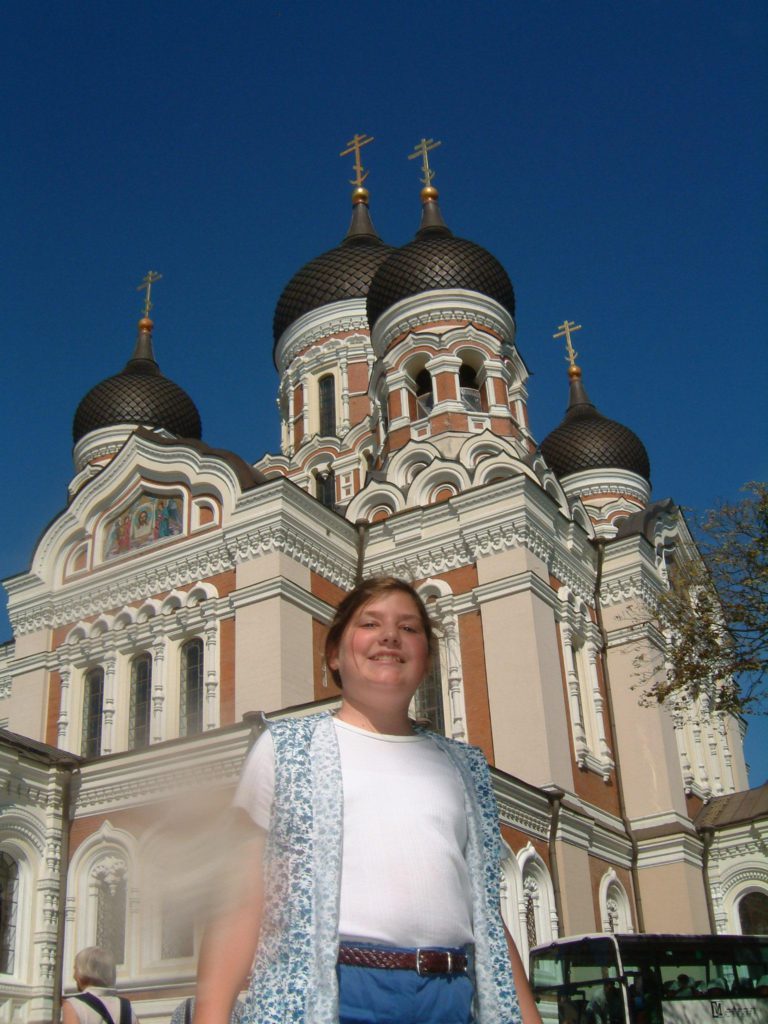
Around noon on Thursday we docked at Tallinn, Estonia, a picturesque town on the southern Baltic near the entrance to the Gulf of Finland. The country of Estonia is only 45,000 square km, and has only 21 towns. Tallinn is the largest, and with a population of 500,000 represents about a third of the total Estonian population. It is clear that Estonia is benefiting greatly from getting out from under the thumb of the Soviets in 1991. Every evidence of the Russian language had been erased from public signage, and the young people don’t even know what the Soviet-era monuments symbolize. 30% of the buildings in Tallinn are less than 10 years old; and unlike the Soviet buildings, they are attractive. 60% of the population are ethnic Estonians, with 35% Russians who, according to our tour guide, “All work at McDonalds for $1 an hour. ”
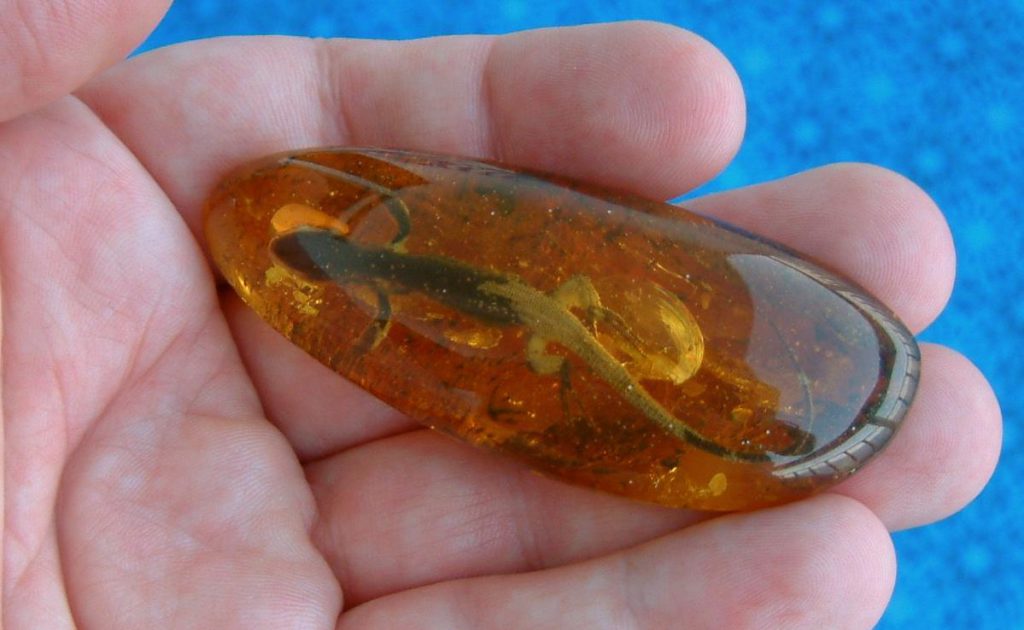
The weather was beautiful — mid 60s and clear. We took a bus ride around the city, then walked through the medieval town, looked at a couple of churches, and bought a fabulous piece of amber containing a complete lizard.
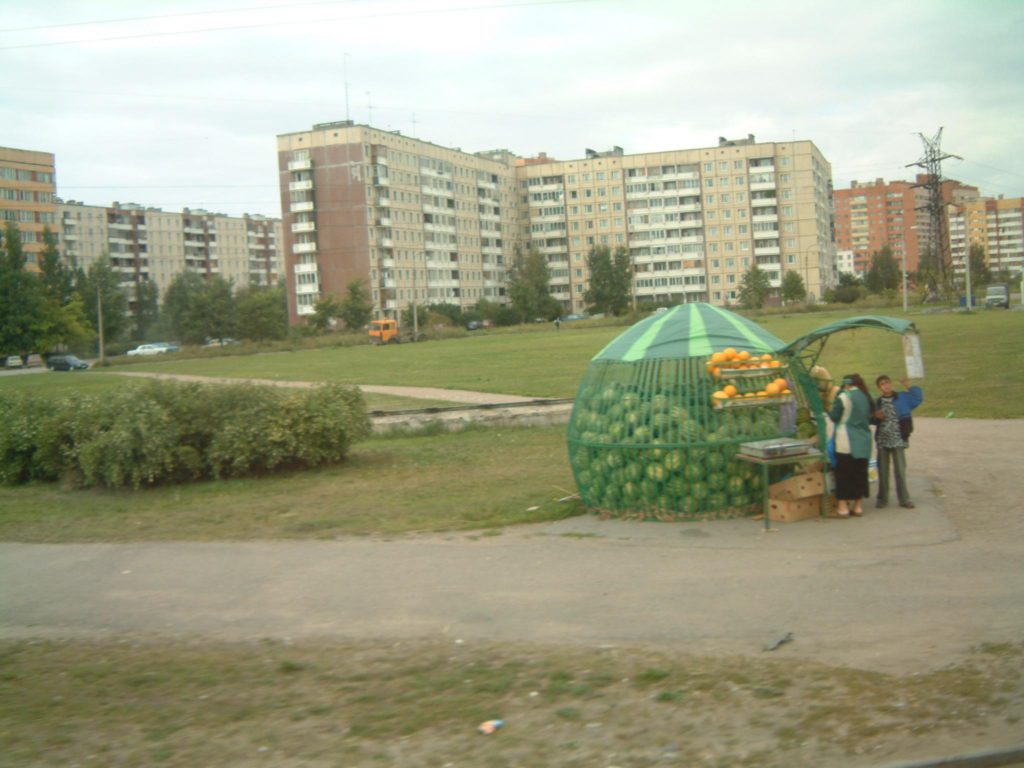
We awoke Friday morning in St. Petersburg. The cruise ship dock is. . . well, rather industrial: coils of raw steel and bags of fertilizer stacked between giant cranes. Considering this is the main seaport for a country the size of the US, there is amazingly little activity. Yes, our tour guide and bus driver really were named Olga and Vladimir. All of the people we met were extremely friendly. They were well dressed and drove reasonably nice cars (although not many could afford them). But St. Petersburg is a city of 4. 5 million people clearly struggling to recover from the Soviet era. They’ve restored the city’s name (after nearly a century as Petrograd and then Leningrad) and the streets’ names, but restoring the city itself will take a lot more work. The entire central city is comprised of buildings in various states of decay. The Soviet apartment blocks on the 1970s look worse than some demolition zones I’ve seen. There wasn’t a single building that didn’t need work.
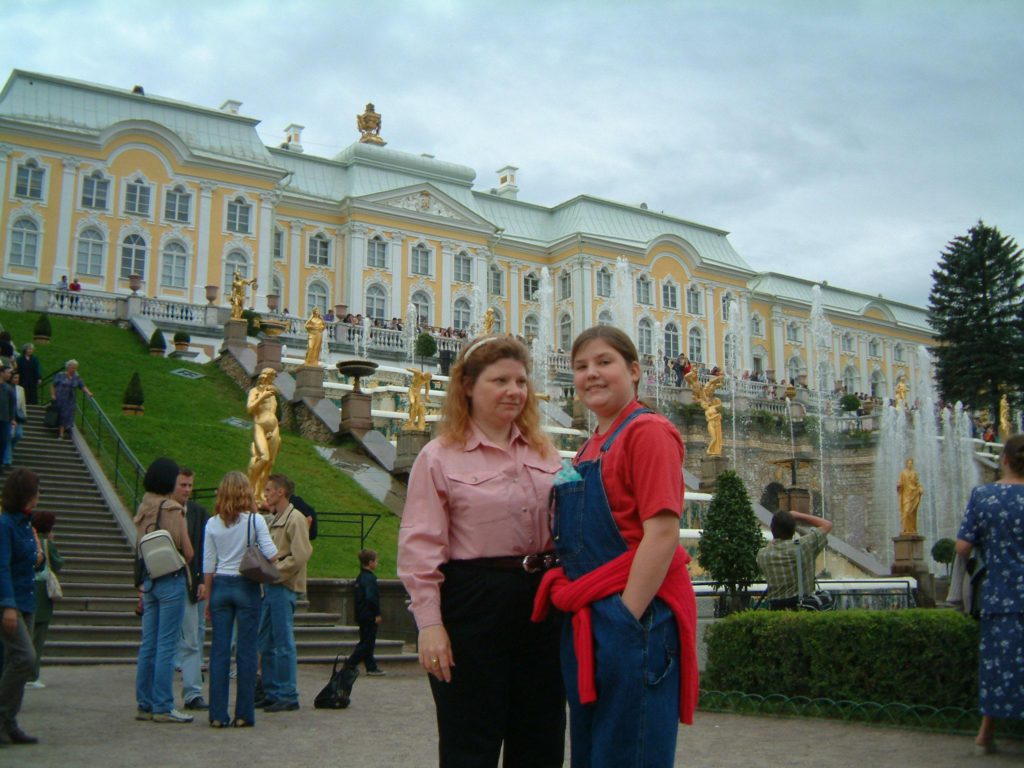
25 kilometers from the pier we came to Peterhof, the village and palace build by Peter the Great. Well behind Nazi lines during three years of siege, there was little left of the area by the time the Germans were forced out. But in the past decade an incredible restoration is taking place. While we waited to enter, we listened to a brass and woodwind quintet play traditional Russian songs, such as “I wish I was in Dixie”.
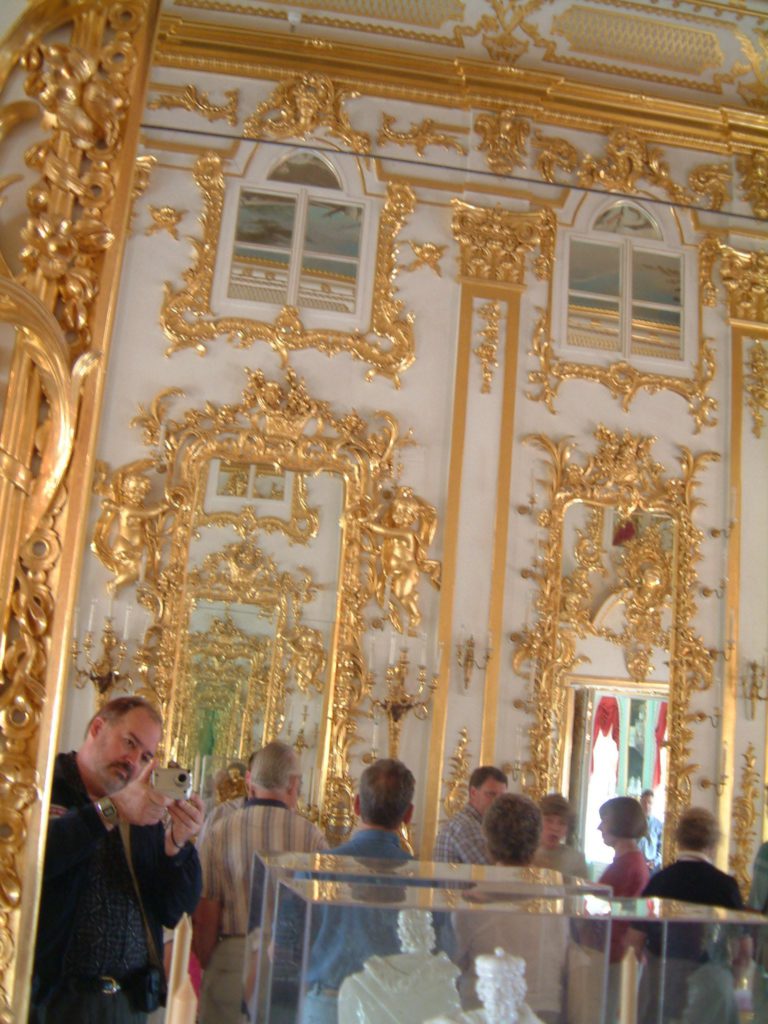
Everywhere they are rebuilding things exactly as they were before, and repopulating them with the treasures that were removed to Siberia in advance of the German assault. What was lost they are recreating. We were skeptical of the claim that the palace and fountains were more beautiful than Versailles, but it was true. Only thirty rooms have been completed inside the enormous palace, but they were impressive. And it was quite interesting to see the rooms under reconstruction — elaborate woodwork still without gilt, or bare walls waiting for 18th century silk to be applied. It’s not hard to see why there was a Russian Revolution. Isolated in their beautiful palaces, speaking French instead of Russian, the rulers were completely out of touch with their subjects.
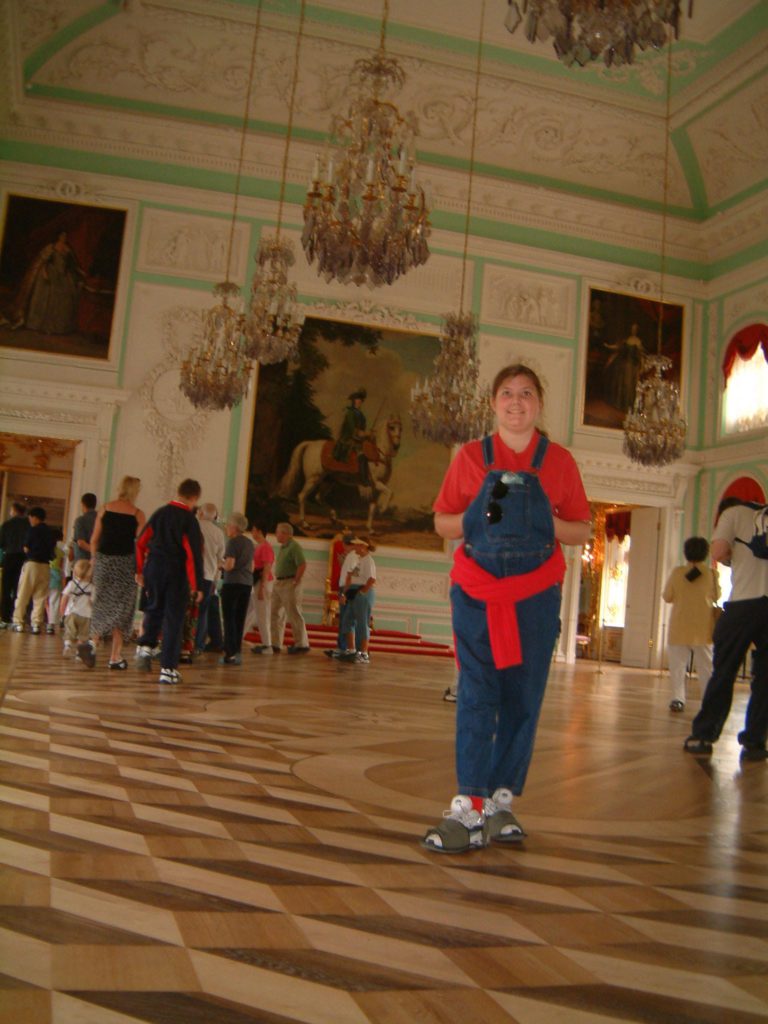
We walked through Peter the Great’s throne room, and the boudoir of Catherine the First.
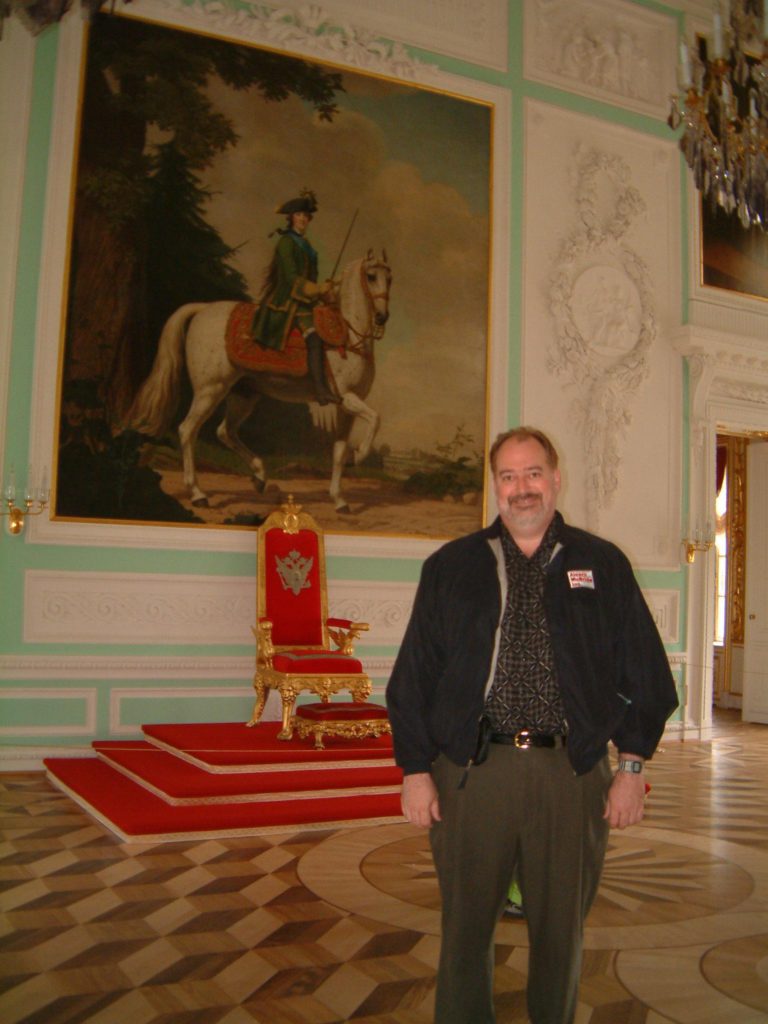
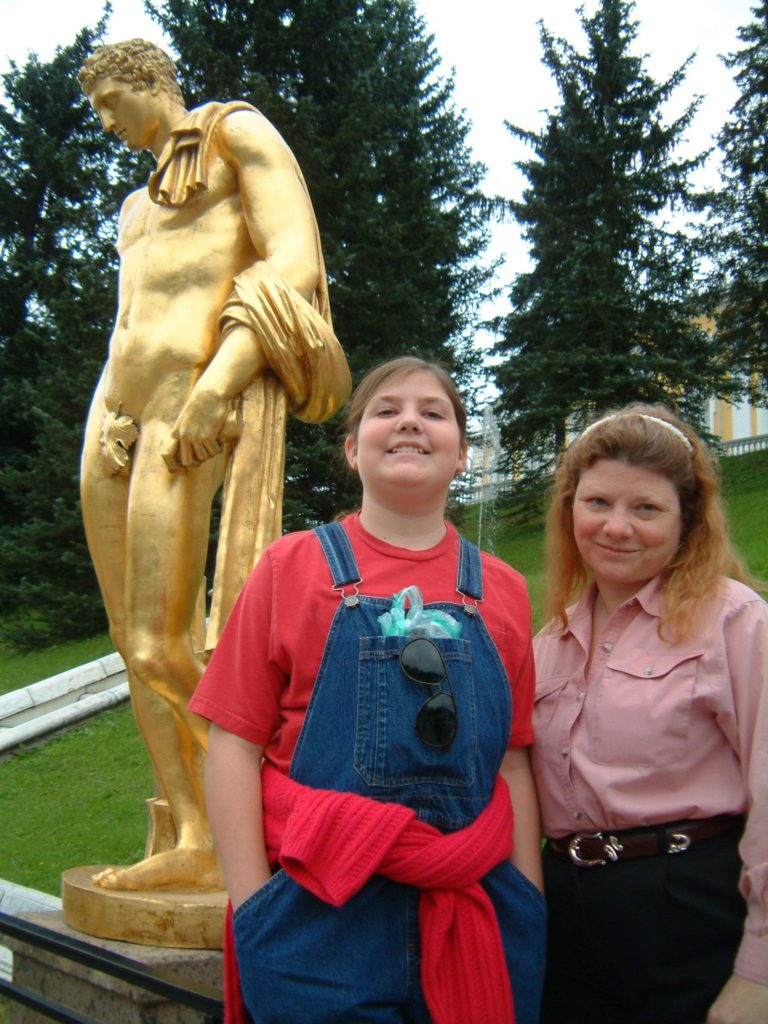
Over 100 fountains are perhaps the most spectacular aspect of the Peterhof. They are all gravity-fed, yet reach heights of over 100 feet. Many are whimsical: metal trees sprouting water from their twigs, or a park bench that unexpectedly erupts in spray.
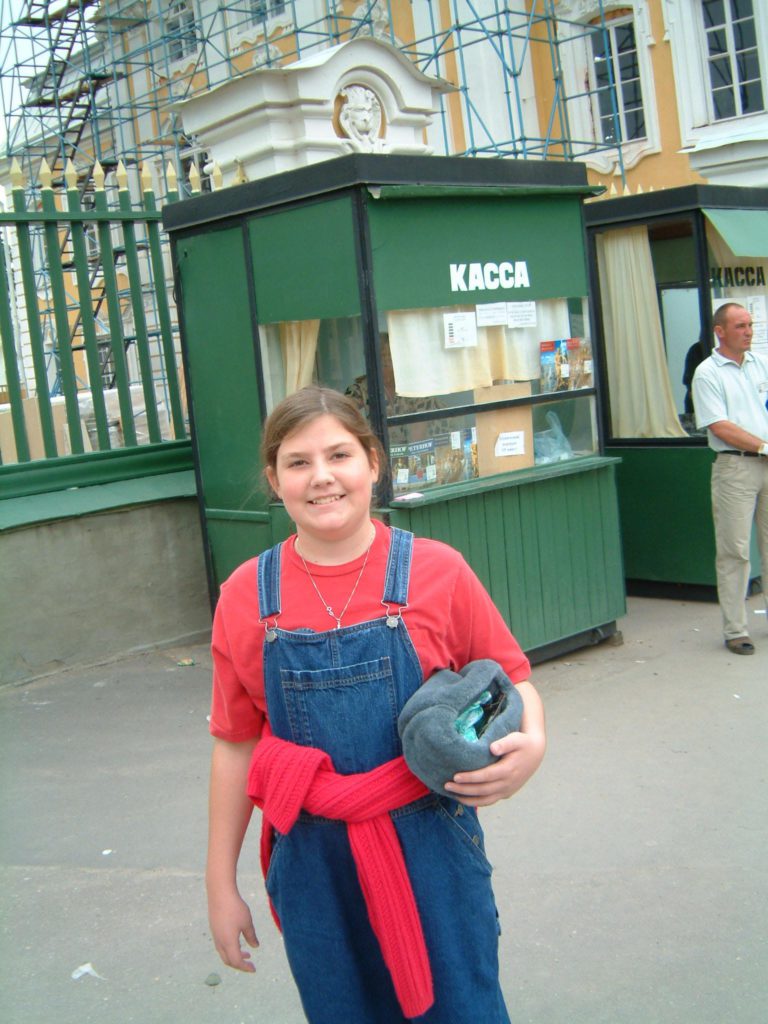
This is where you buy your Kacca (tickets). Letters in Cyrillic are pronounced differently. The Russians haven’t been able to shake off their penchant for bureaucracy. It cost 100 rubles ($3) for a permit to take photographs inside the palace, and 10 rubles to use the restroom. We also had to wear slippers over our shoes to avoid damaging the parquet floors. Most amusing was the requirement that we receive a temporary visa for the day, which consisted of a red piece of cardboard. Lose it and you had to pay them 50 bucks. Perhaps that was its point. Olga told us that 1/3 of the population of St. Petersburg consists of retired people. The typical family has less than one child. The average family lives in a one-room — not one-bedroom — apartment. And the population is shrinking by 30,000 a year. It seems unlikely that the careful immigration control is to prevent cruise ship passengers from sneaking into the country permanently.
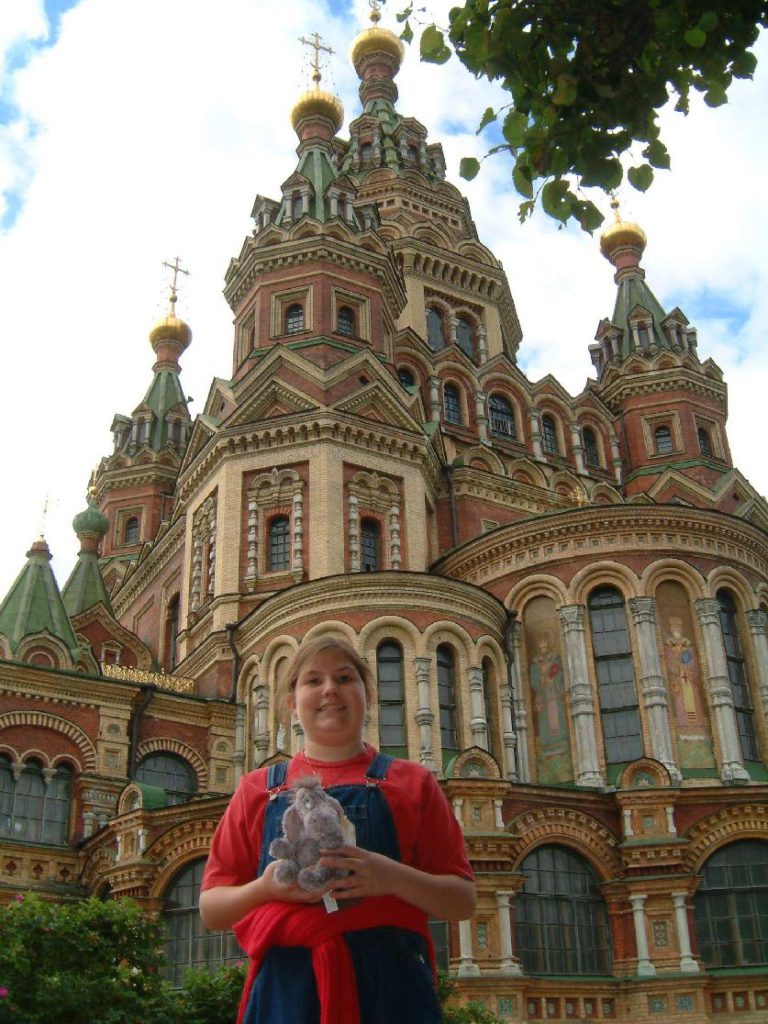
There were some nice single-family homes being built near Peterhof. These belong to the 1% of Russians who became wealthy as a result of perestroika (restructuring) — often through illegal means. On the way back to the ship we stopped for 60 seconds in front of the church of St. Peter and St. Paul to take pictures. Danielle posed with the Eeyore we bought for Henry and Marjolaine’s Nathaniel. For more about Eeyore’s travels with us, click here.
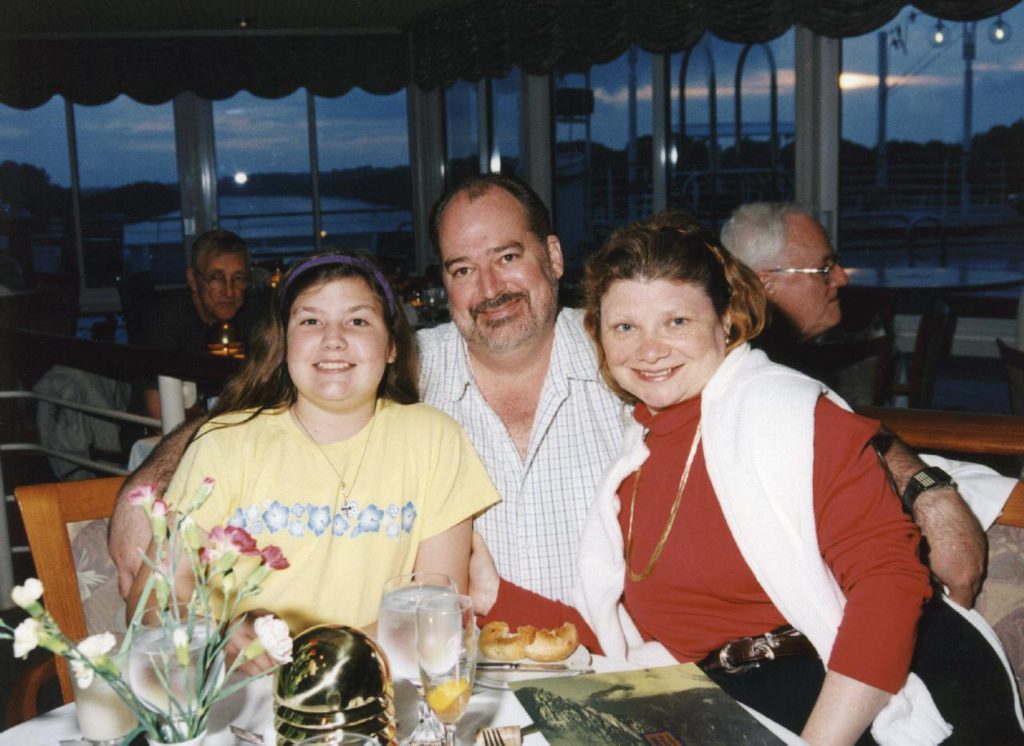
Each day there is a new treat for us when we return to our cabin. Today was hors d’ouvres of salmon, caviar and pate. We’ve also had chocolate dipped strawberries.
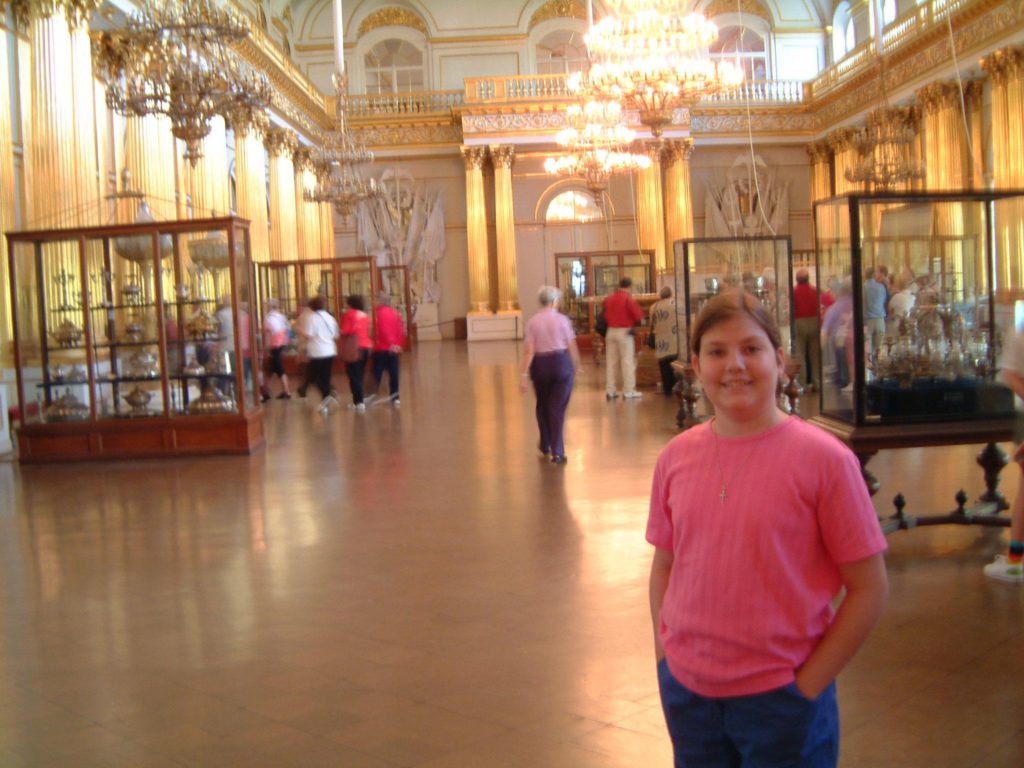
The drive to The Hermitage on Saturday took us through a completely different part of St. Petersburg. We were accompanied by guide Natasha and bus driver Sasha. In this part of town nearly every building’s exterior had either been restored or was surrounded by scaffolding. The workers are rushing to finish in time for the city’s 300th anniversary next year. Along the river the pastel colored buildings looked charming in the cool northern light.
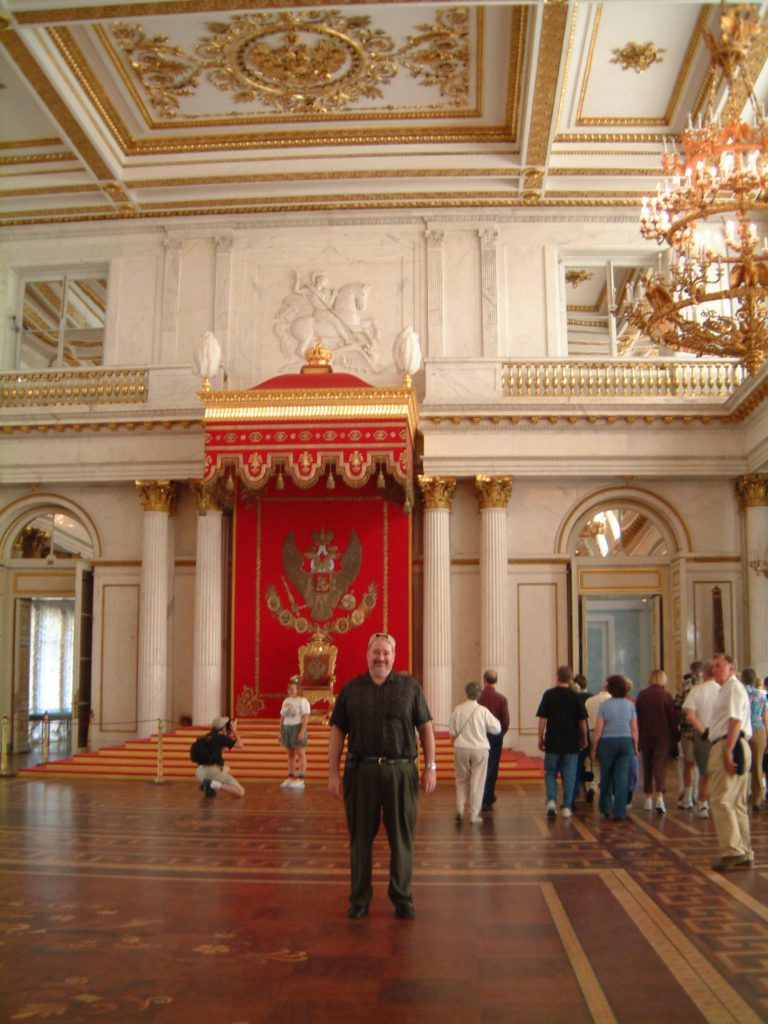
The Hermitage is comprised of five major buildings, including Catherine the Great’s Winter Palace. The museum has over 3 million items in its collection, and is the world’s second largest behind the Louvre. In two hours we rushed through as much as we could, seeing countless Rembrandts, Van Dyks, Titians, and more. In the last twenty minutes we tried to see a dozen rooms filled with Monets, Renoirs, Picassos, and Van Goghs. Back on the ship we had a relaxing afternoon and wrote some postcards. It’s funny to realize how close the time zones are this far north. We’ve lost an hour almost every day since London, so now we’re three hours ahead of GMT, 8 hours ahead of Orlando. This is our easternmost port, so we’re about to starting getting some of those hours back.
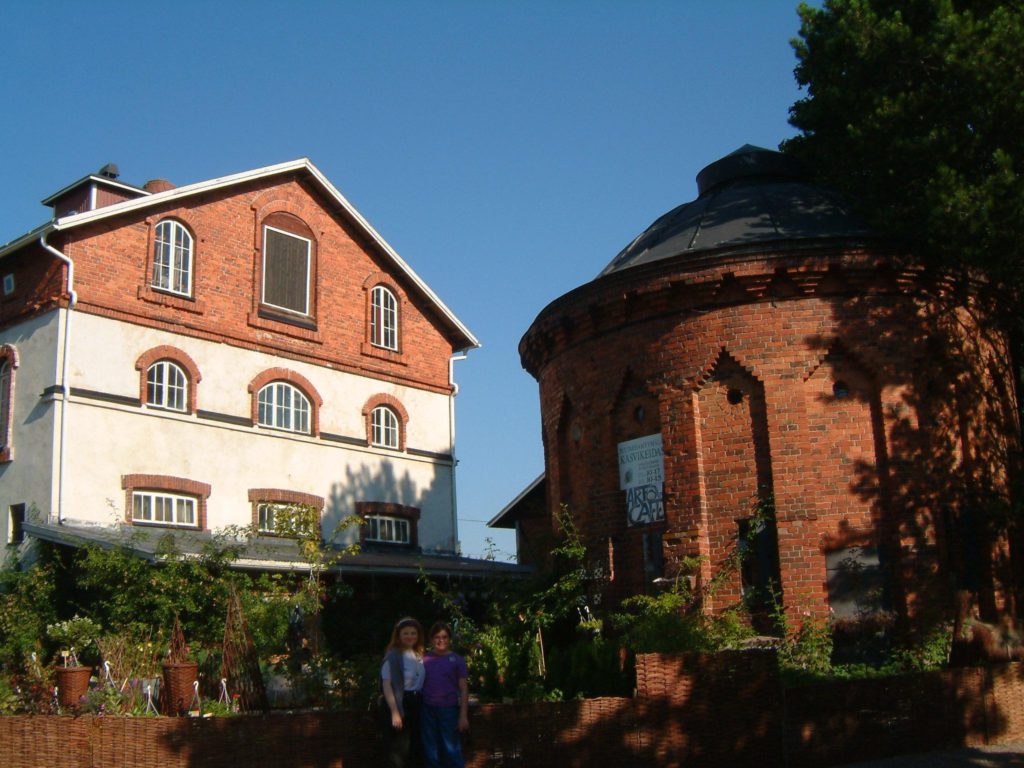
What a difference a day makes. Helsinki is a beautiful, clean, manicured and well-maintained city. The Finns are fiercely proud of their independence from Russia. Our tour guide, Tulla, kept emphasizing that they have nothing in common with their Russian neighbors — not even the roots of their language, which is related to that of Estonia and Hungary. Since they have one of the highest standards of living in Europe, it’s hard to disagree. Our tour took us about 150km out of Helsinki (a beautiful city that it would have been fun to explore) to the second oldest village in Finland, Porvoo. But our first stop was at a cattle farm.
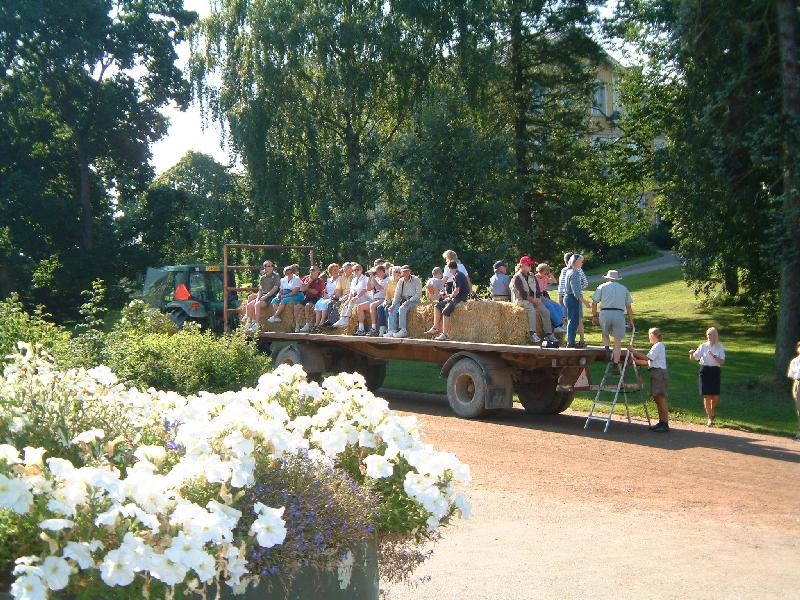
With only 220 cows, a small gift shop, and some sugar beets, I’m not sure I understand the economics of this farm.
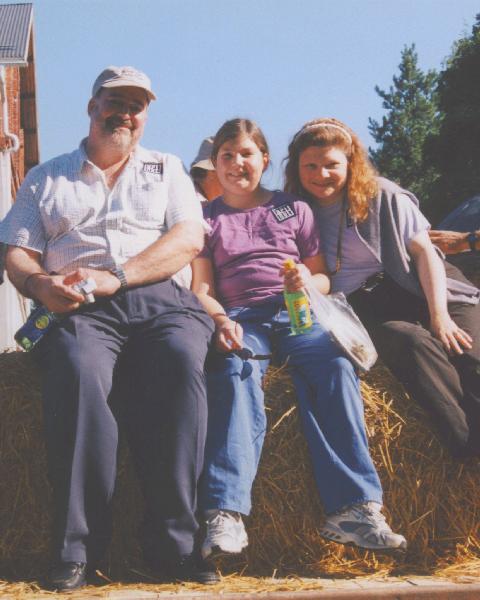
We enjoyed out hayride, coffee and pastries. It was great to get some country air after two days in St. Petersburg’s very industrial harbor.
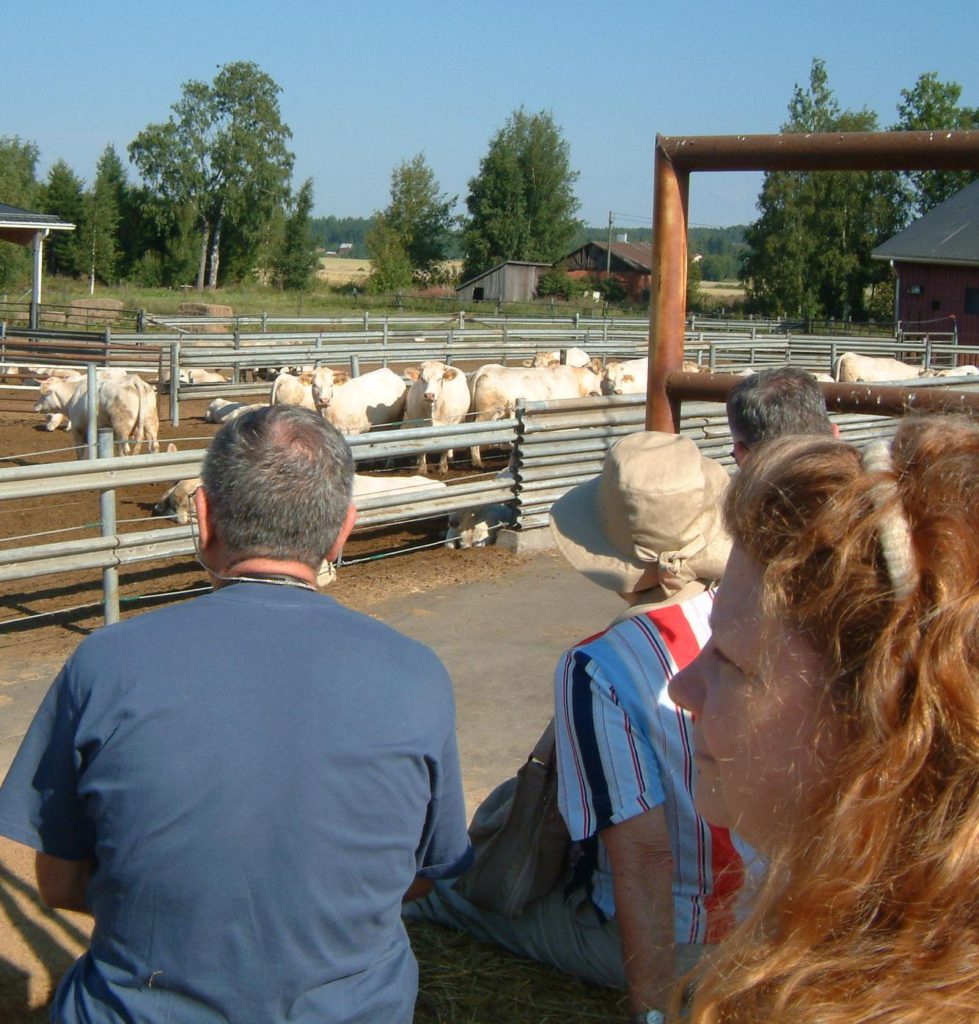
They raise the cows to age 18 months, then sell them for beef. During the winter they have to heat the watering troughs to keep them from freezing in the -40 degree pens. Of course, this only works in the warmer southern part of Finland that we visited! Perhaps in the north the cows give ice cream.
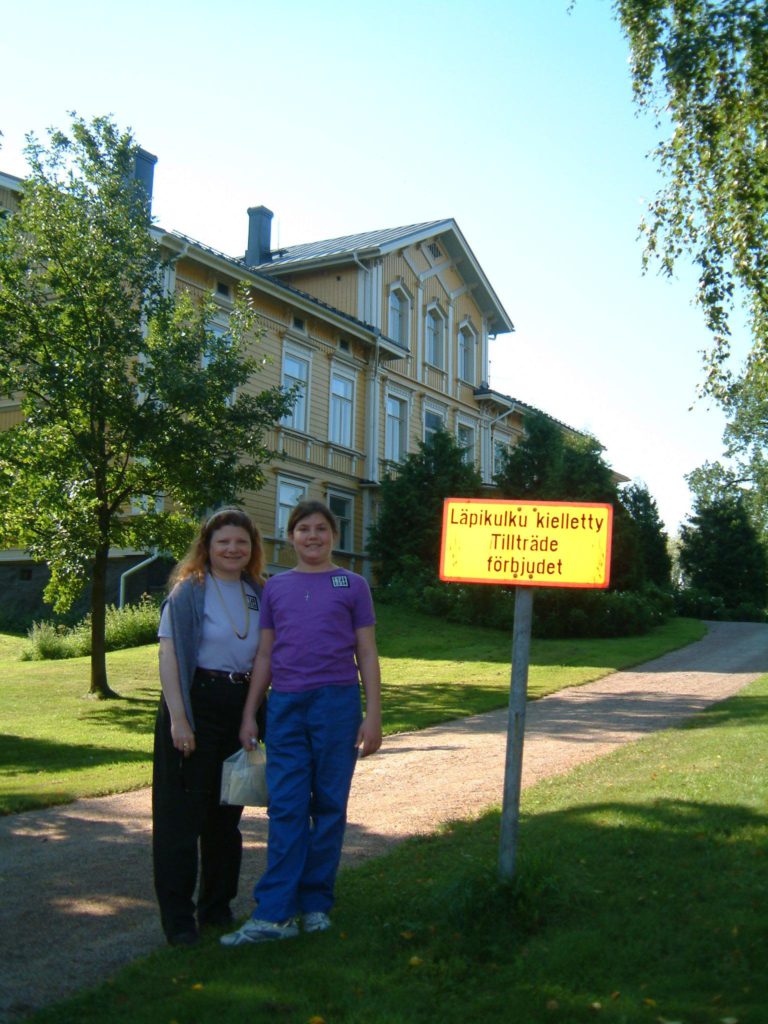
The Finnish constitution declares that all signs and documents must be rendered in both Finnish and Swedish, even though only 6% of the population speaks Swedish as their primary language. This seems silly, as all Finnish Schoolchildren learn Finnish, Swedish, English and a fourth language of their choice.
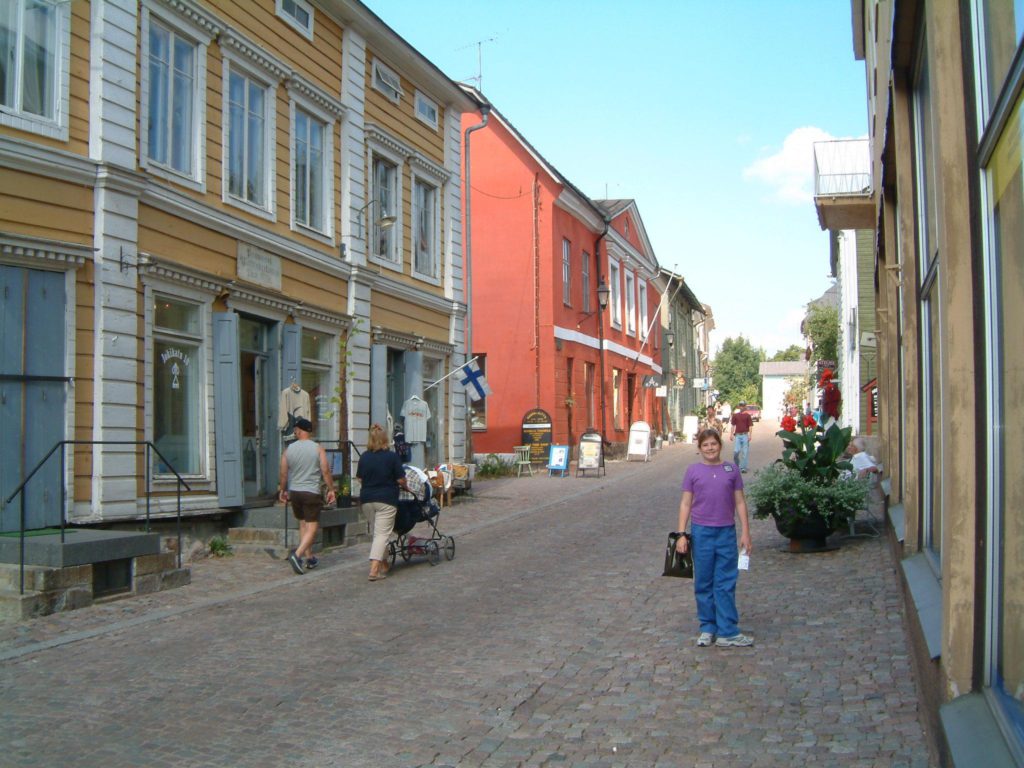
Because the buildings in Finland are made primarily of wood, not many of them are very old. But 59 have survived in Provoo since the 16th century, and are now mostly tourist shops.

The cathedral, constructed in 1418 is also primarily wood. Needless to say it has been reconstructed a few times. It is a tradition to hang a model of a ship in the church to protect those who sail aboard it. Nearly the entire religious population of Finland is Lutheran.
Other interesting facts:
The Finns are shy, love solitary houses in the forest, and often have remote summer houses where they can live a very primitive existence during the temperate part of the year. The currency is the Euro. The accent is always on the first syllable of every word, as in SOWna for Sauna. There are eight vowel sounds. Education and healthcare is free. As a result taxes range from 35-56%. Over 90% of Finns own their own homes. With a population of only 5 million, all of Finland has only a few more residents than the city of St. Petersburg.
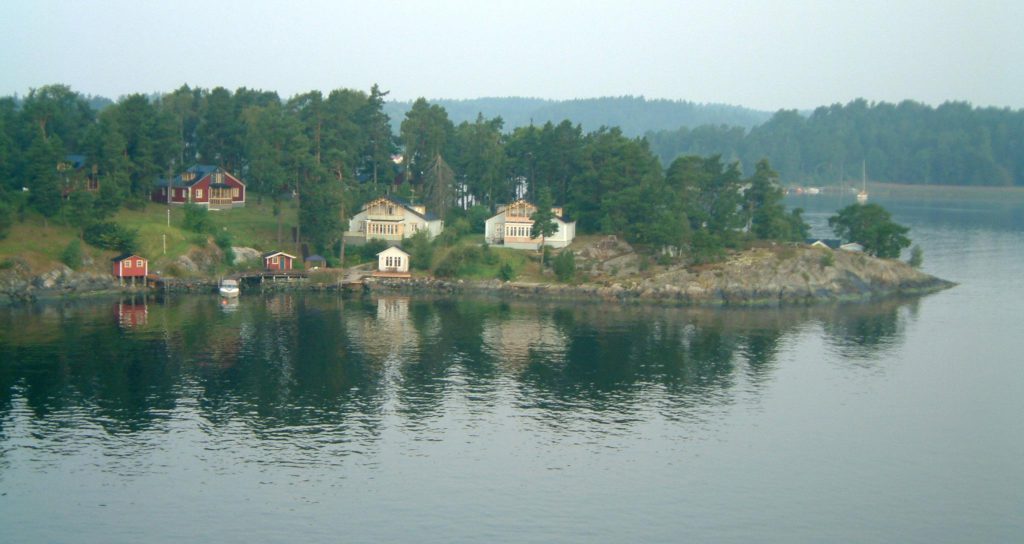
On the way in to Stockholm we passed the most unbelievably beautiful archipelago. 24,000 thousand islands — really the tops of rocky underwater mountain ranges — line the way, dotted with houses and docks.

An amusement park on one peninsula (or island?), the Vasa museum on another, and downtown Stockholm on a third.
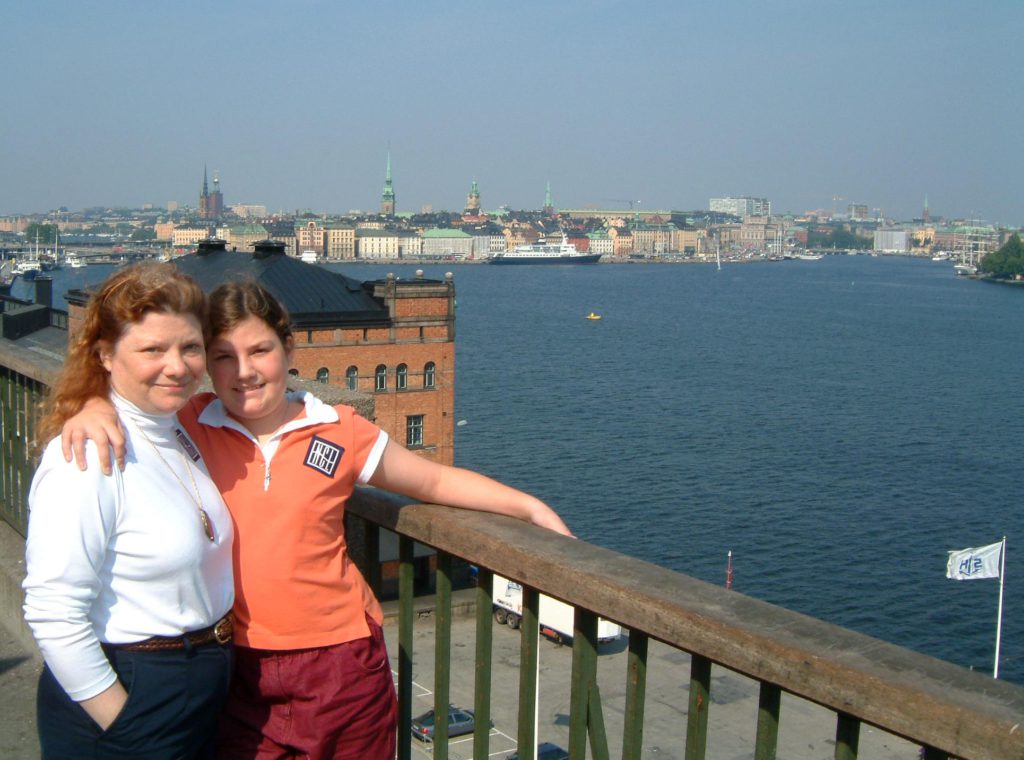
Stockholm is one of the world’s most beautiful cities. It is built on a collection of islands connected by short bridges, and is located between a freshwater lake and the Baltic.
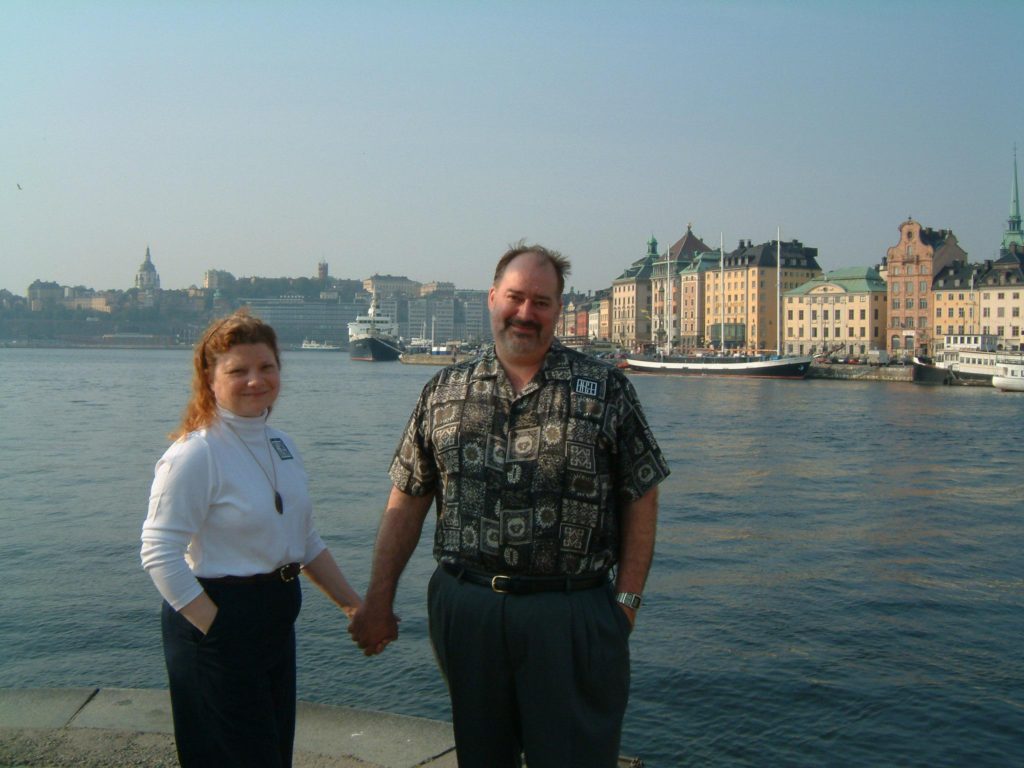
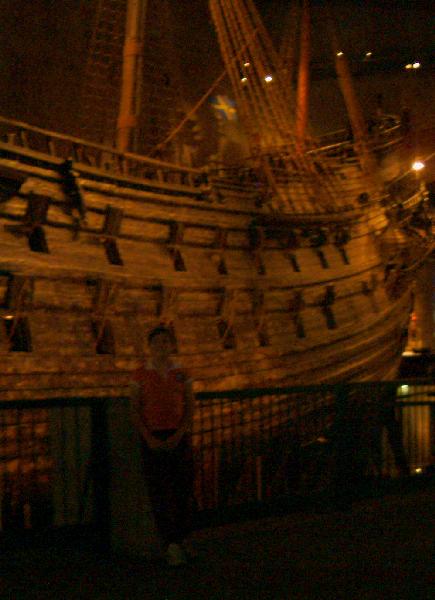
Our guide, Anika, showed us around the city and took us to the Vasa Museum. The Vasa is a warship constructed in 1638 for King Gustav to use during the Thirty Years War. One thousand oak trees, many selected for their specific shapes, went into its construction. The masts were 150 feet tall, and it was covered with elaborate carvings.
A crowd gathered on a beautiful August day to watch its launch. With four of its ten sails set, it left the dock, caught the breeze and heeled over. Water poured into the open gunports and it sank in 110 feet of water.
It was discovered in 1956. Over a period of four years divers carefully tunneled under the hull, then raised it with cables. Because of the low salinity, it was amazingly well preserved, to the point where — once drained of silt — it could actually be floated to a temporary museum for restoration. It took almost 30 years to complete the task. At the Vasa museum this enormous ship is wonderfully displayed and interpreted, recapturing its very brief moment of glory.
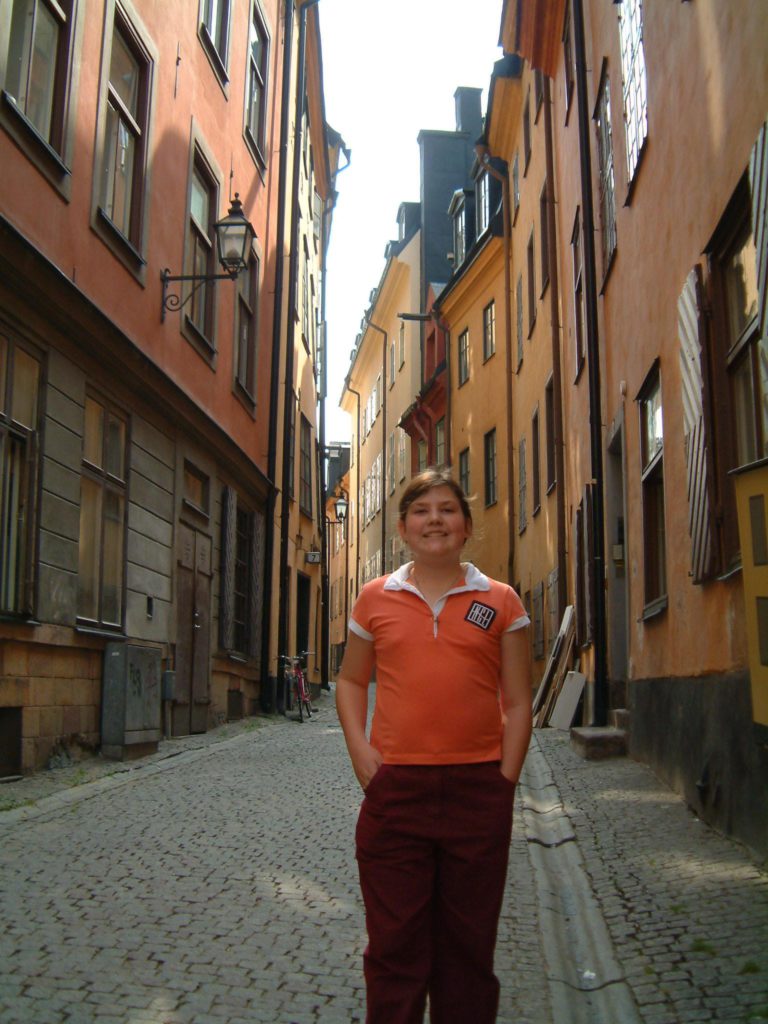
After our tour we caught a shuttle back to Old Town and had lunch in what turned out to be a local hangout. Because it was off of the main tourist street we had a delicious meal for less than the price of a single entree at the restaurants one block away!
Then we did some shopping. Danielle found a copy of Harry Potter in Swedish and I bought some comics books, including Spindle Manne (Spiderman).
As the ship headed out we were treated to several more hours of the beautiful Swedish Archipelago.
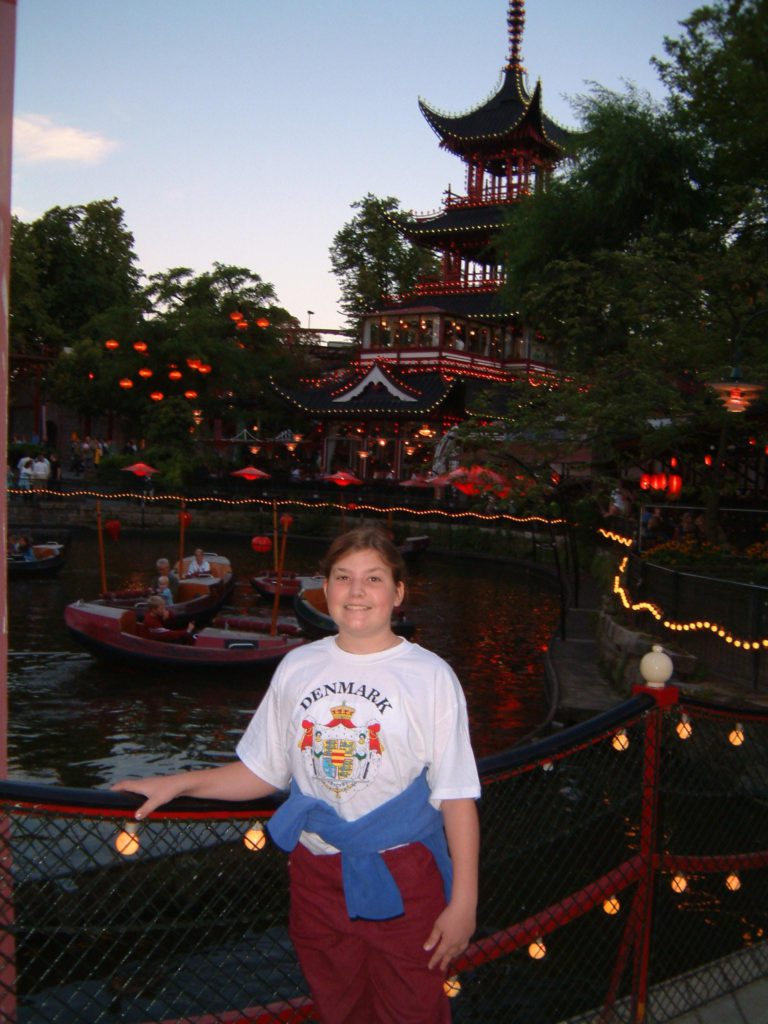
After a restful day at sea, we arrived in Copenhagen (which is really called Kobenhavn) in the evening, and took a bus to Tivoli Gardens.
Created in 1843 by George Carstensen, it is the world’s first theme park. You enter through an area surrounded by charming bistros, interspersed with bandstands and fountains. Farther into the park there are rides and redemption games. It’s sort of a blend of World Showcase and Knott’s Berry Farm.
Danielle and I went on this boat ride where you could steer your own boat, which proved challenging and fun.
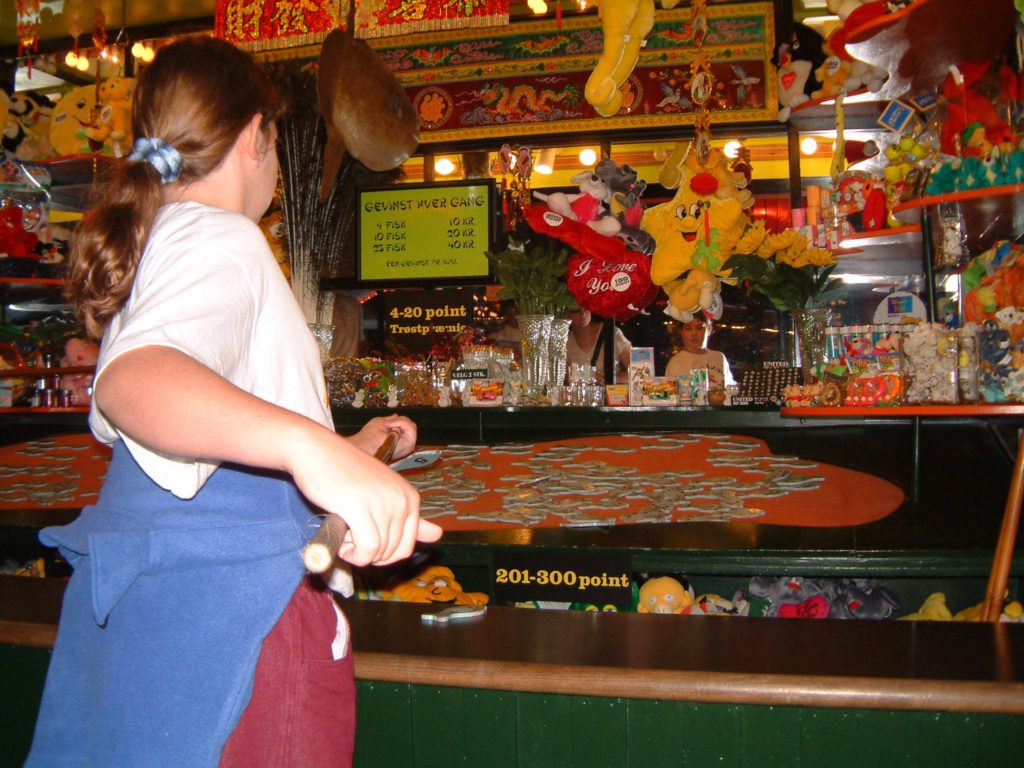
Pick up the fish, add up the numbers, and get a $1 stuffed toy for $6. The park was quite expensive because there was a charge of 1 to 5 tickets for each ride, at 10 Kroner per ticket ($1. 40). Not counting general admission, we dropped about $70 in two hours.
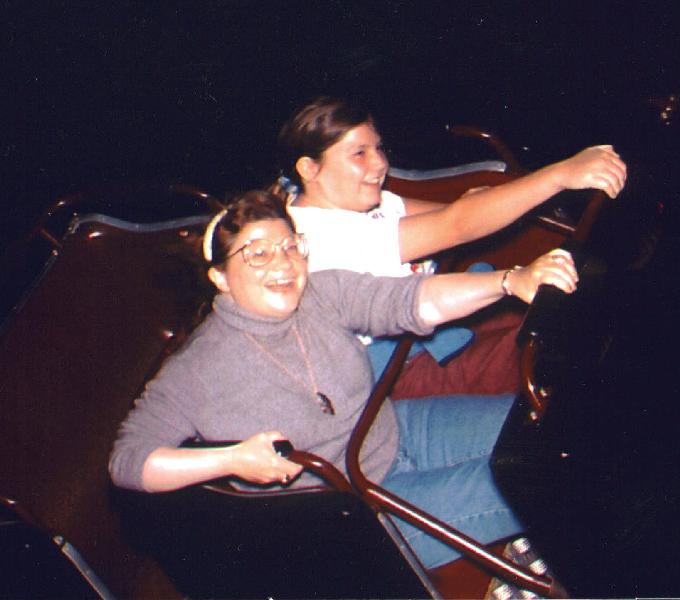
Linda and Danielle enjoyed the small roller coaster.
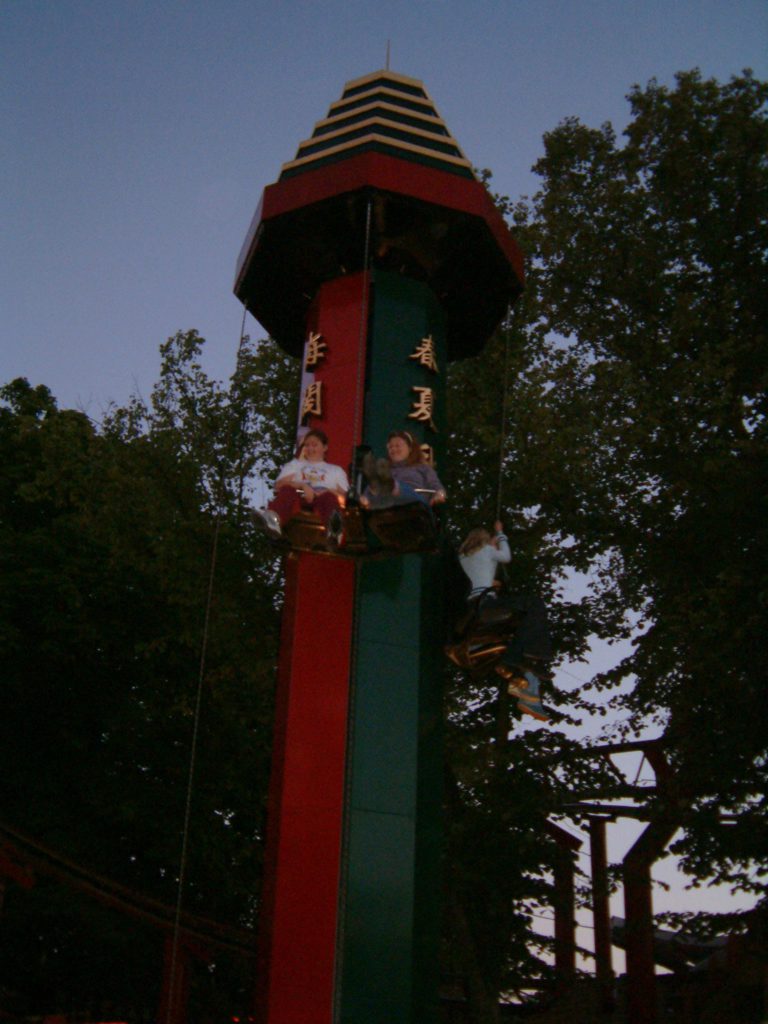
This is the ride where you pull yourselves to the top. Danielle and I tried it at Legoland, and Linda got a chance here.
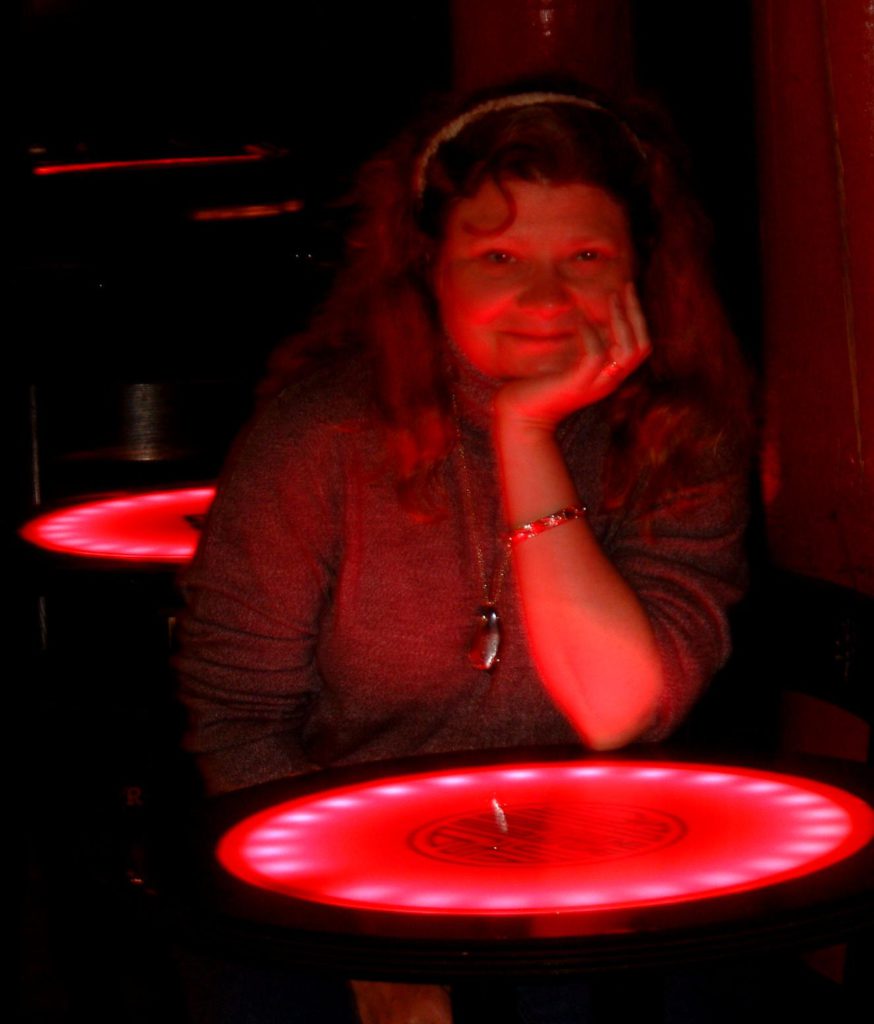
Tivoli lives up to its fairyland billing after dark, when the lights come one everywhere, Linda liked these tables.
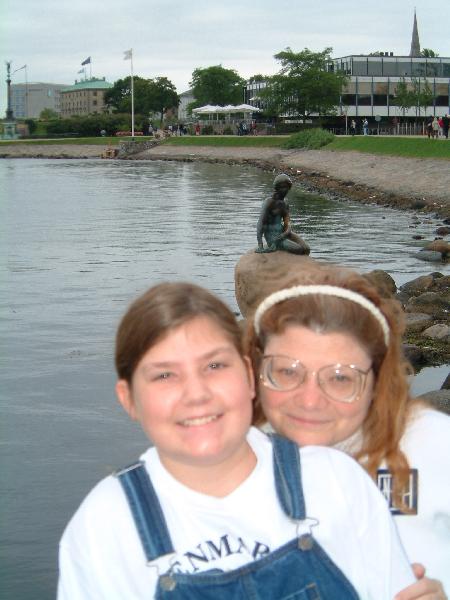
Wednesday morning we set out on a three hour tour of Copenhagen. Our first stop was the statue of the Little Mermaid, which is within walking distance of the dock. The city of Kobenhavn regards her as their city symbol.
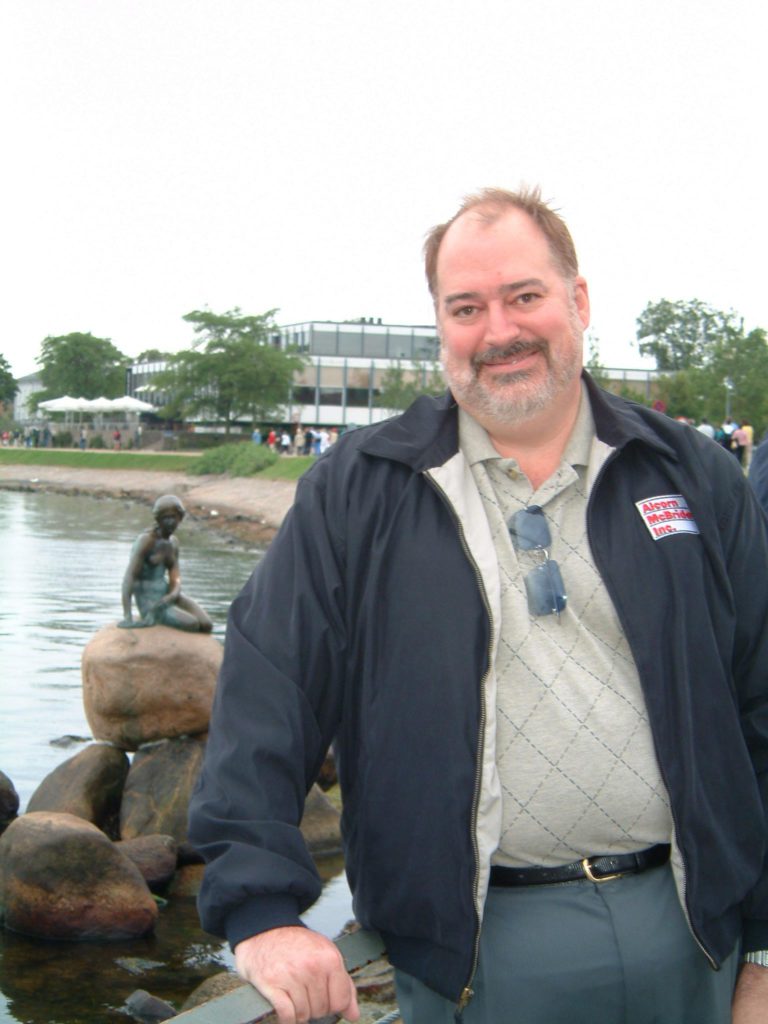
I had thought the statue was “in the harbor”, but you can walk right up to it. She’s lost her head twice, but was wearing it the day we were there.
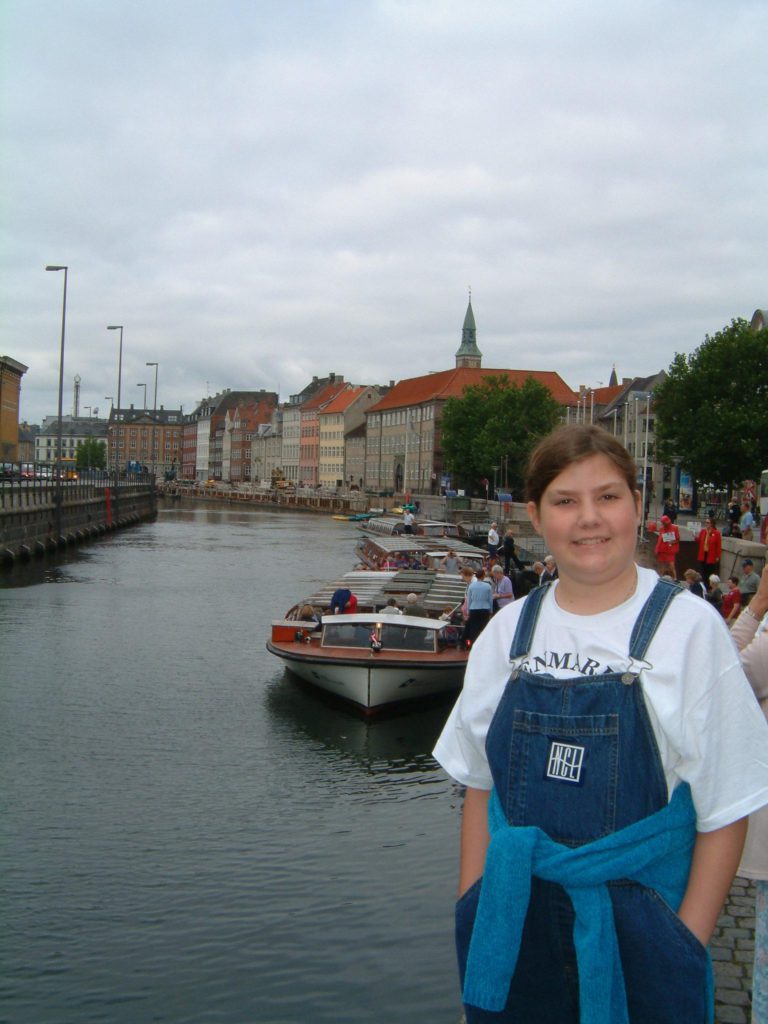
We took a boat ride tour of the canals and harbor. This is the best way to see the city, as the view of the more interesting sites is unobstructed.
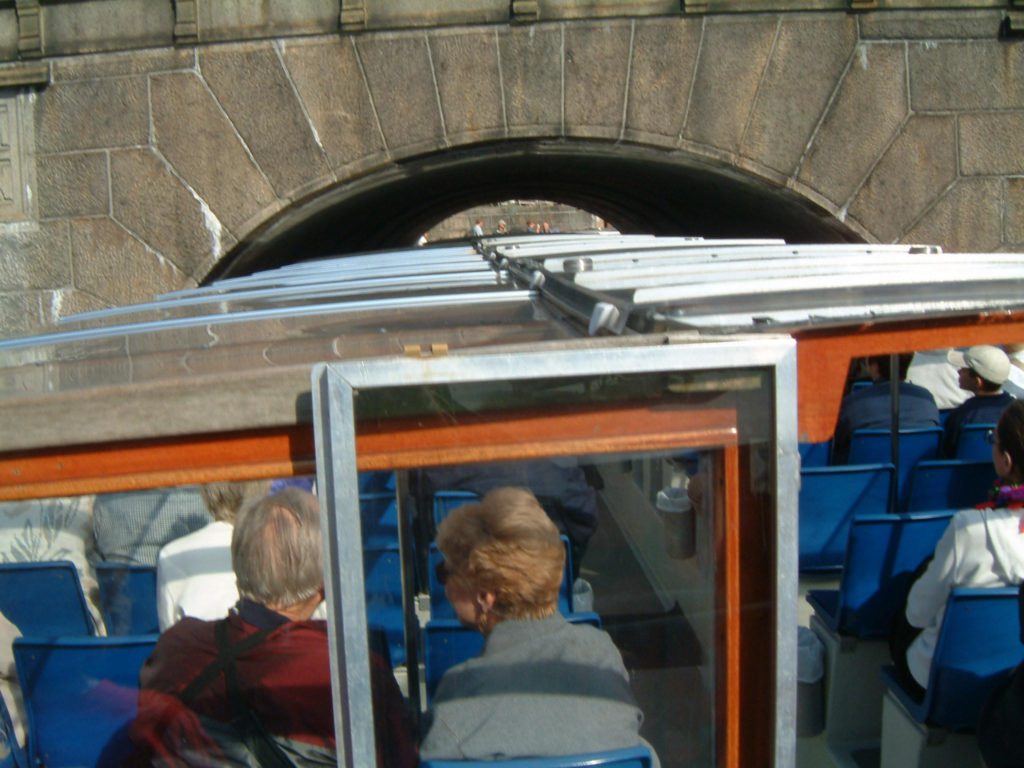
The tour boats have been constructed to just fit through the smaller tunnels, as evidenced by this picture of the tightest spot. After going through this tunnel, the canal turns so sharply that it took our captain about five minutes to jockey us around the corner.
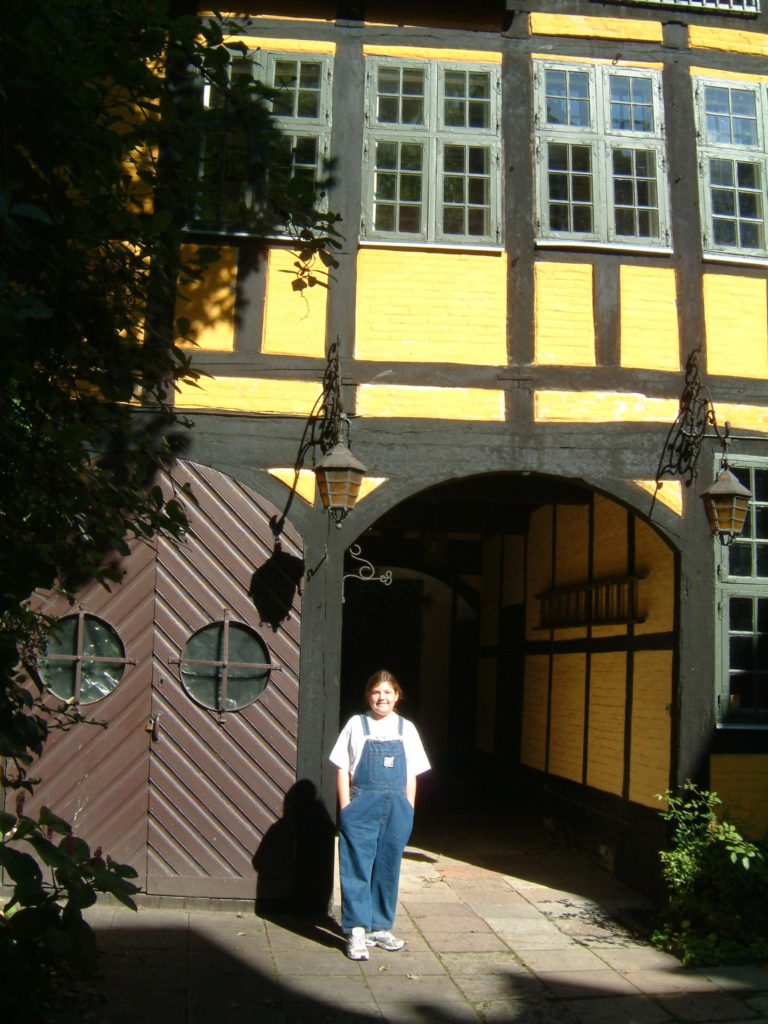
Our tour bus stopped at a few somewhat pointless locations, including this pretty courtyard, so we decided to leave the tour and strike out on our own for lunch. We walked to the New Harbor. It’s a canal lined with colorful buildings, sidewalk cafes and shops. It used to be the red light district.
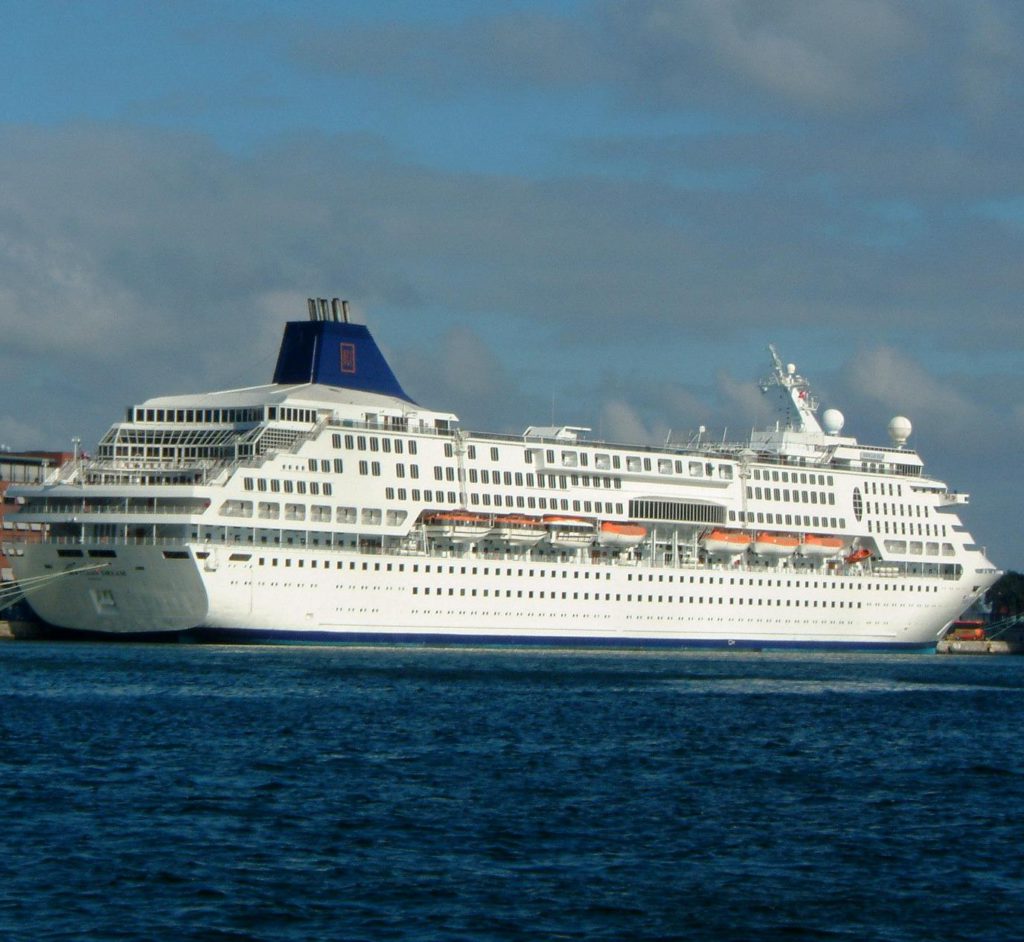
We had a lovely lunch of Danish specialties, then walked about a mile along the seaside back to the Norwegian Dream.
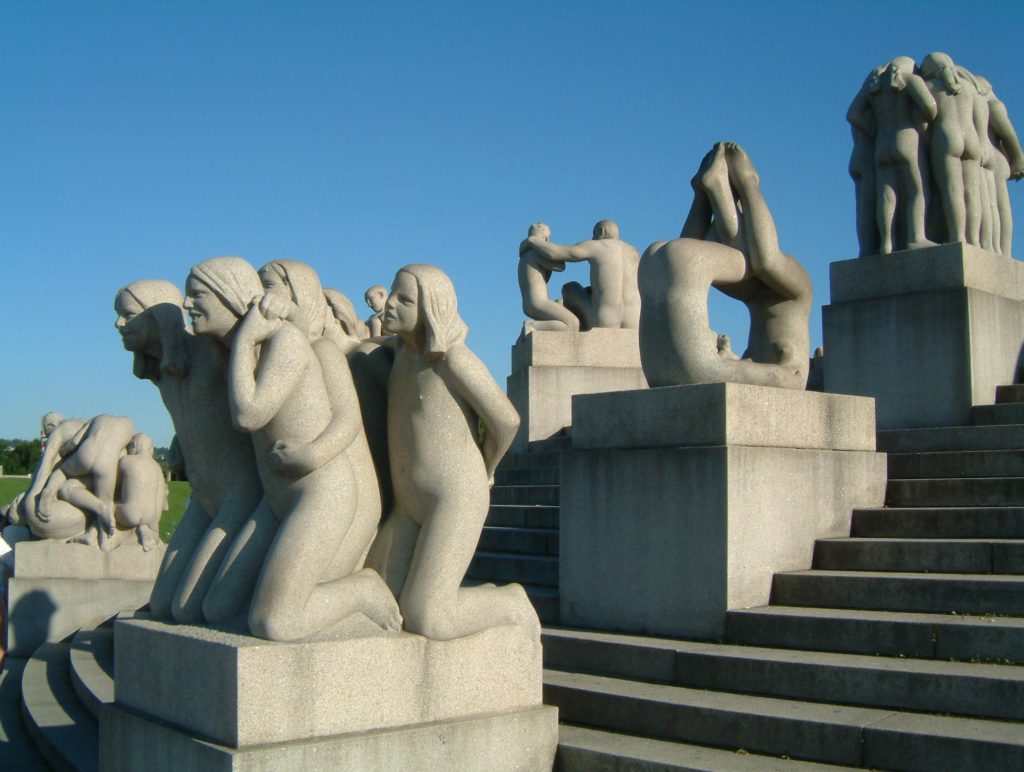
Thursday morning we set off right after docking (7:45 am) for our final — and longest — excursion of the trip, Oslo Highlights and the Hadeland Glassworks. Guide Turidy and driver Odd took us first to Vigeland Sculpture Park. For over 30 years prior to World War II Gustav Vigeland, with the aid of stonecutters and the support of the government, created 200 sculptures depicting the phases of life. I wasn’t really expecting that much, but the statues really do capture the people they depict, from birth to death.
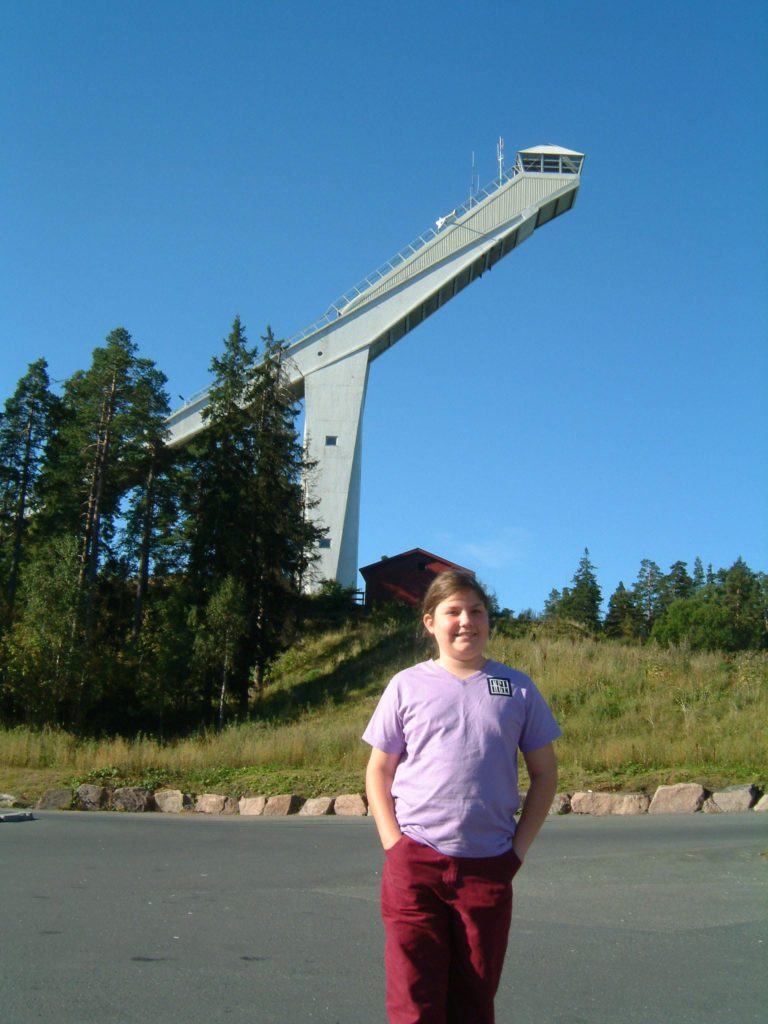
Next stop was the Holmenkollen Ski Jump high above Oslo. Originally constructed in 1892, it has been lengthened 15 times and was used for the 1952 Olympics.
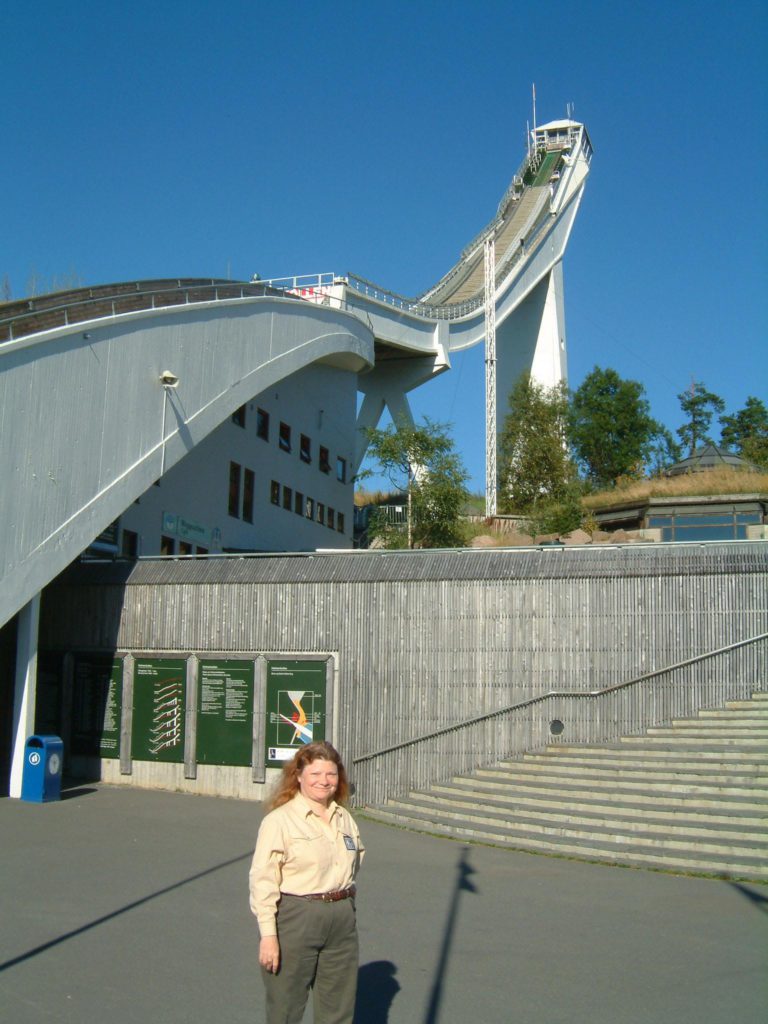
Current record: 137 meters. Watch that first step.
Oslo is geographically one of the largest cities in Europe, with an area equal to that of Los Angeles. But the population is only 500,000, and the geographical center is in the middle of a forest. Many of the houses have extremely shiny roof tiles, to discourage the snow from sticking.
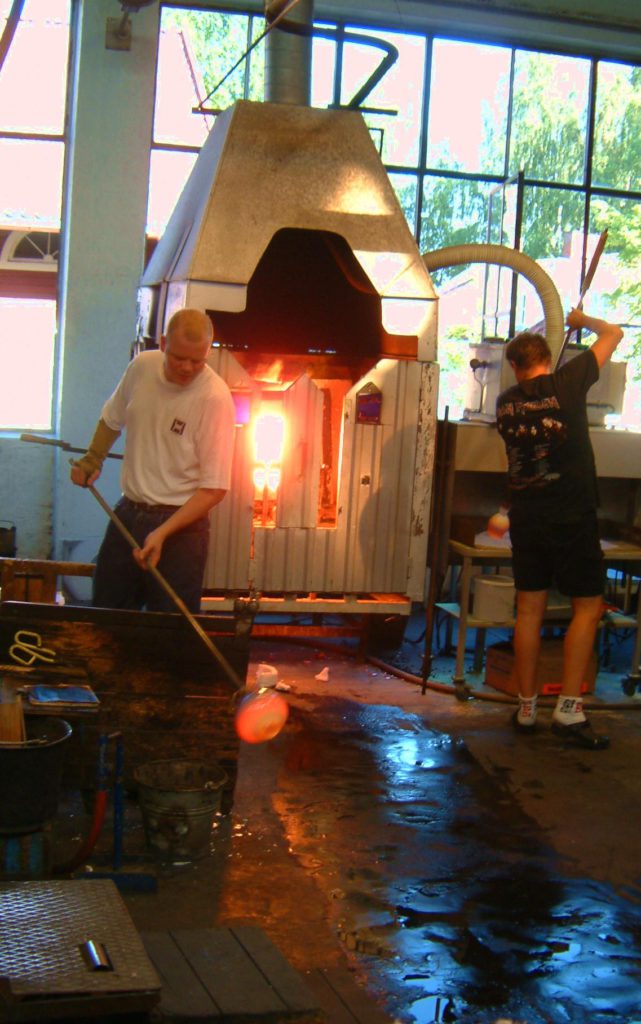
After an hour drive north we arrived at the Hadeland Glassworks. In operation for almost 250 years, the glassworks makes art glass, bowls, and stemware. We watched in fascination as three glassworkers turned clear molten blobs into one beautiful piece after another — all of the same design, but each unique.
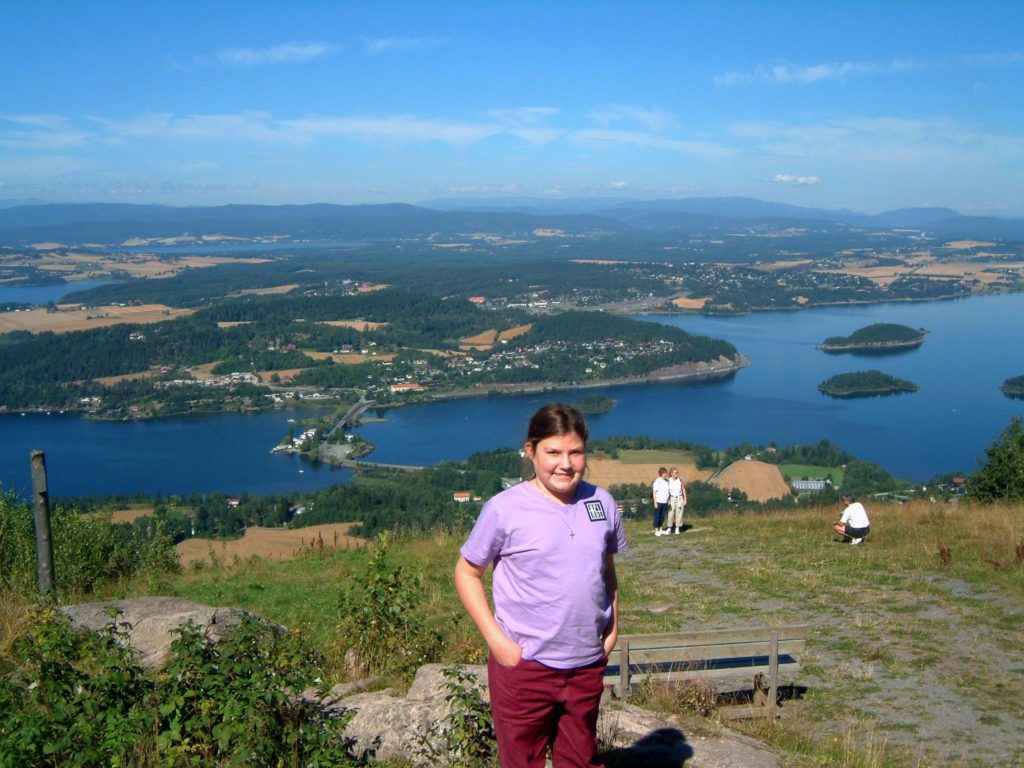
The bus struggled up 1100 feet of twisty mountain road past beautiful chalets to reach this spectacular viewpoint overlooking Tyrifjorden, Norway’s fifth largest lake.
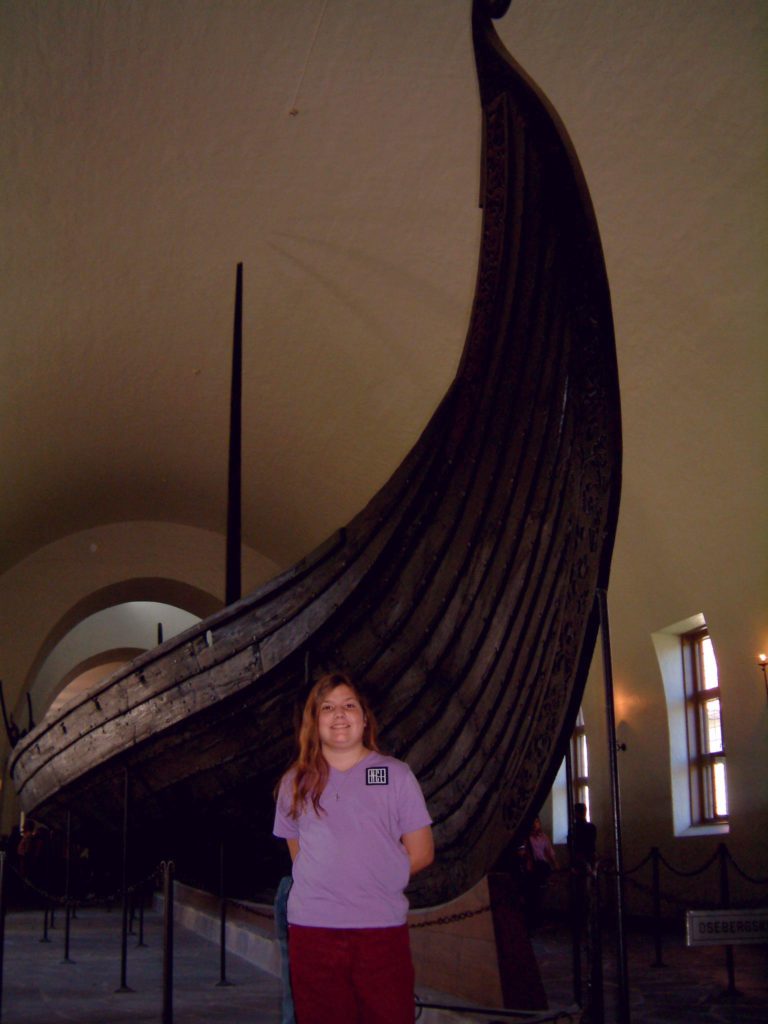
After a delicious lunch at a hotel near the lake (a smorgasbord almost identical to that in Epcot’s Norway pavilion) we headed back to Oslo. Our final stop was at the Viking Museum, where we saw three 11th century Viking boats excavated from burial mounds over one hundred years ago. The detail work and artifacts accompanying them gave a much more elegant picture of the Vikings than I was expecting.
Tomorrow we spend a day on the North Sea, arriving in Dover Saturday morning. From there we transfer by bus to Gattwick for our flight home.
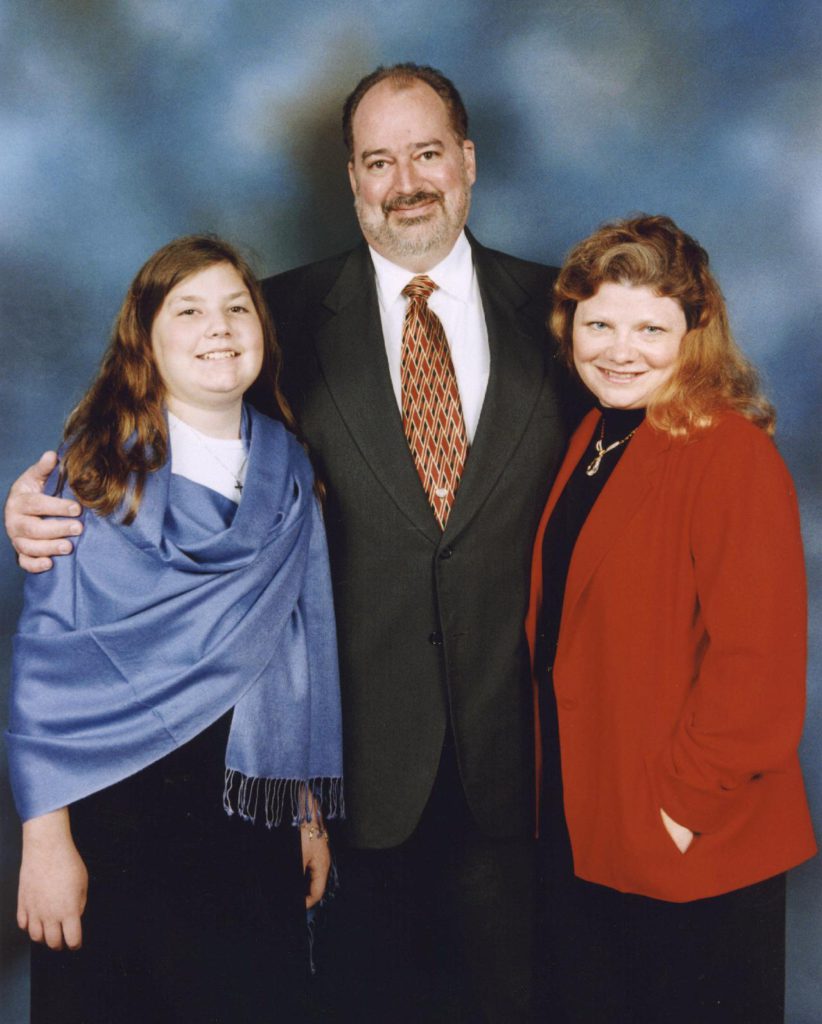
Notes for Baltic cruises:
- A starboard cabin is definitely the way to go. The view is better.
- The two night pre-stay in London is a great way to make sure you’re rested enough to enjoy the first few days of the cruise.
- We’d never been on a cruise with so much scenery passing near the ship. It’s so much more interesting than the Caribbean.
- The Kiel Canal is a surprisingly good part of the itinerary.
- If you want to really see the art in The Hermitage, you need a Russian Visa and to hire a driver.
- The most scenic part of the cruise is the entry and exit to Stockholm. It’s worth getting up early to enjoy it.
- Skip a bus tour of Copenhagen. A boat ride is fun, but it’s an easy city to see on your own. You can just walk to New Harbor or the shopping districts from the port.
- Norwegian Cruise Lines had substantially better service than the others we’ve taken. Every one really made an effort to get to know us. All the more amazing since their fixed gratuity is simply added to the bill, a great feature that avoids a last day scramble for cash. The sommelier in the Bistro, who I would have guessed was 22, told us she’d worked for the line for 17 years!
- Norwegian Cruise Line’s freestyle dining is the way to go — no schedules, and a choice of restaurant every night. They also have a great debarkation system. You have an assigned time based upon your destination, and you can enjoy breakfast or hangout in your cabin until then.
- The Norwegian Dream is a modest ship. I would like to try an NCL cruise on one of their newest, larger ships.
- Amber is a great deal in Estonia. I would skip the tour and go shopping next time. Scandinavia is very expensive, so this is really the only opportunity to shop for anything other than souvenirs.
Seven Countries, Seven Currencies:
| Estonia – Krooni |
| Russia – Rubles |
| Finland – Euros |
| Sweden – Swedish Kronor |
| Denmark – Danish Kroner |
| Norway – Norwegian Kroner |
| England – Pounds |
Trip highlights:
| Vasa Museum |
| Tivoli Gardens |
| The contrast between Peterhof and the ruins of Leningrad |
| Hadeland Glassworks |
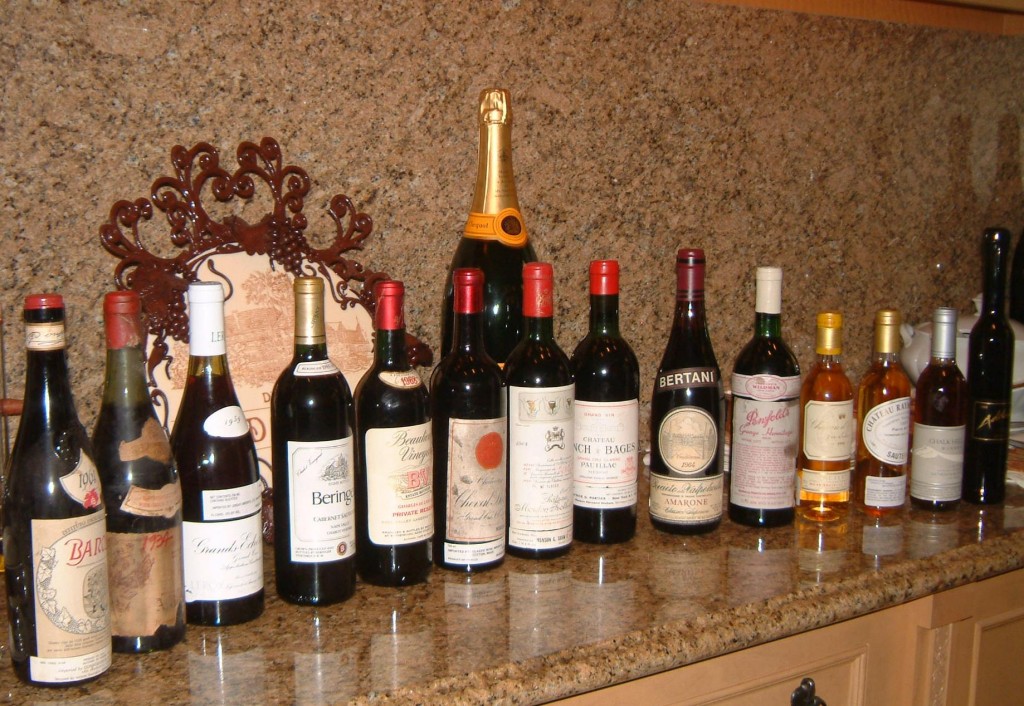

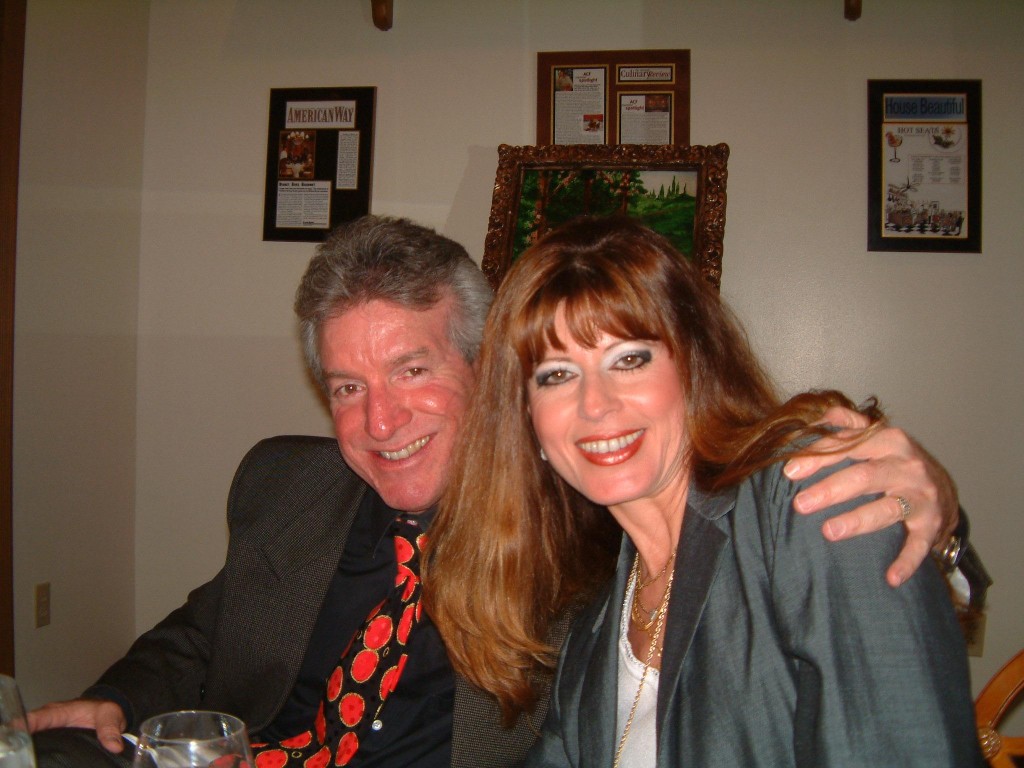
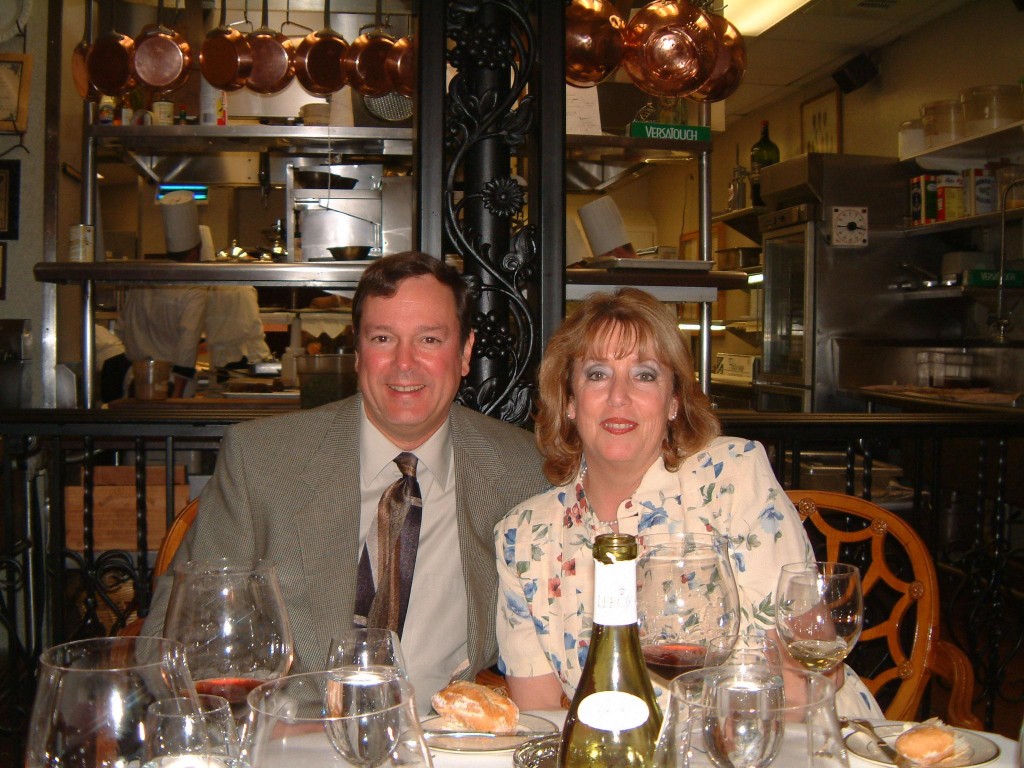
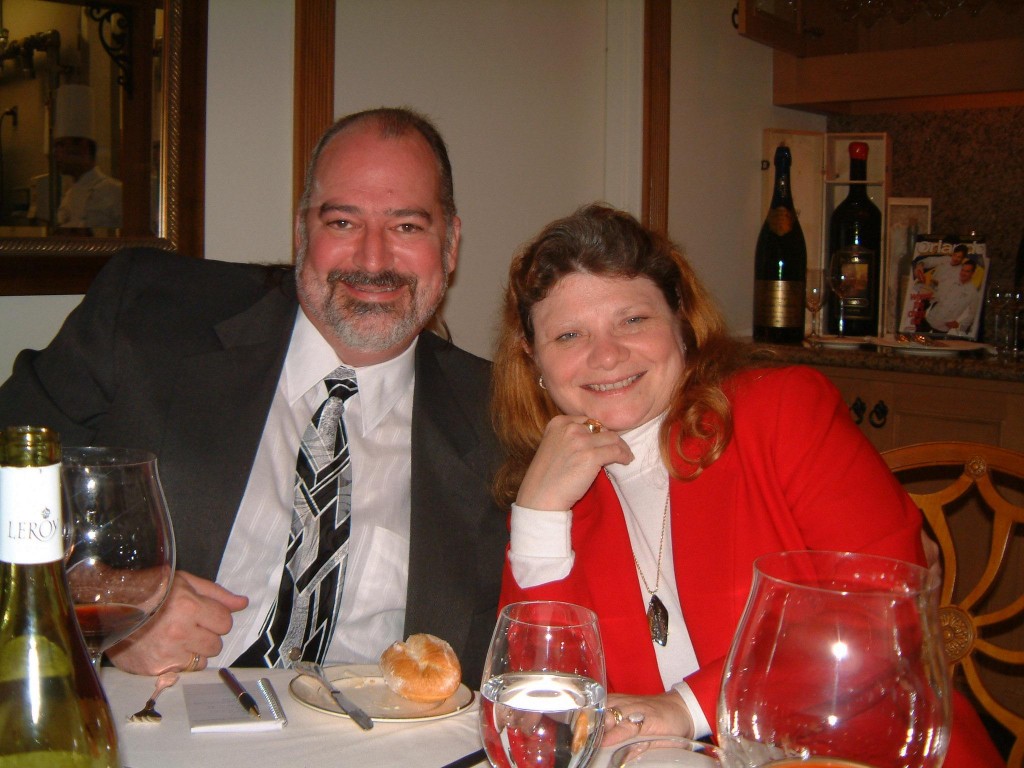
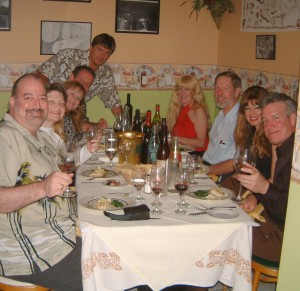
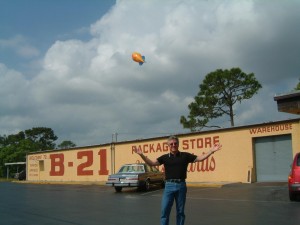
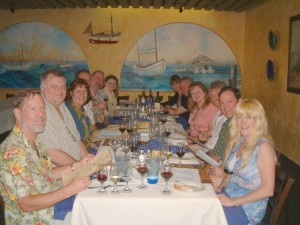
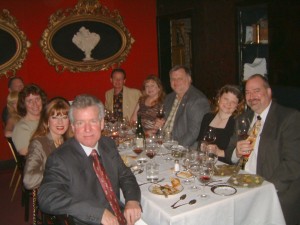
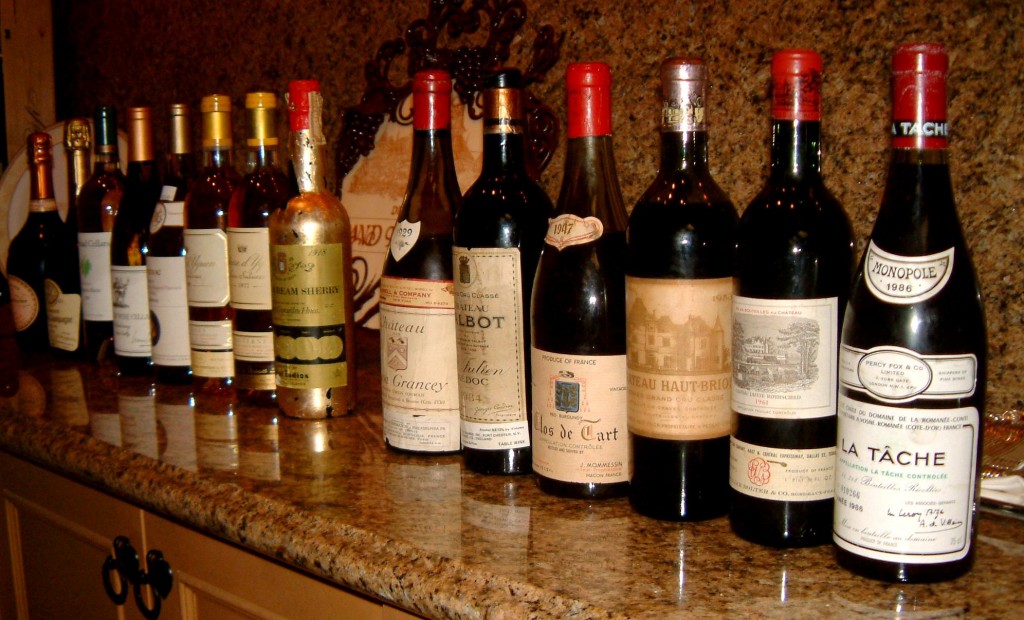 The complete lineup.
The complete lineup.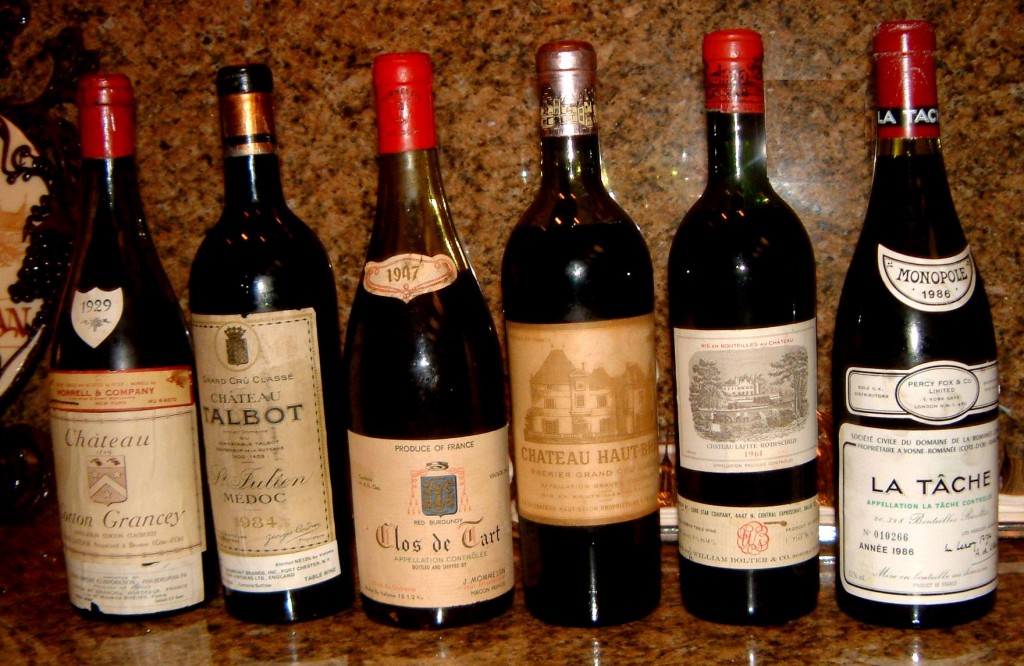 The Reds.Louis Latour, Château Corton Grancey 1929
The Reds.Louis Latour, Château Corton Grancey 1929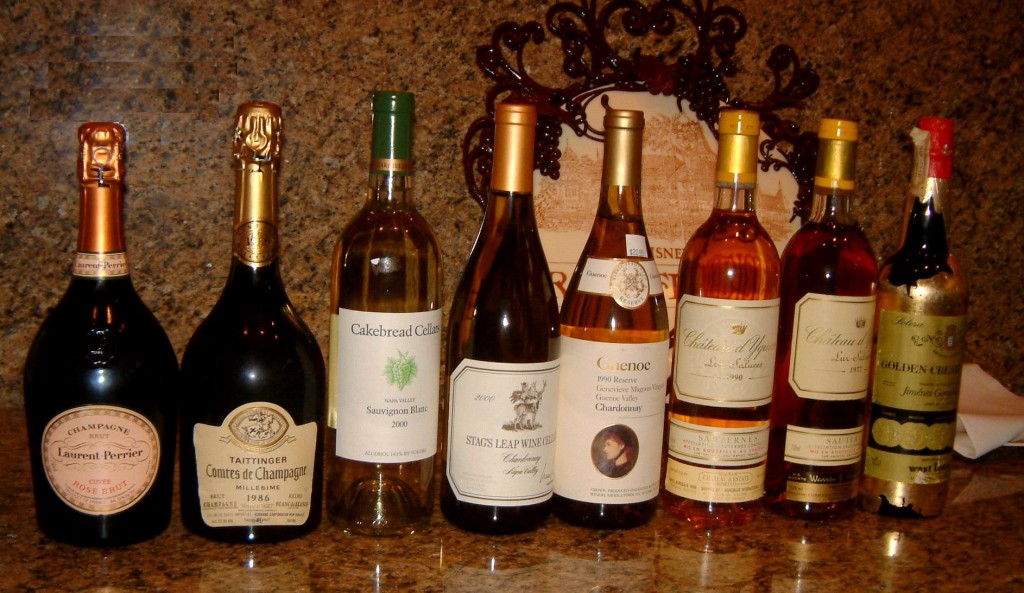 The Whites.Nicolas Feuillatte Brut Premier Cru, Epernay (not shown)
The Whites.Nicolas Feuillatte Brut Premier Cru, Epernay (not shown)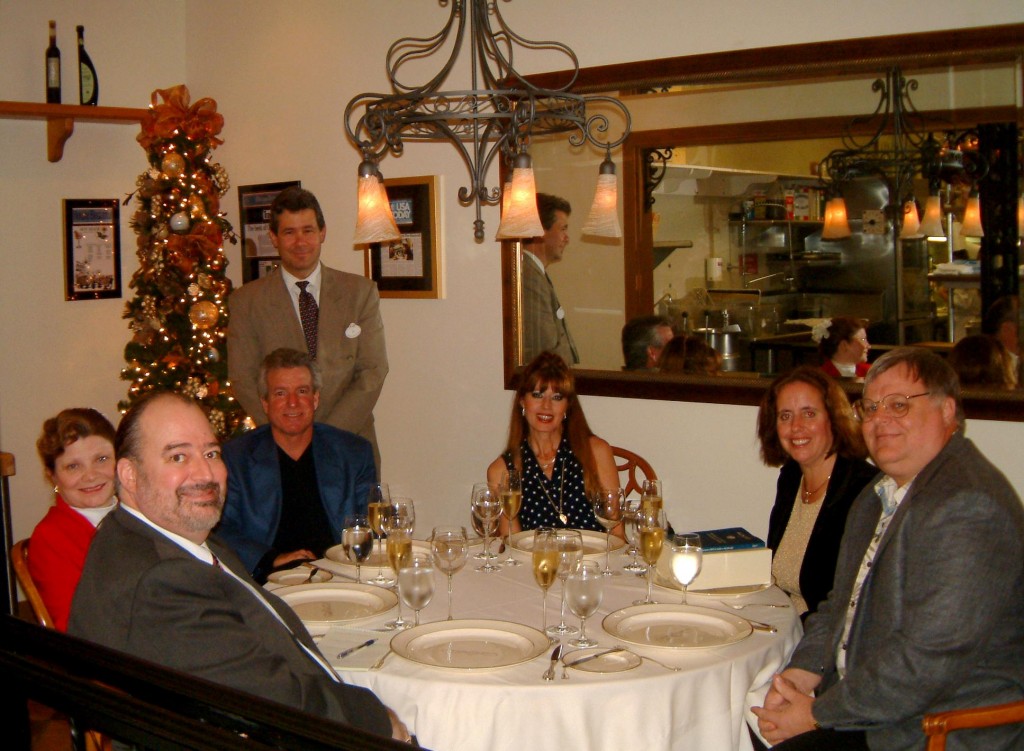 With James, the Maître d’HôtelSteve, Linda, Ron, Maître d’Hôtel James Griffin, Bev, Patty, Jim.
With James, the Maître d’HôtelSteve, Linda, Ron, Maître d’Hôtel James Griffin, Bev, Patty, Jim.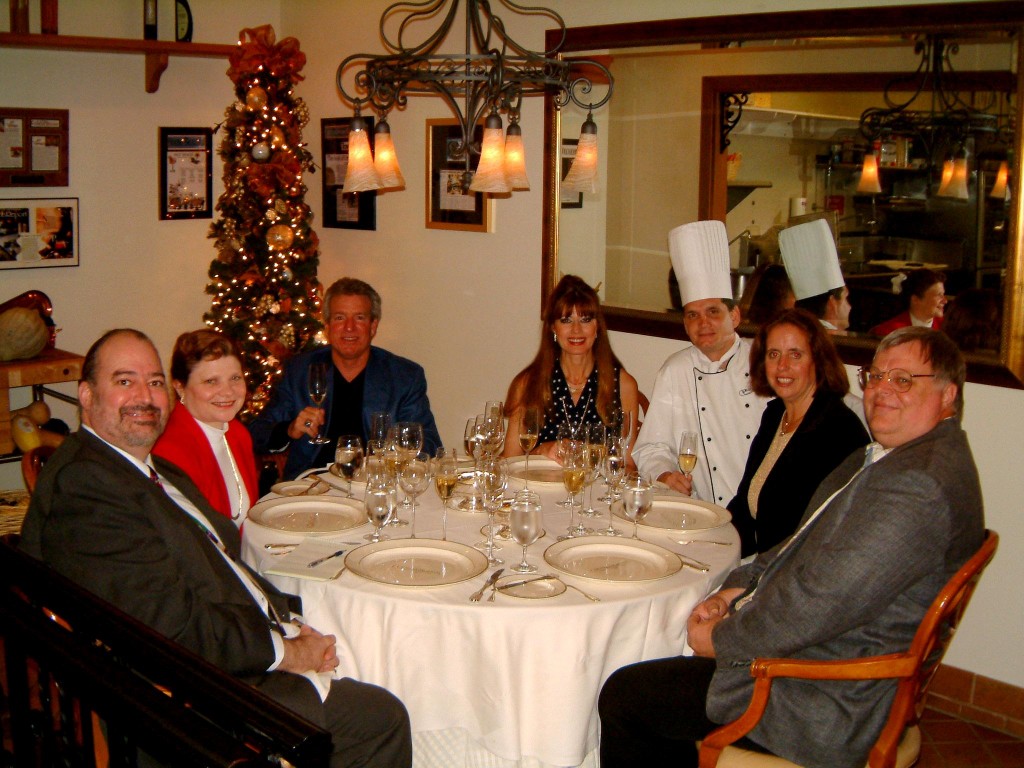 With Scott, the Chef de CuisineSteve, Linda, Ron, Bev, Chef de Cuisine Scott Hunnel, Patty, Jim.
With Scott, the Chef de CuisineSteve, Linda, Ron, Bev, Chef de Cuisine Scott Hunnel, Patty, Jim.